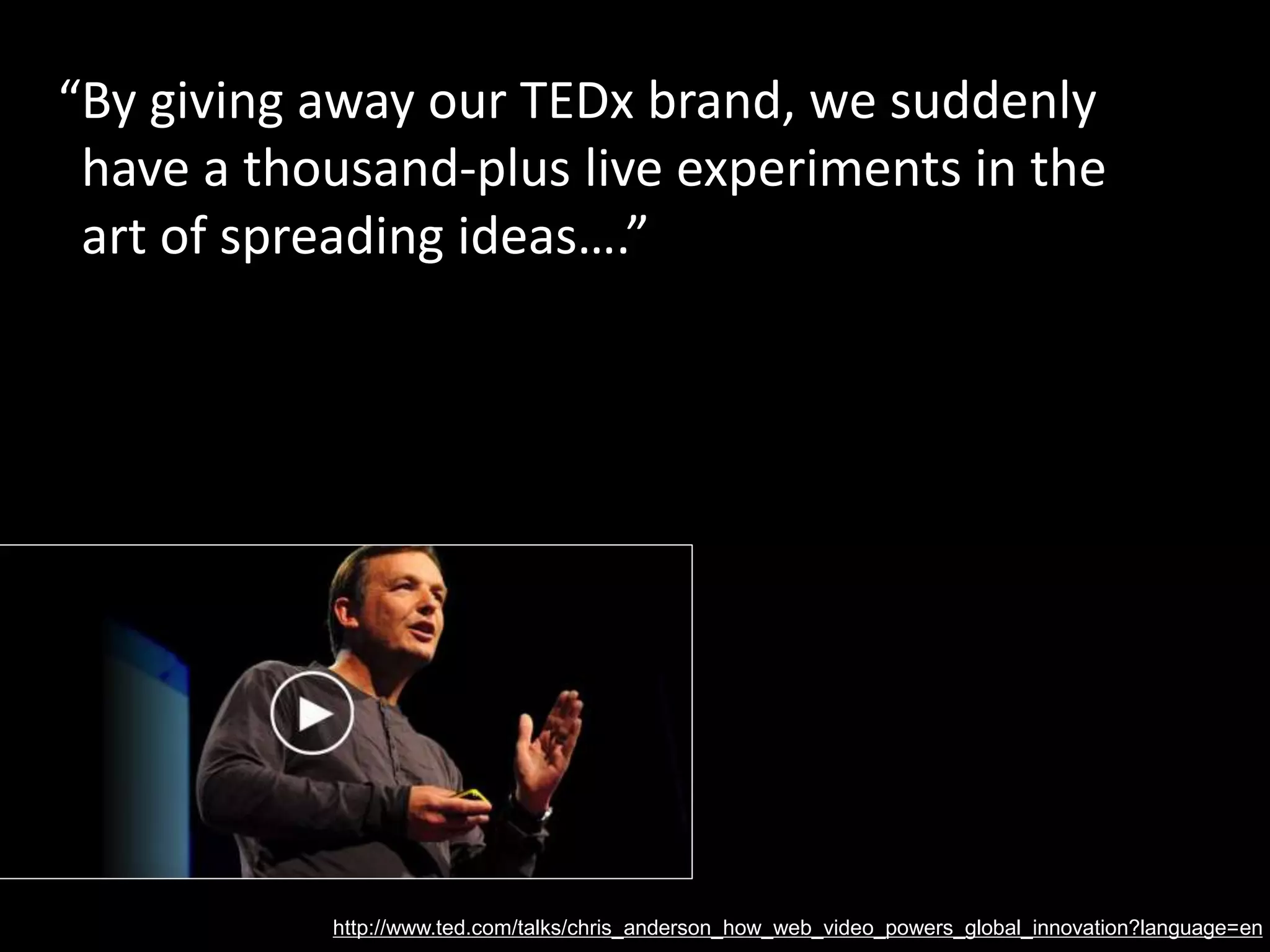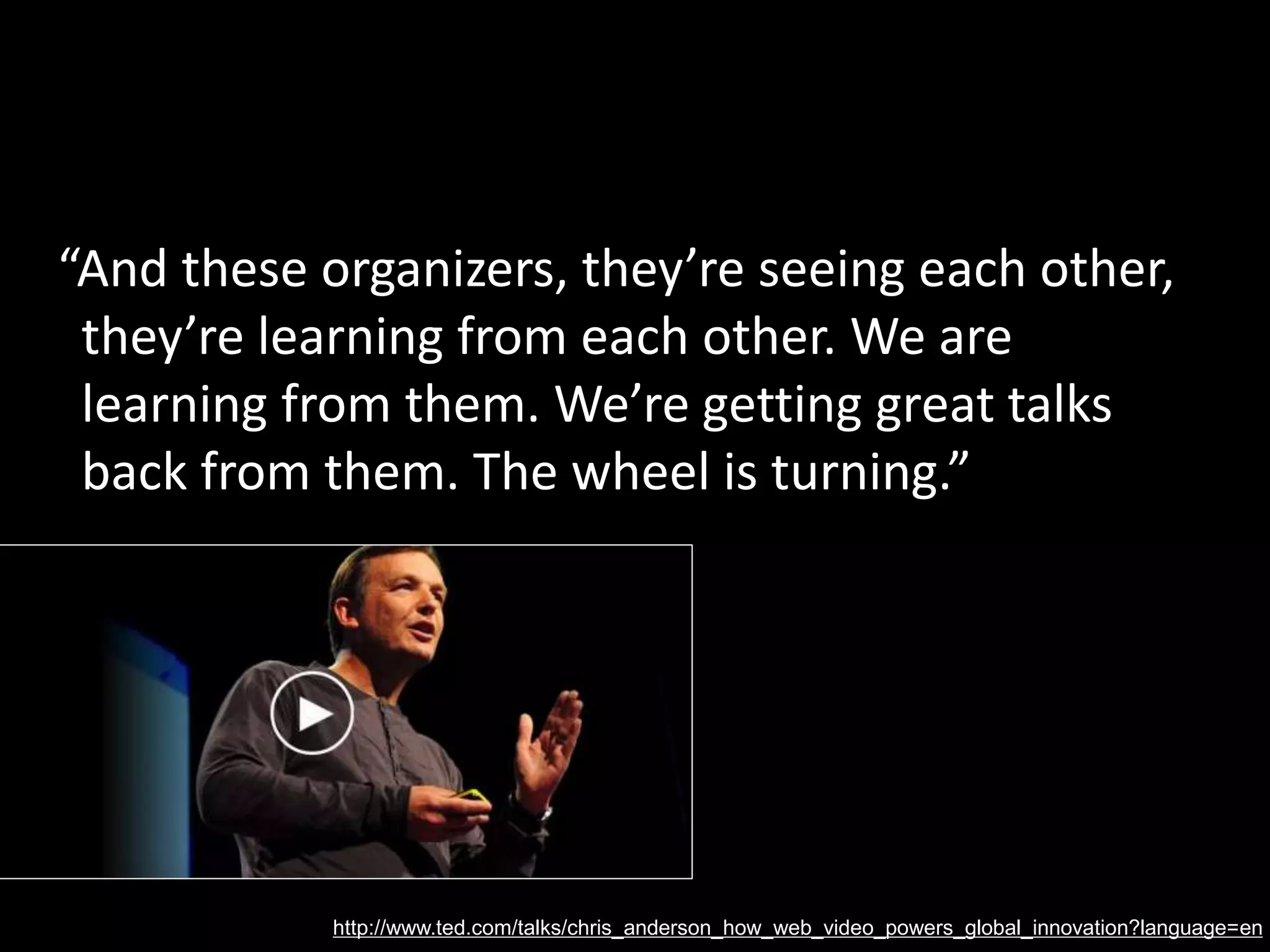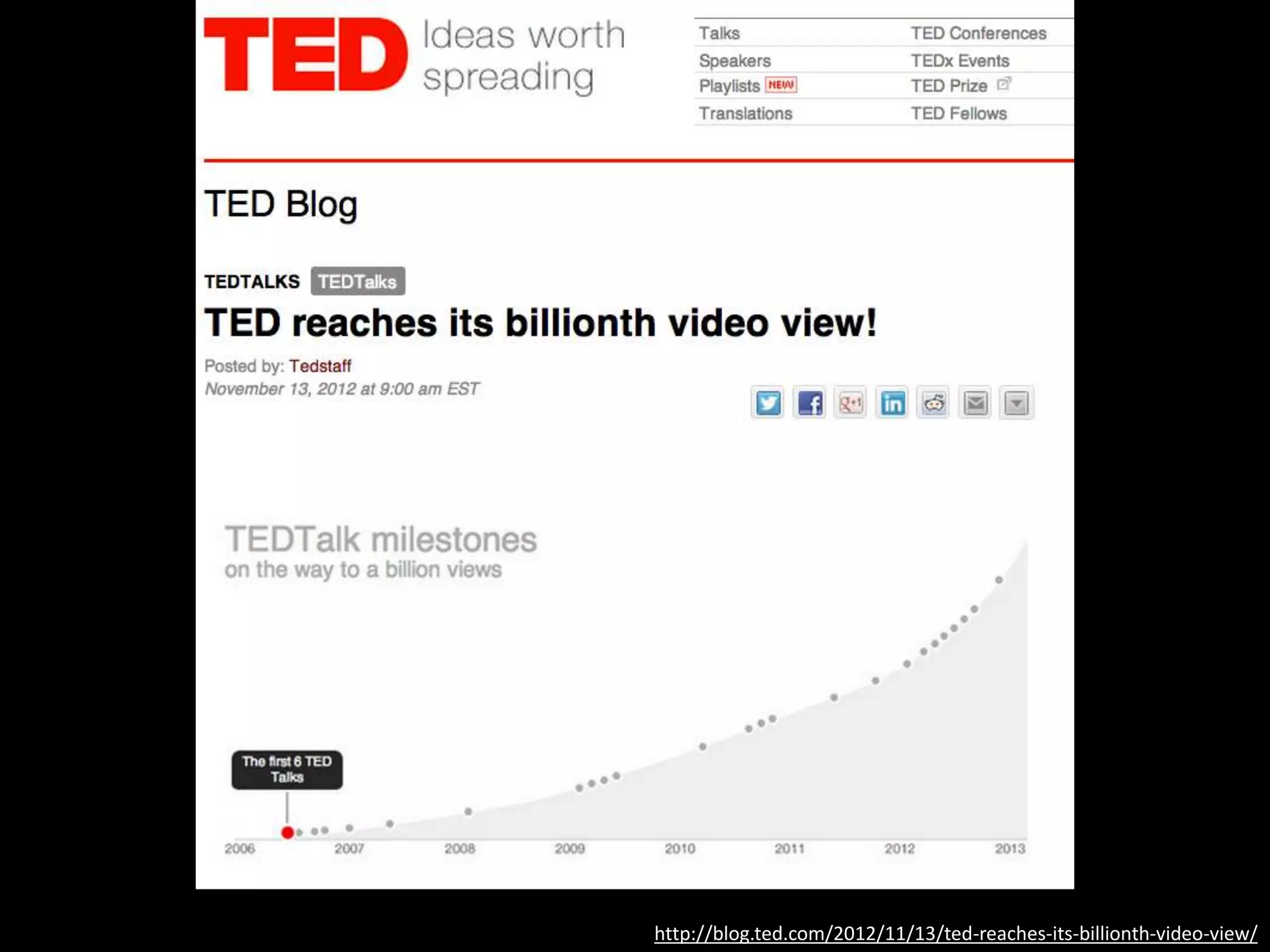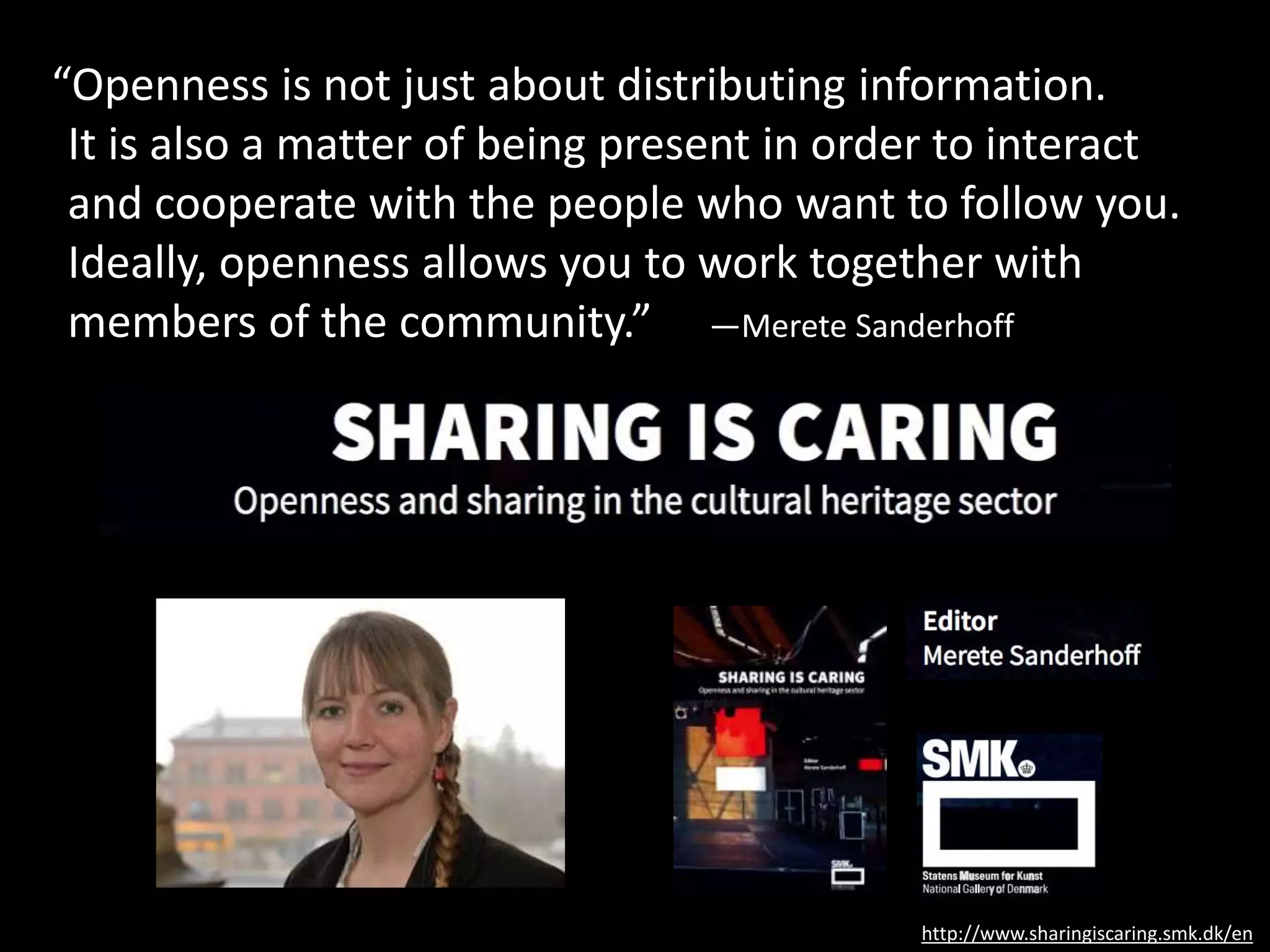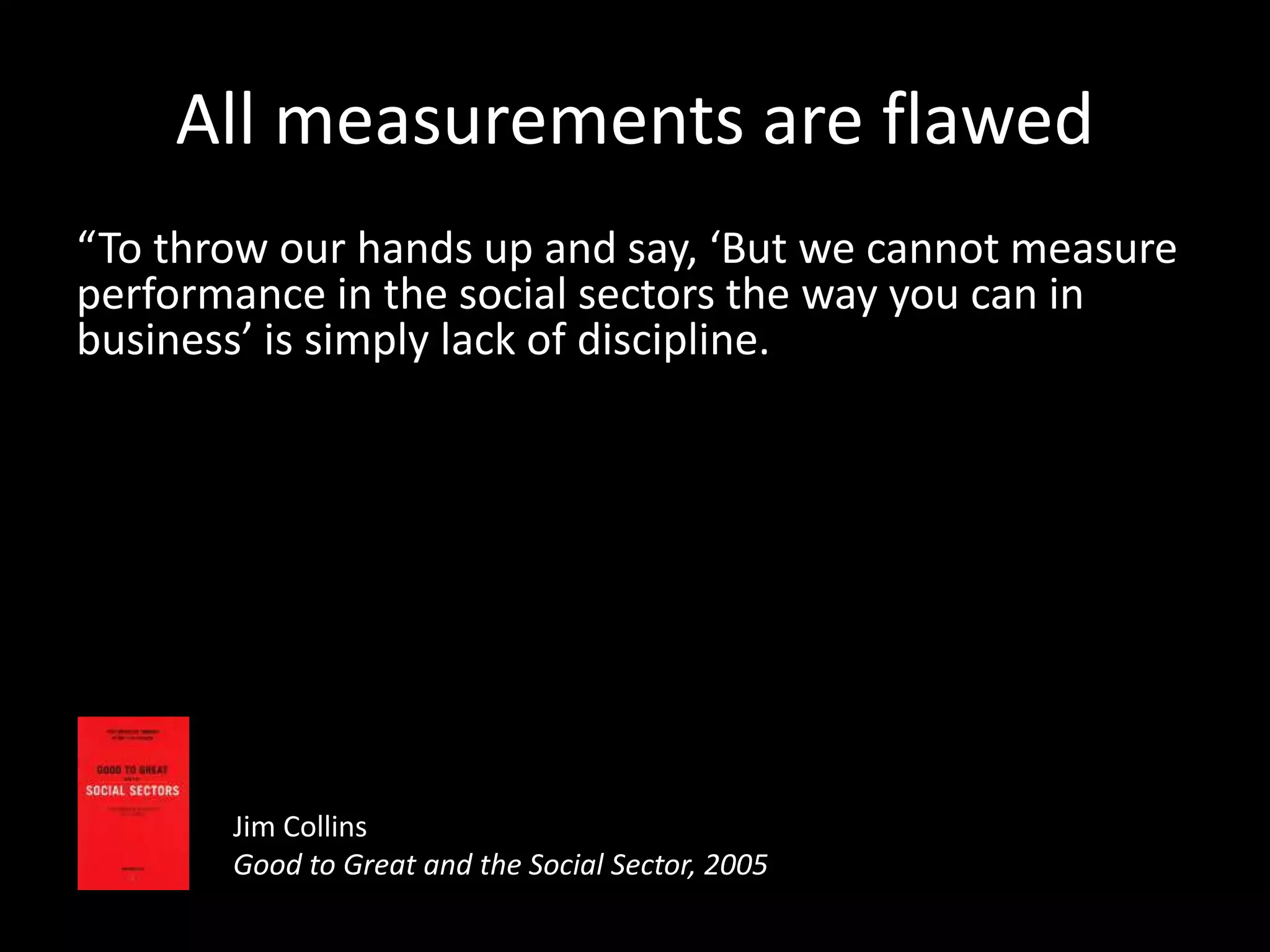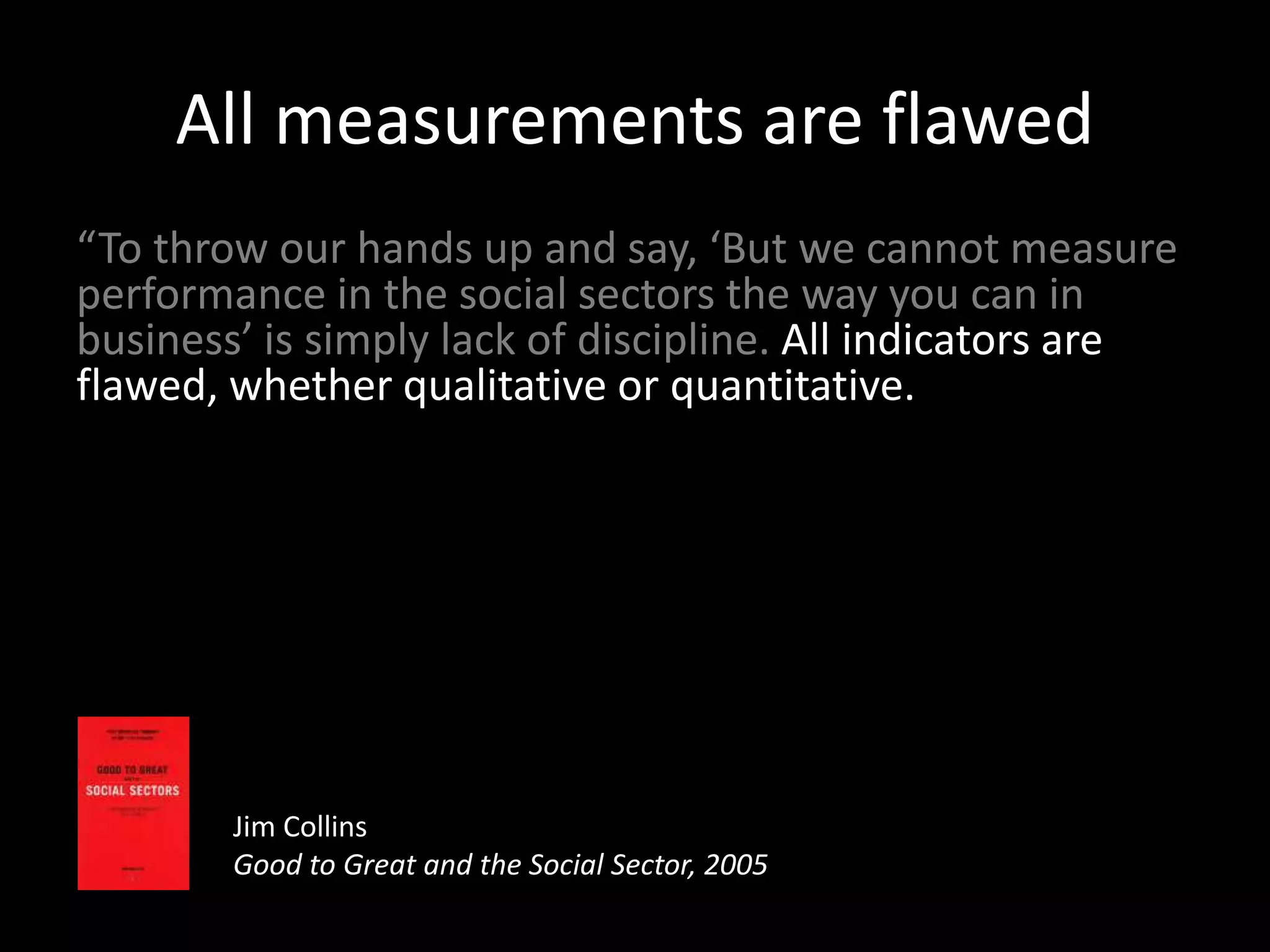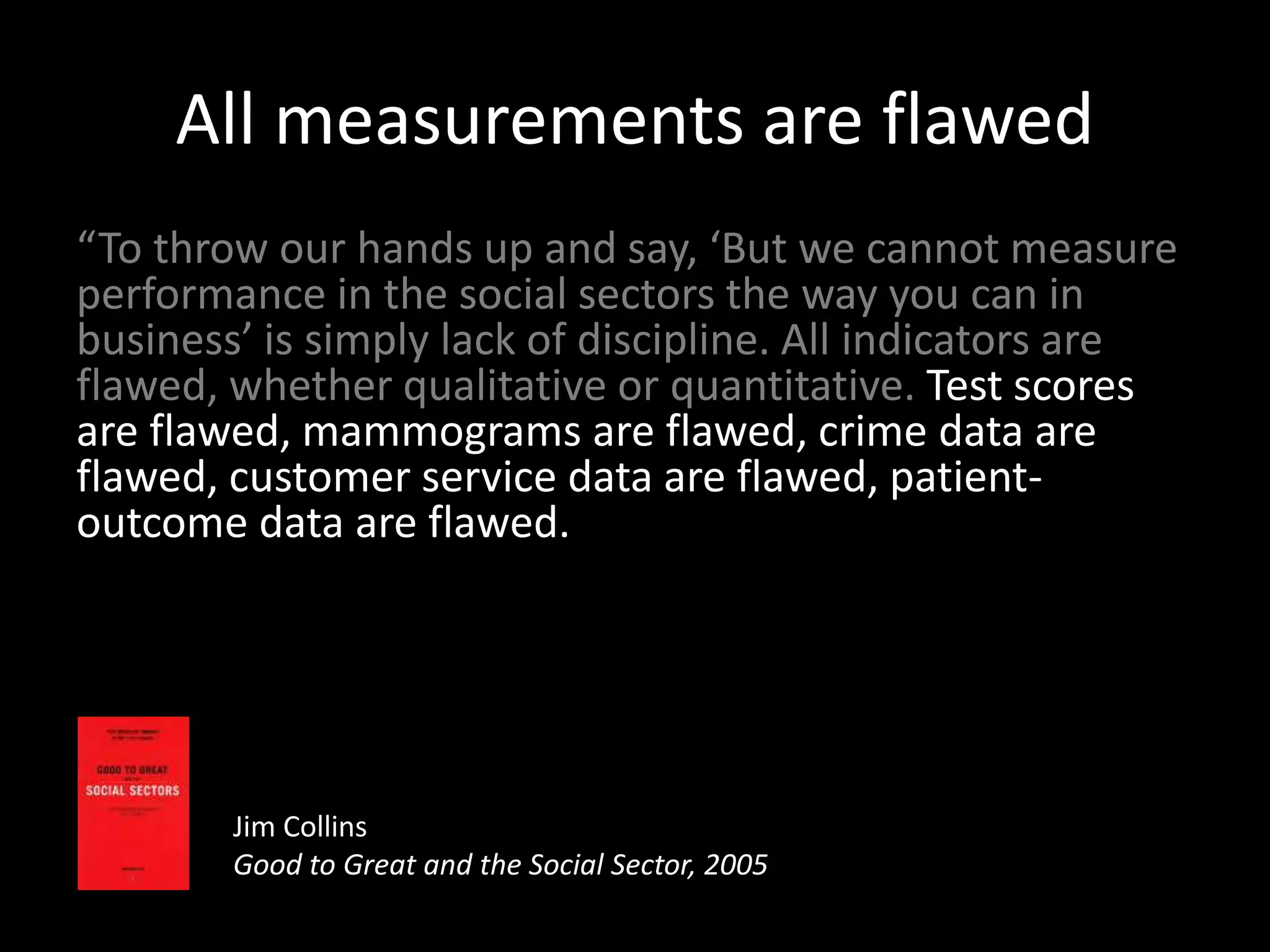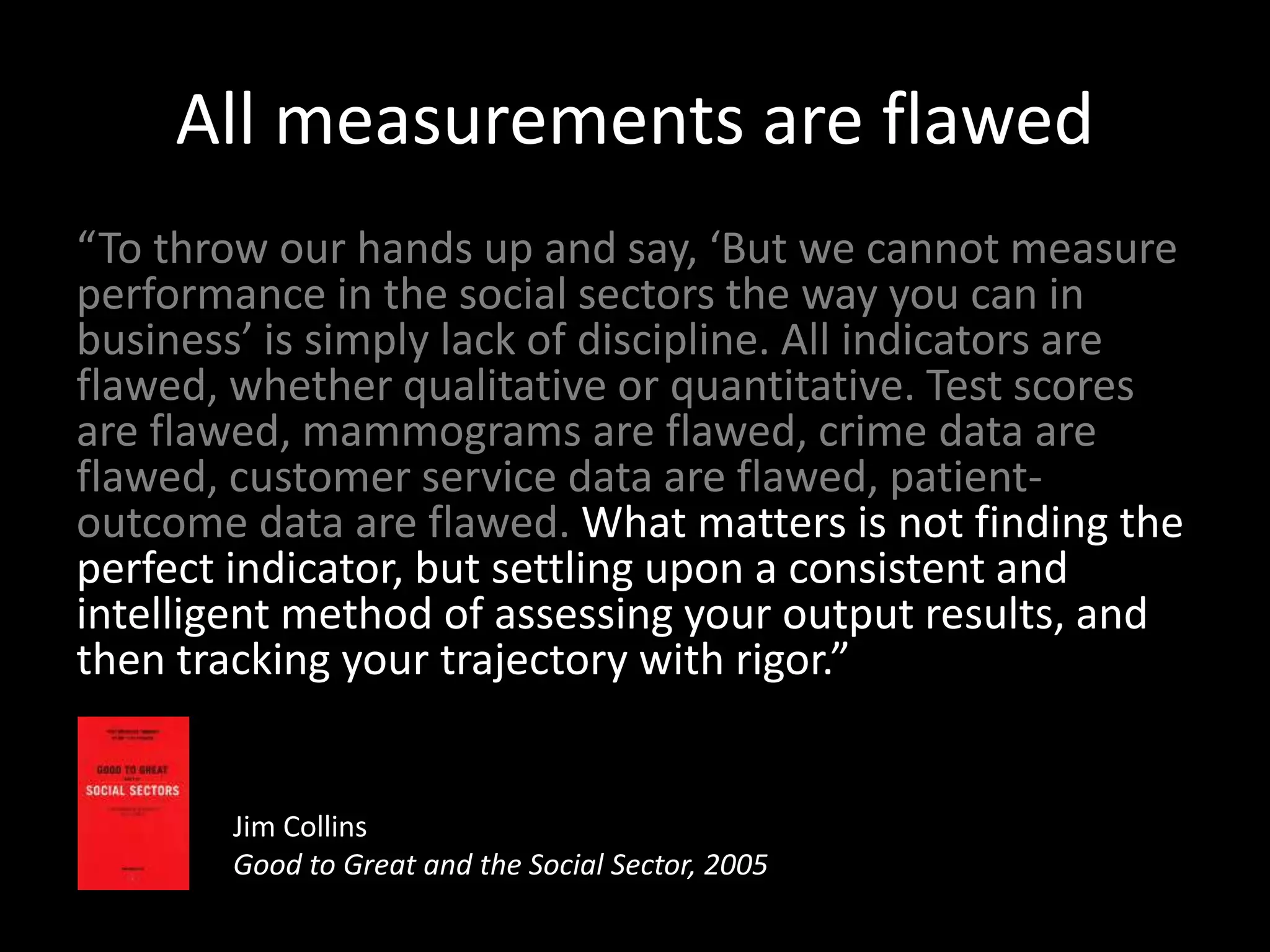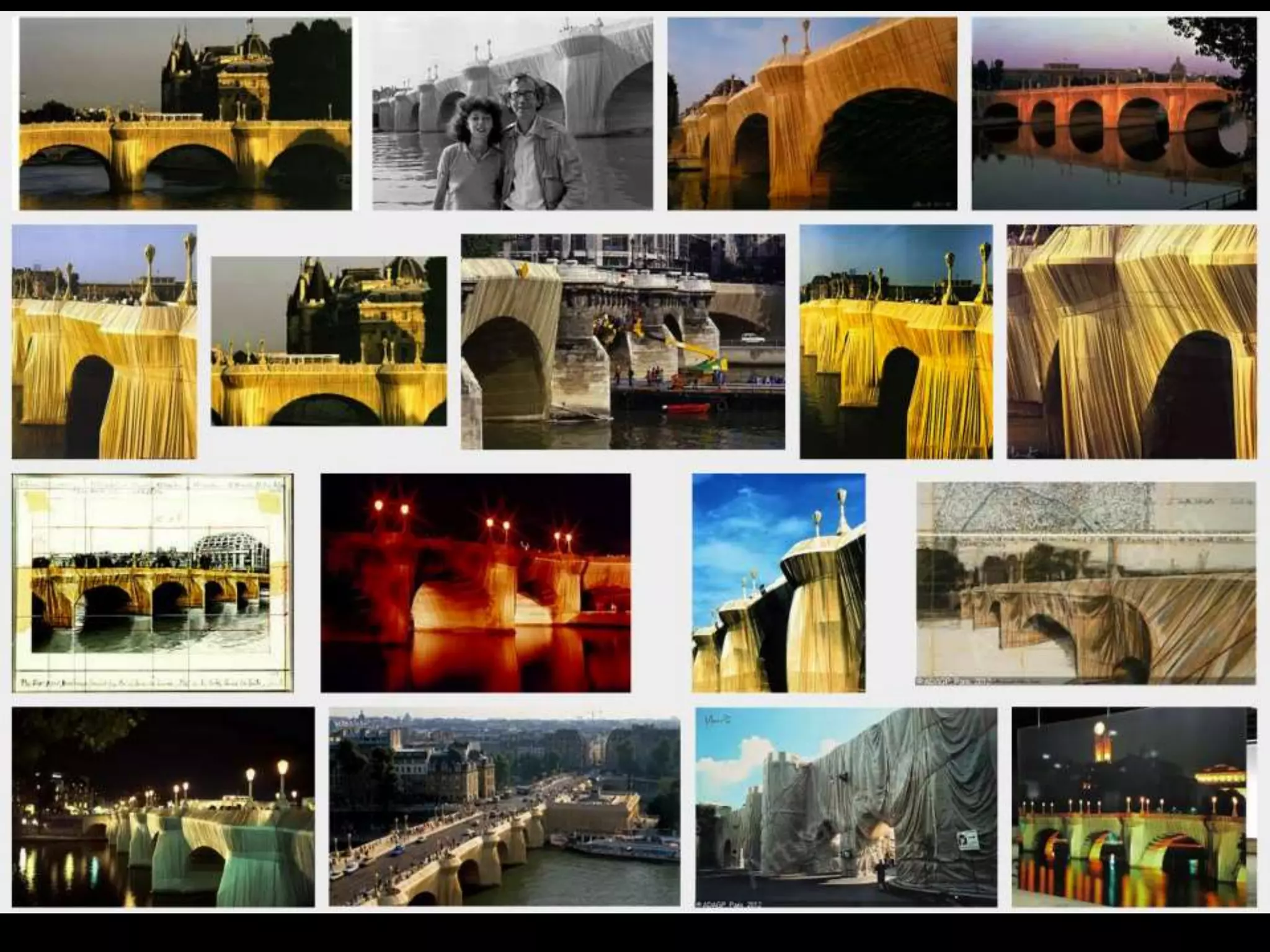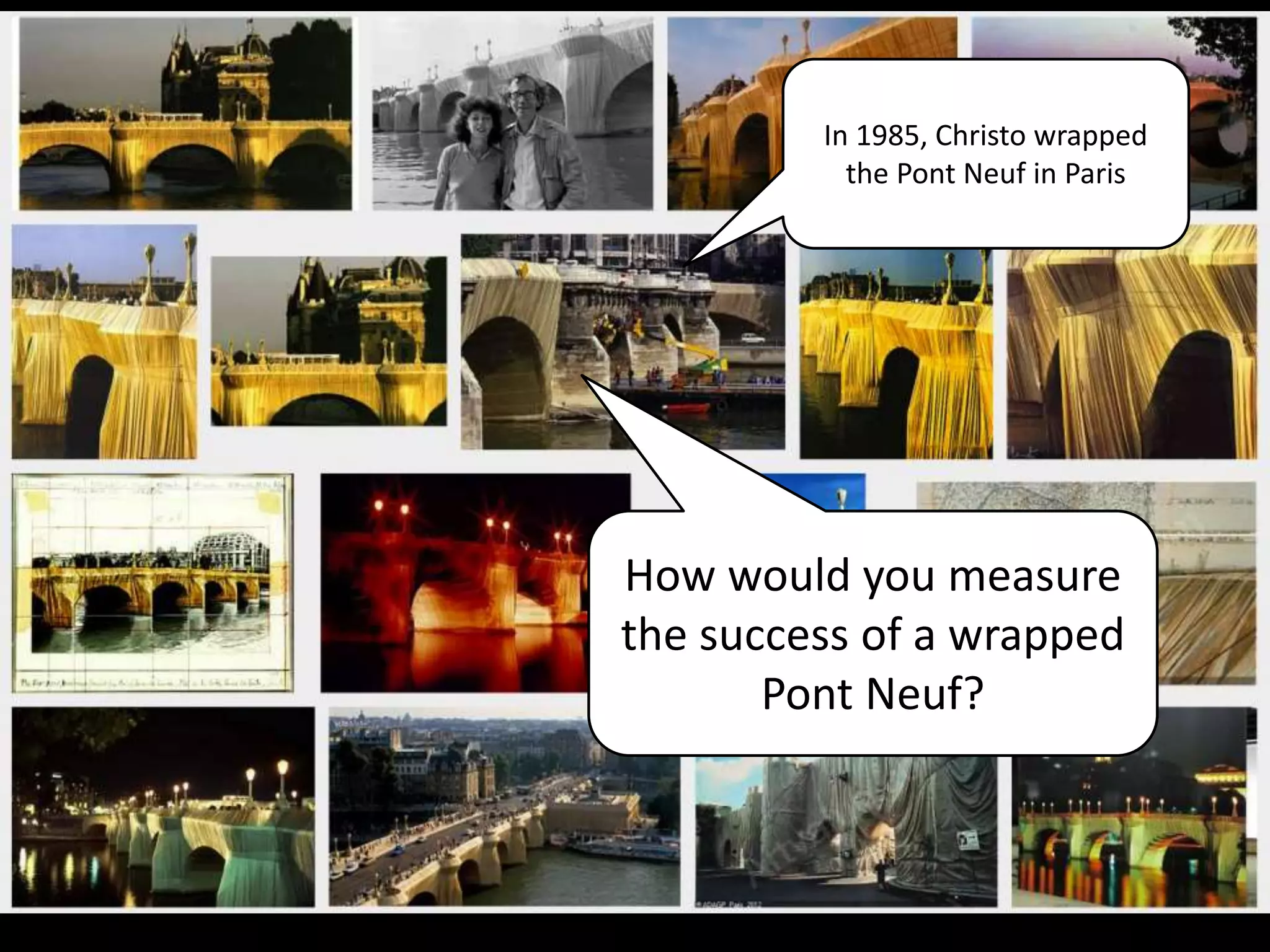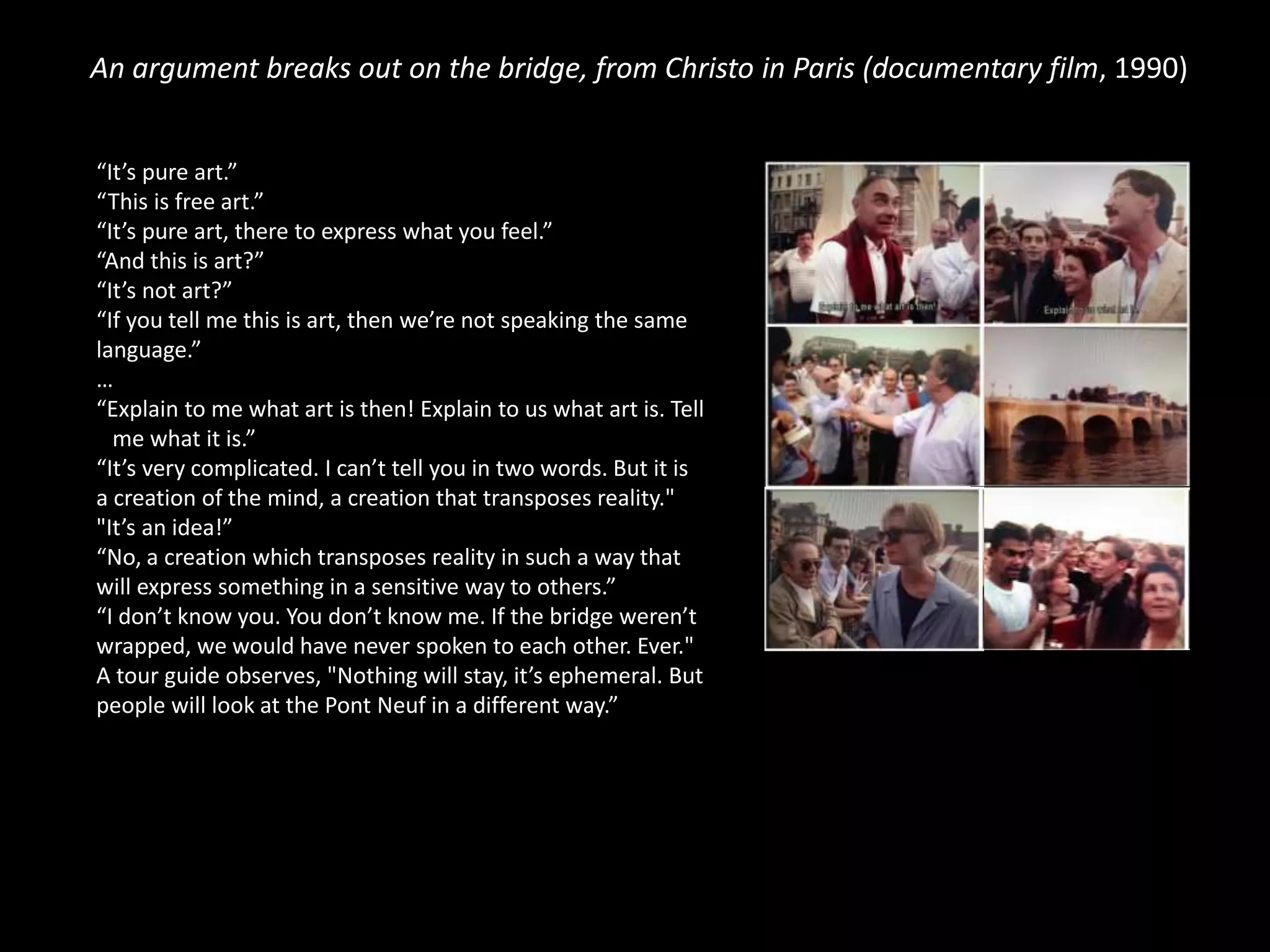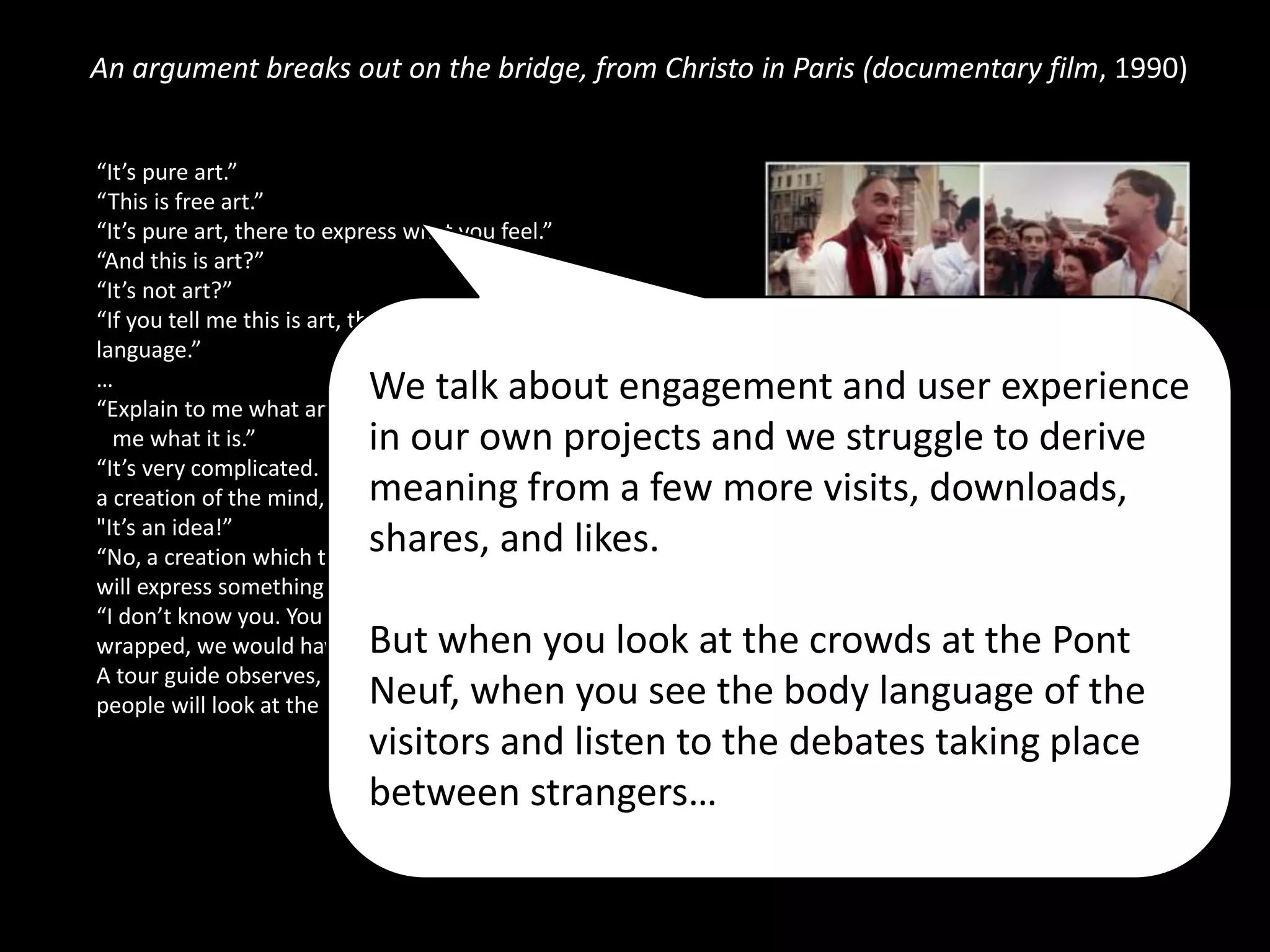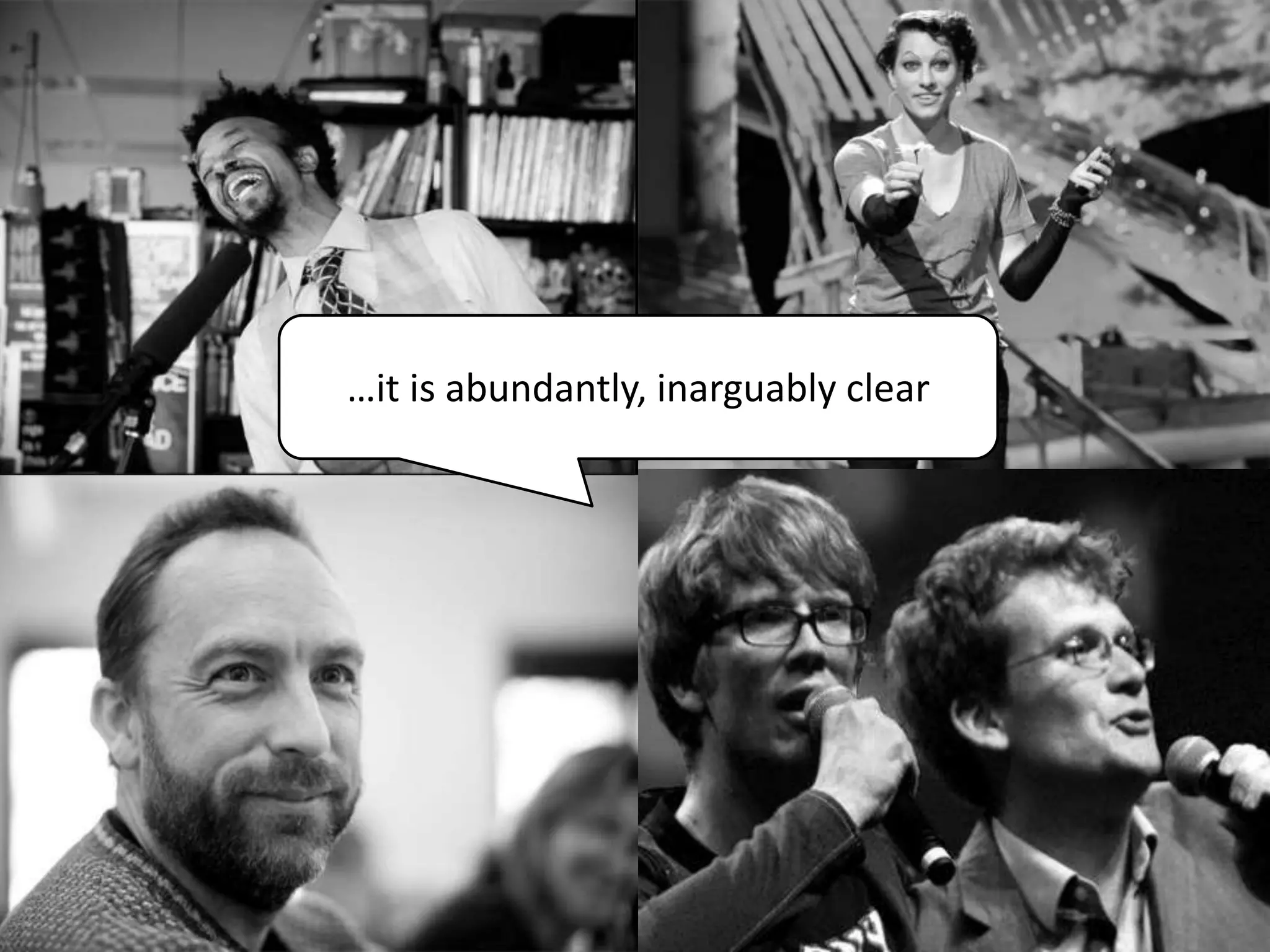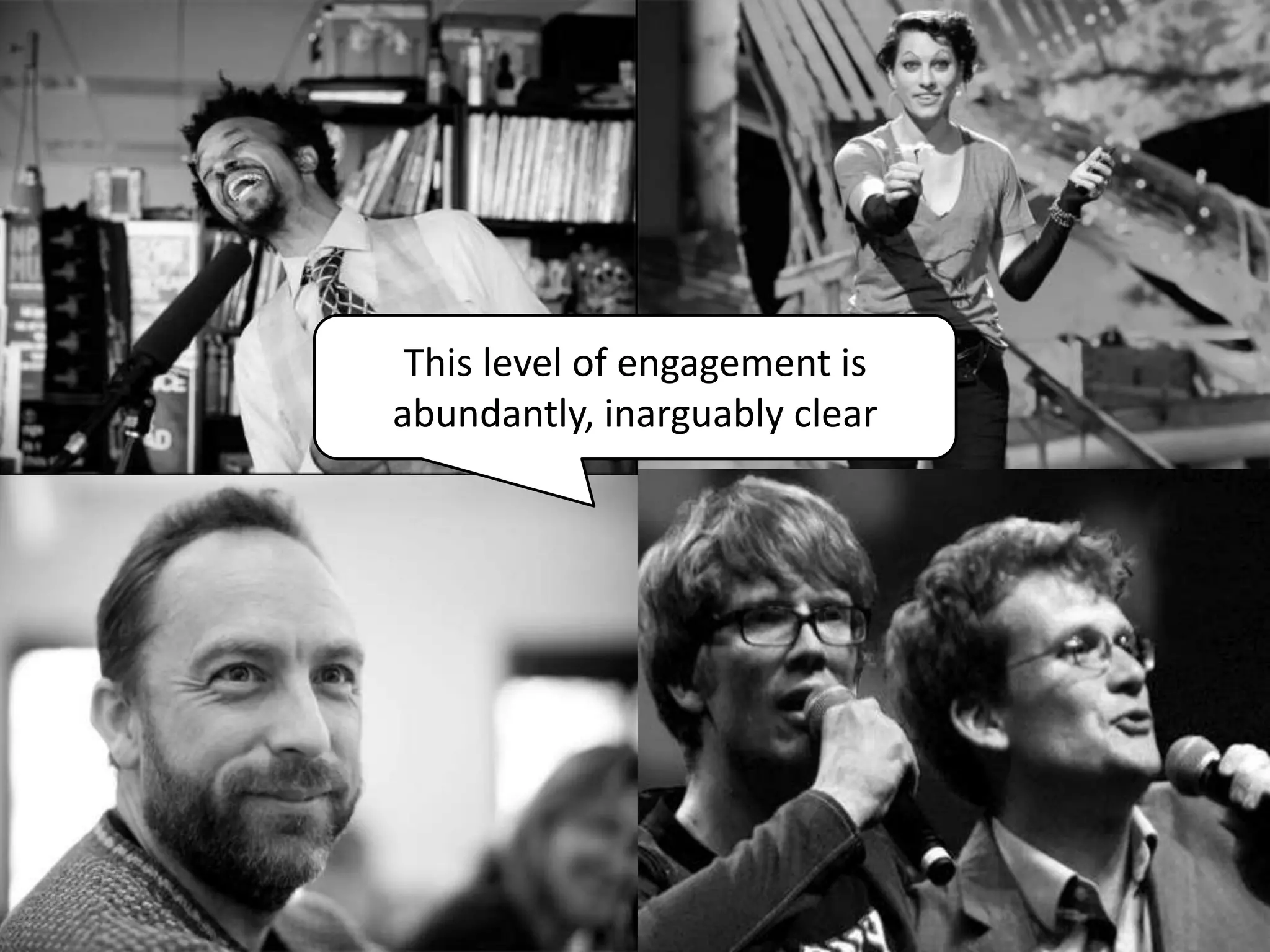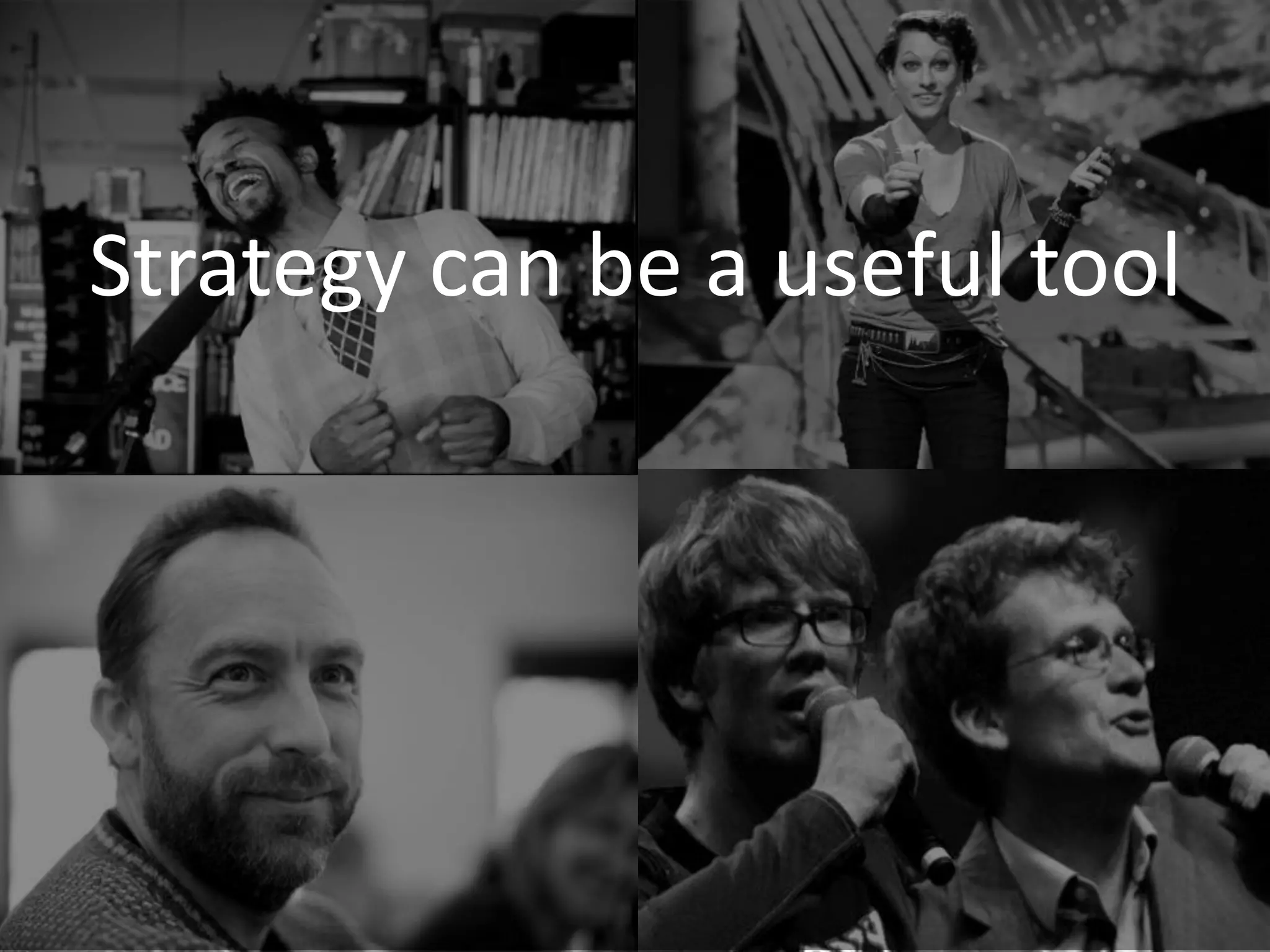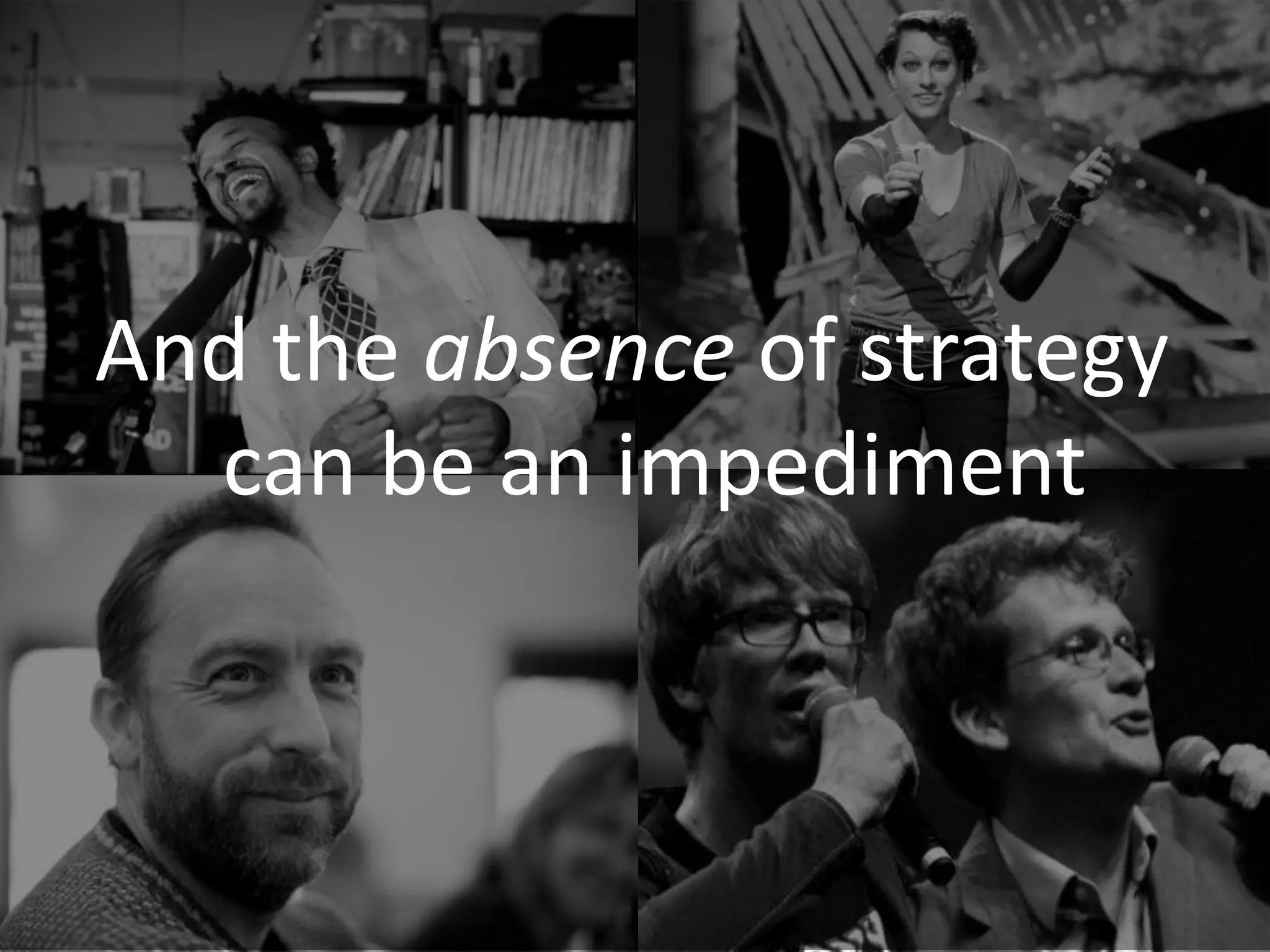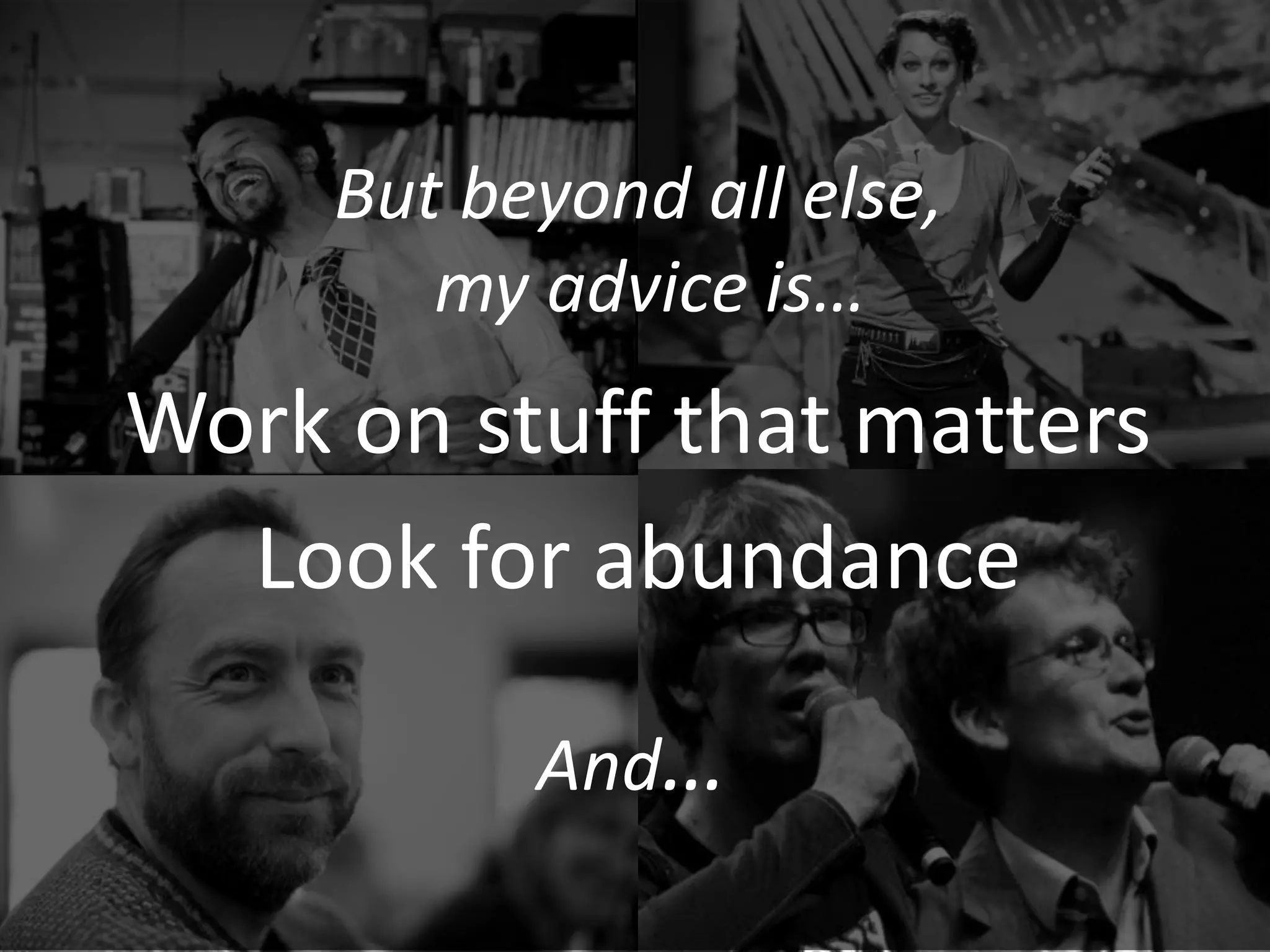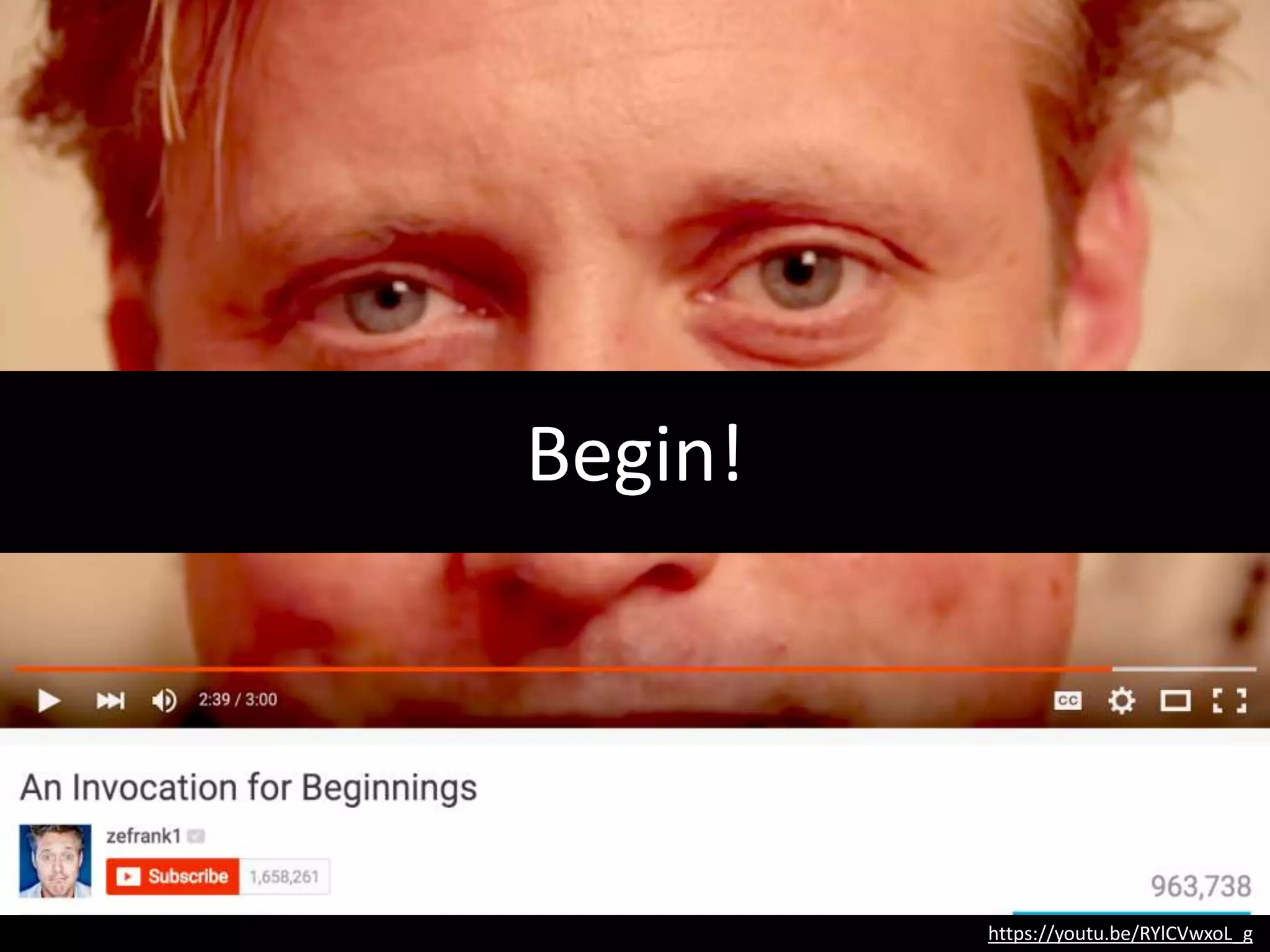The document critiques traditional strategic planning, arguing it is overrated, overly glamorized, and often fails to inspire or succeed in real-world applications. It emphasizes the importance of agile processes, encouraging organizations to focus on action over extensive planning, while also advocating for a shift towards a more impactful and proactive approach. The author concludes that meaningful change can be achieved through small, immediate actions rather than lengthy, rigid strategies.
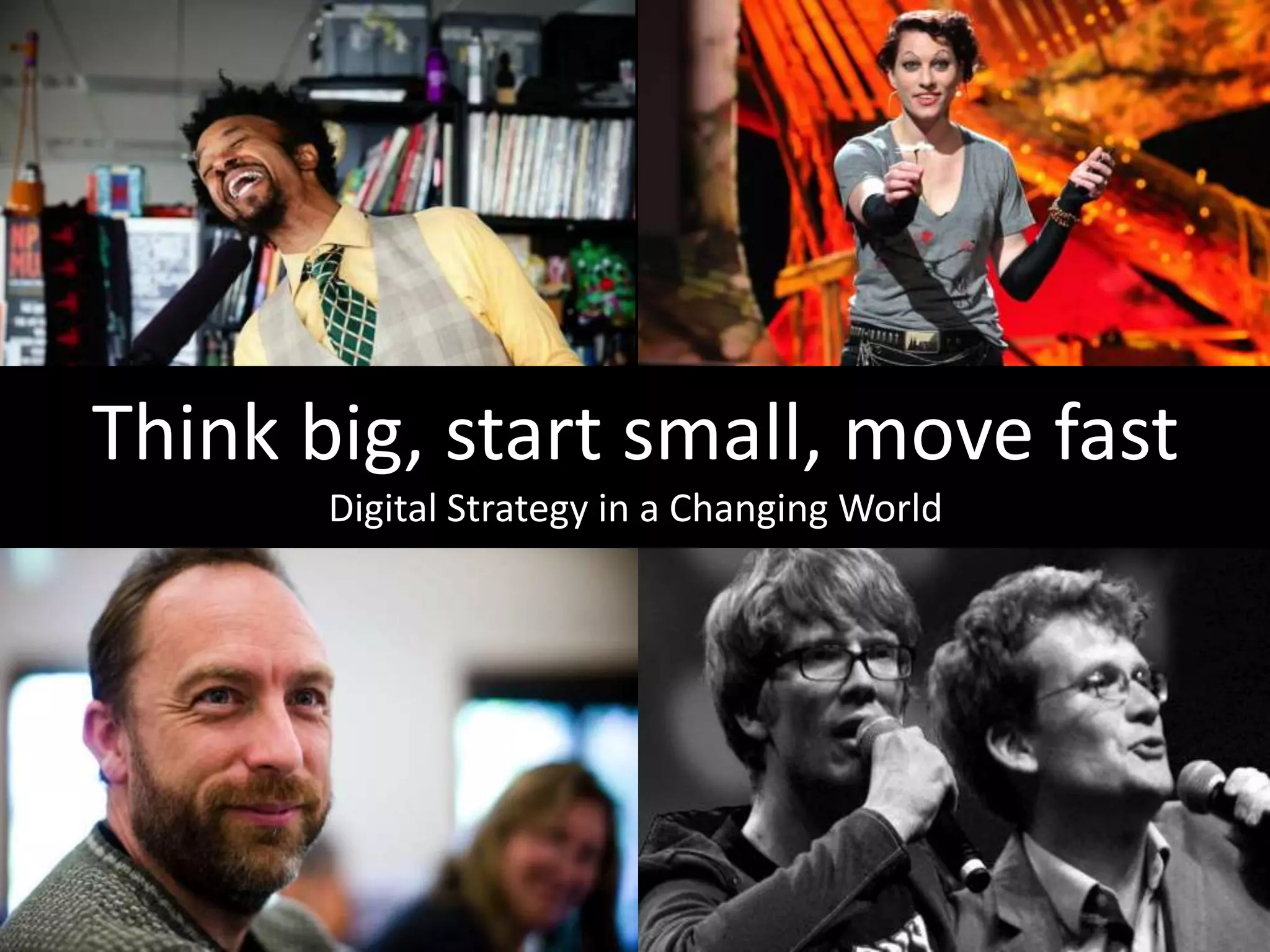

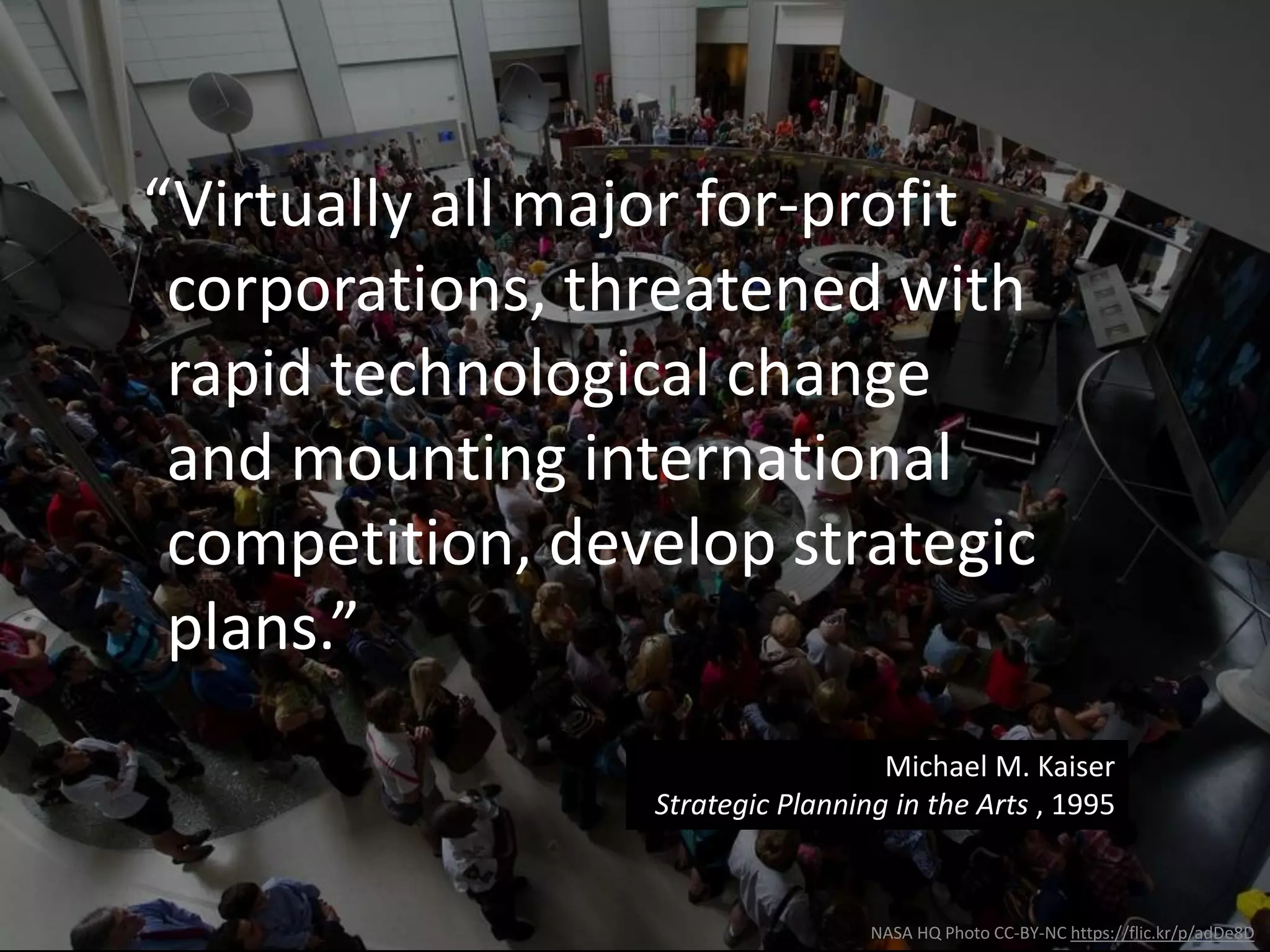
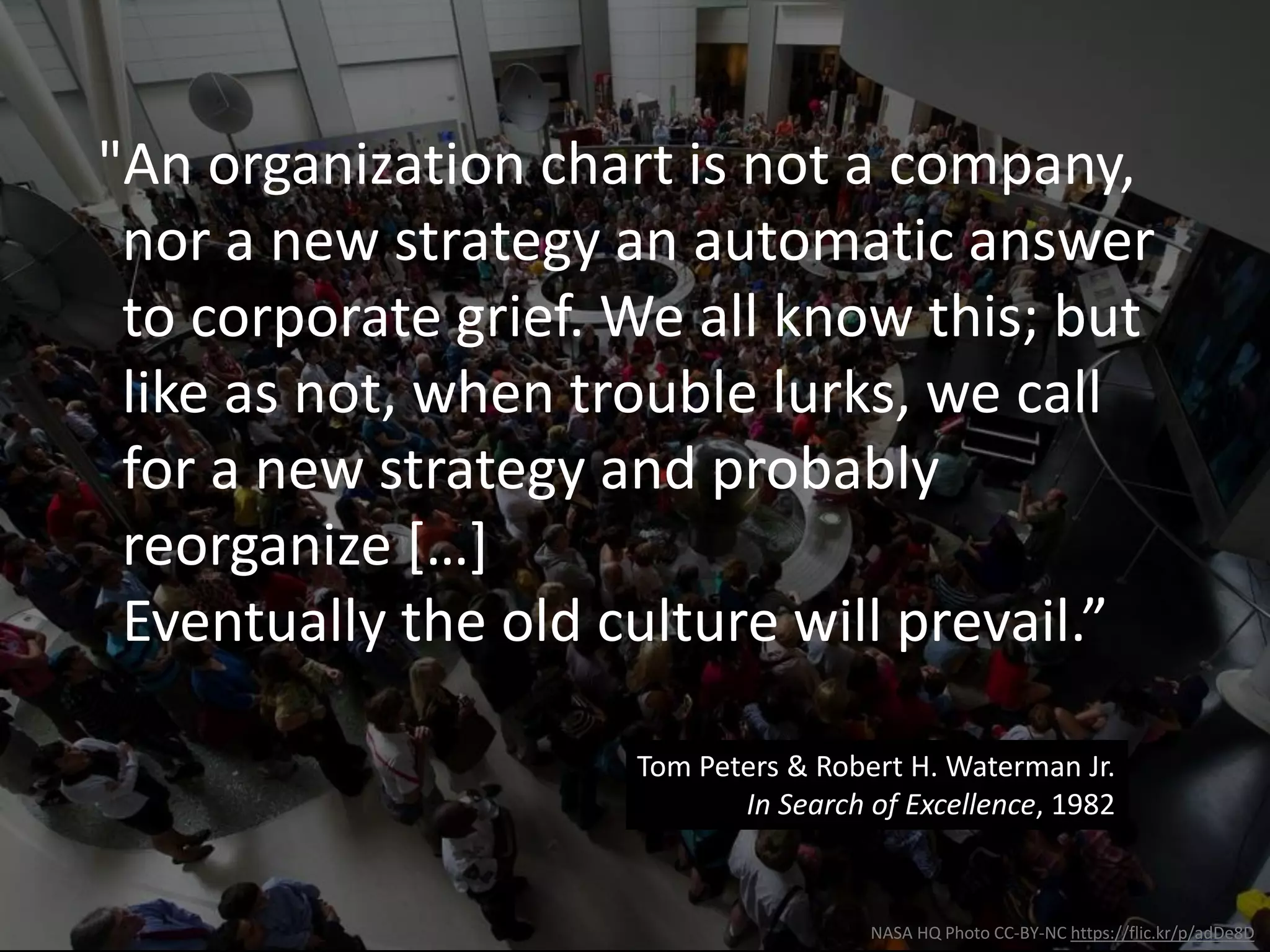
![NASA HQ Photo CC-BY-NC https://flic.kr/p/adDe8D
"An organization chart is not a company,
nor a new strategy an automatic answer
to corporate grief. We all know this; but
like as not, when trouble lurks, we call for
a new strategy and probably reorganize
[…]
Eventually the old culture
will prevail.”
Tom Peters & Robert H. Waterman Jr.
In Search of Excellence, 1982](https://image.slidesharecdn.com/2015-08-24thinkbigstartsmallmovefastmmexforslidesharev02-150913144416-lva1-app6892/75/Think-Big-Start-Small-Move-Fast-Digital-Strategy-in-a-Changing-World-5-2048.jpg)
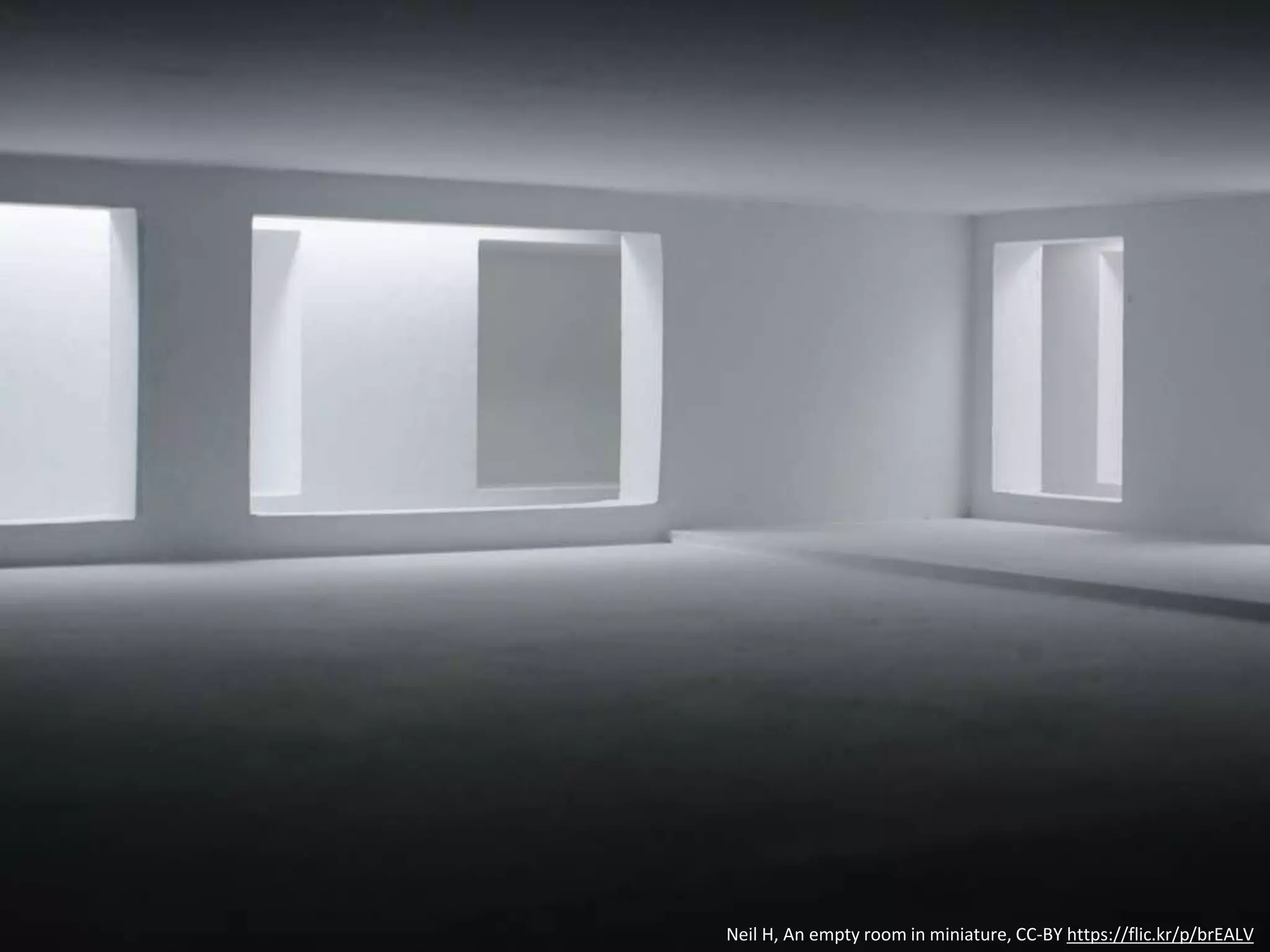


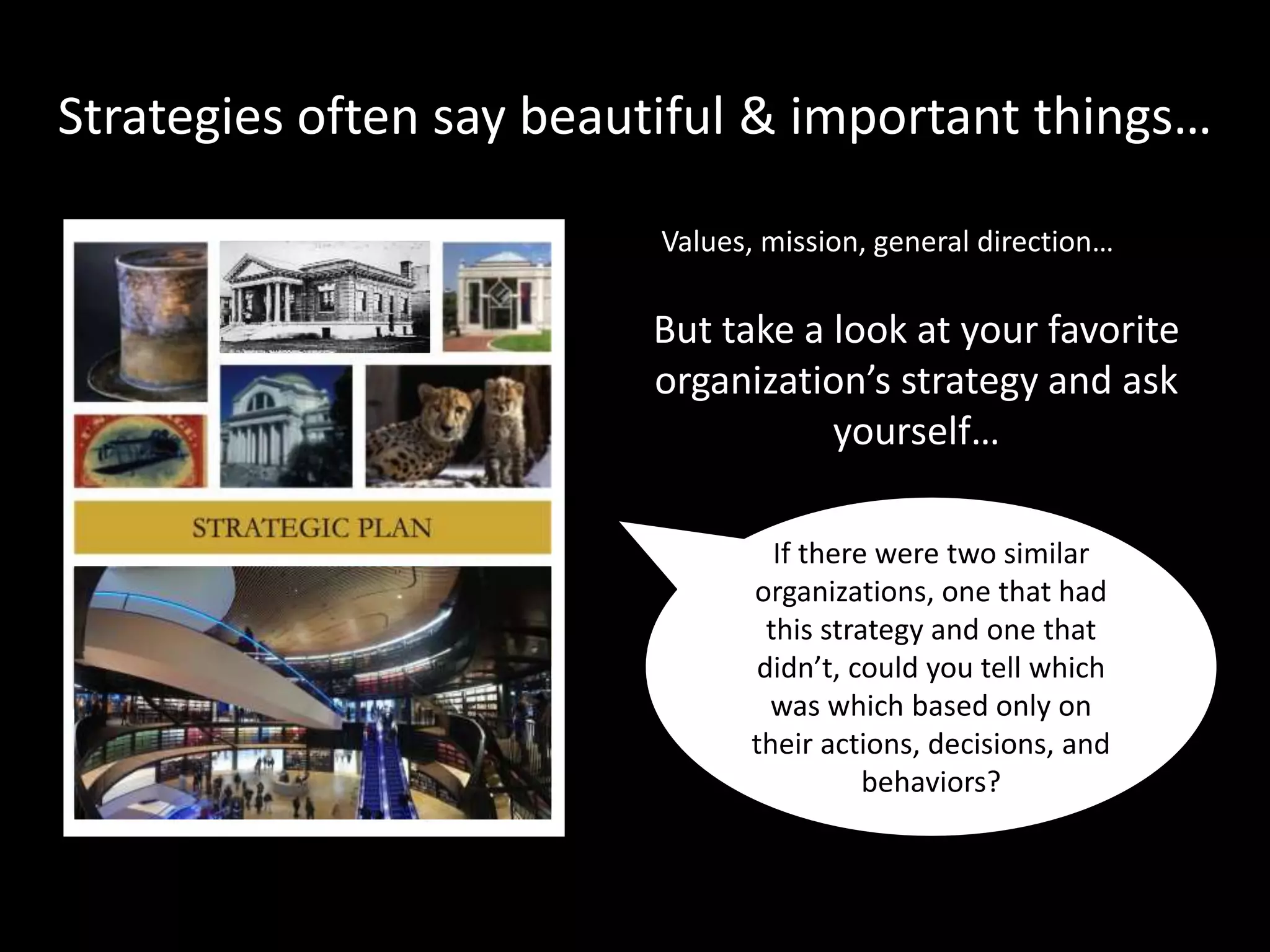
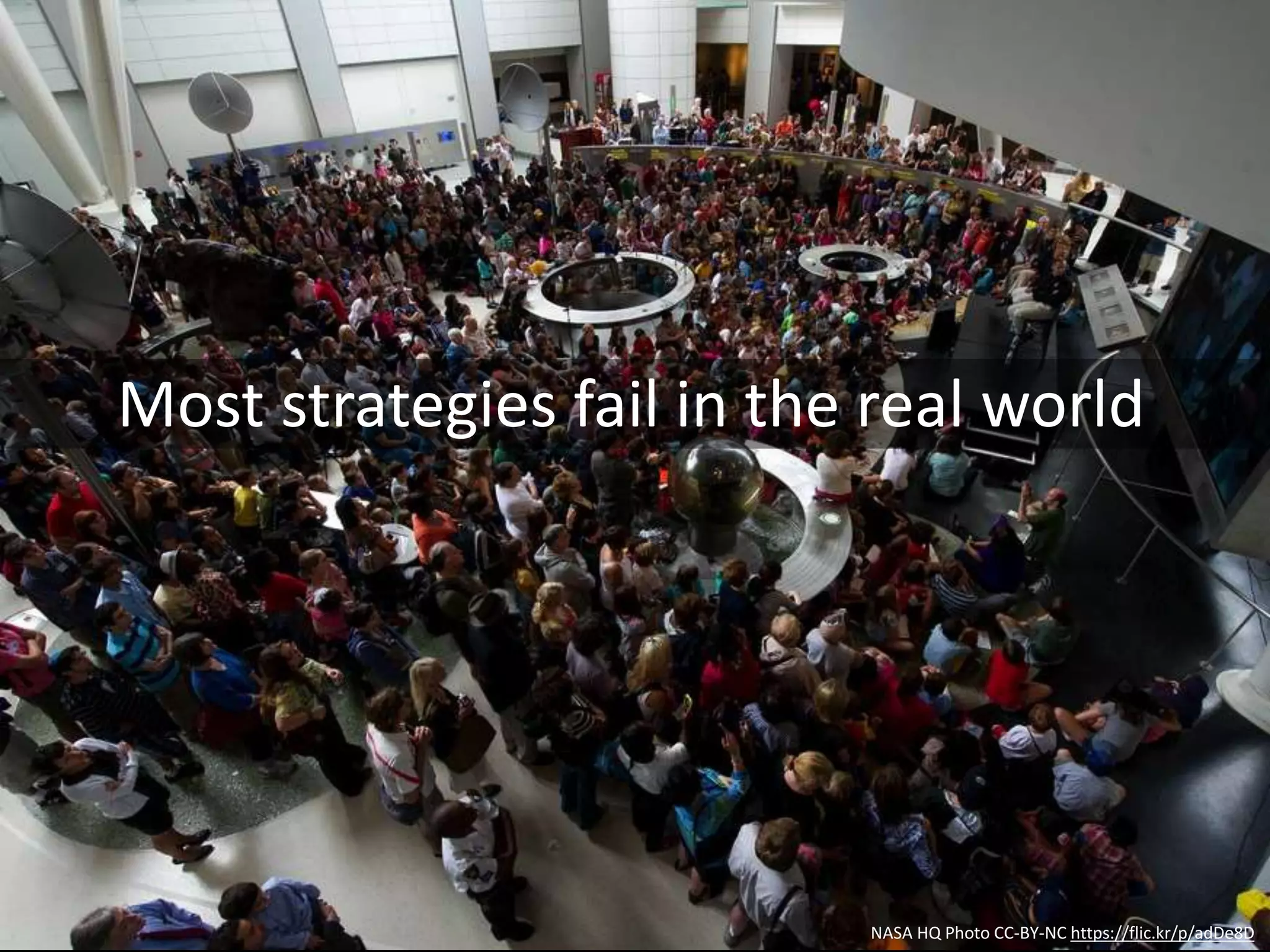


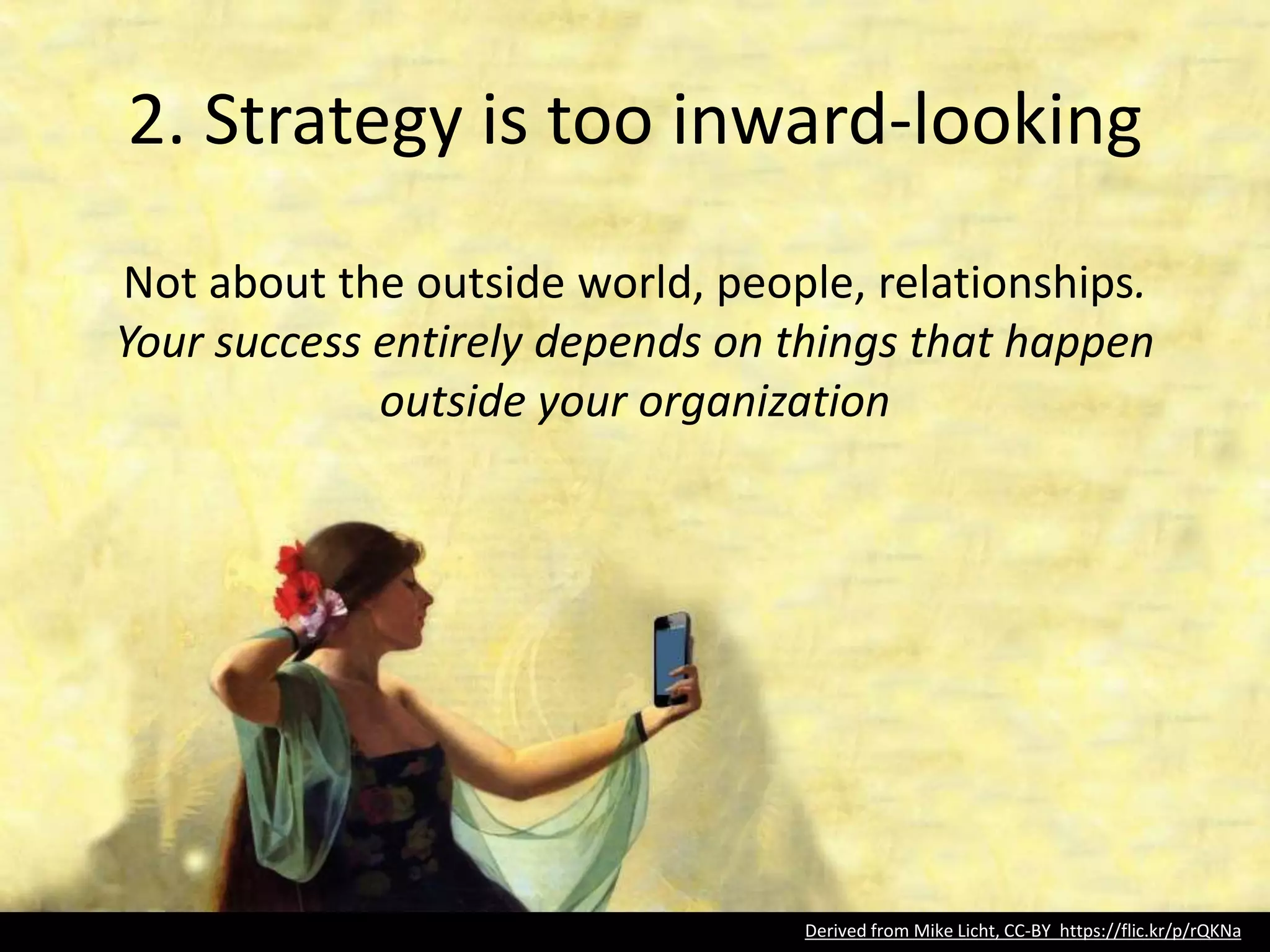
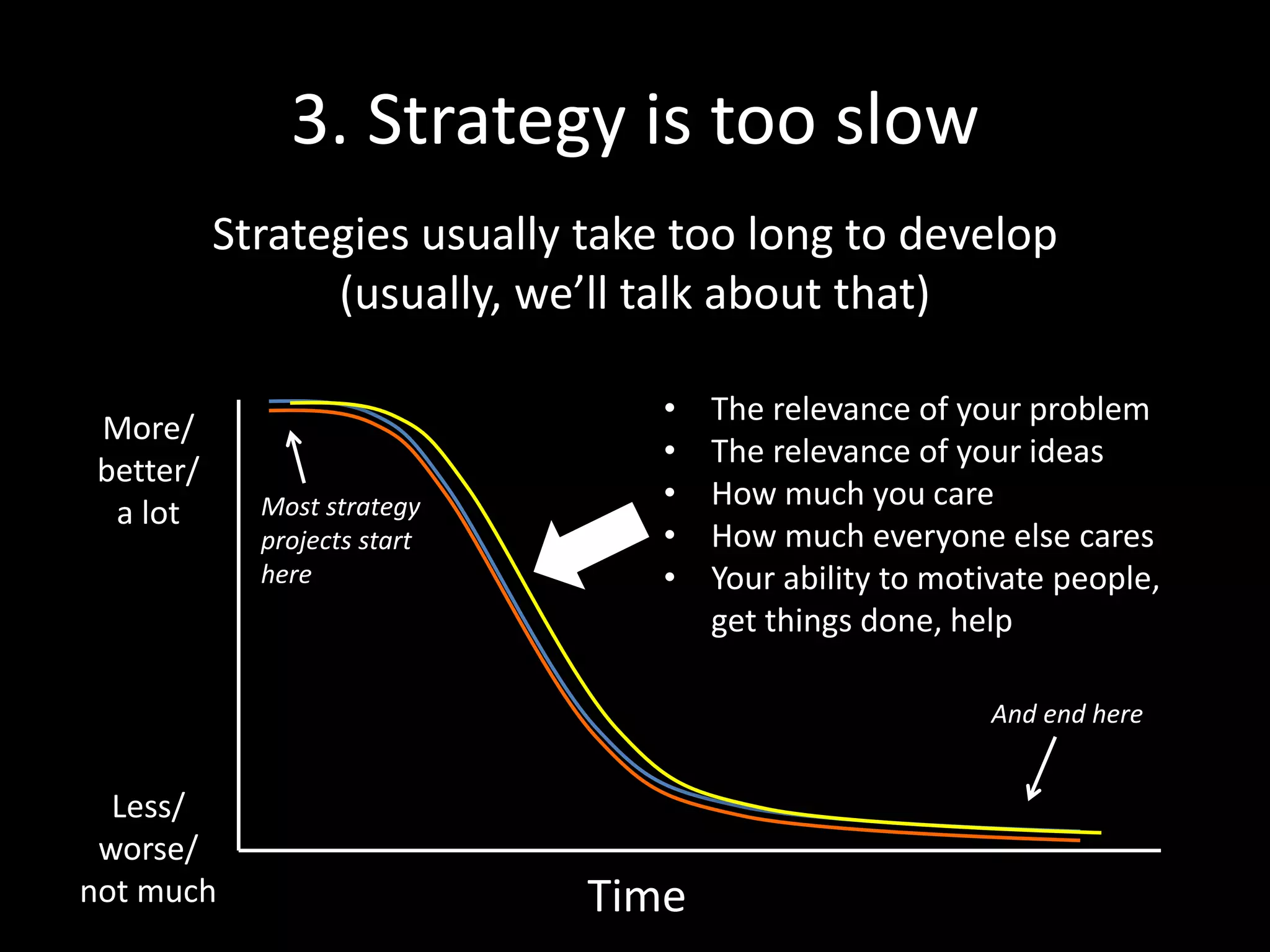
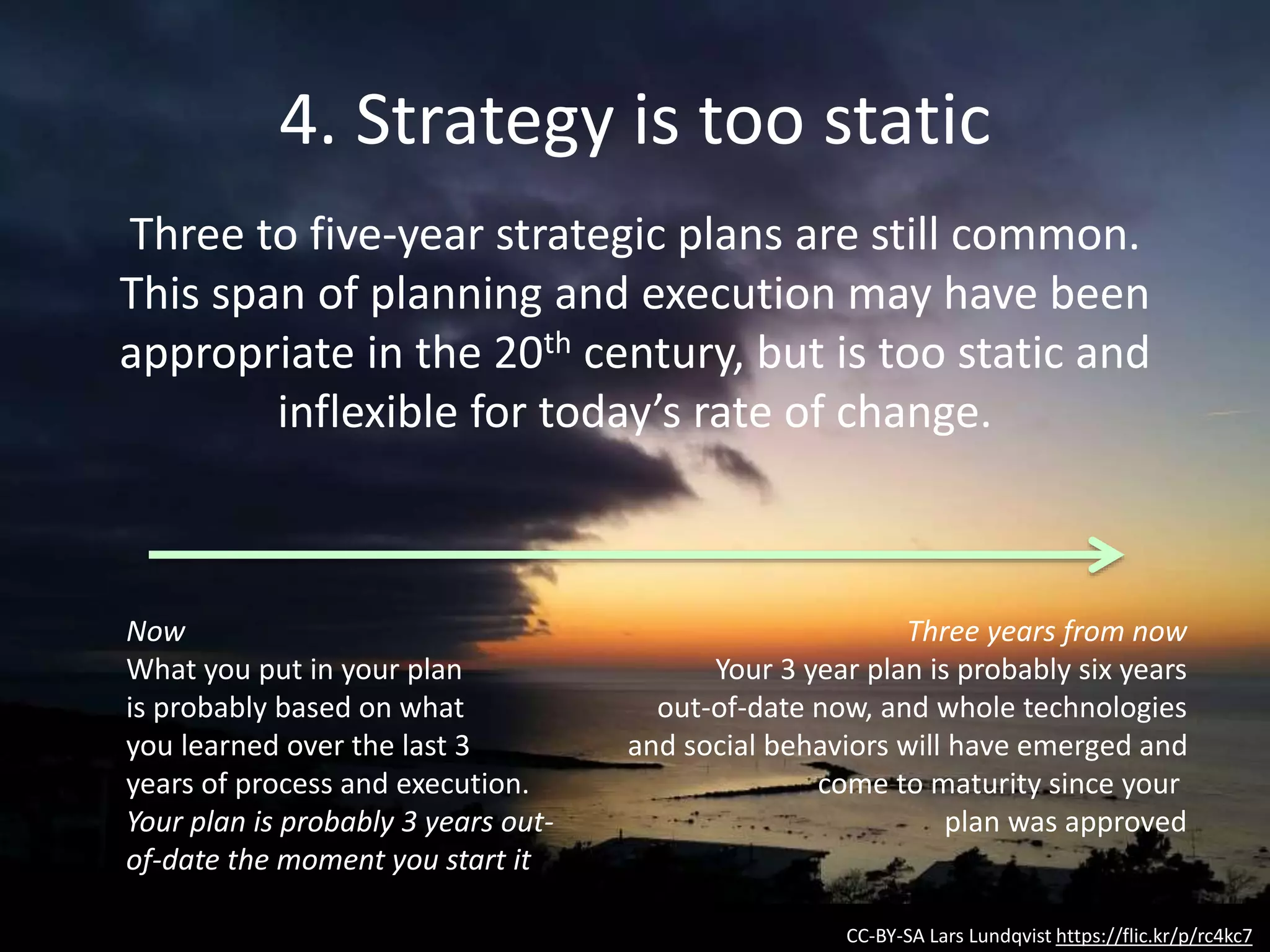
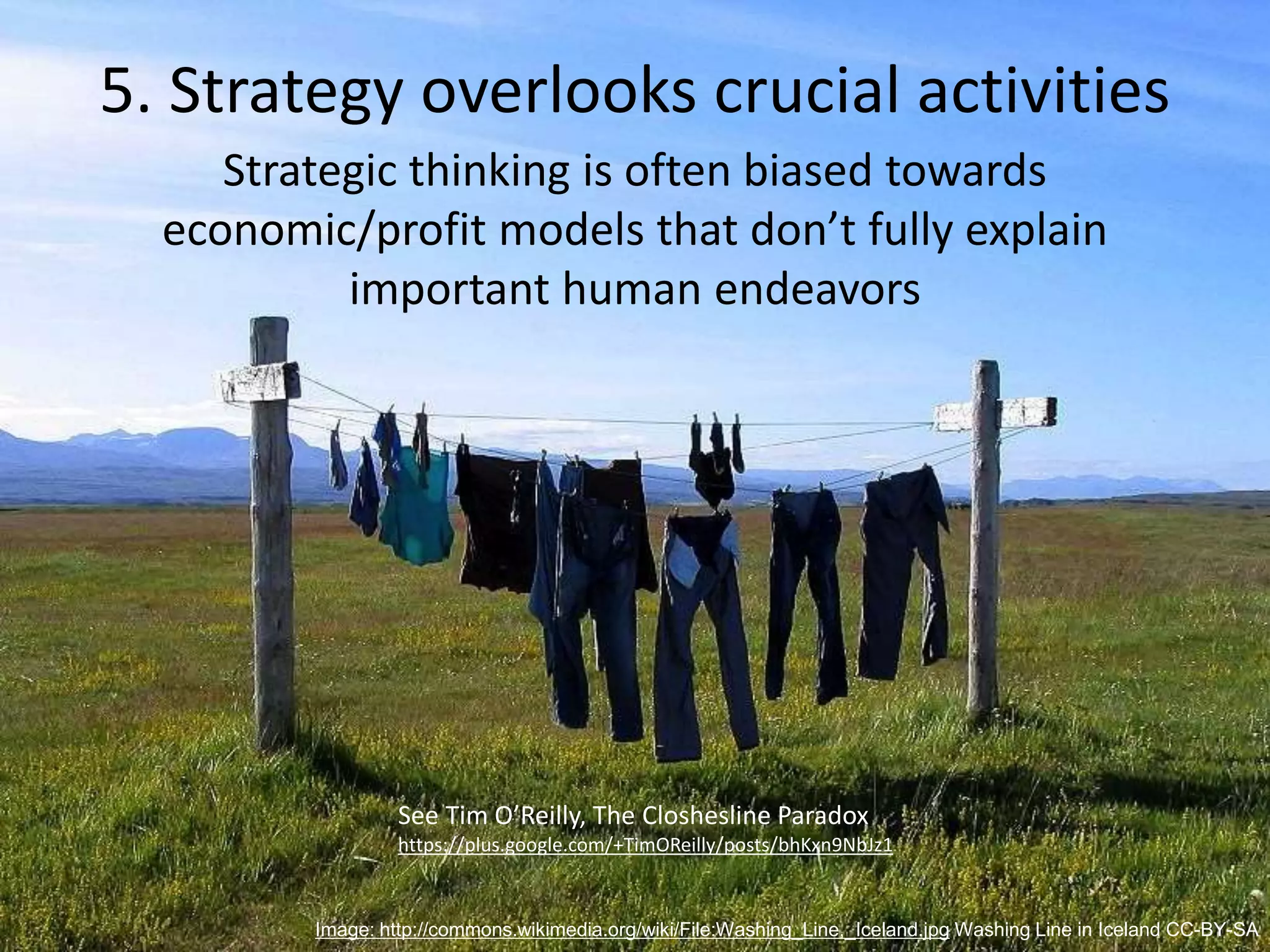
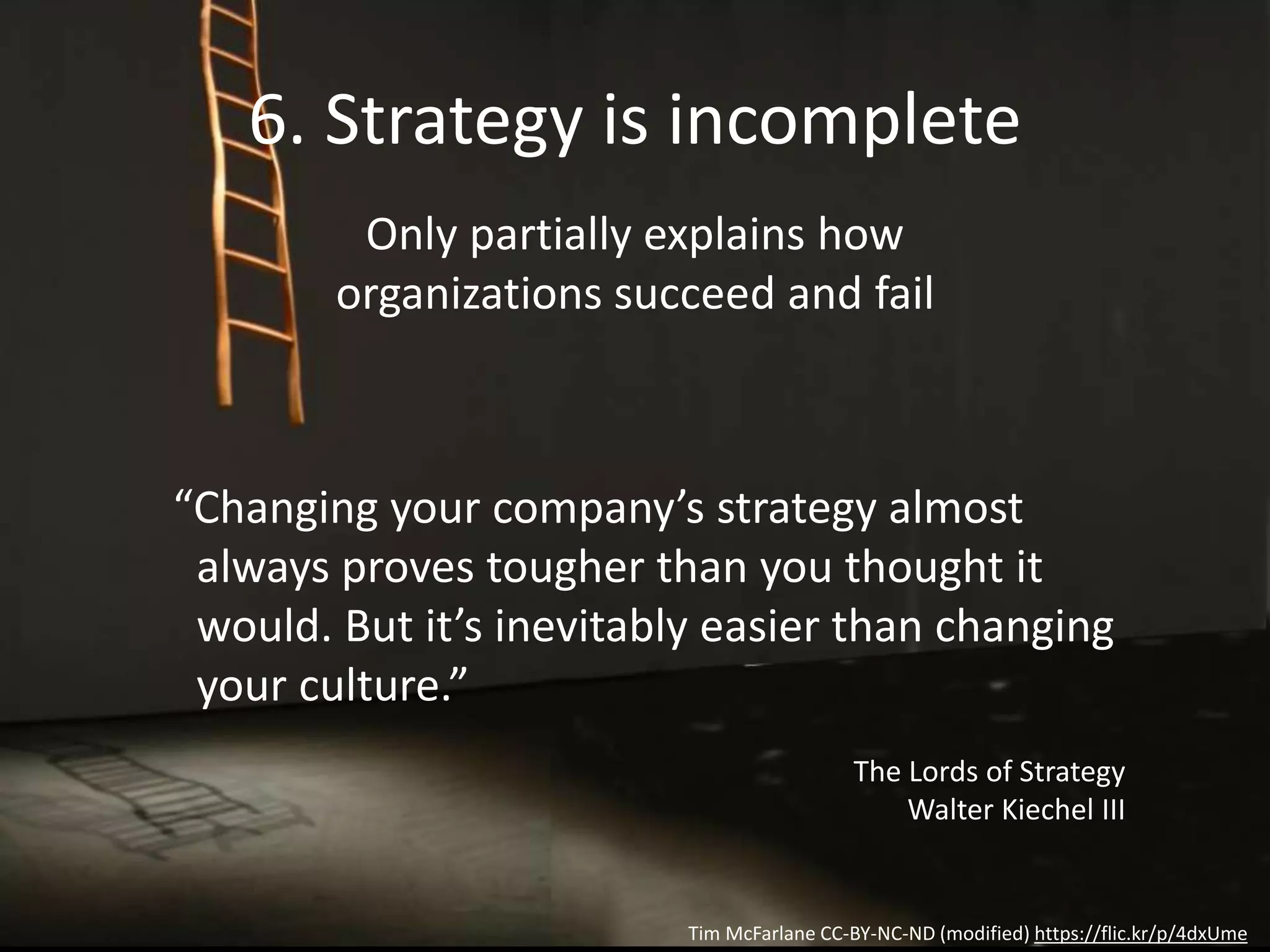
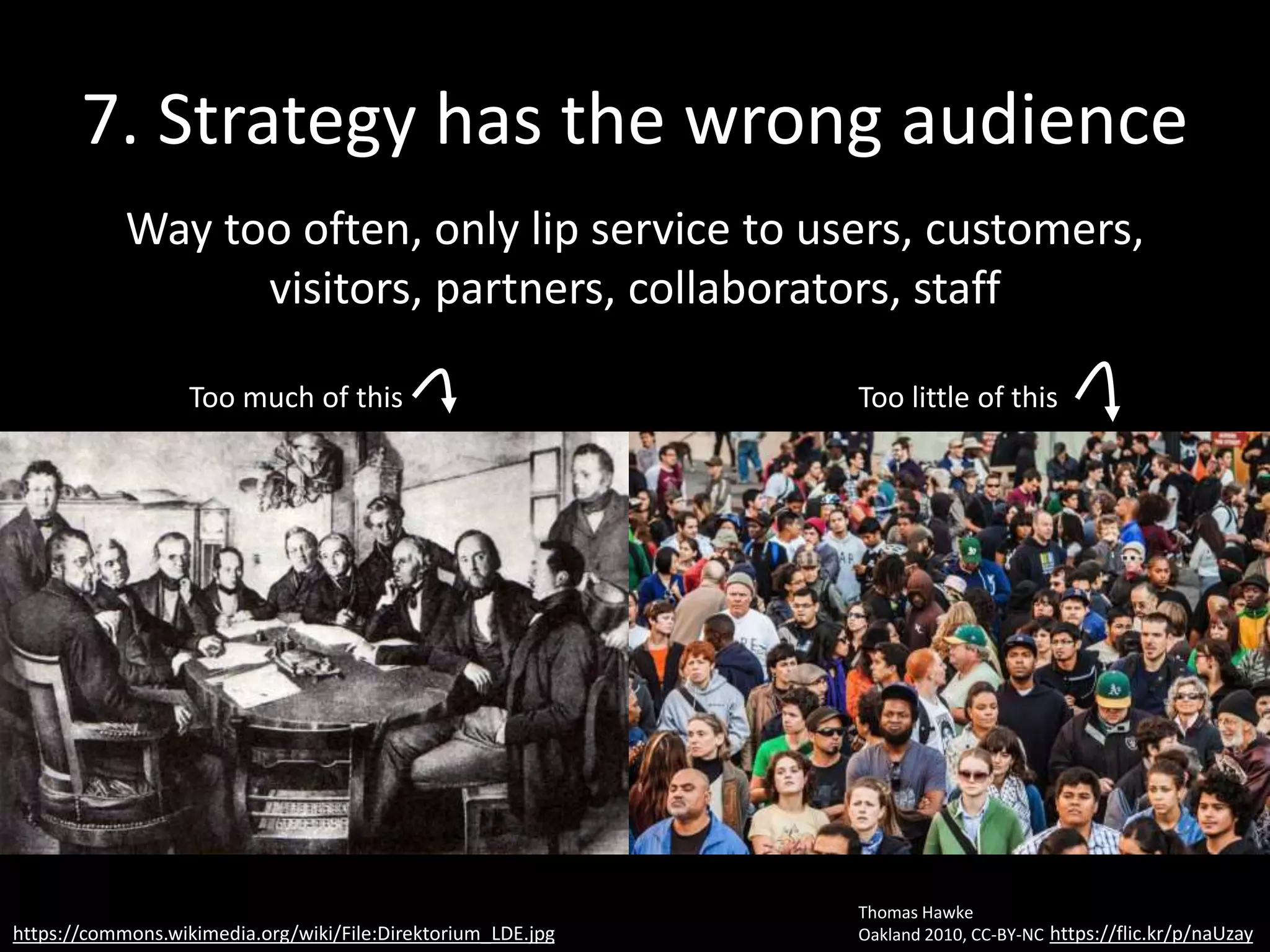
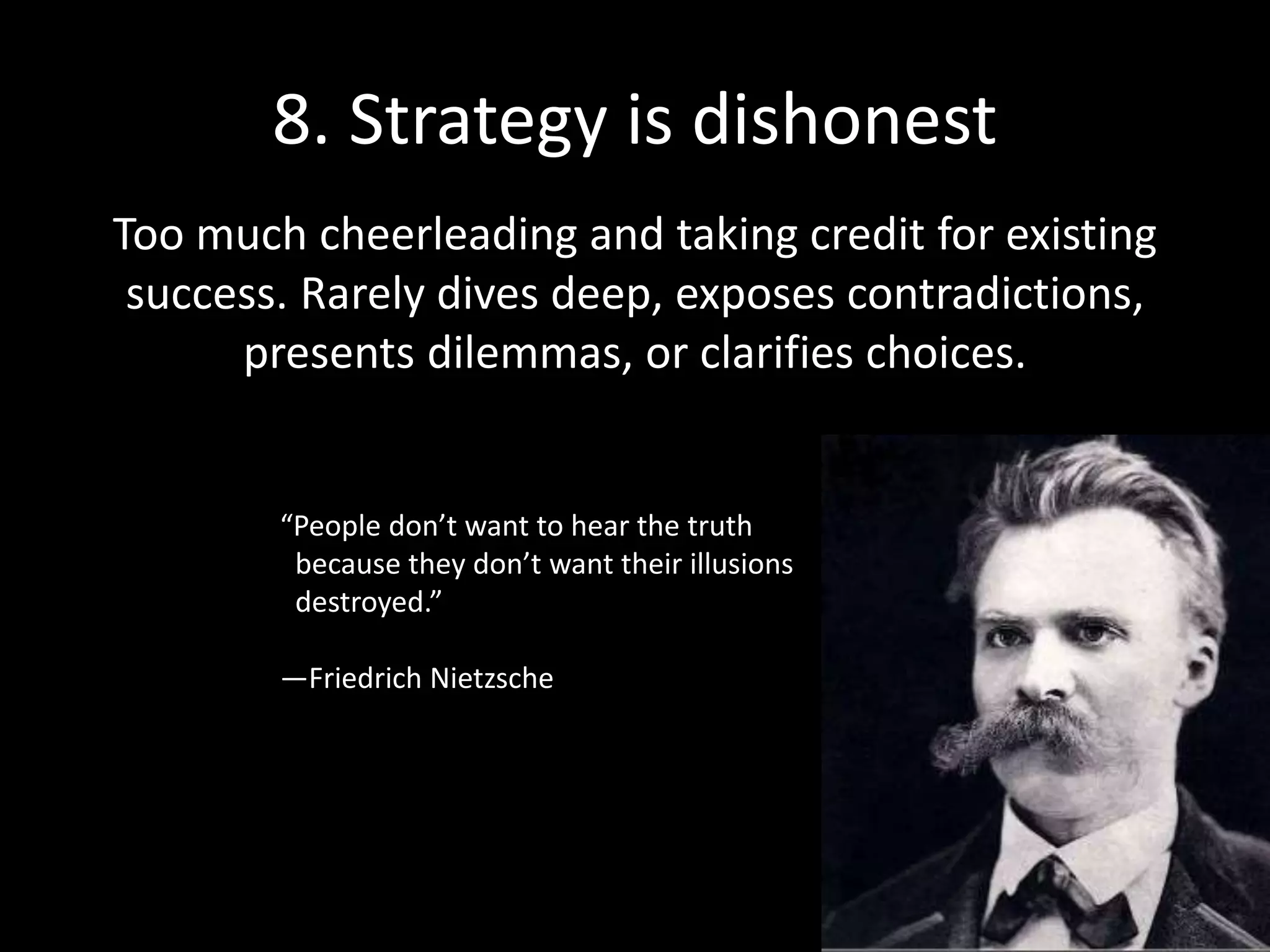

![“I had [this exchange] with every single
consulting firm I interviewed…”
Walter Kiechel III
Corporate Strategists Under Fire
Fortune magazine, December 27, 1982](https://image.slidesharecdn.com/2015-08-24thinkbigstartsmallmovefastmmexforslidesharev02-150913144416-lva1-app6892/75/Think-Big-Start-Small-Move-Fast-Digital-Strategy-in-a-Changing-World-21-2048.jpg)
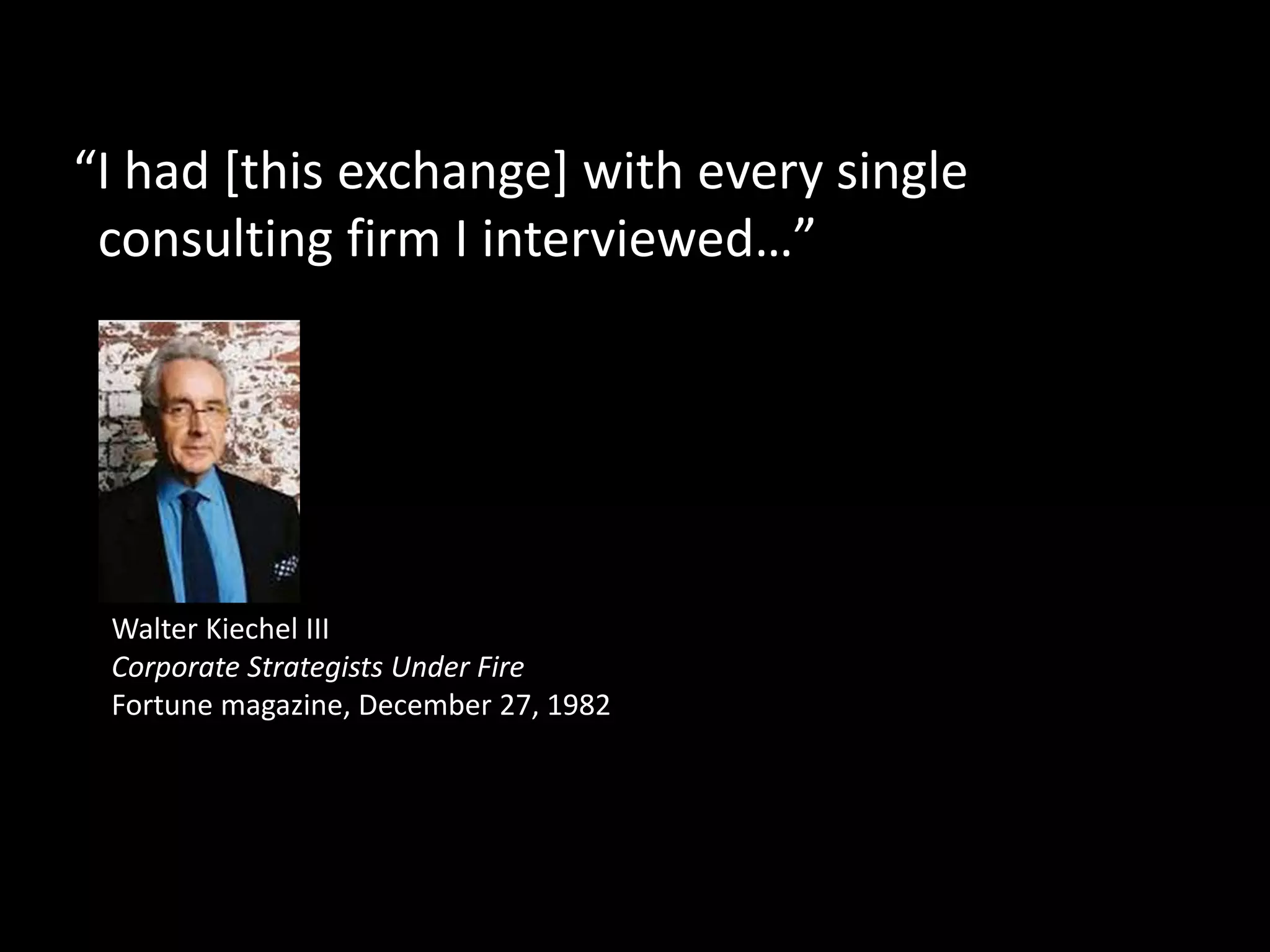
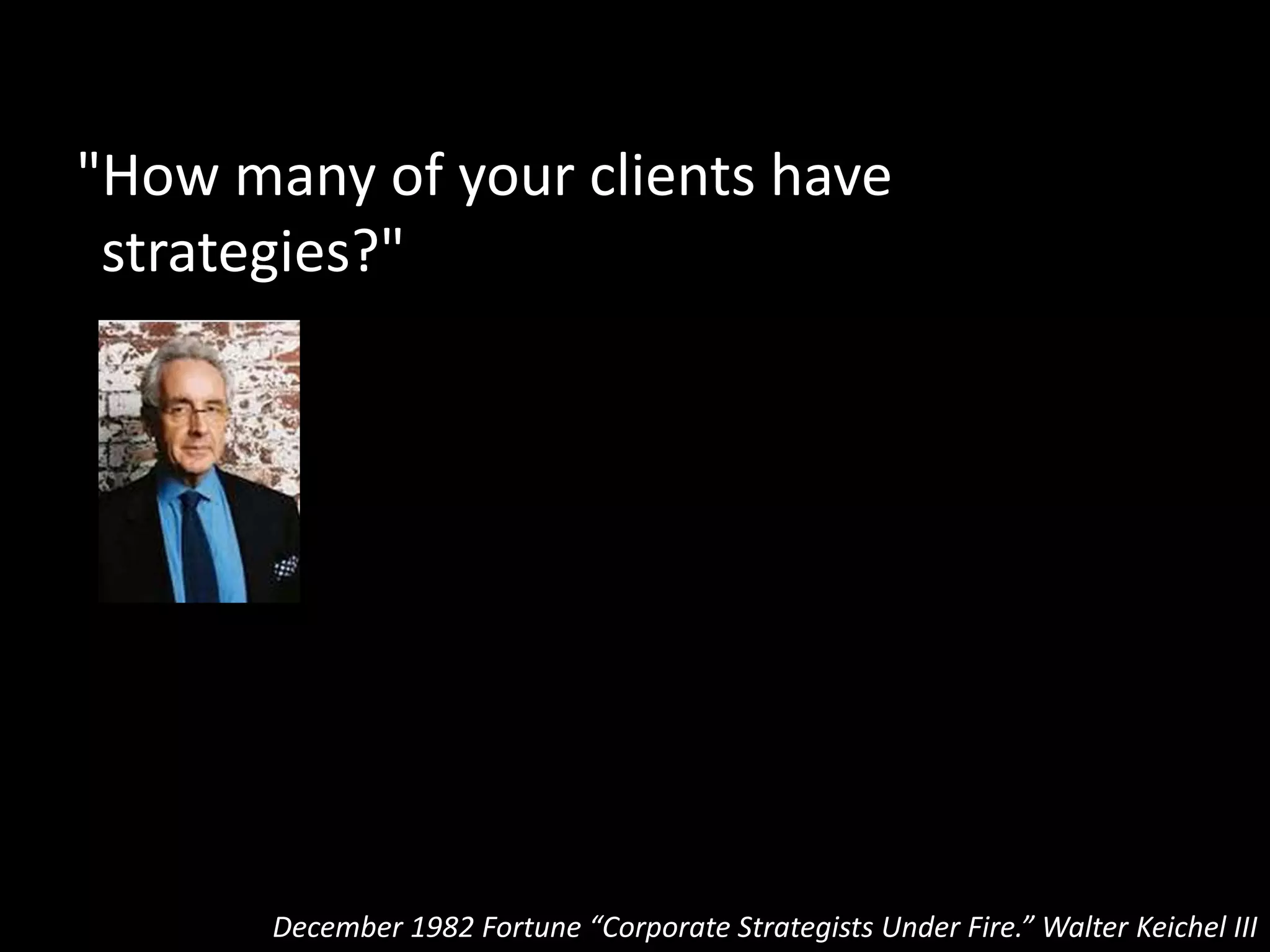
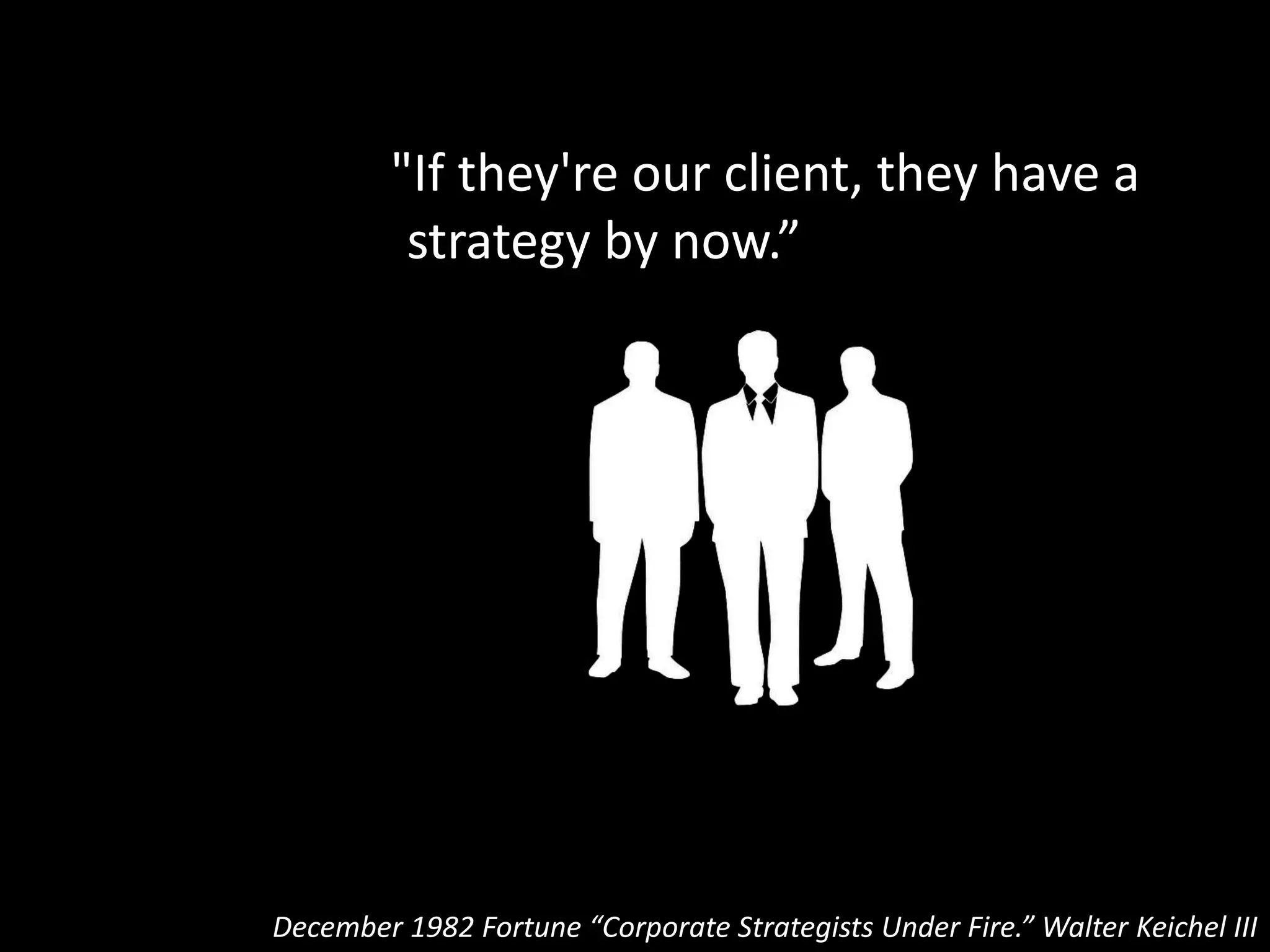
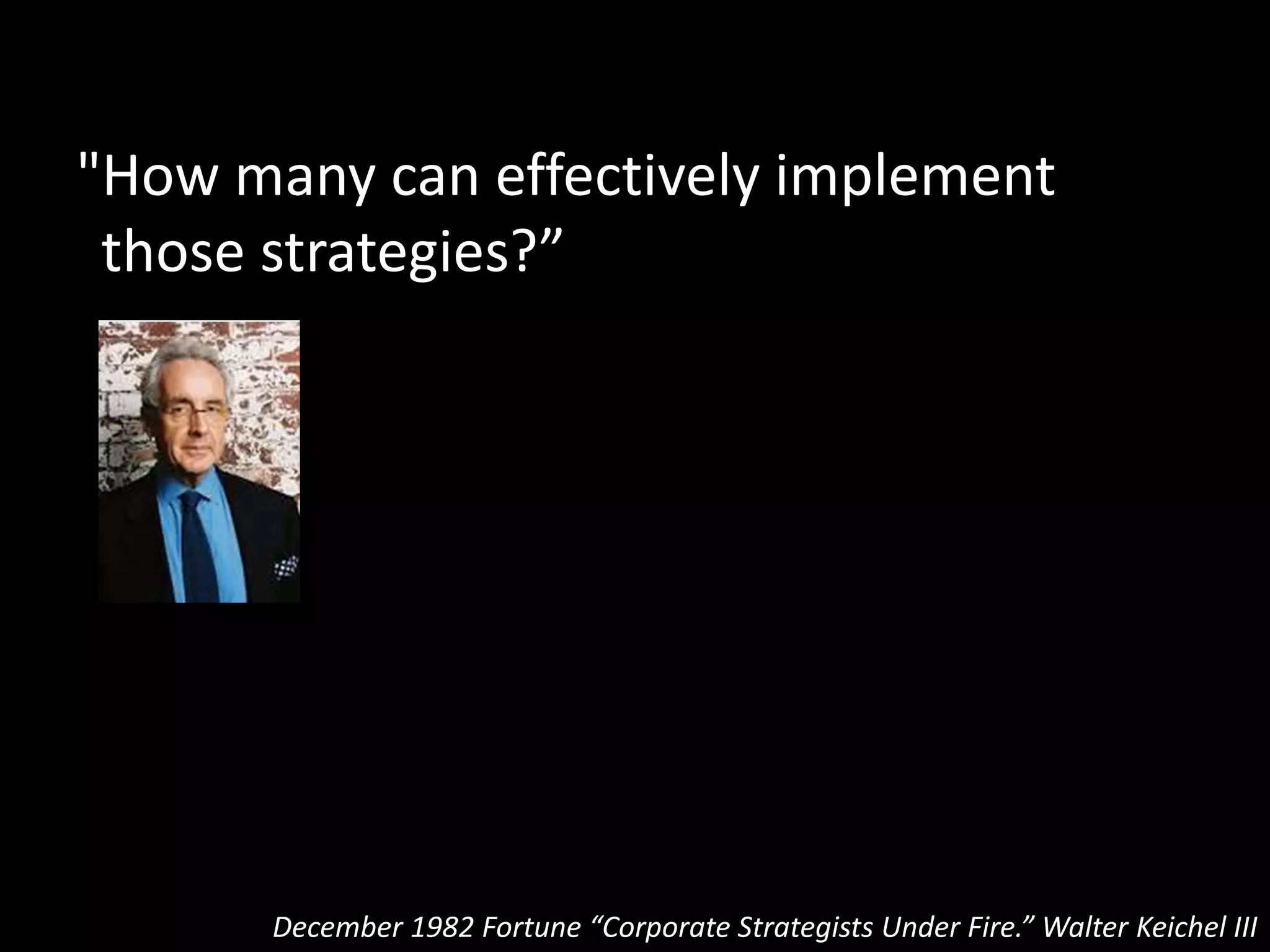
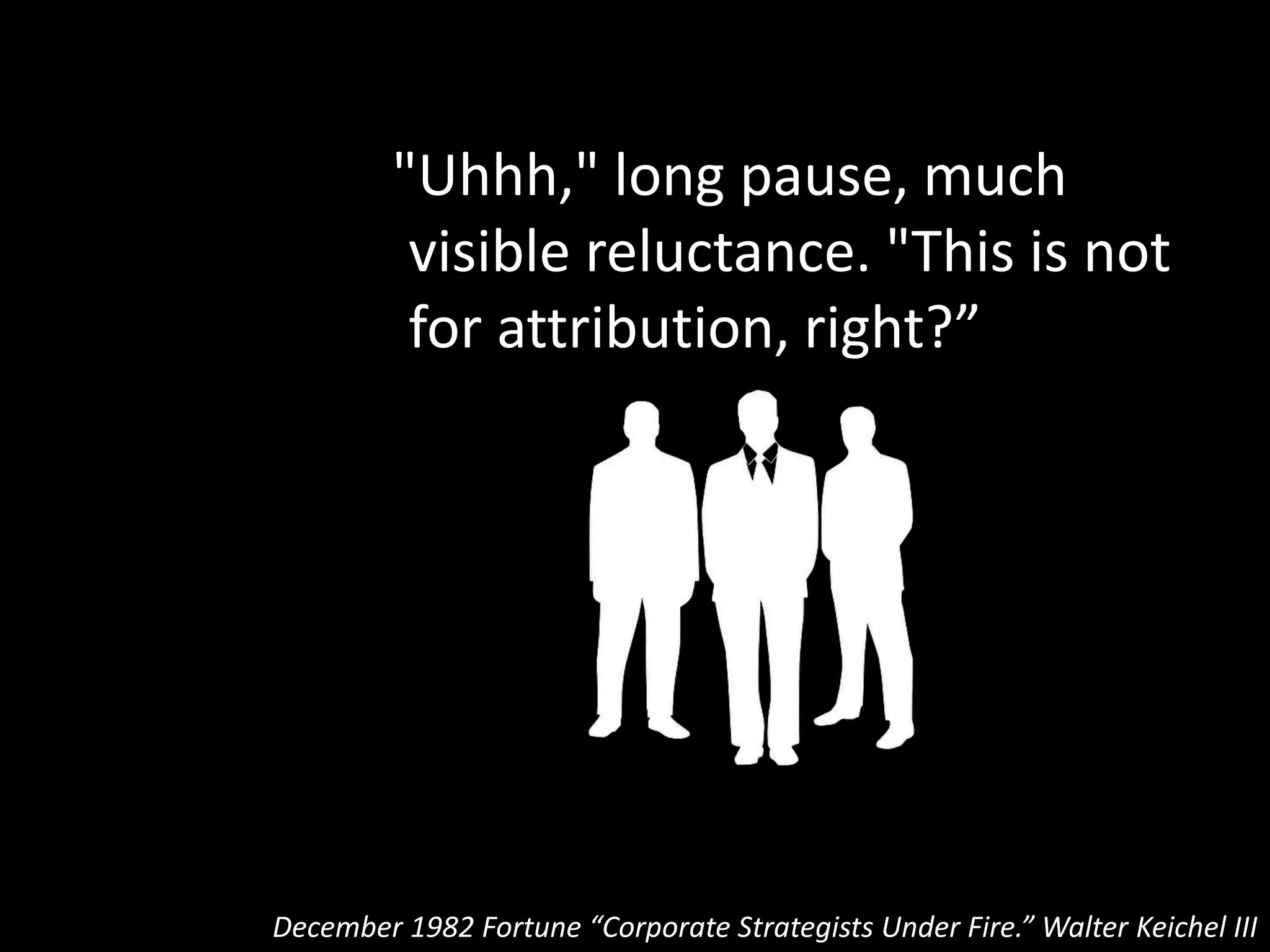
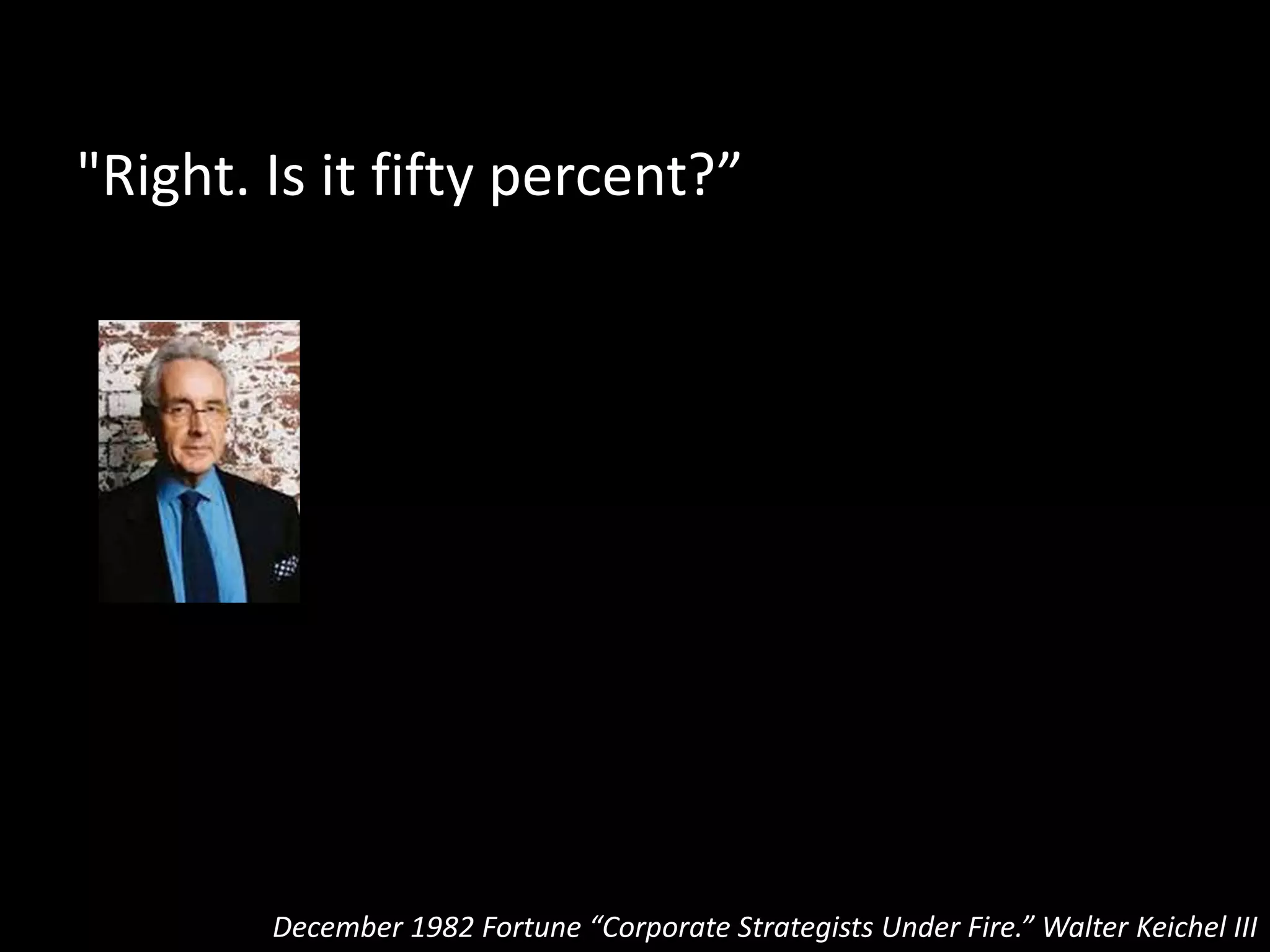
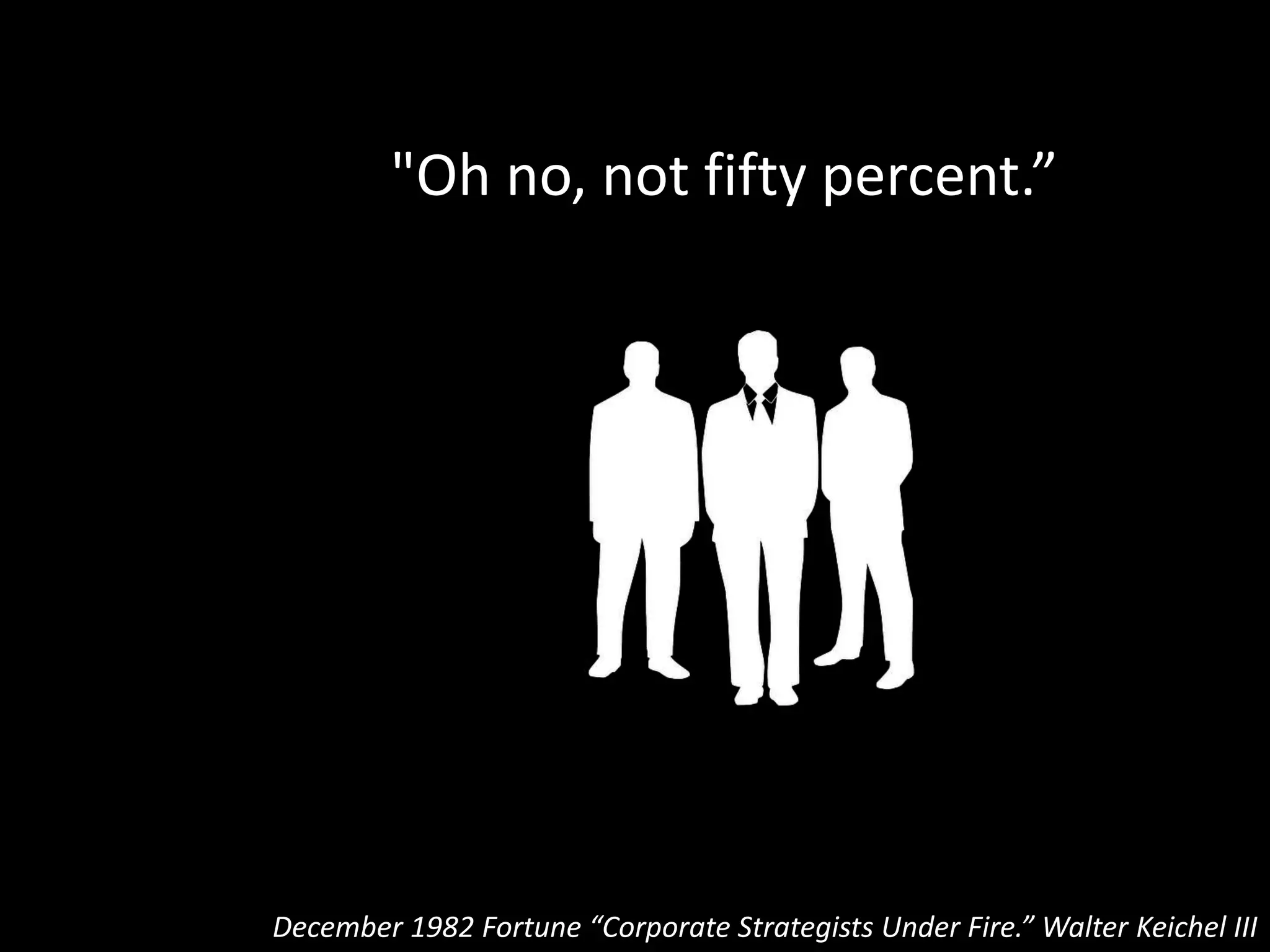
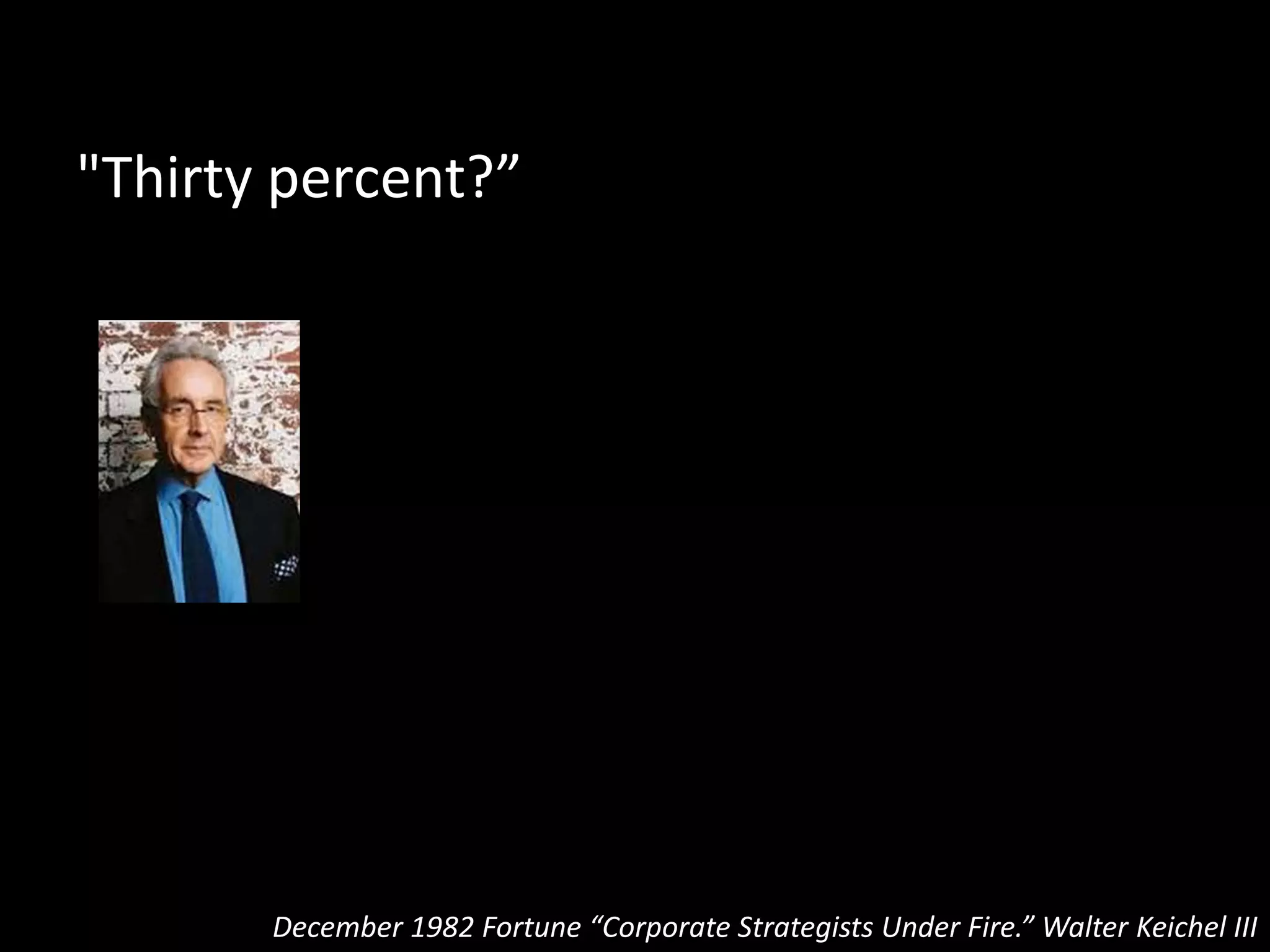
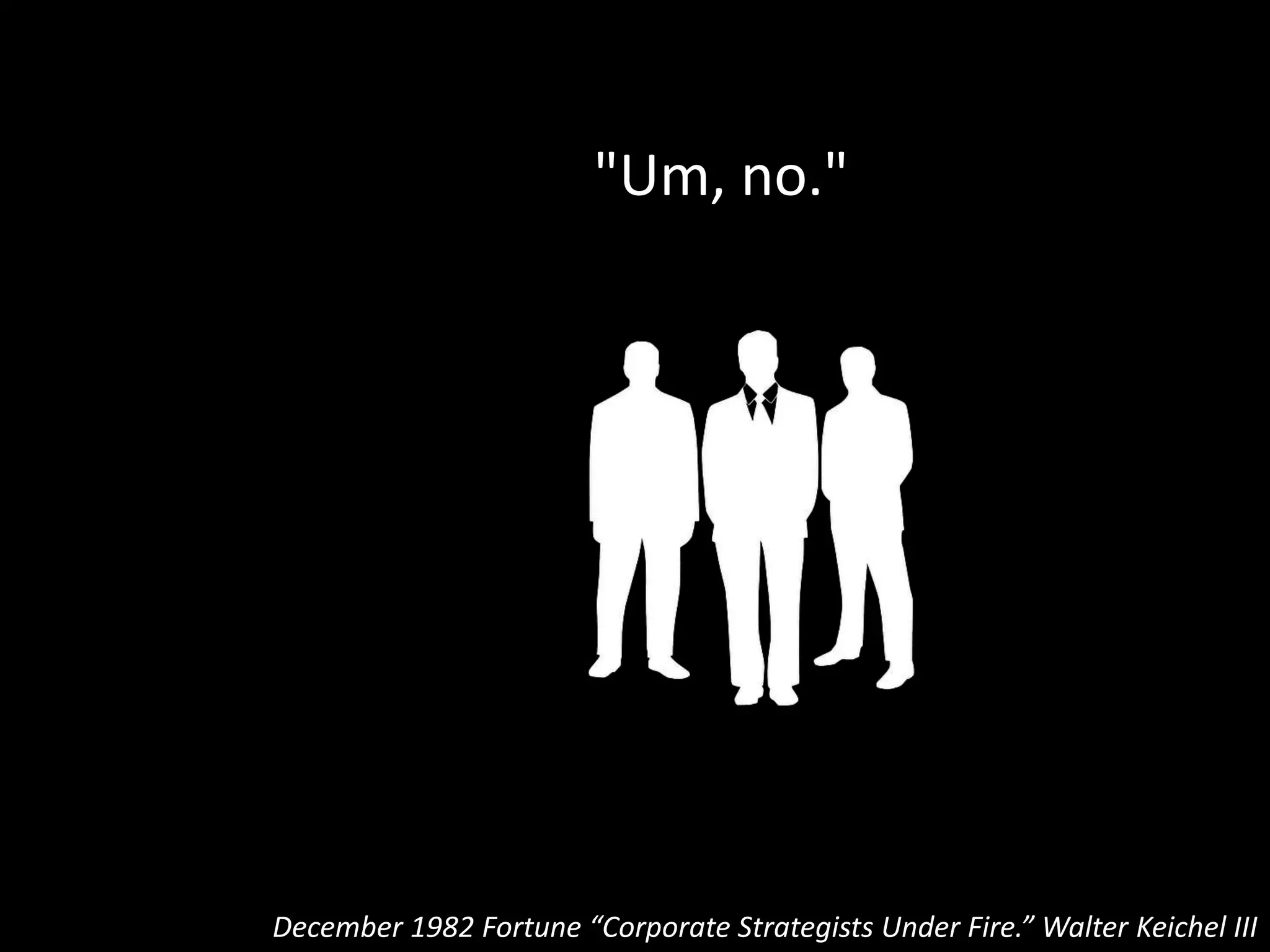
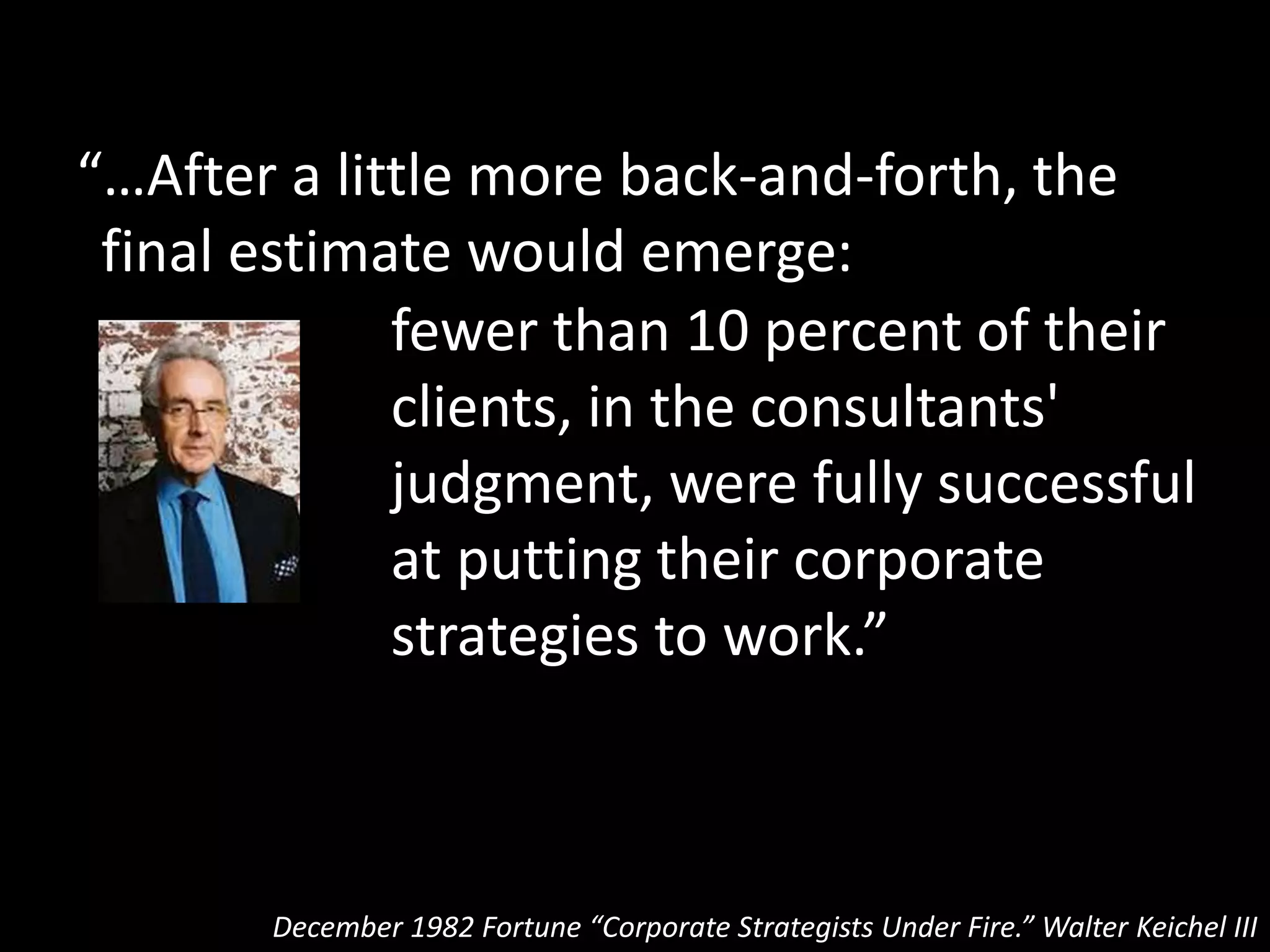
!["We could do what [the board of directors]
wanted and write a traditional business plan.
That would keep our board happy, but it would
not motivate or inspire our employees, it would
not help attract the new talent the company so
desperately needed, and it wouldn't address
the strategic dynamics of [our] brand-new
industry."
Eric Schmidt (Google chairman) and Jonathan Rosenberg
How Google Works](https://image.slidesharecdn.com/2015-08-24thinkbigstartsmallmovefastmmexforslidesharev02-150913144416-lva1-app6892/75/Think-Big-Start-Small-Move-Fast-Digital-Strategy-in-a-Changing-World-32-2048.jpg)
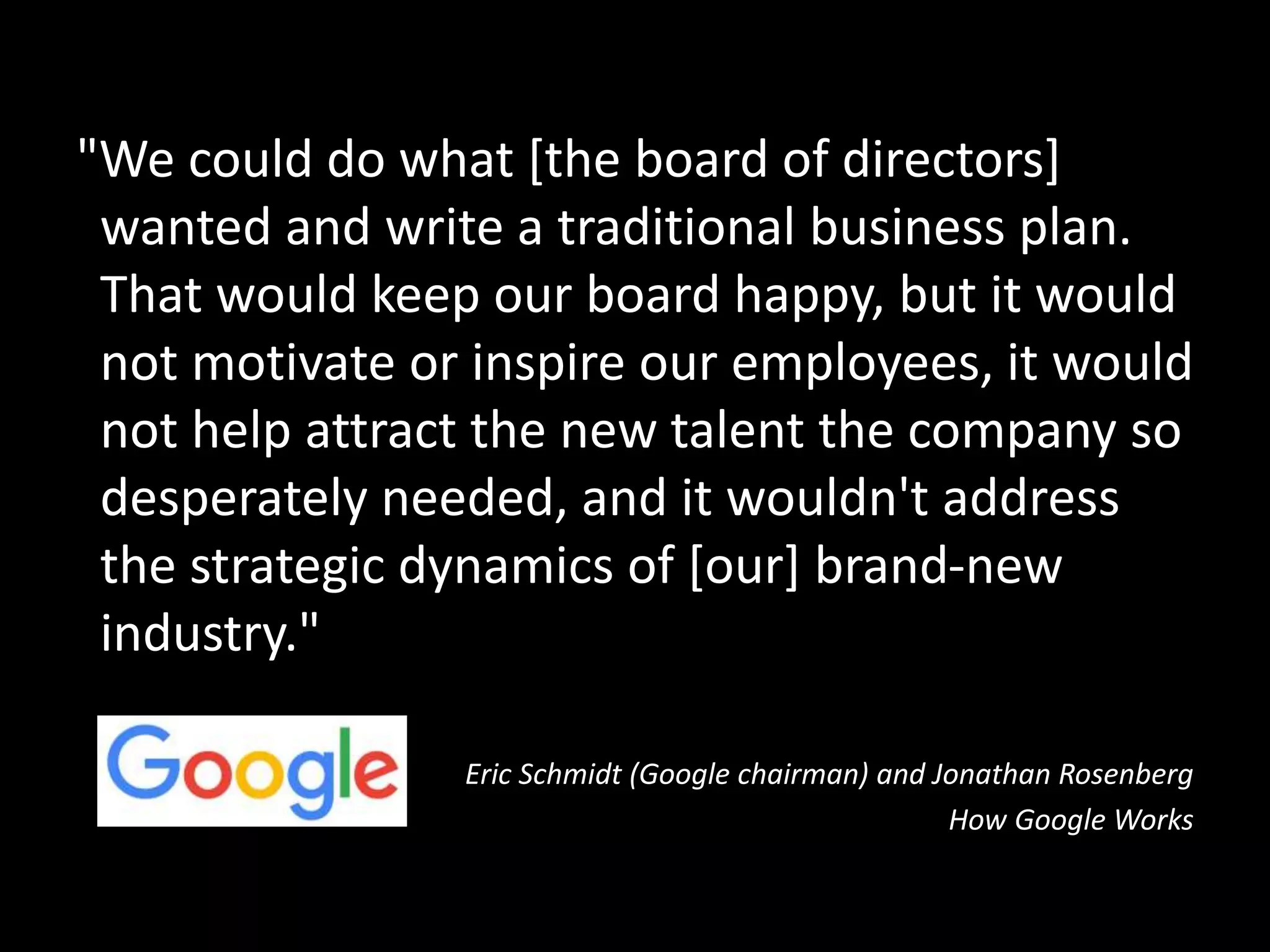
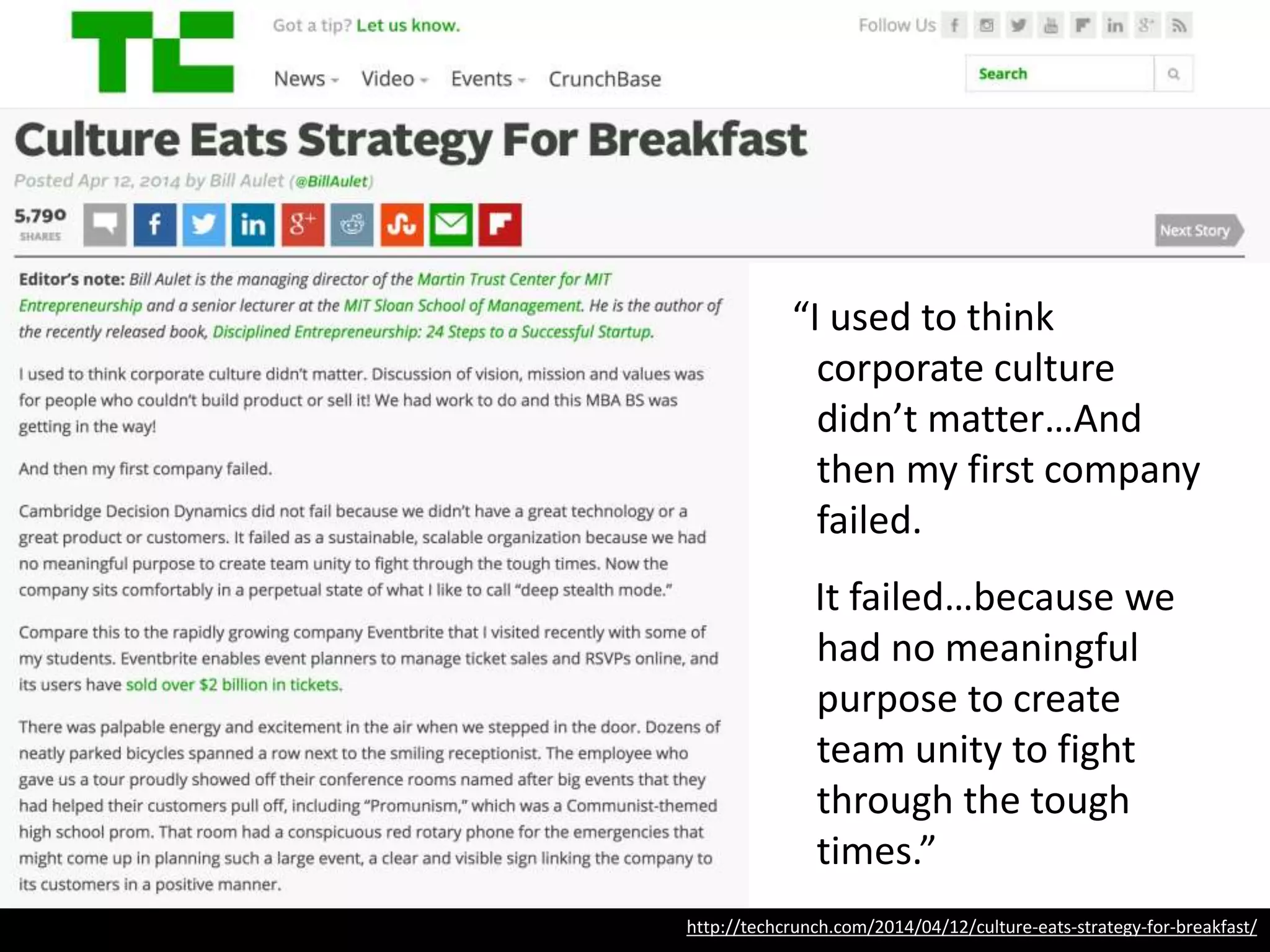
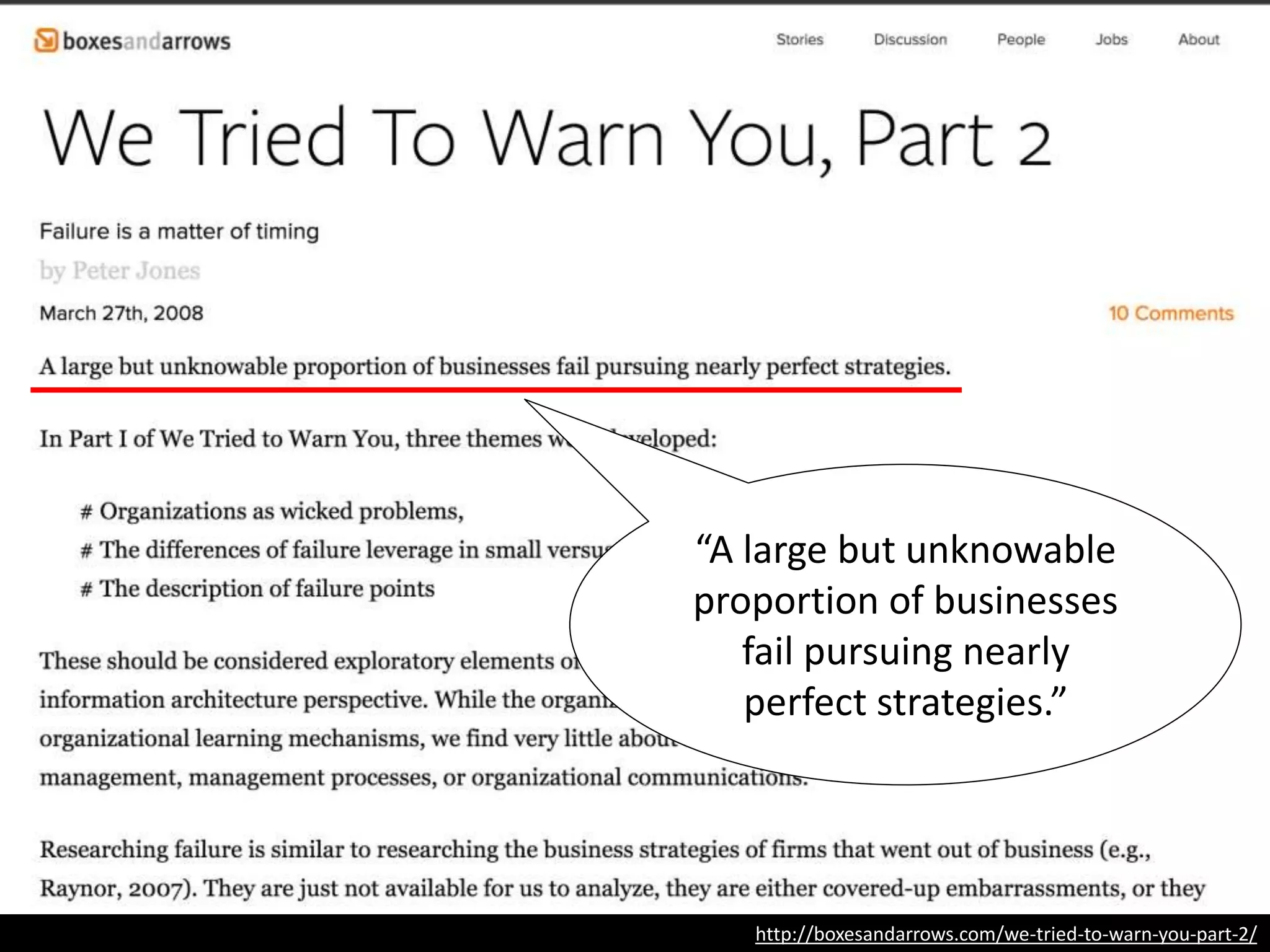
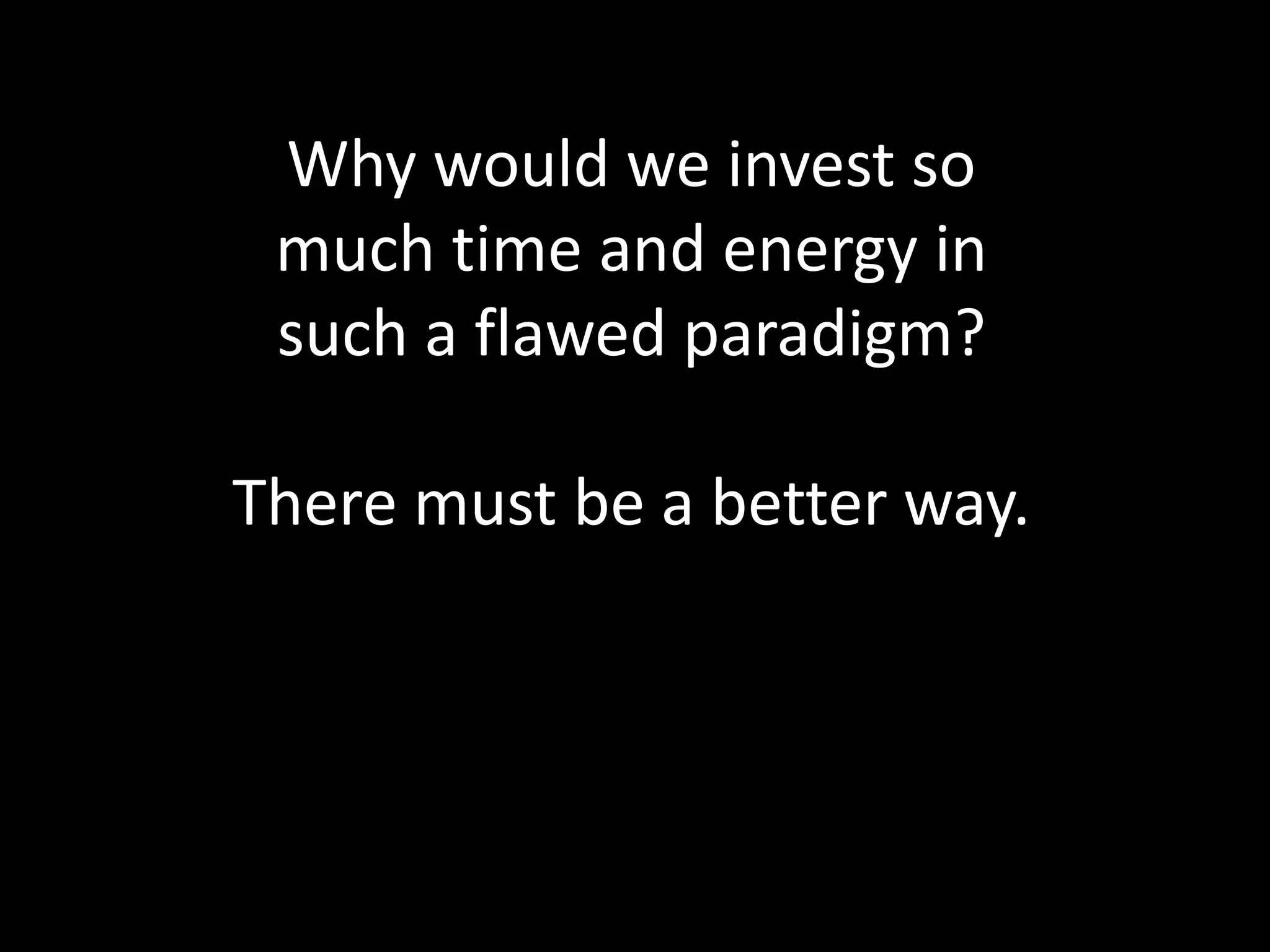
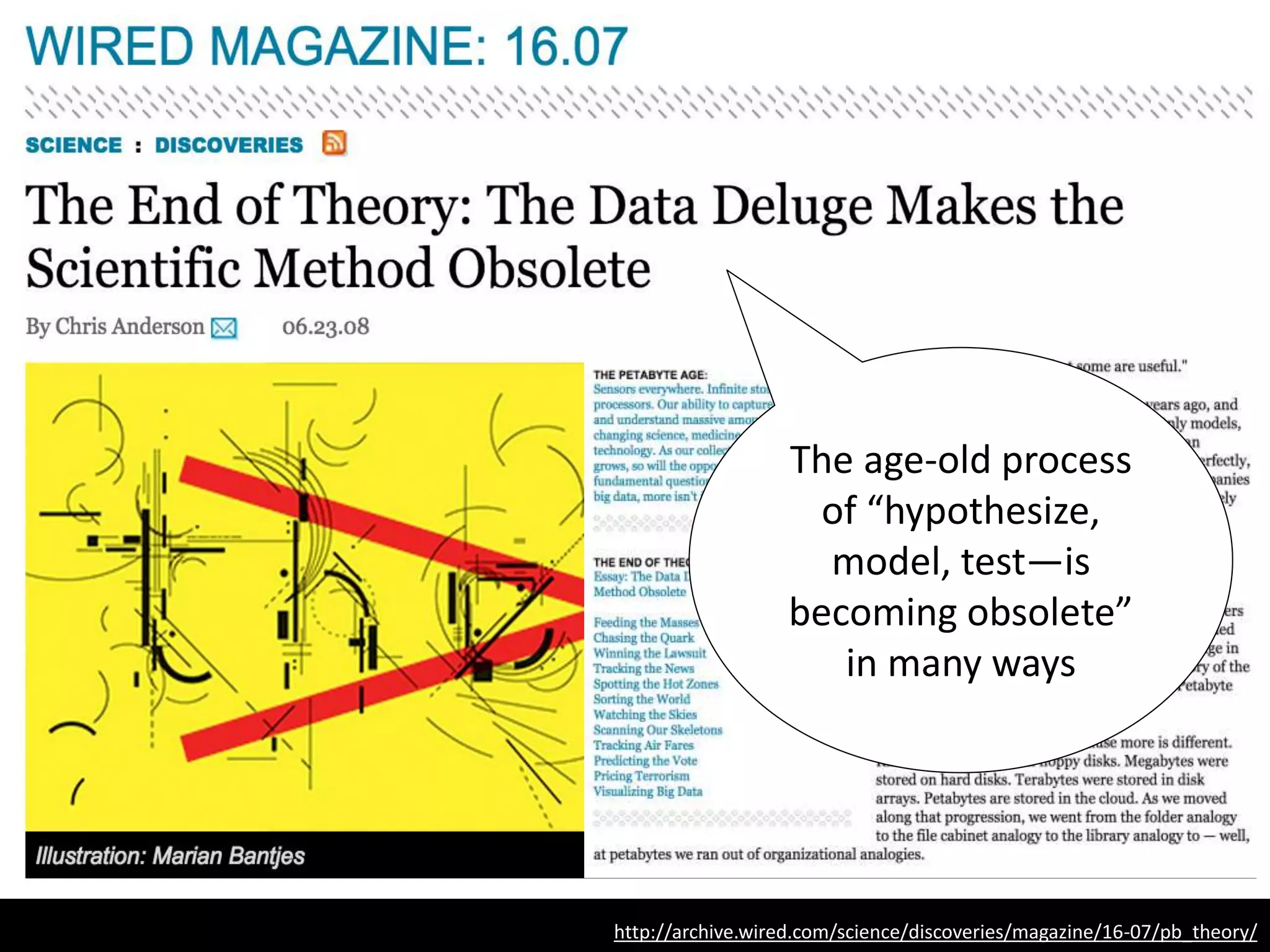
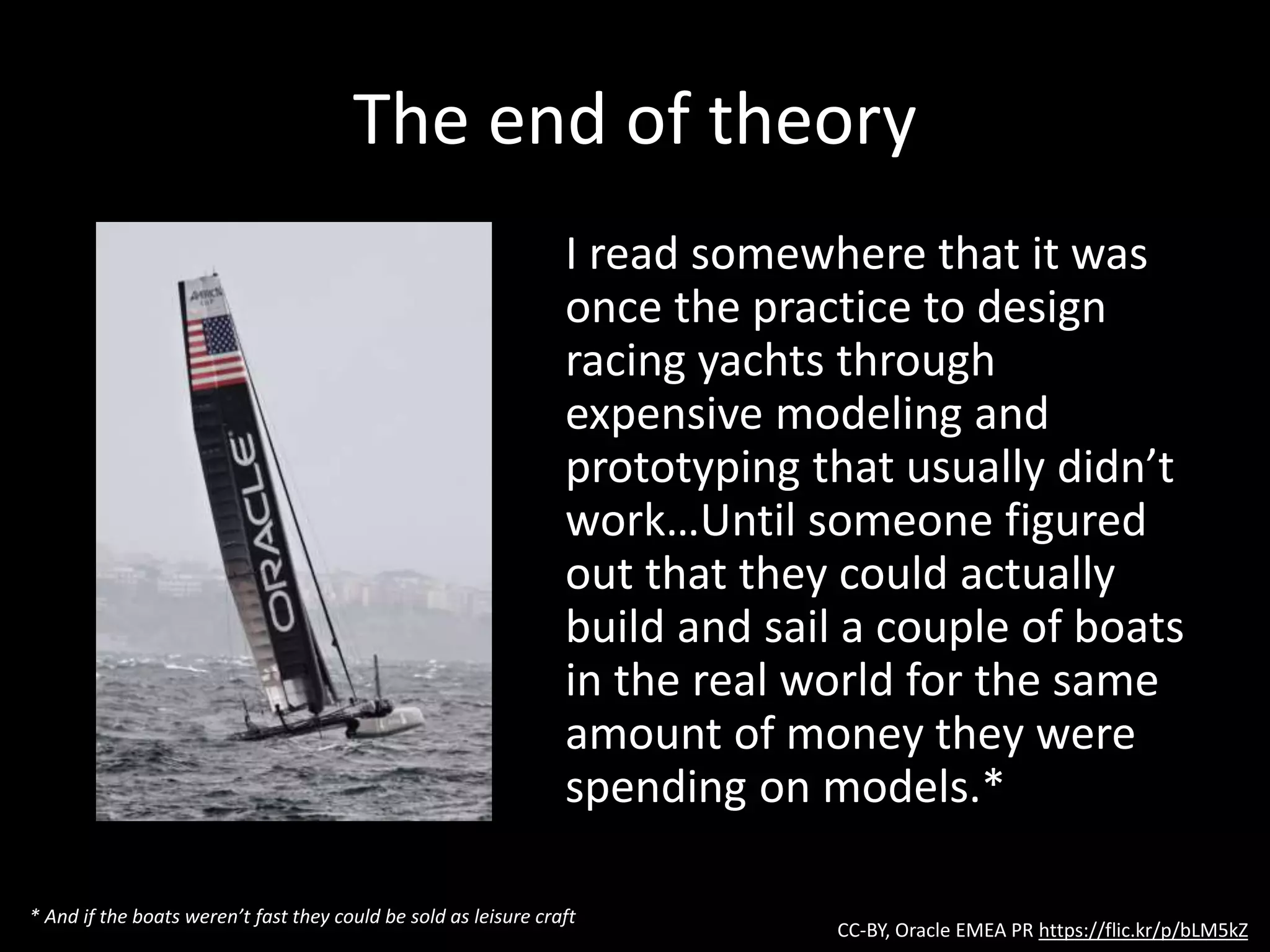
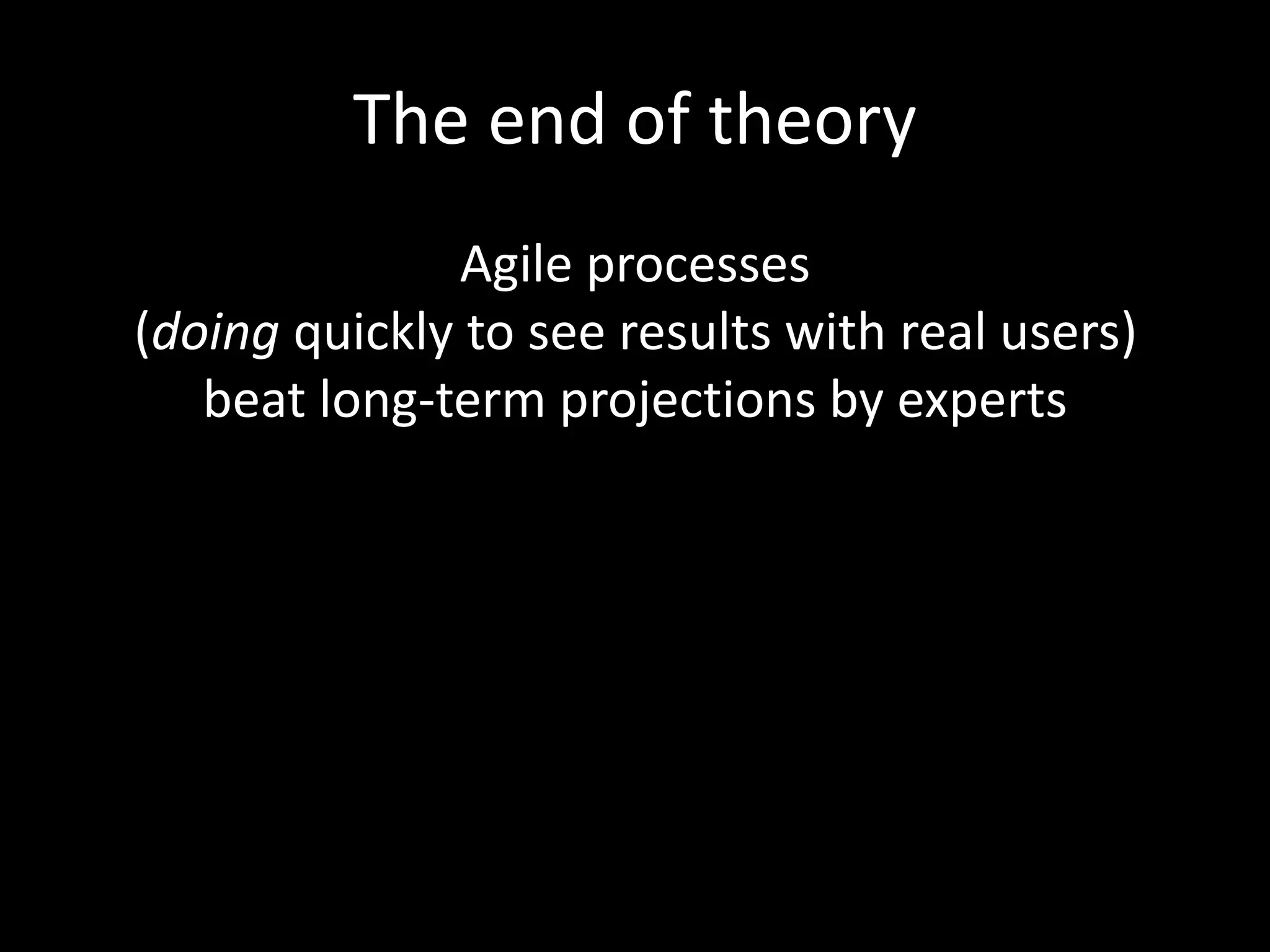
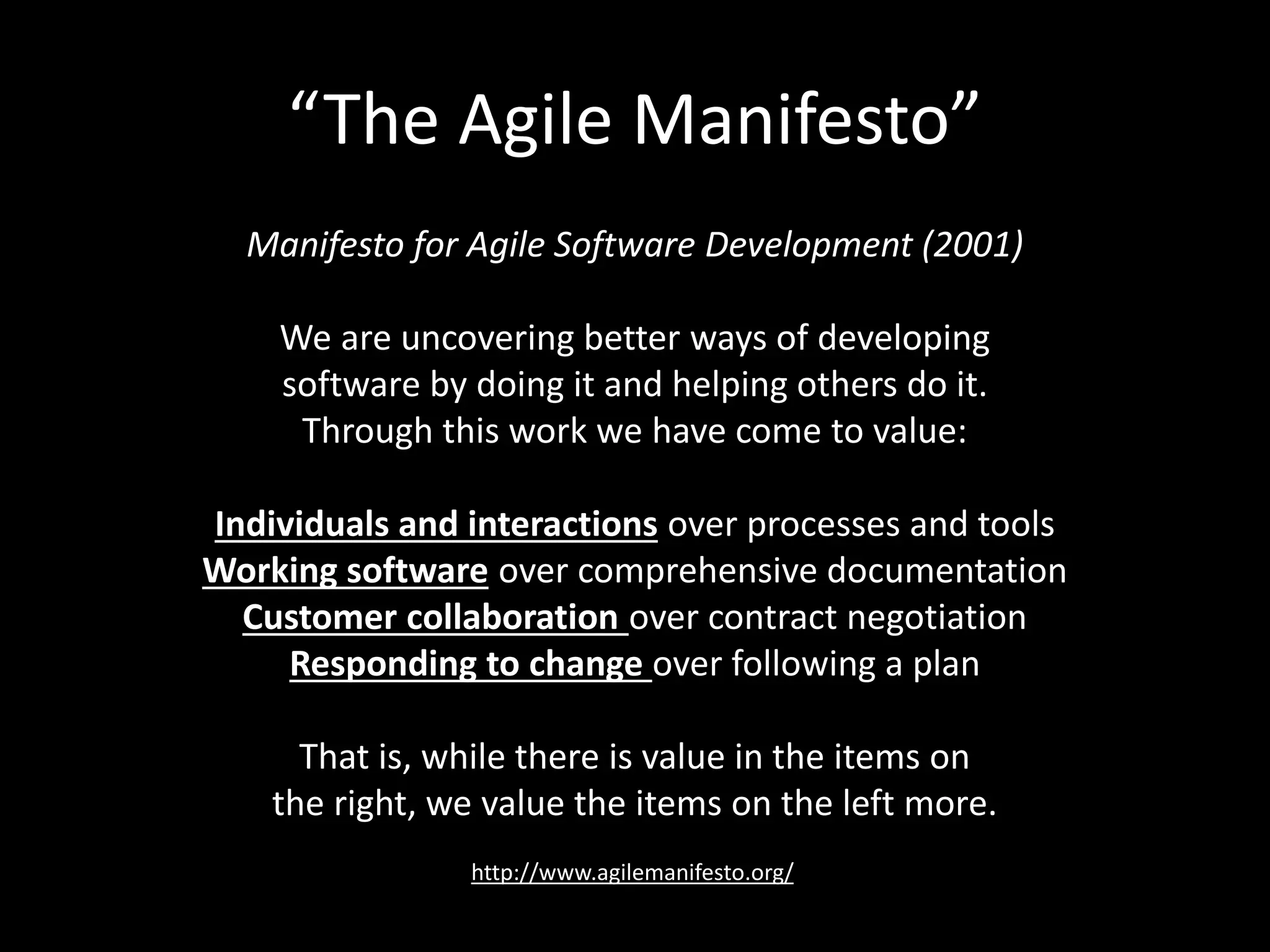
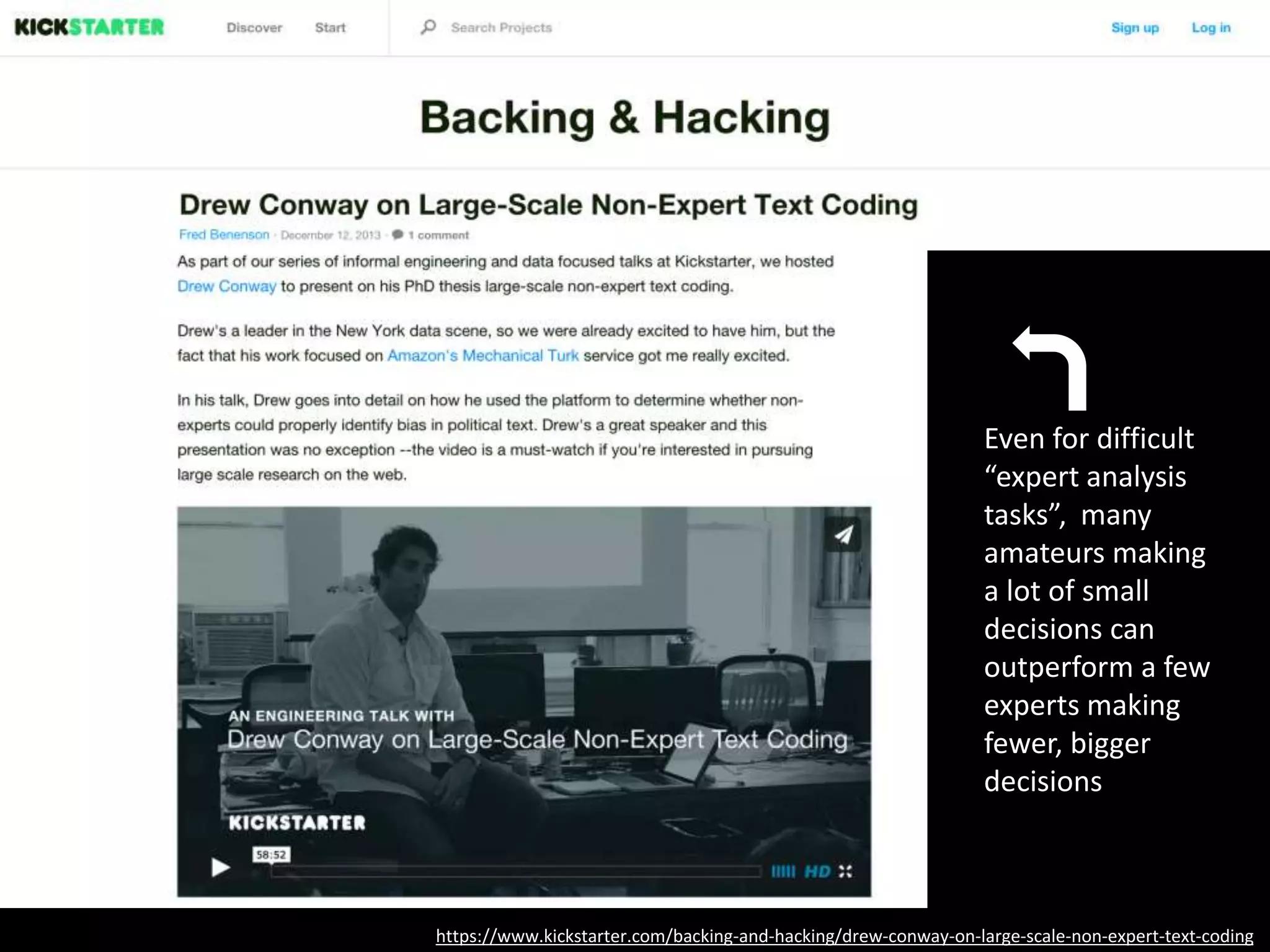
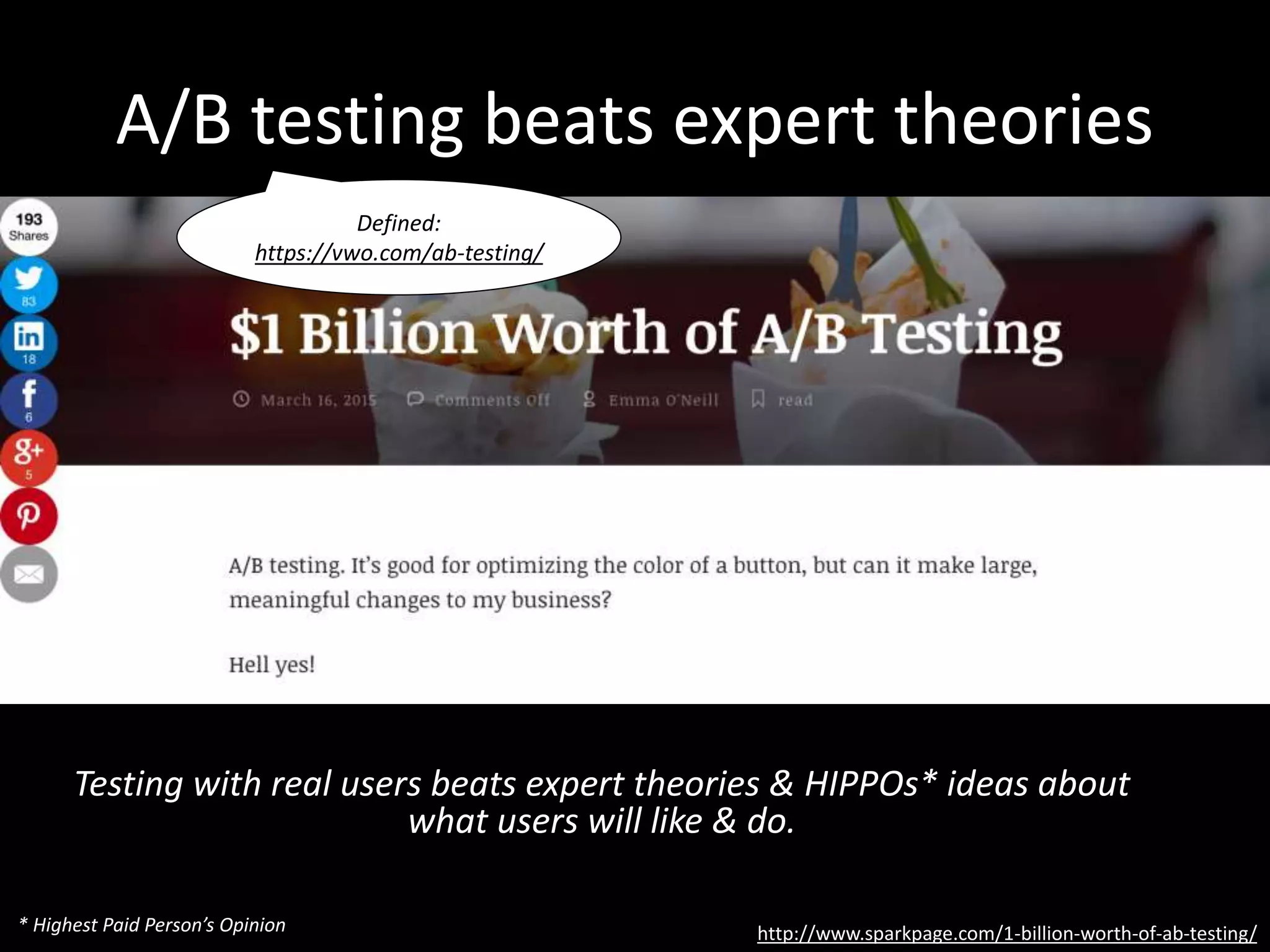
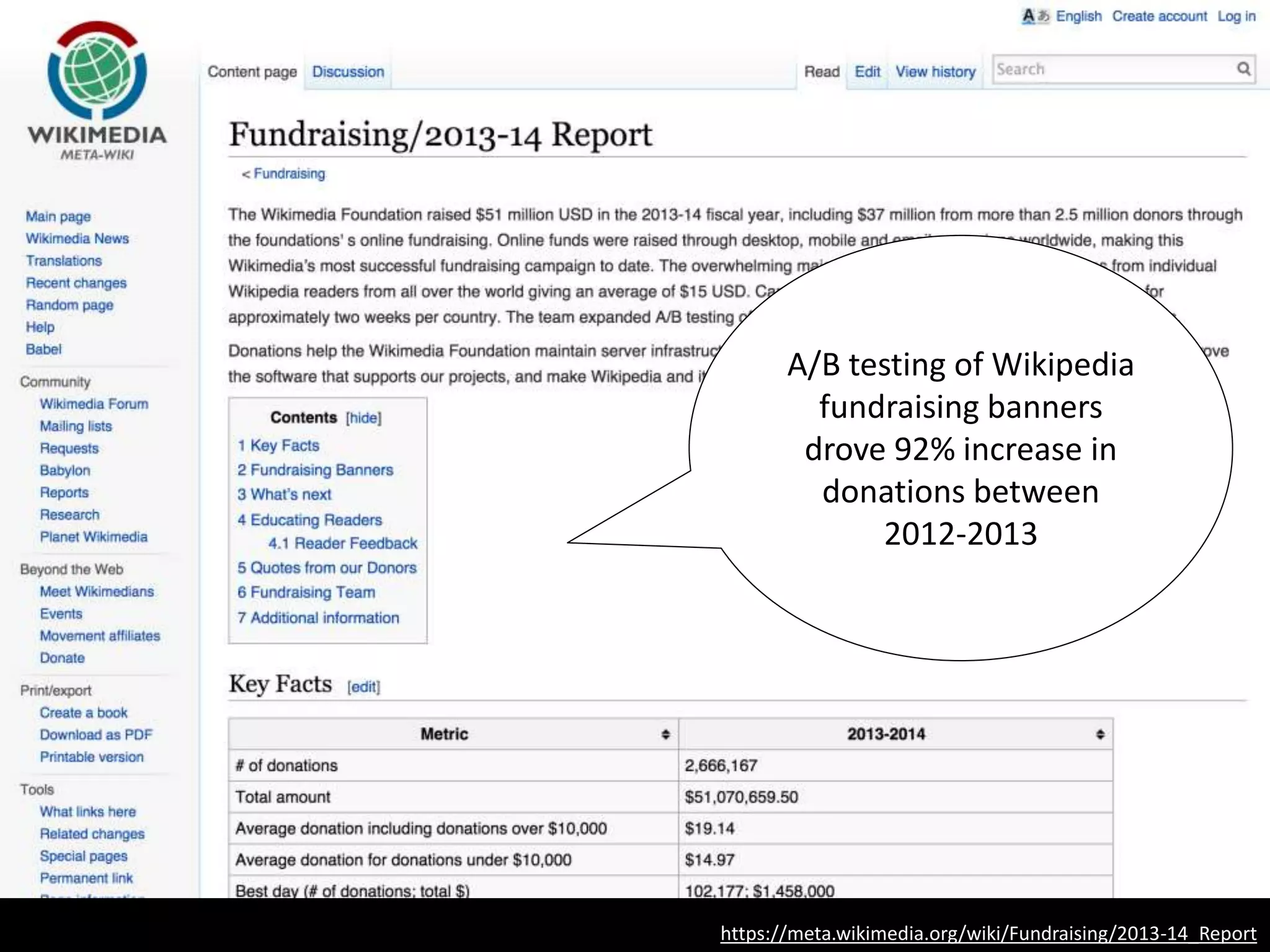

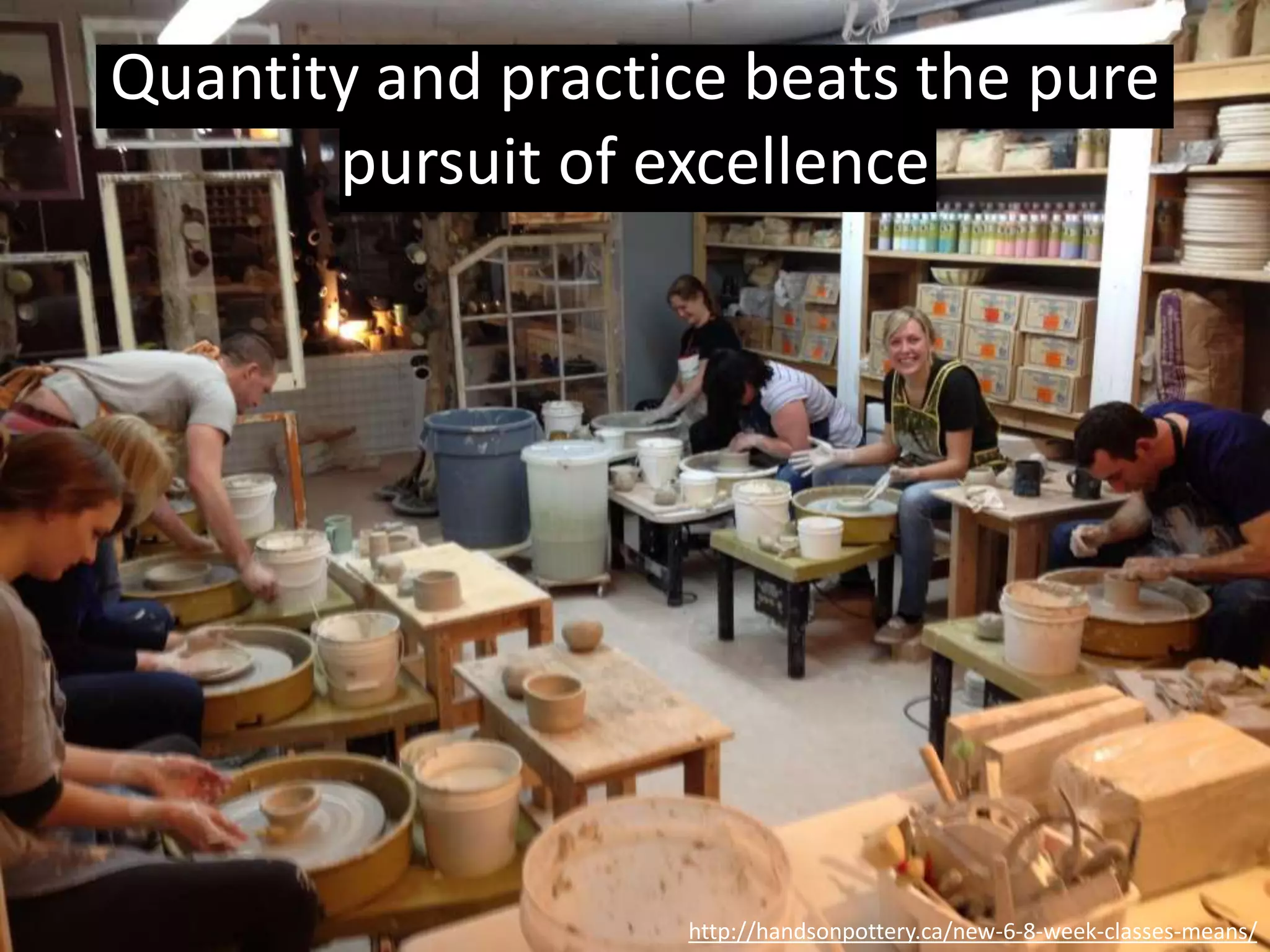
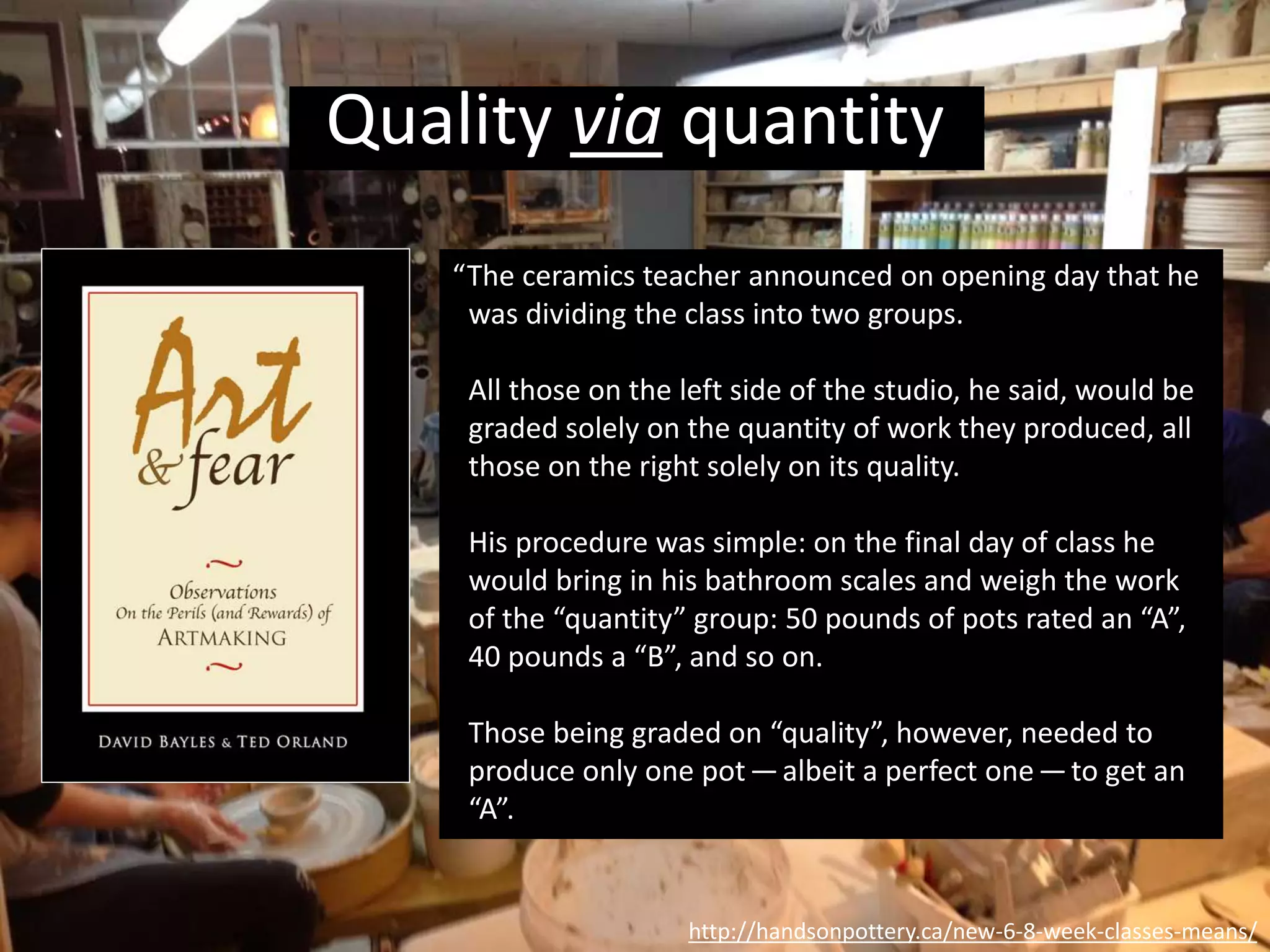
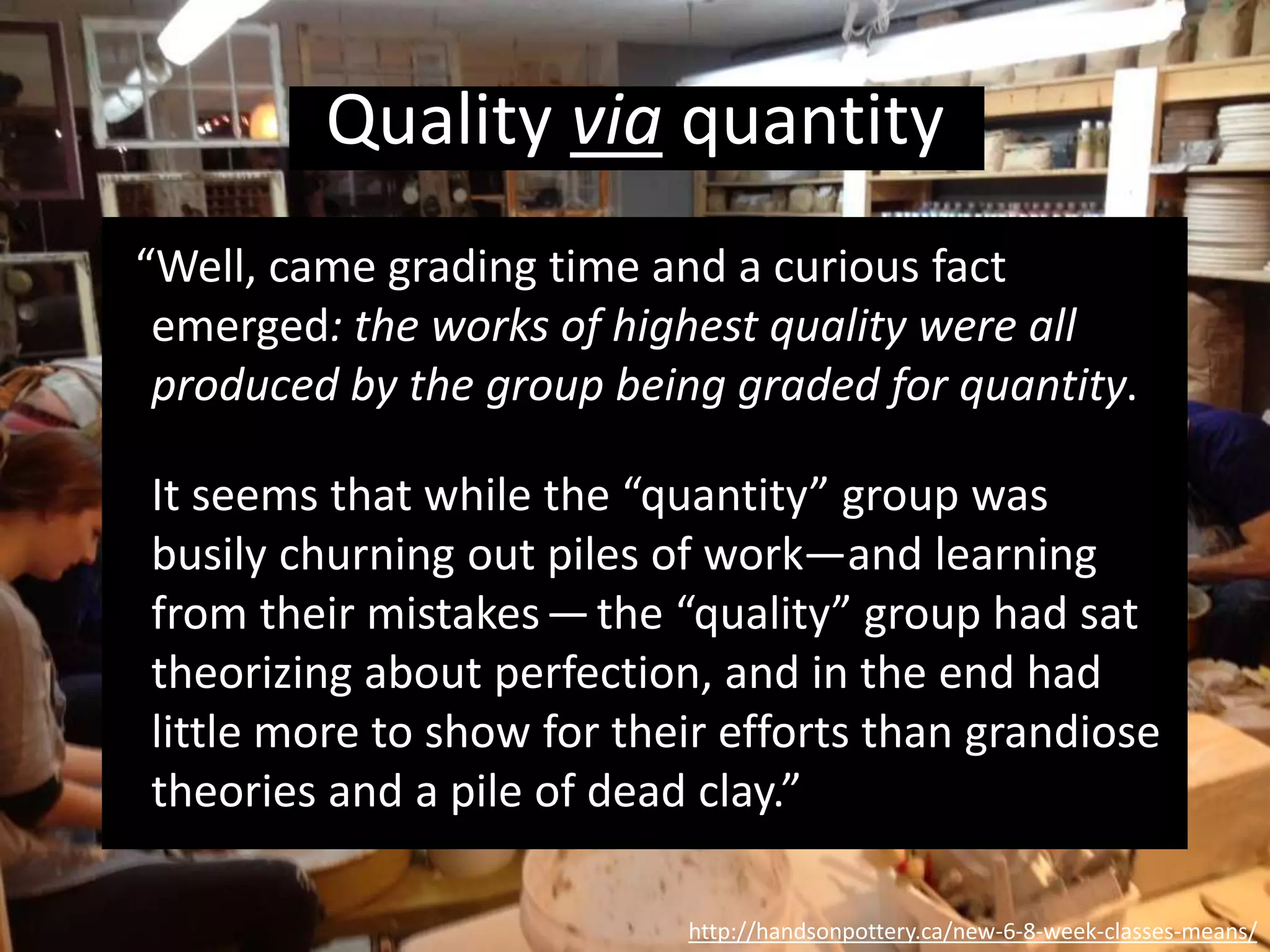

![Lars Lundqvist, Swedish National Heritage Board, 2012
On aggregating 4.2 million objects from 40 organizations and making it
available through their open API, SOCH http://www.ksamsok.se/in-english/
http://usingdata.tumblr.com/post/32333090538/swedish-open-data-badasses-exchange-between-me
Mike: Jacob - - tell us one specific badass-y thing our Swedish Humanities brothers and sisters have done
that you admire.
Jacob: Lars, tell him how many objects you have delivered to Europeana - it’s like 100 times more than
DK [Denmark] have.
Jacob: And Lars, tell Michael how many views you’ve had on Flickr…
Jacob: They have aggregated 4.2 million objects from 40 orgs, content that is available through their
open API - - BOOM!
Lars: Well, we try to *do* things. And surprisingly often you become a badass by just trying to do things](https://image.slidesharecdn.com/2015-08-24thinkbigstartsmallmovefastmmexforslidesharev02-150913144416-lva1-app6892/75/Think-Big-Start-Small-Move-Fast-Digital-Strategy-in-a-Changing-World-49-2048.jpg)
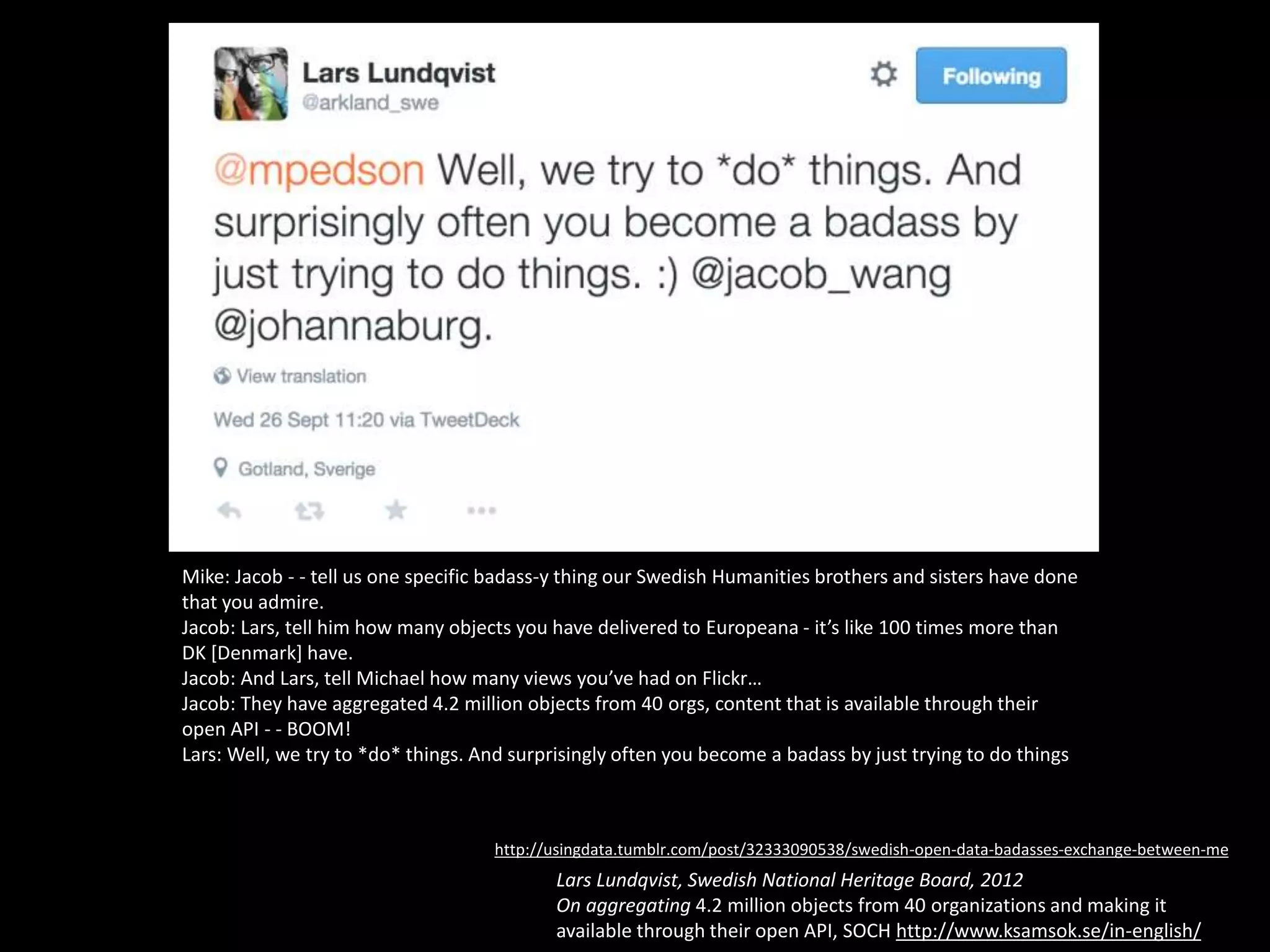
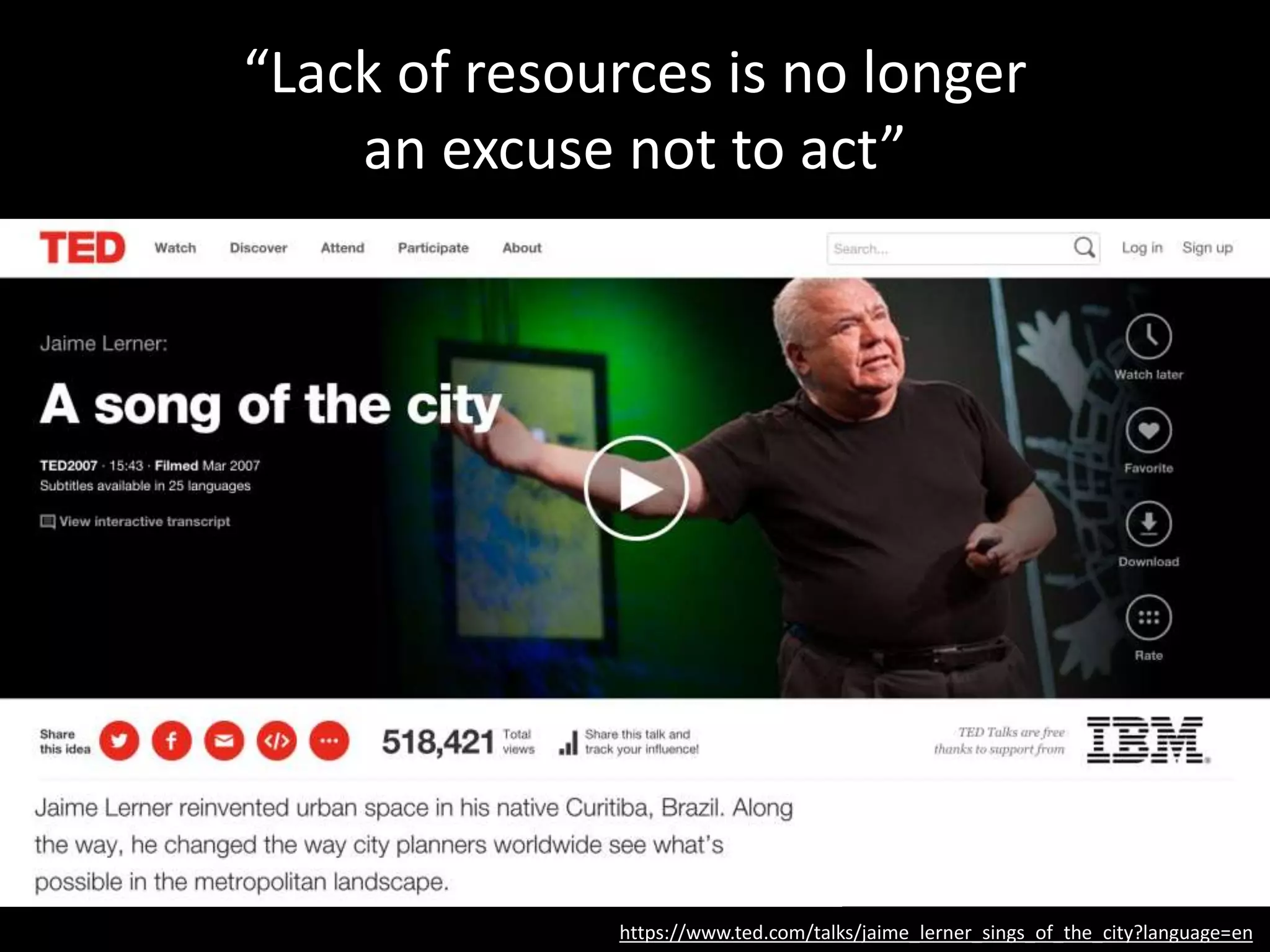
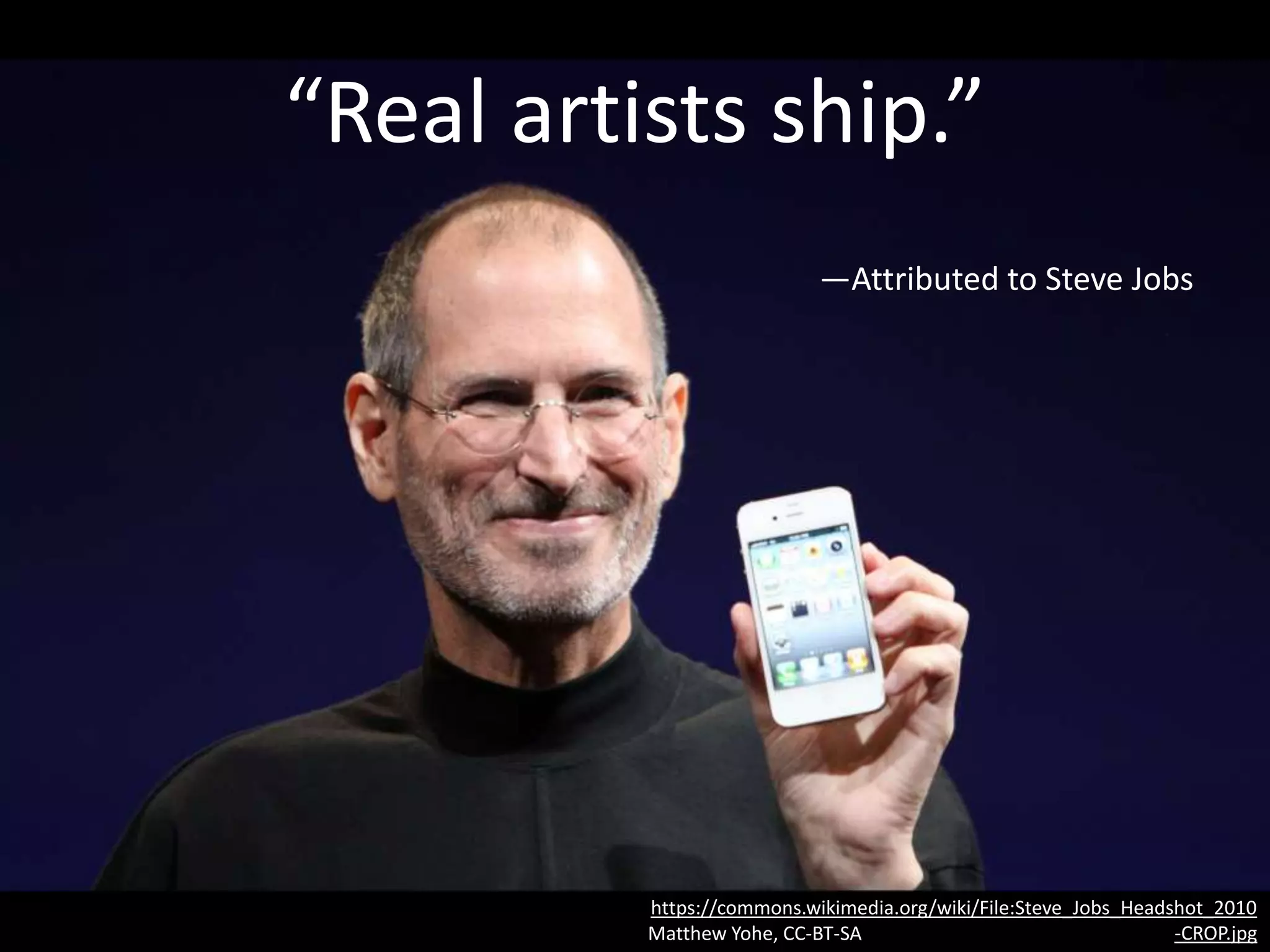
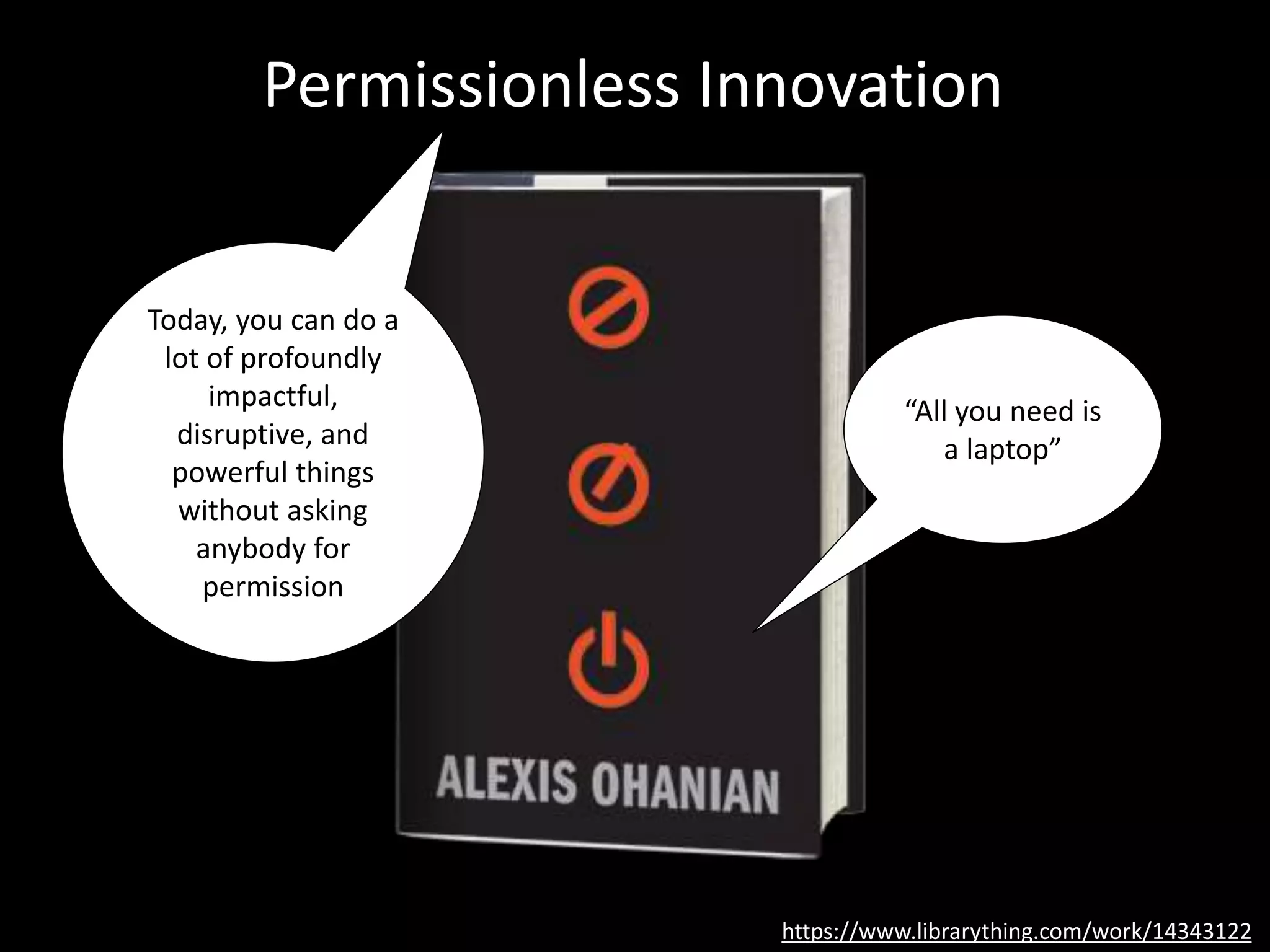
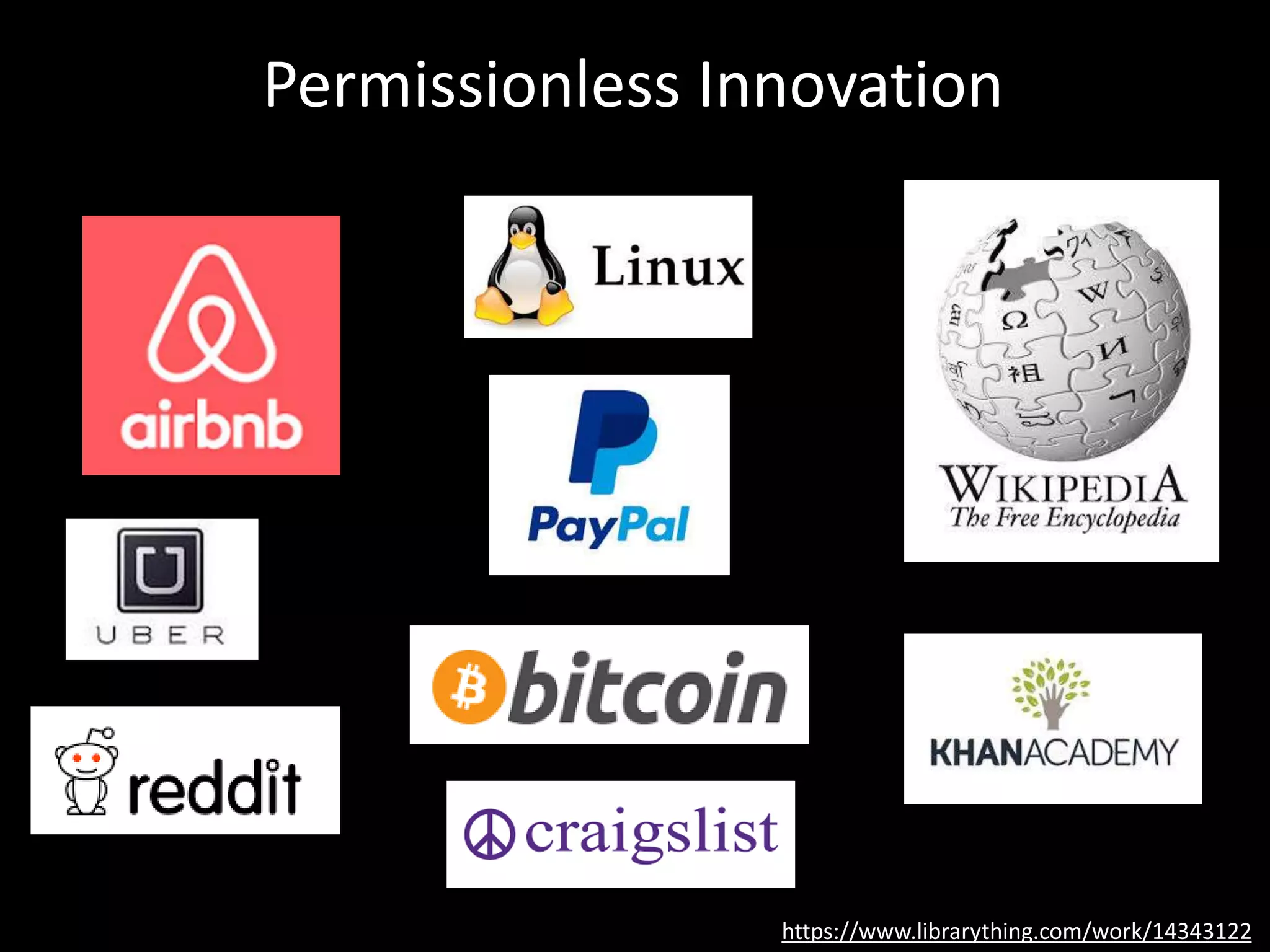
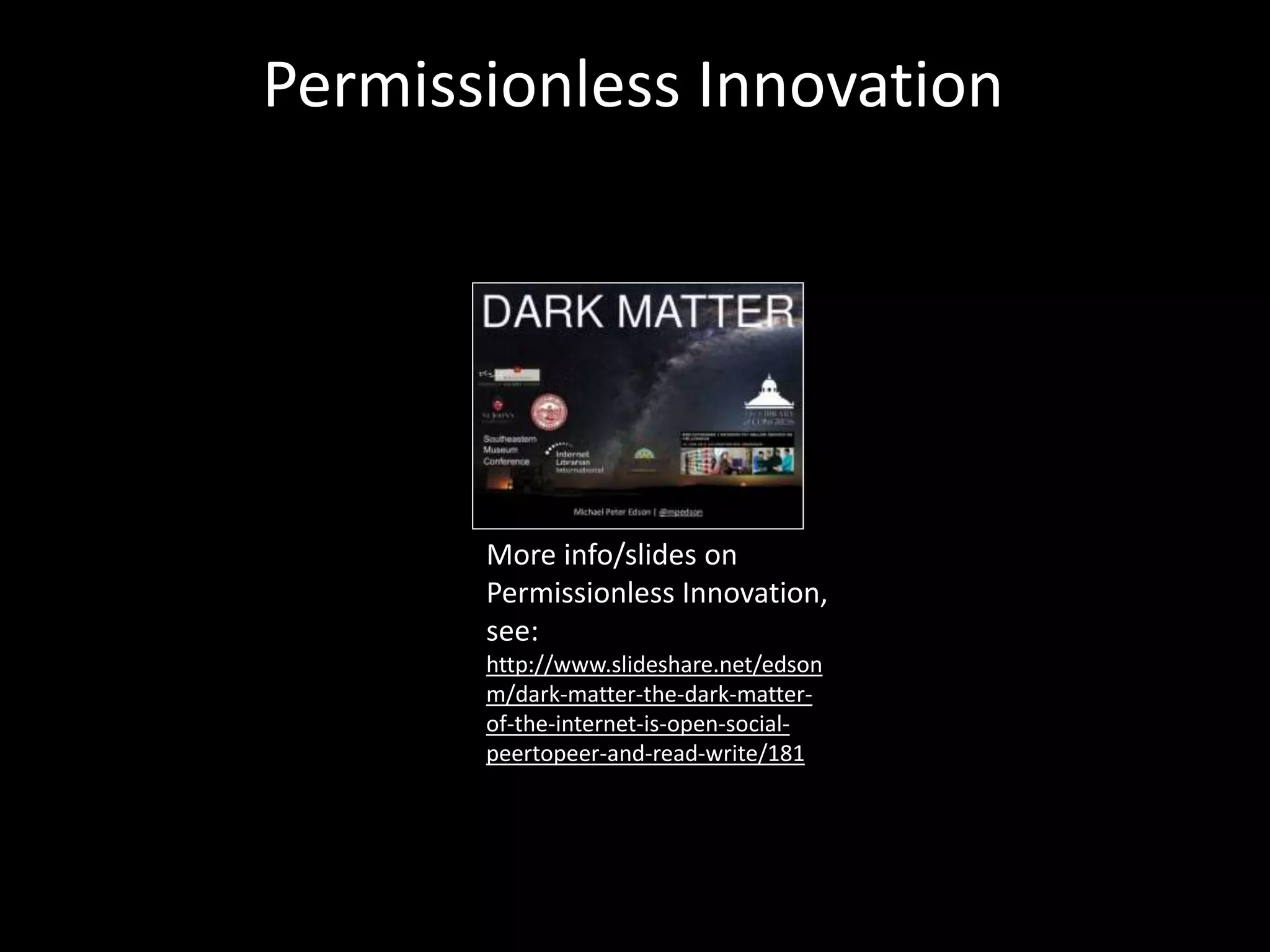
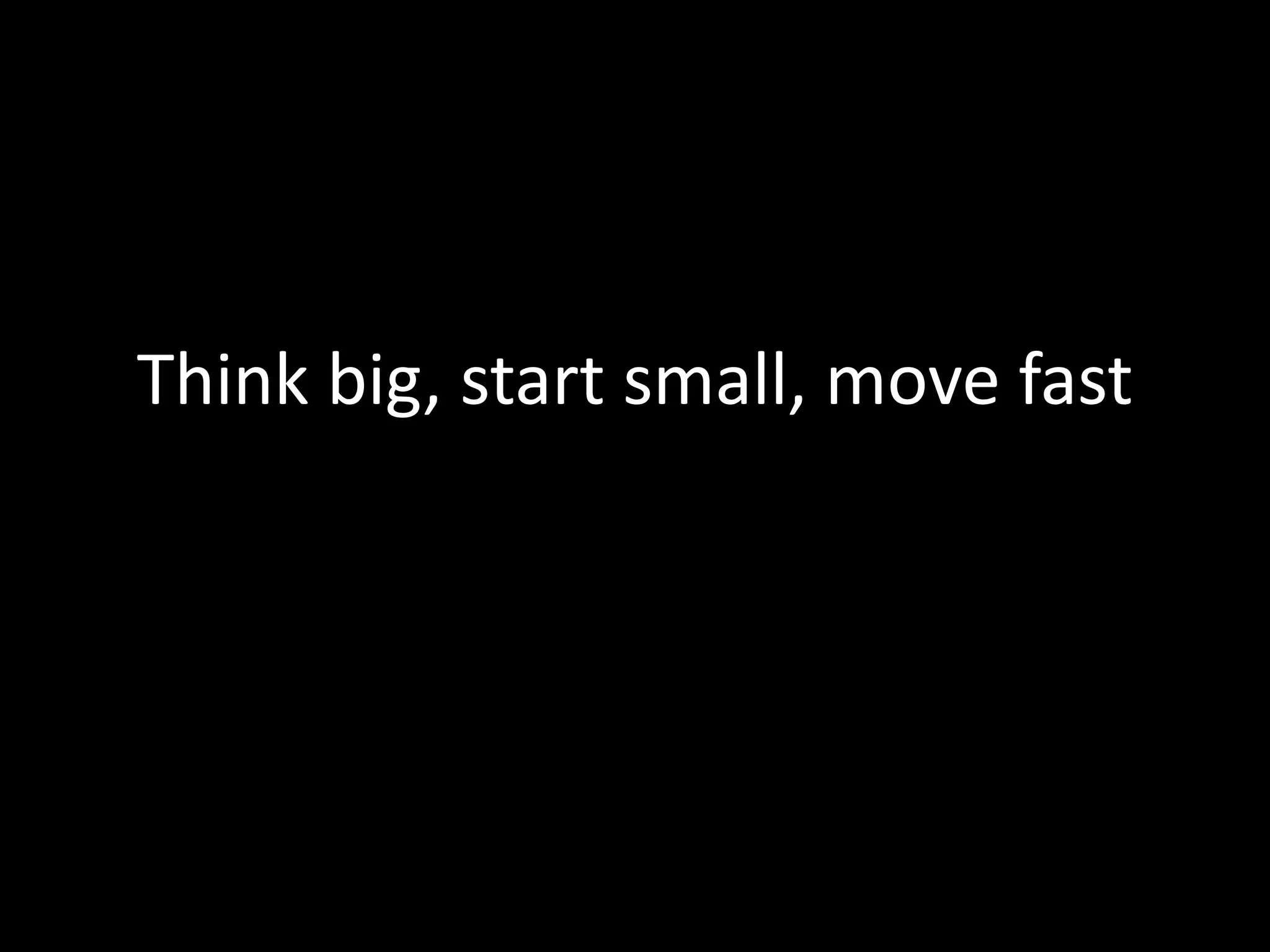
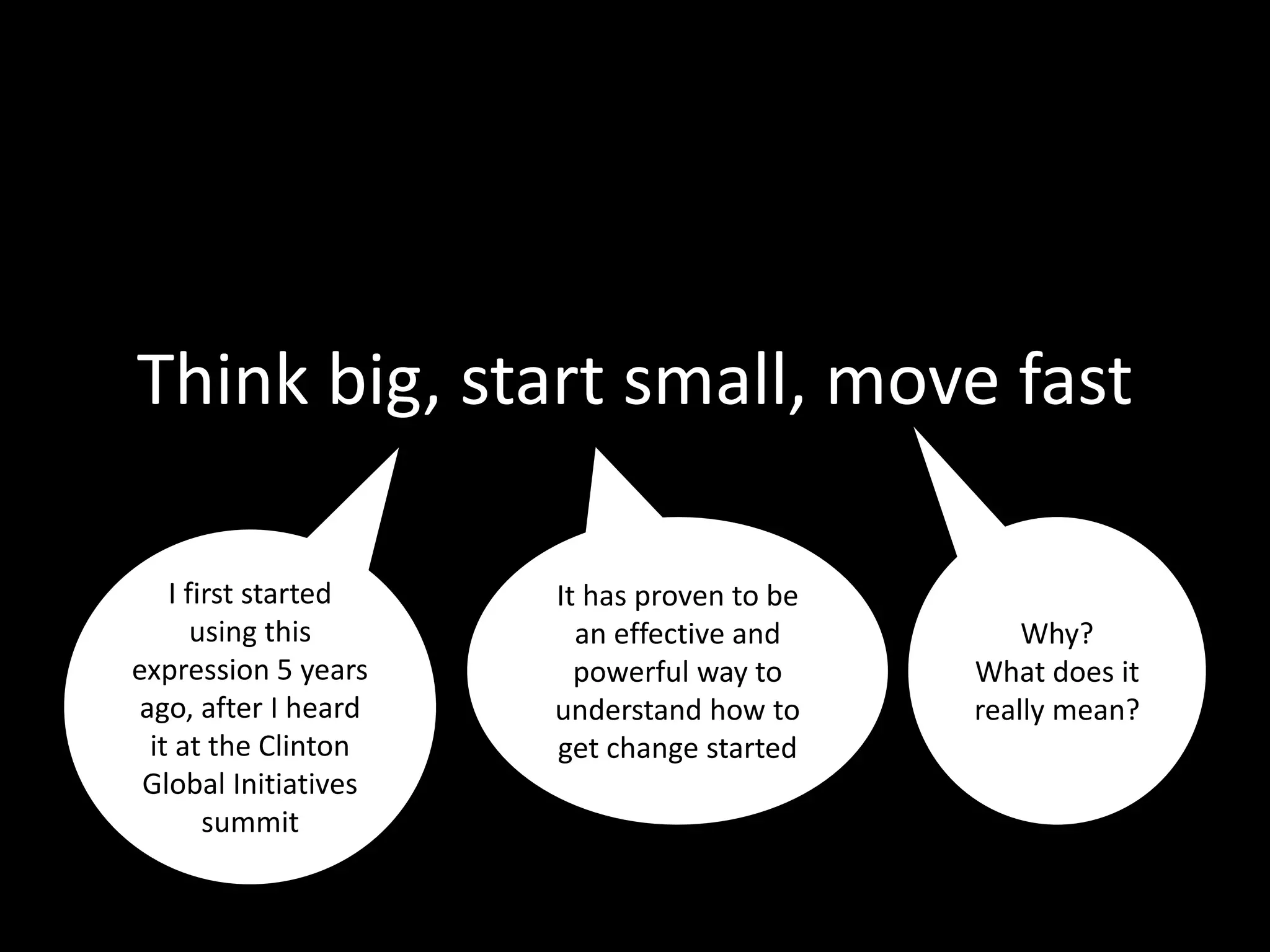
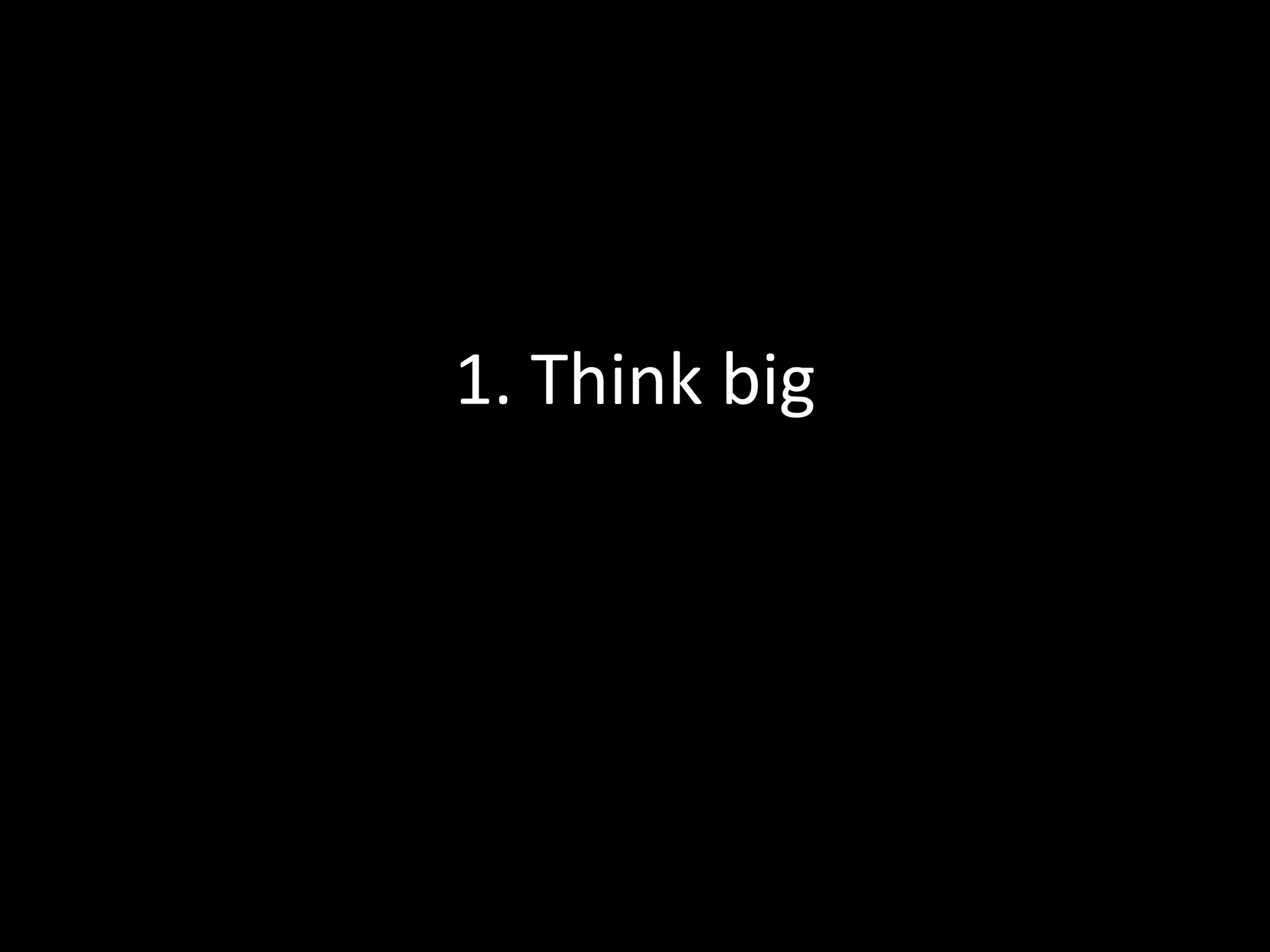
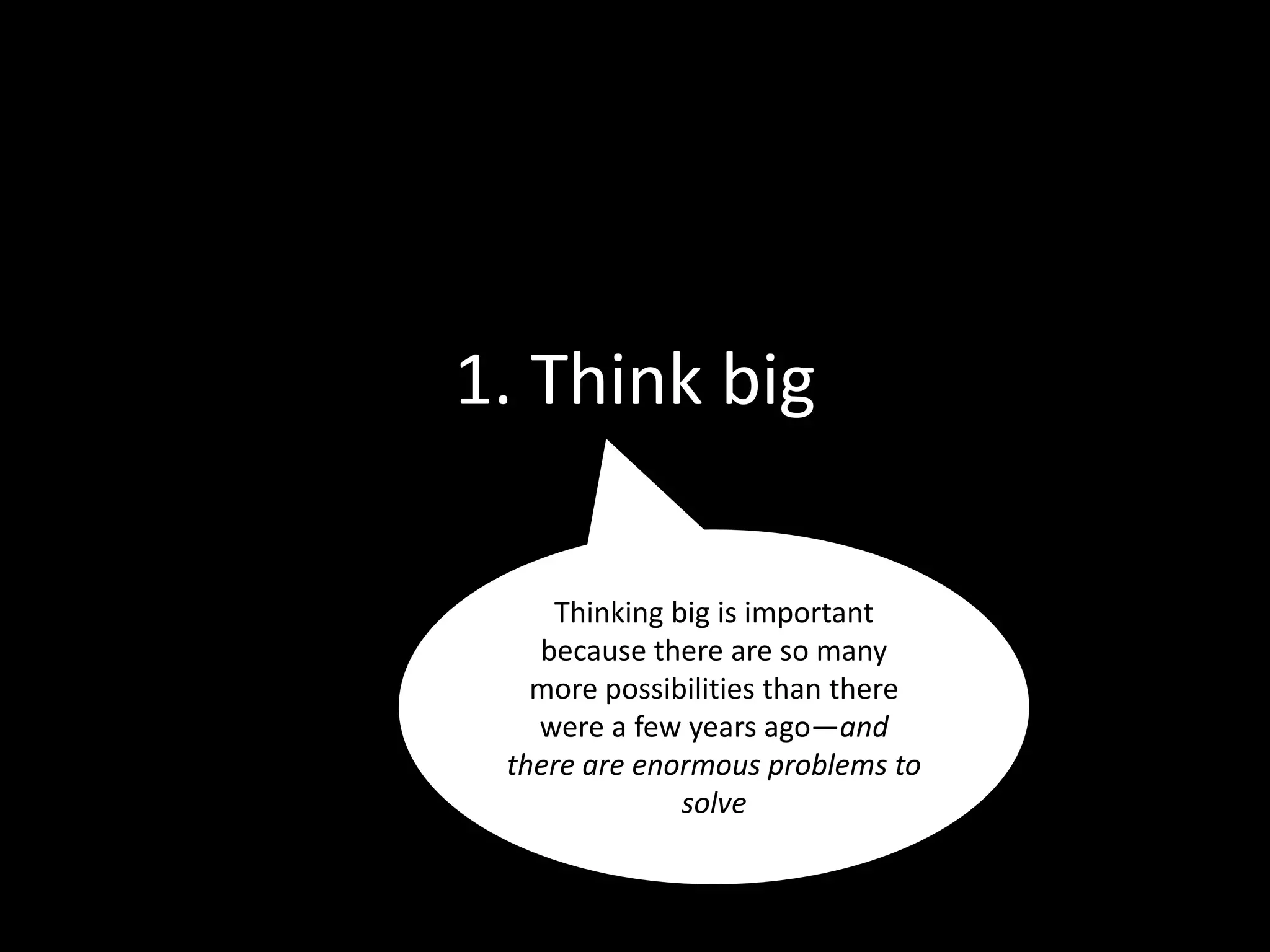
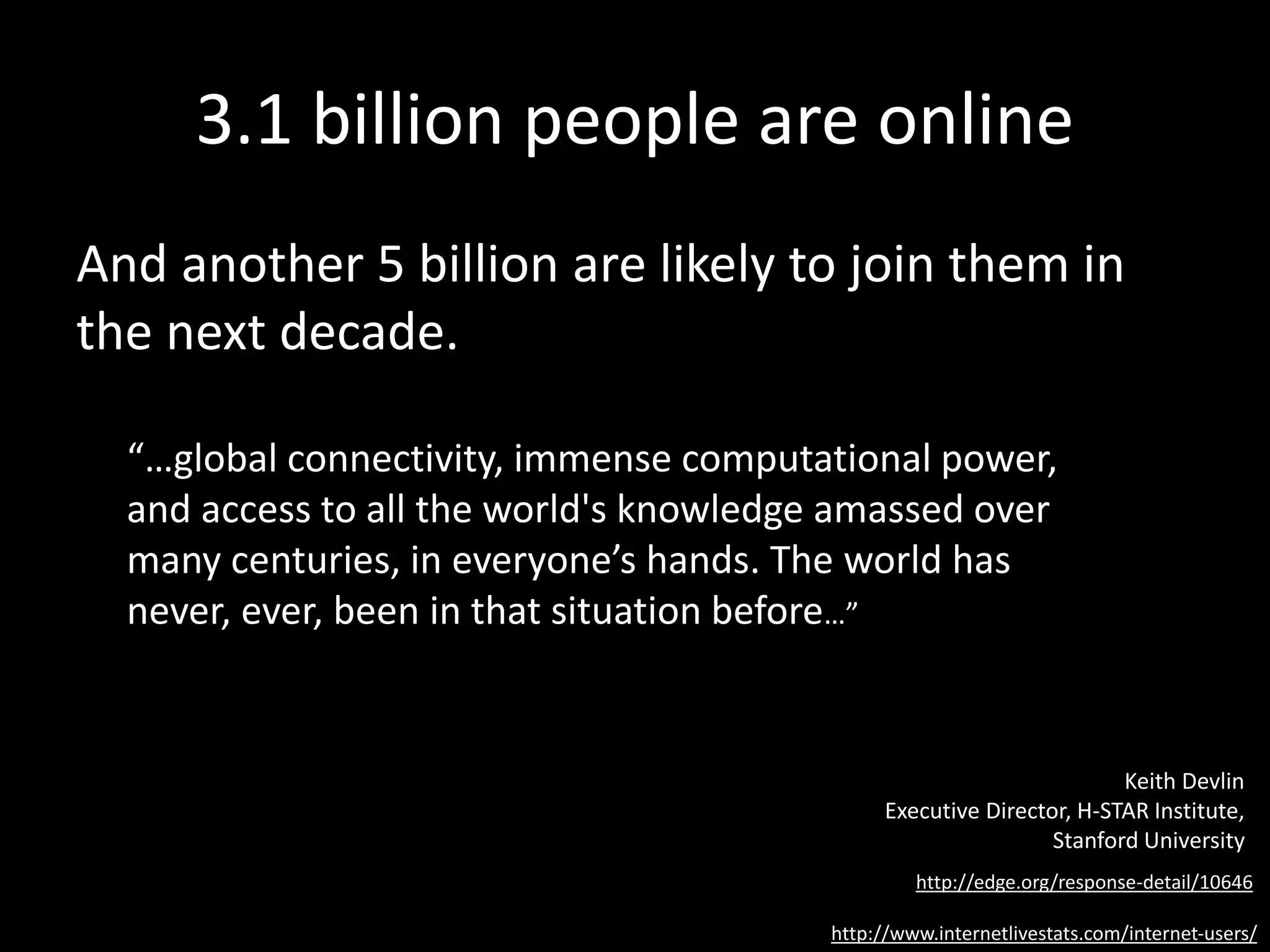
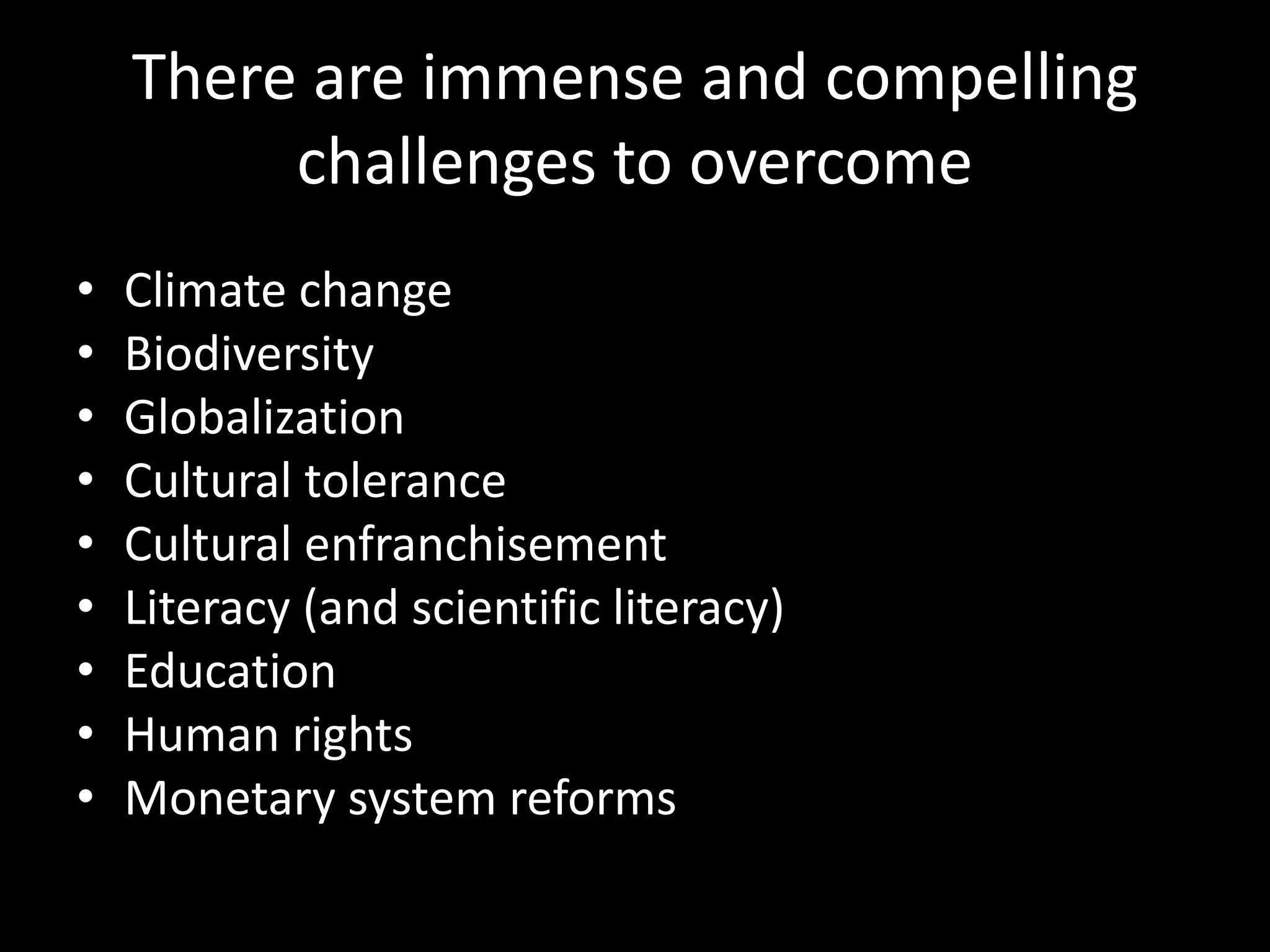
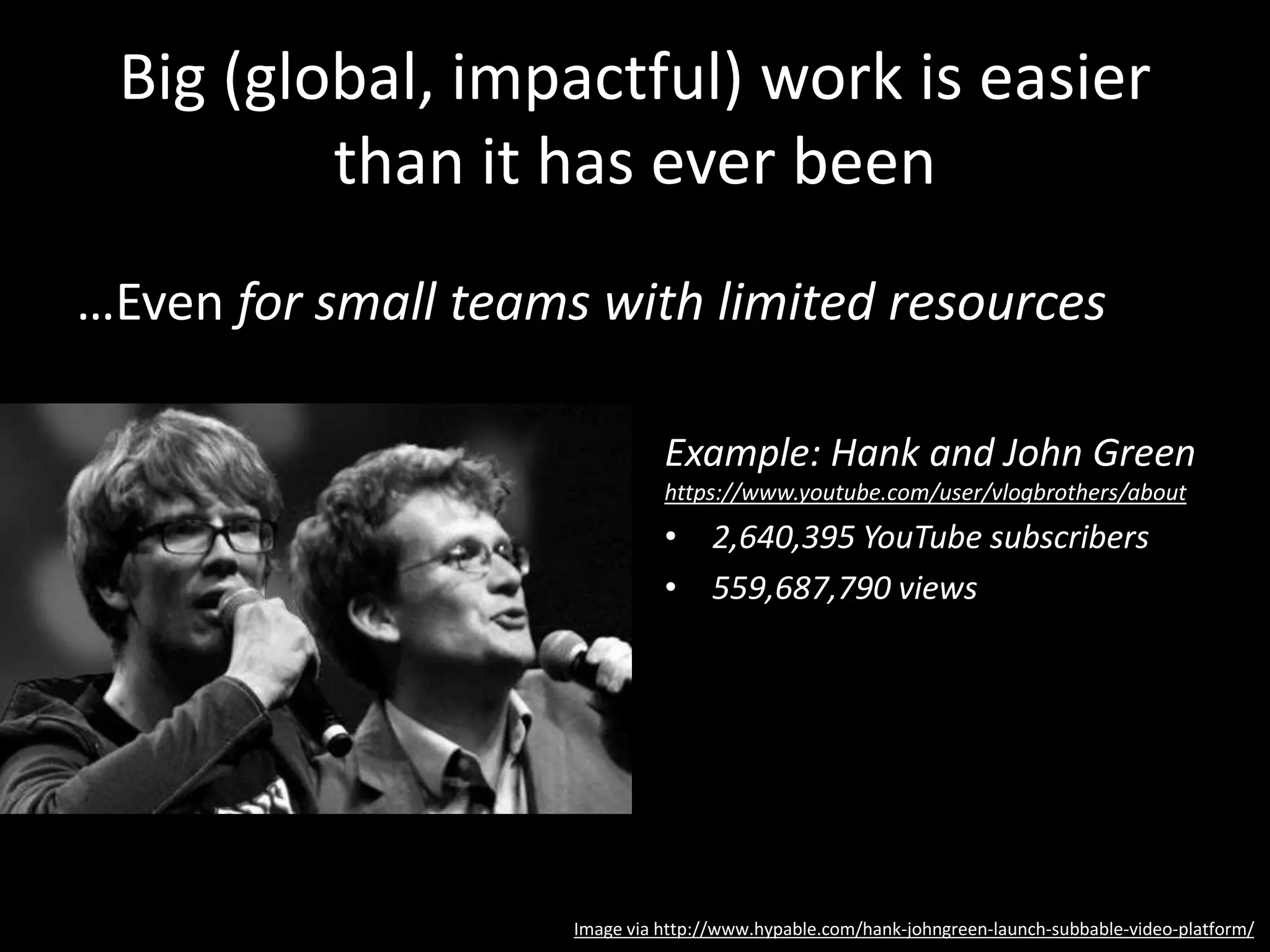
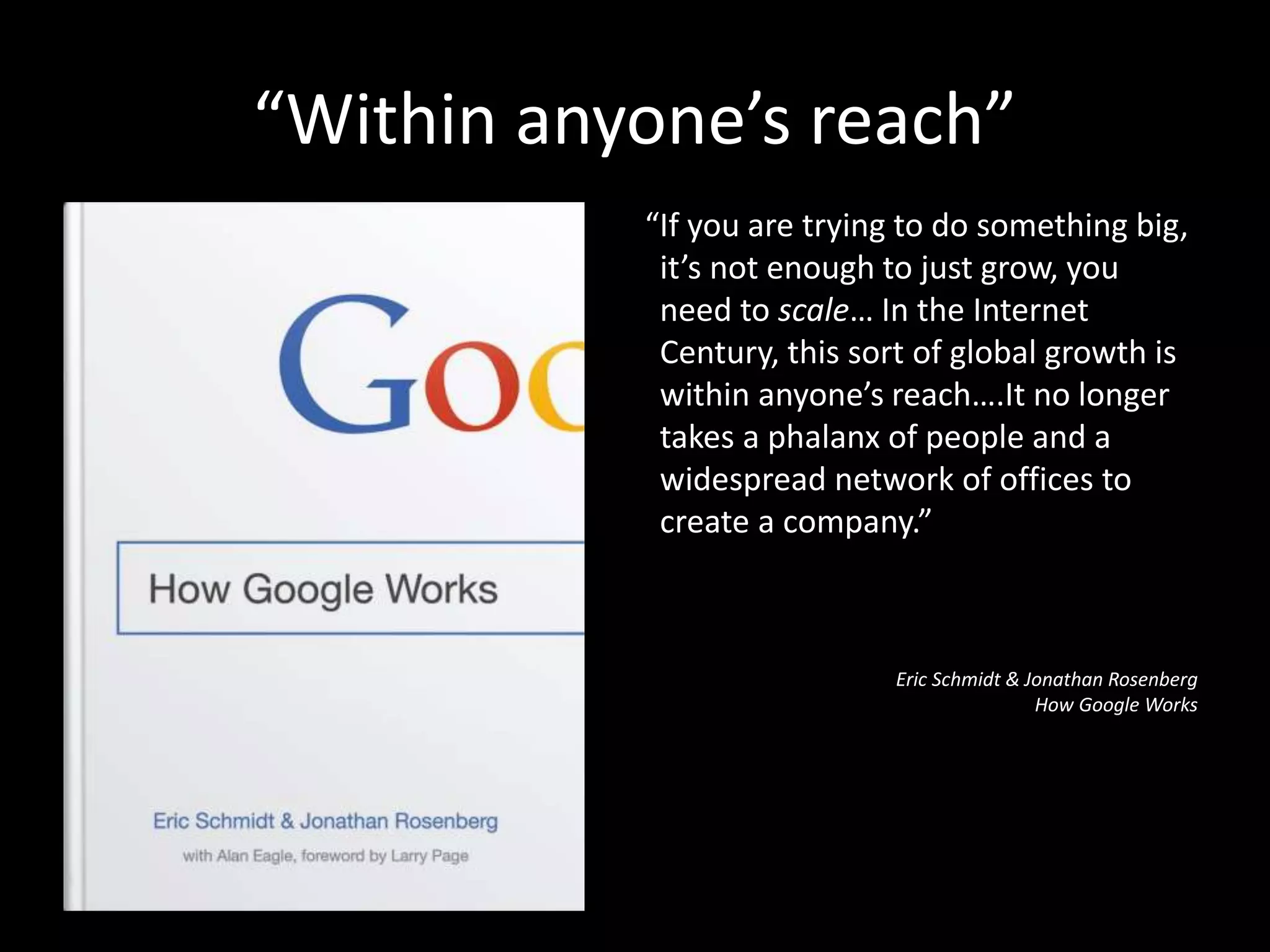
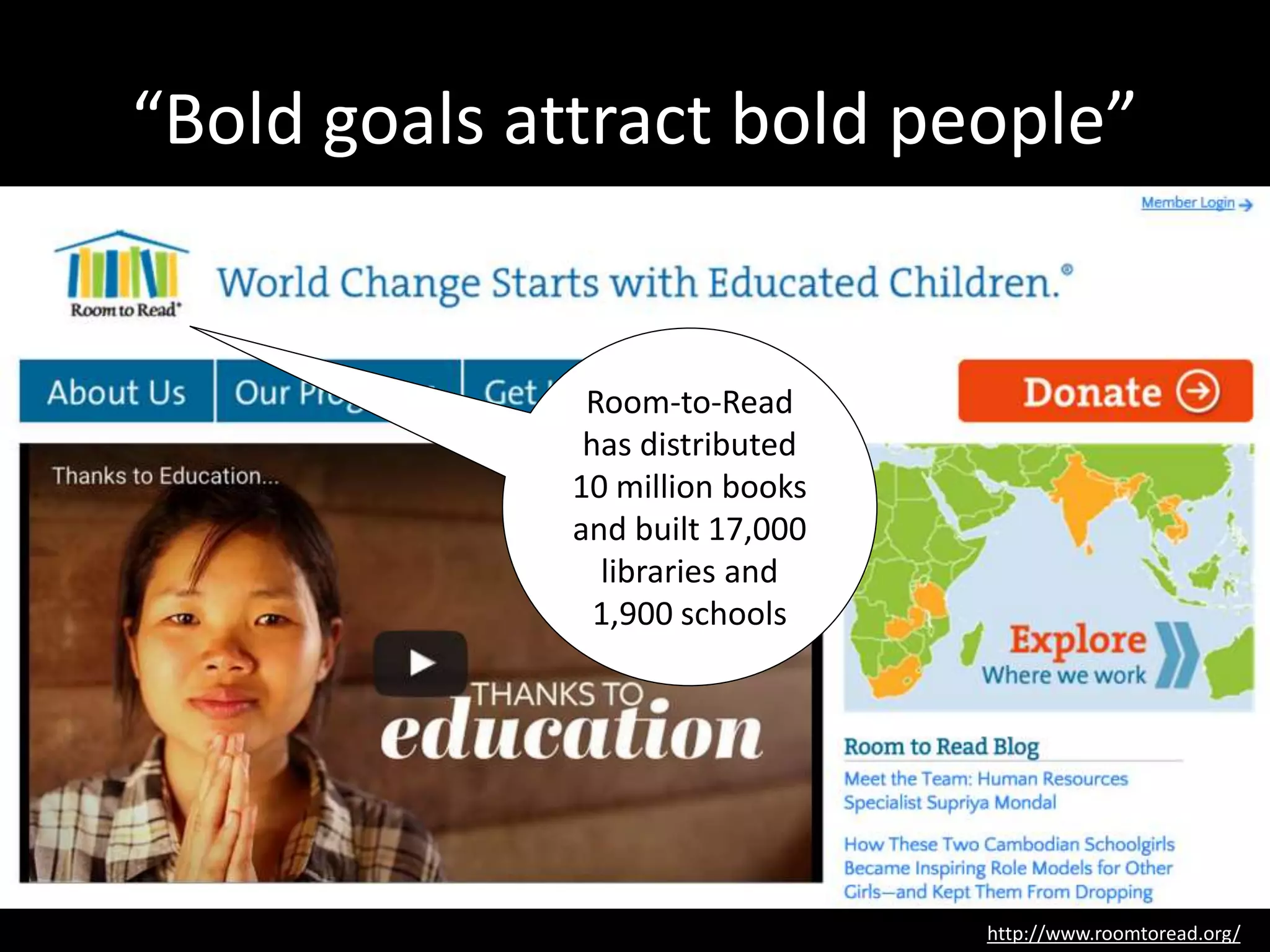
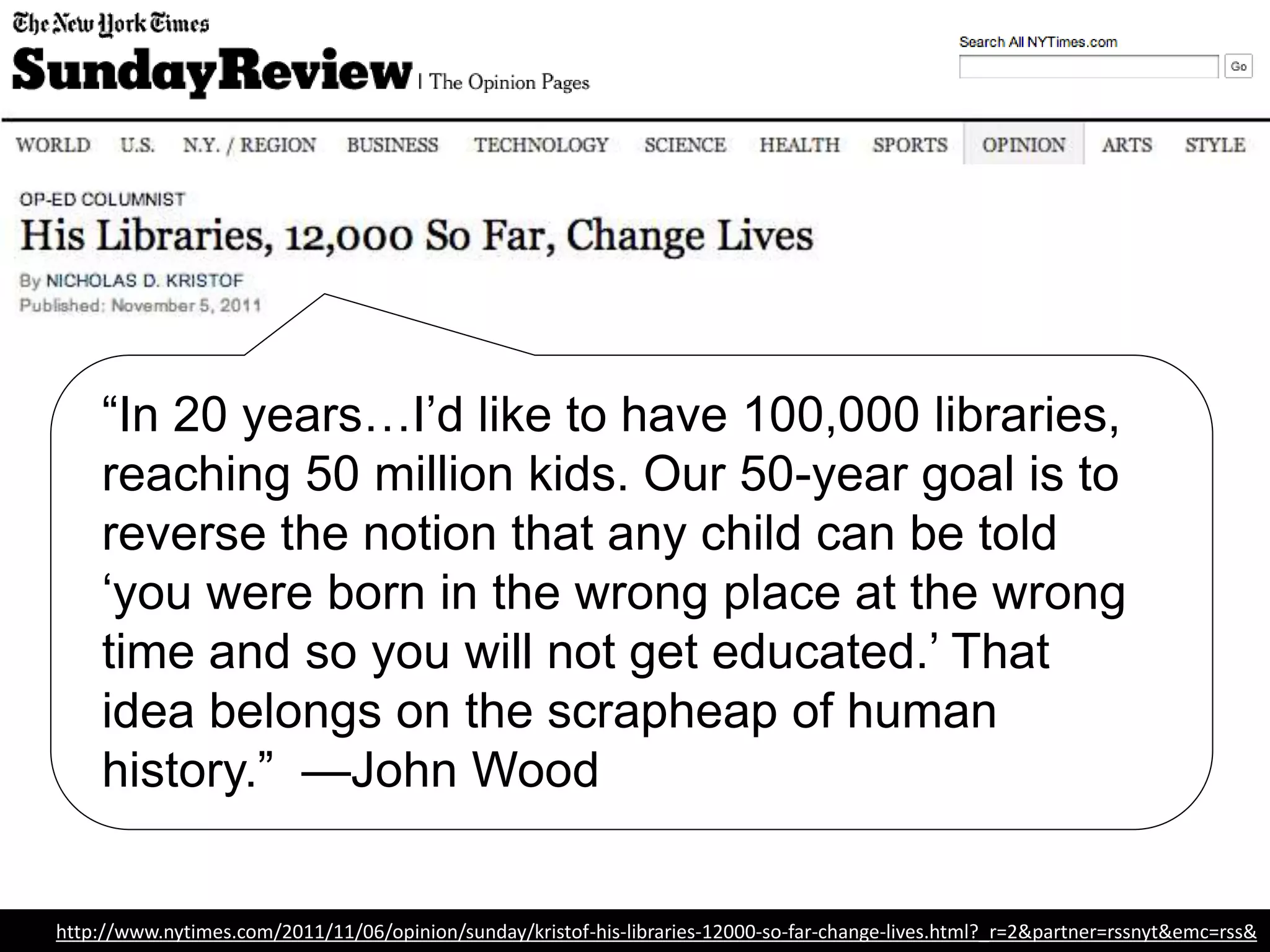


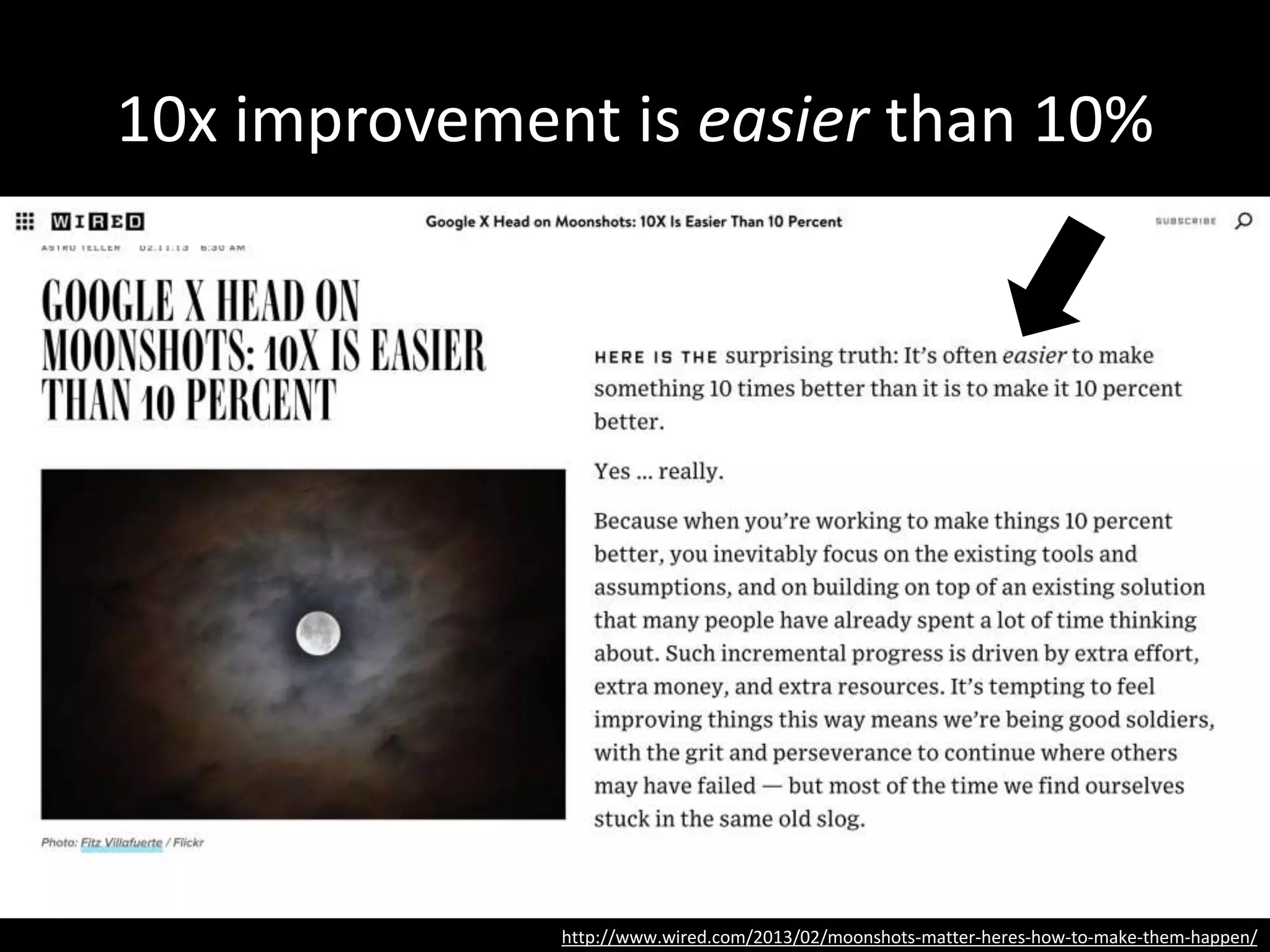
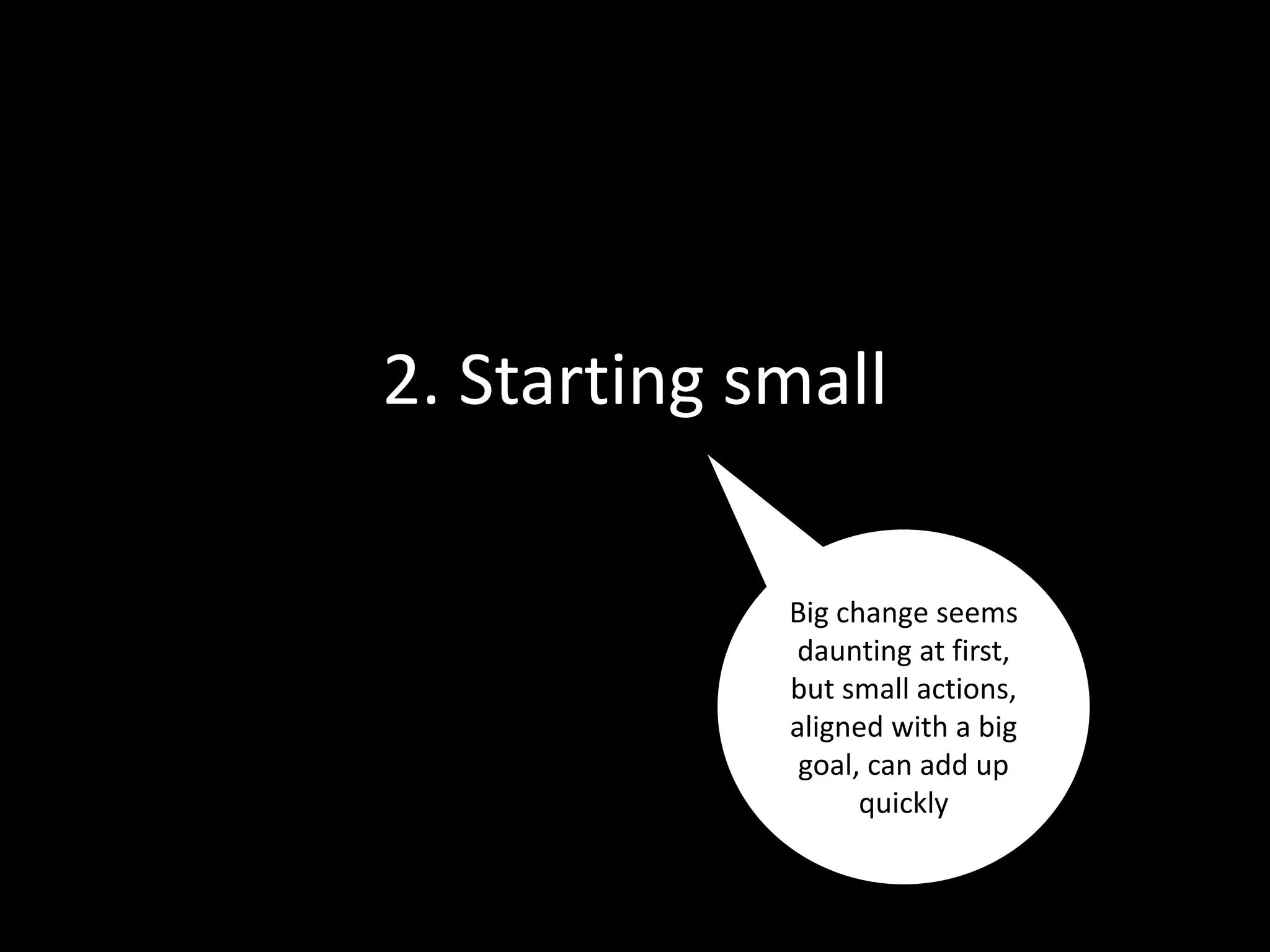
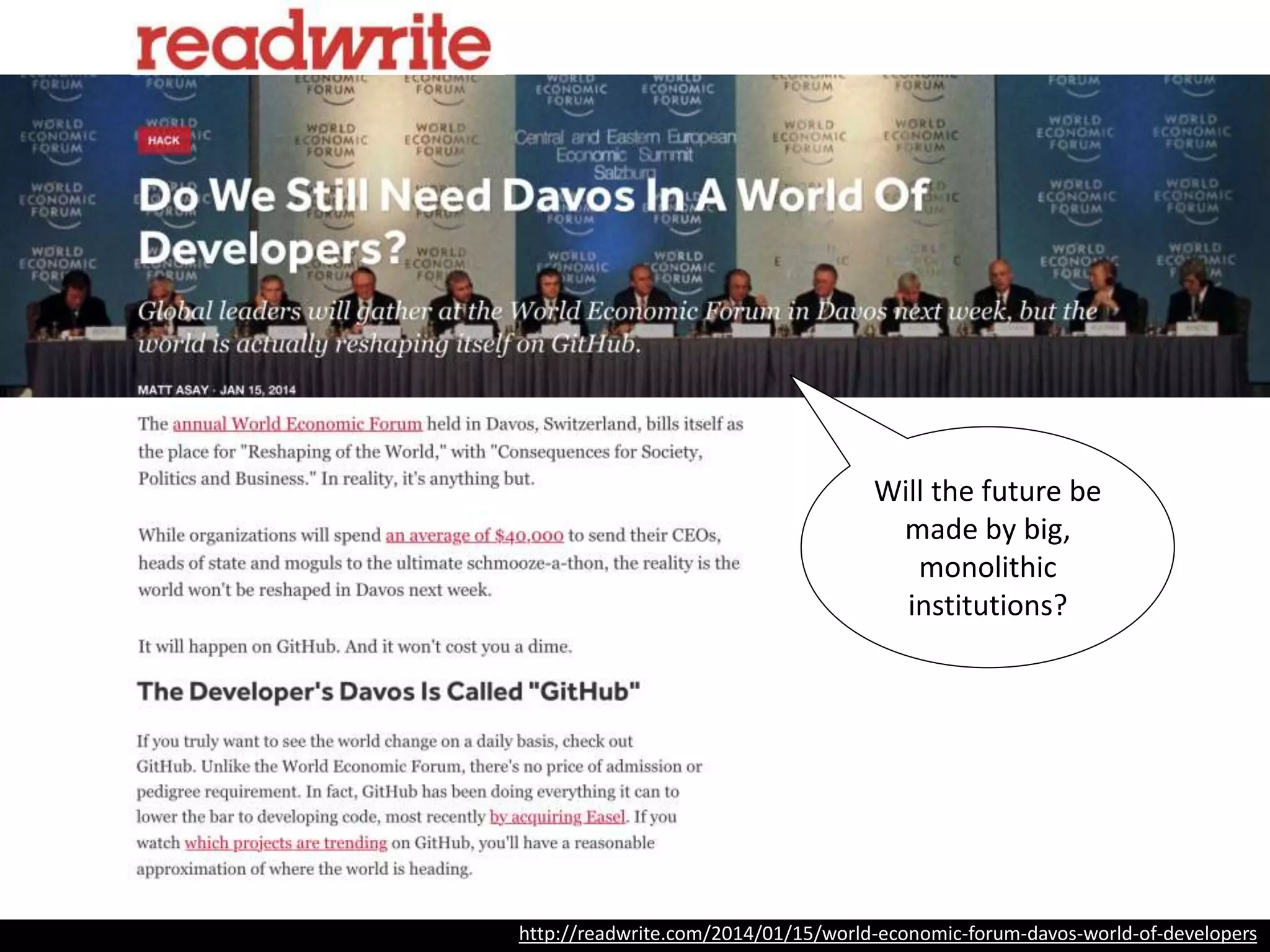
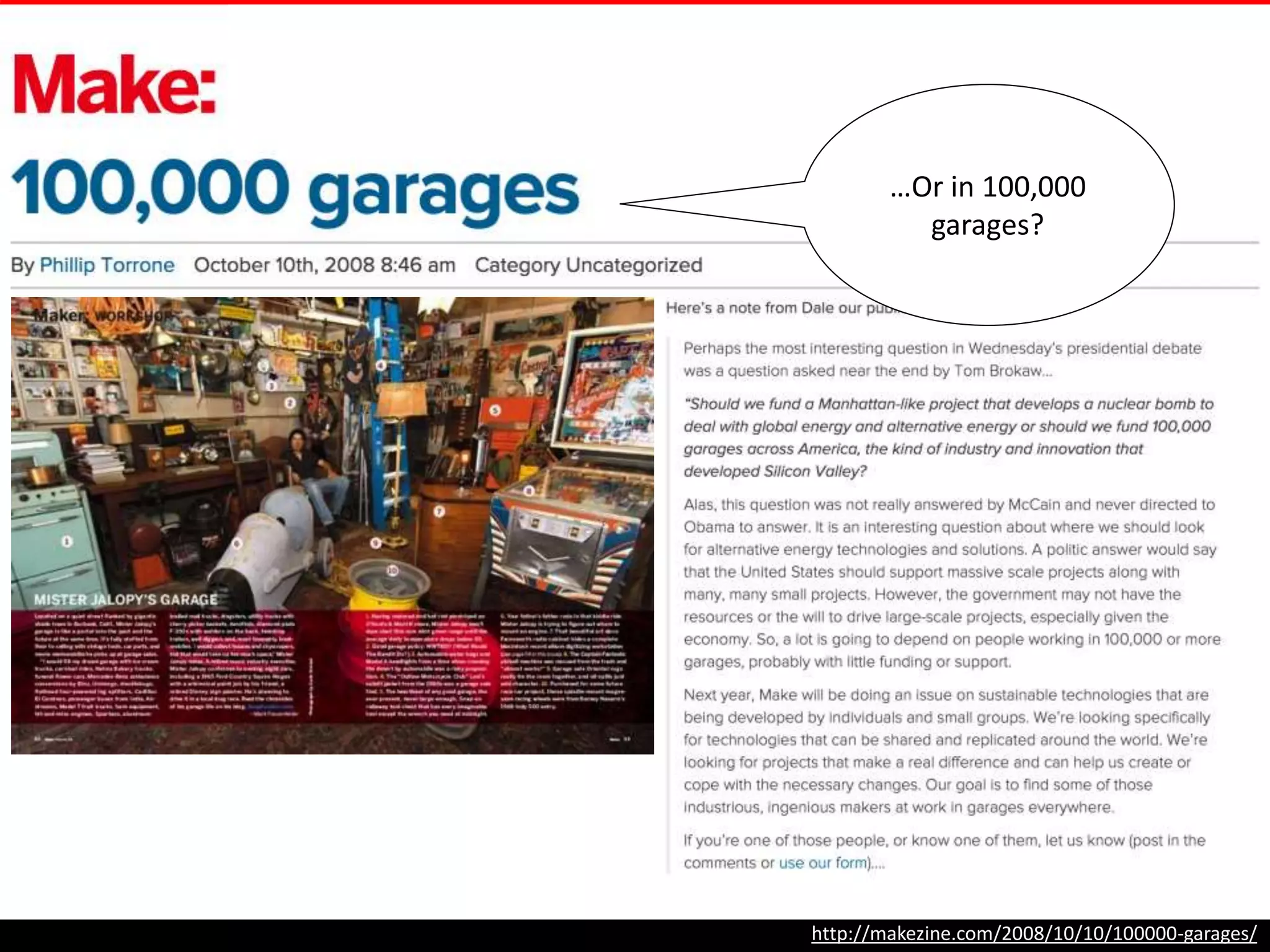
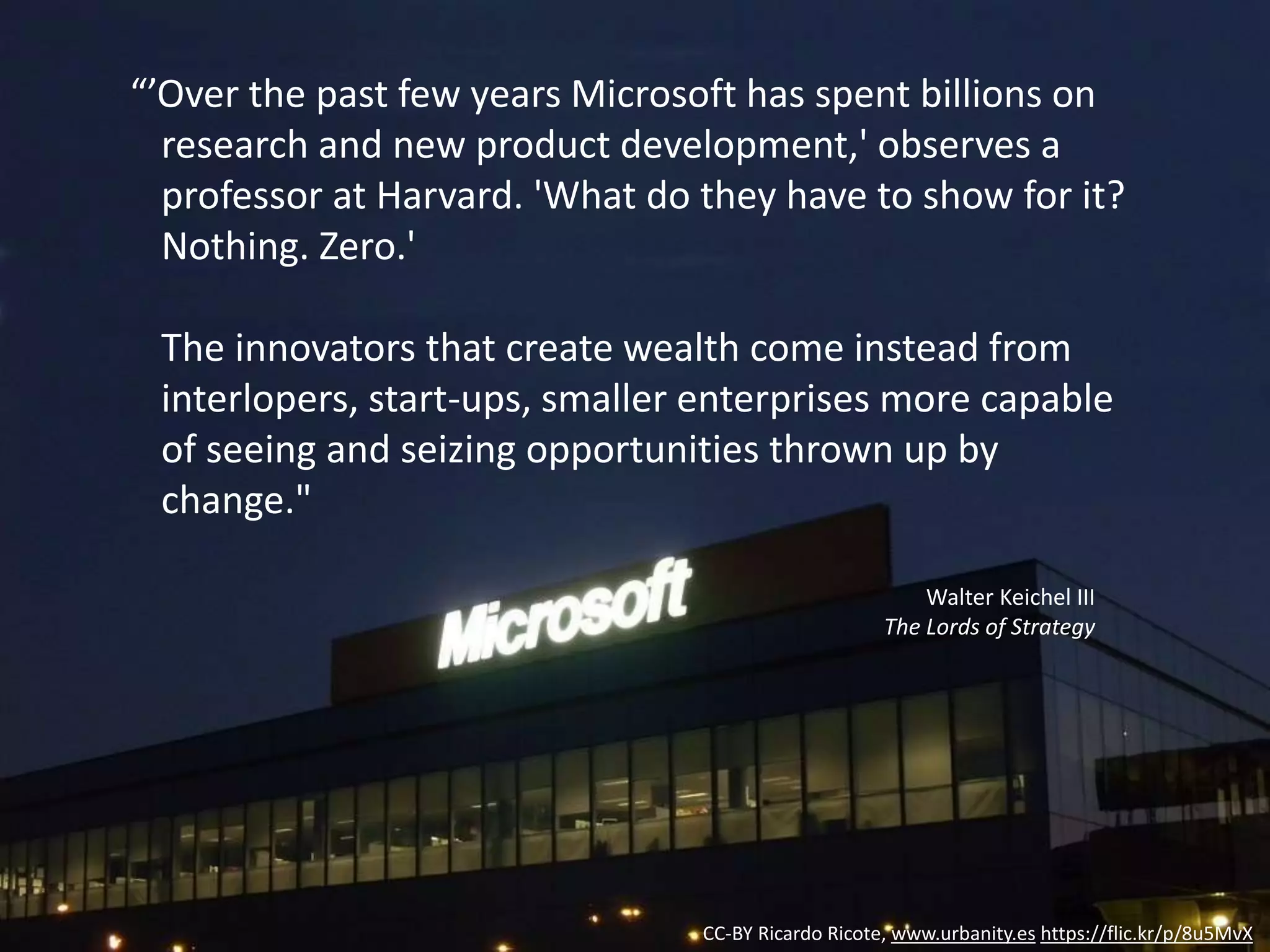

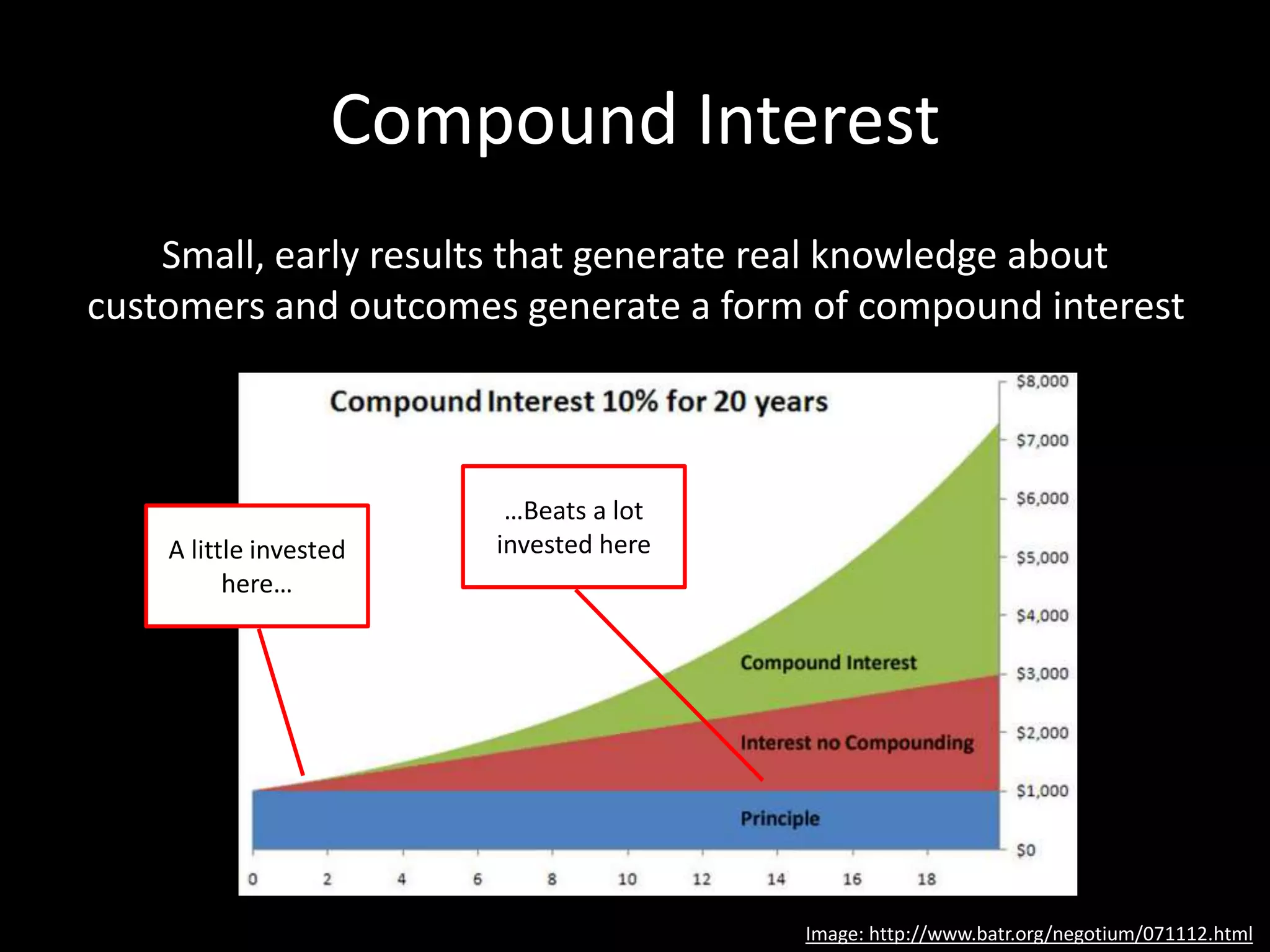
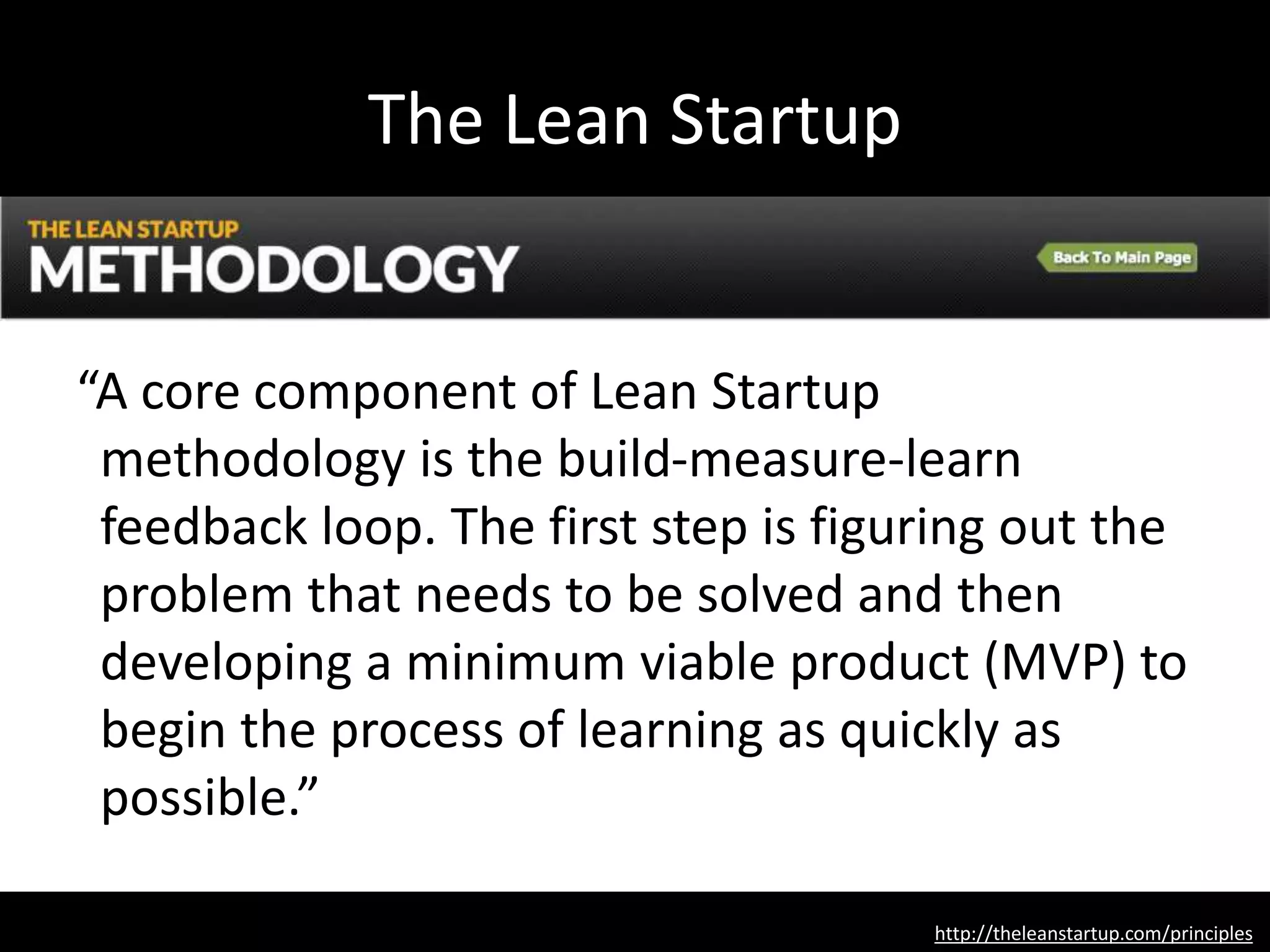
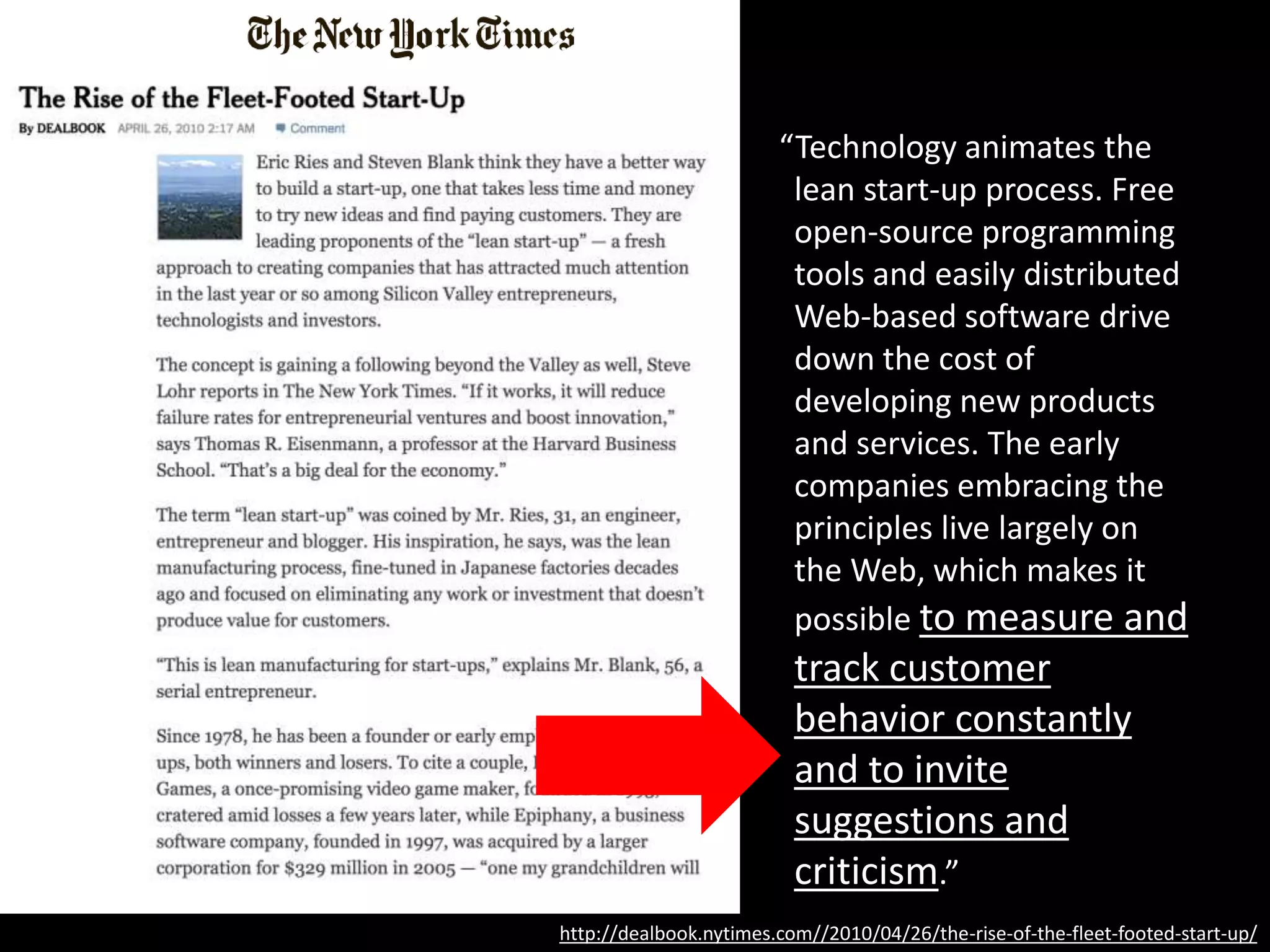
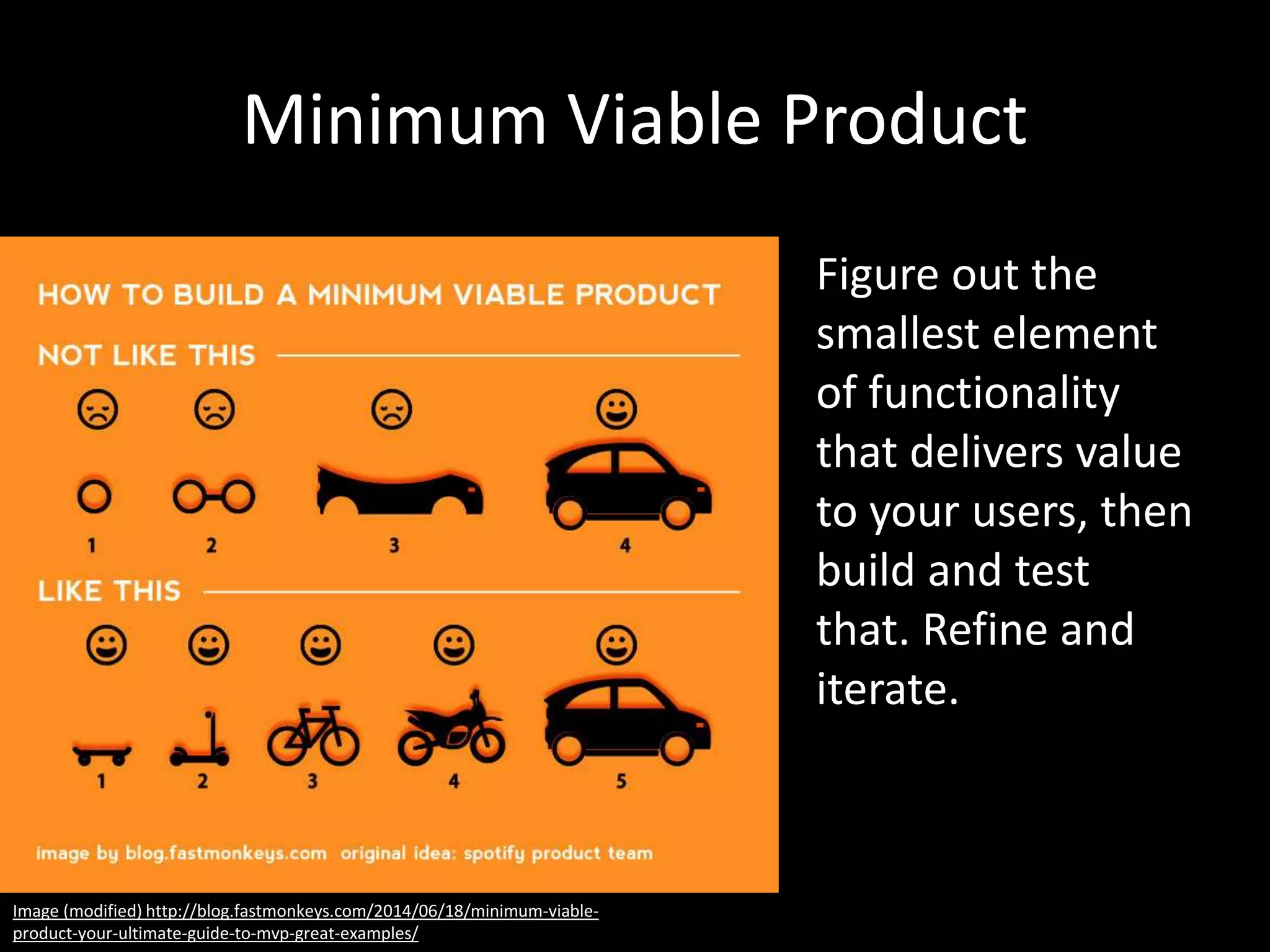

![Short-term wins
"Real transformation takes time, and a renewal
effort risks losing momentum if there are no short-
term goals to meet and celebrate…Without short-
term wins, too many people give up or actively join
the ranks of those people who have been resisting
change. […] Commitments to produce short-term
wins help keep the urgency level up and force
detailed analytical thinking that can clarify or
revise visions.”
John Kotter
Leading Change: Why Transformation Efforts Fail
1995](https://image.slidesharecdn.com/2015-08-24thinkbigstartsmallmovefastmmexforslidesharev02-150913144416-lva1-app6892/75/Think-Big-Start-Small-Move-Fast-Digital-Strategy-in-a-Changing-World-79-2048.jpg)
![Short-term wins
"Real transformation takes time, and a renewal
effort risks losing momentum if there are no short-
term goals to meet and celebrate…Without short-
term wins, too many people give up or actively join
the ranks of those people who have been resisting
change. […] Commitments to produce short-term
wins help keep the urgency level up and force
detailed analytical thinking that can clarify or
revise visions.”
John Kotter
Leading Change: Why Transformation Efforts Fail
1995](https://image.slidesharecdn.com/2015-08-24thinkbigstartsmallmovefastmmexforslidesharev02-150913144416-lva1-app6892/75/Think-Big-Start-Small-Move-Fast-Digital-Strategy-in-a-Changing-World-80-2048.jpg)
![Short-term wins
"Real transformation takes time, and a renewal
effort risks losing momentum if there are no short-
term goals to meet and celebrate…Without short-
term wins, too many people give up or actively join
the ranks of those people who have been resisting
change. […] Commitments to produce short-term
wins help keep the urgency level up and force
detailed analytical thinking that can clarify or
revise visions.”
John Kotter
Leading Change: Why Transformation Efforts Fail
1995](https://image.slidesharecdn.com/2015-08-24thinkbigstartsmallmovefastmmexforslidesharev02-150913144416-lva1-app6892/75/Think-Big-Start-Small-Move-Fast-Digital-Strategy-in-a-Changing-World-81-2048.jpg)
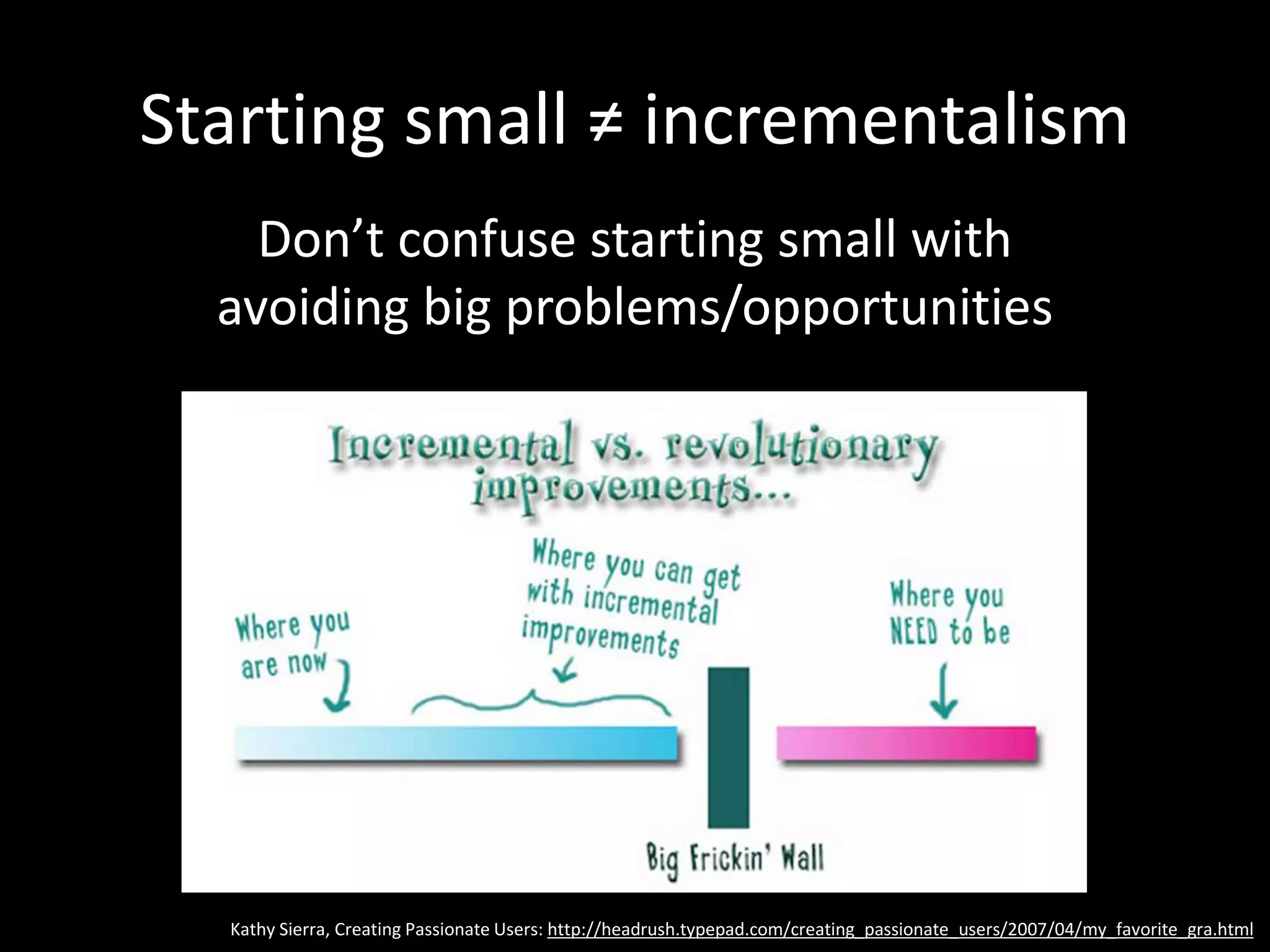
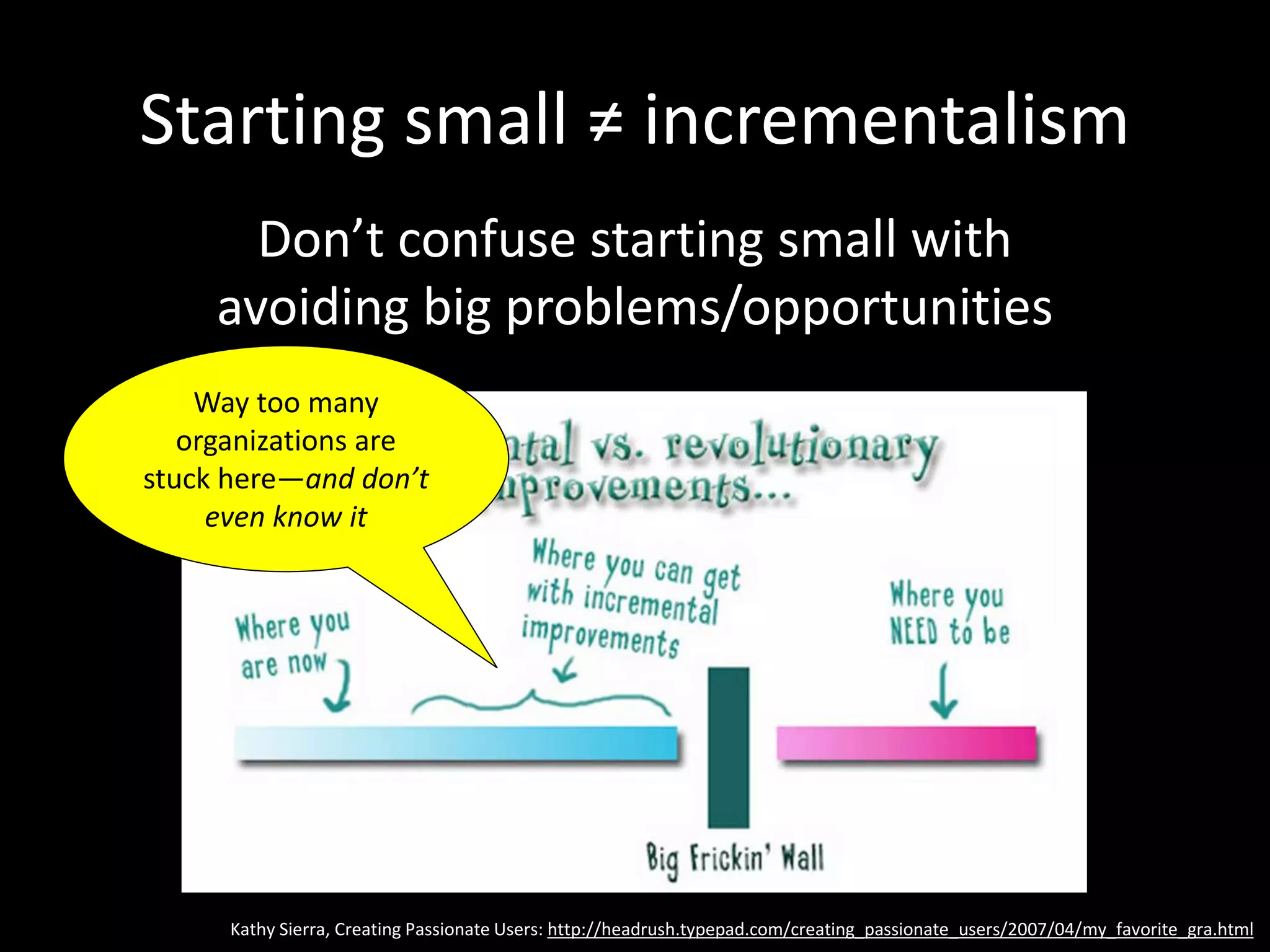
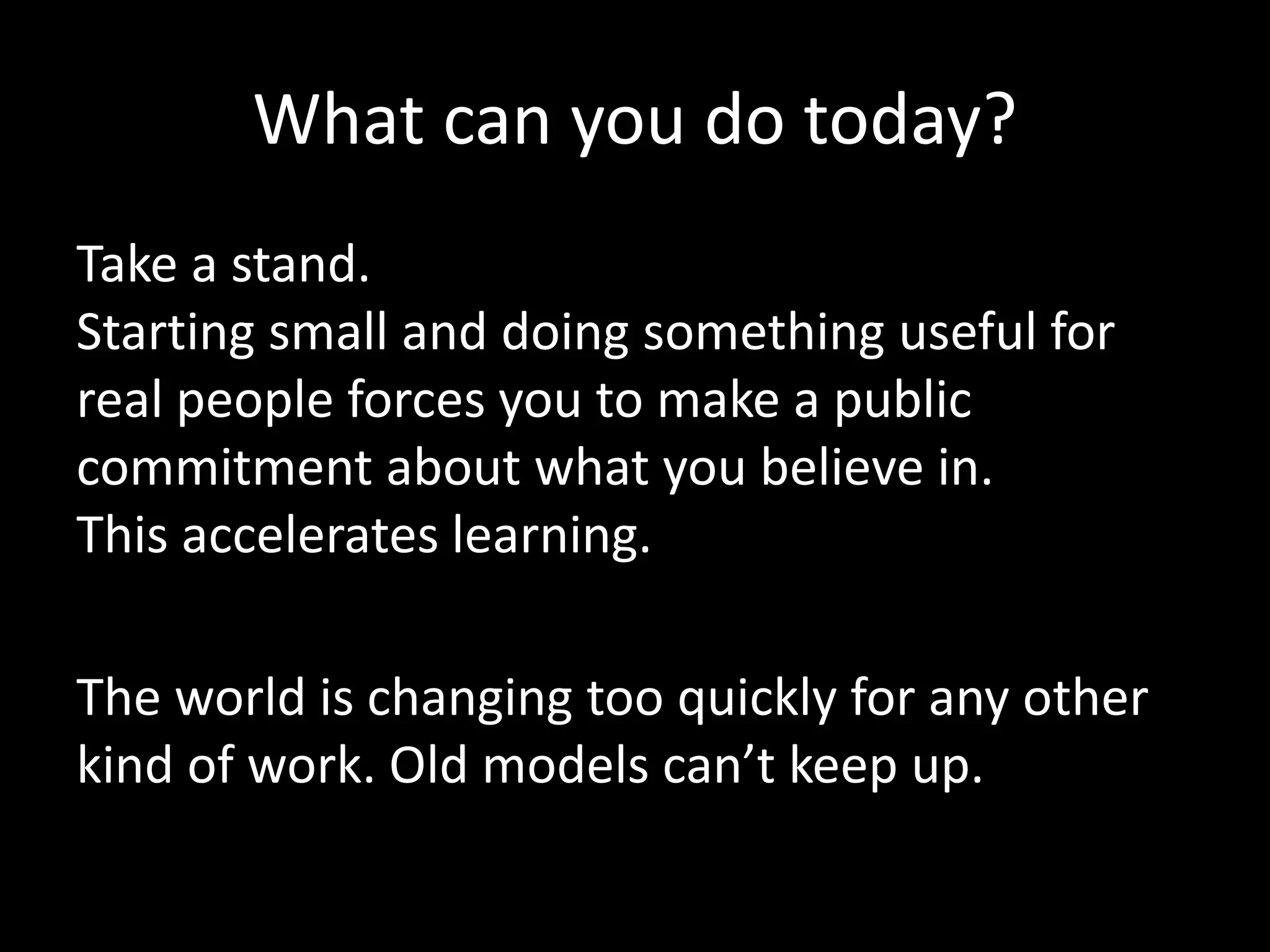

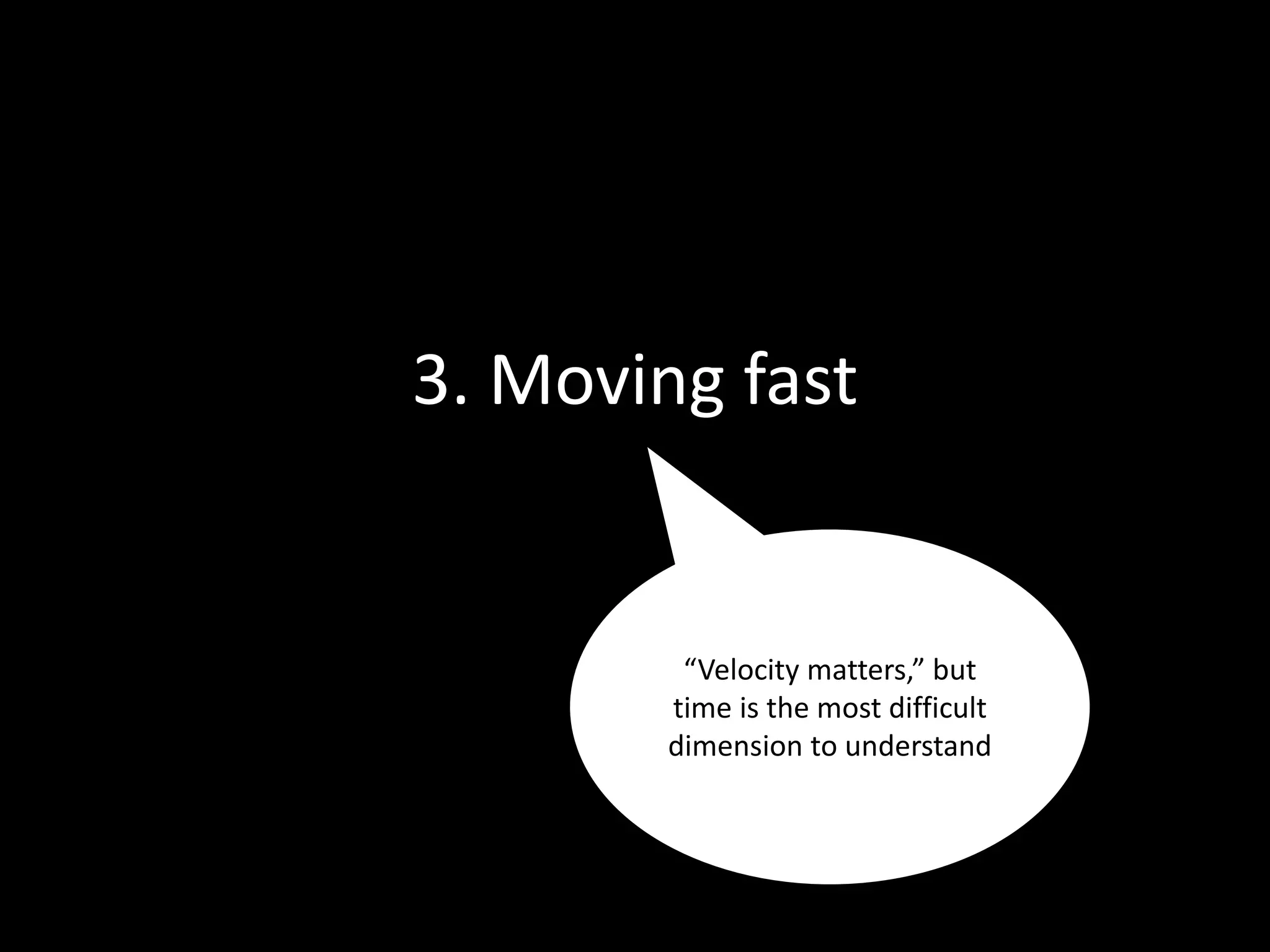
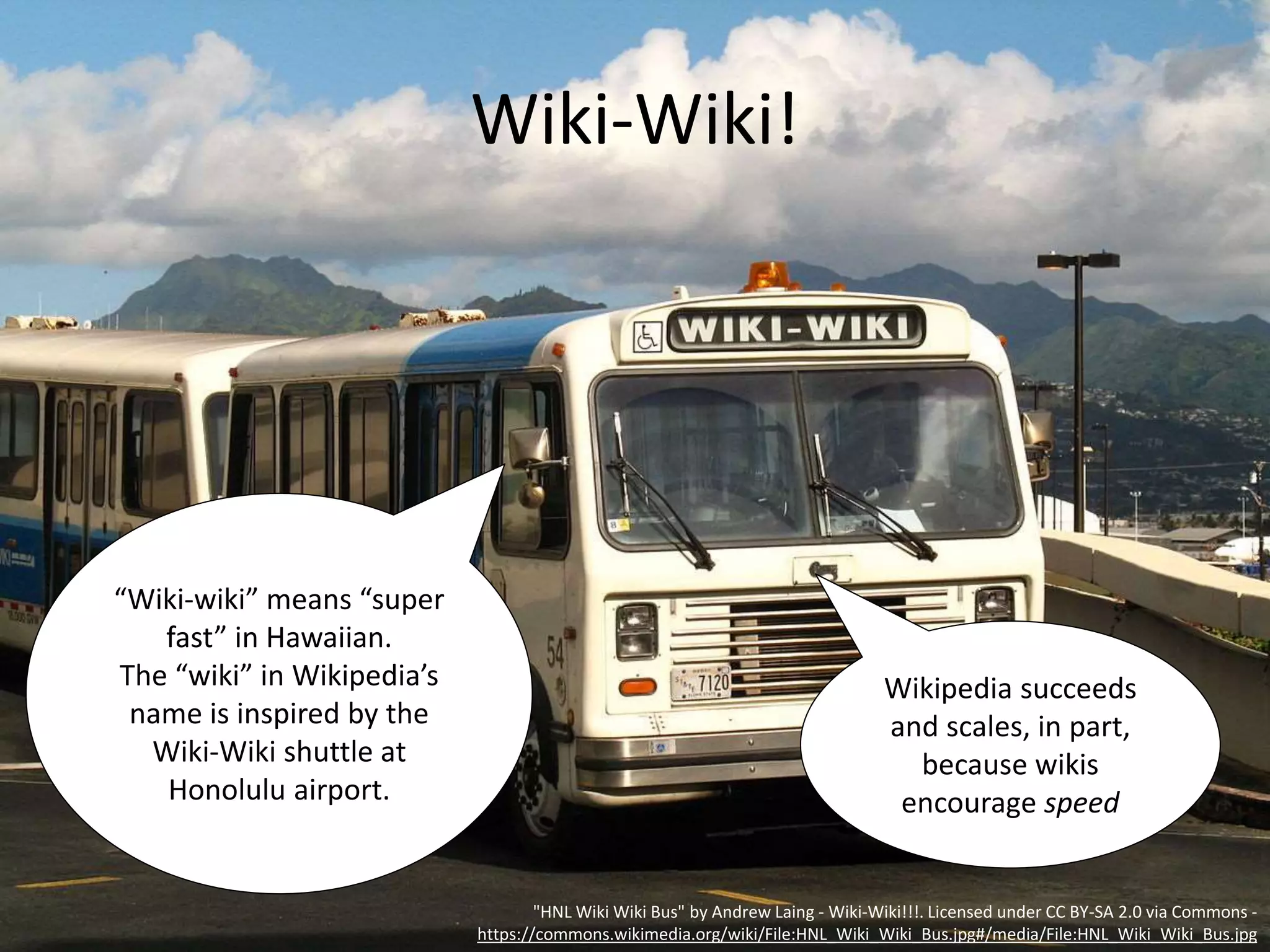
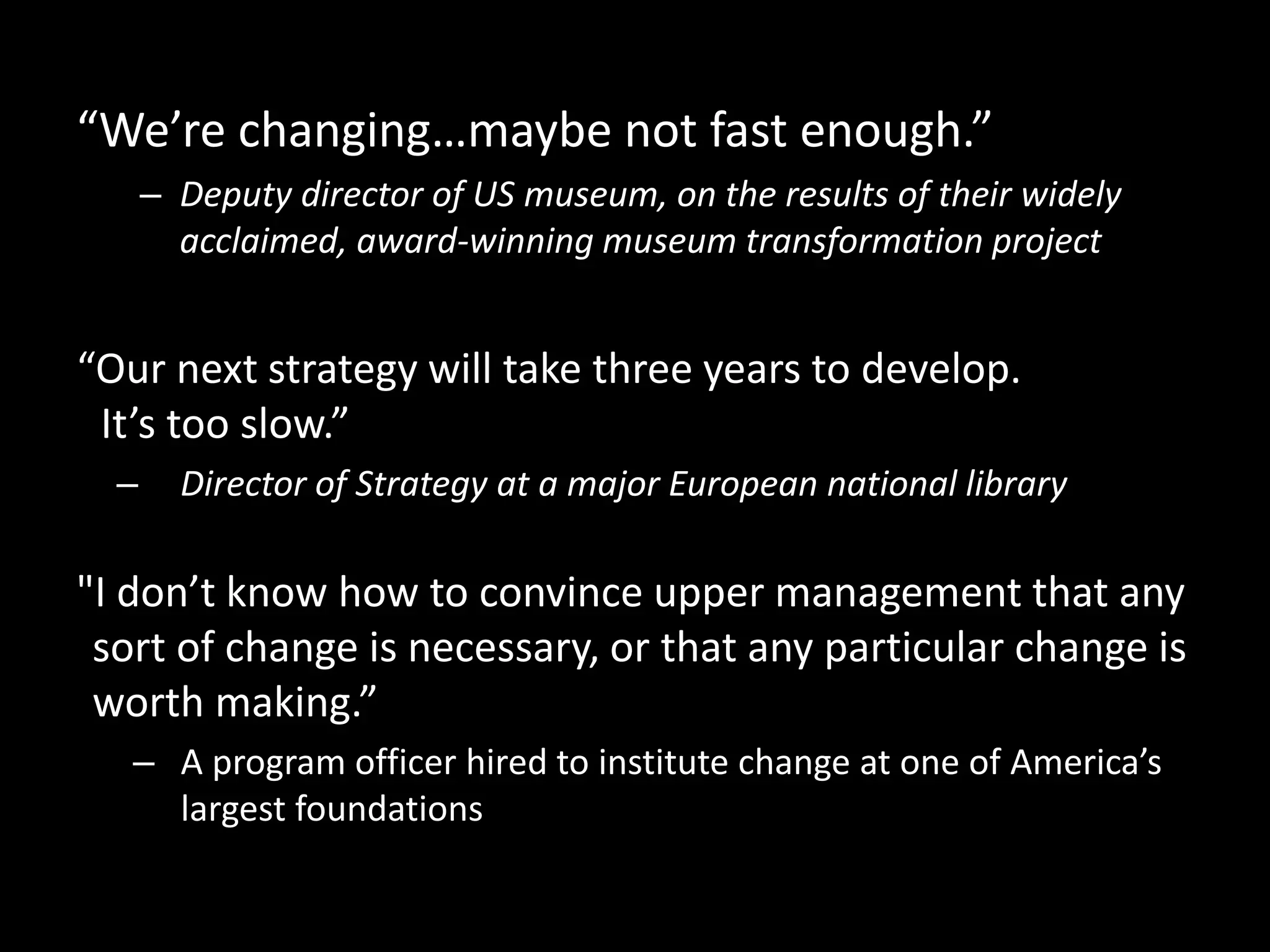
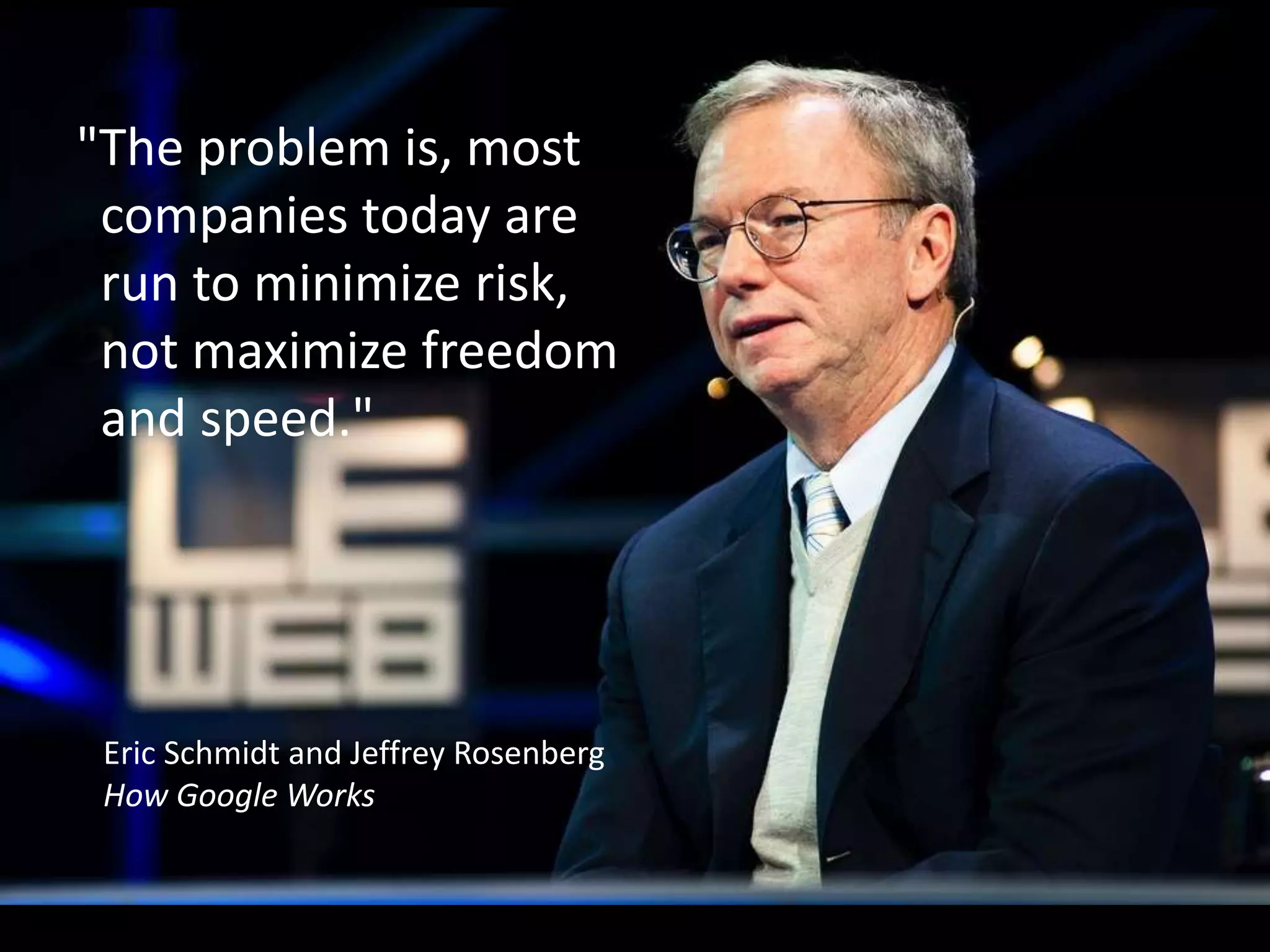
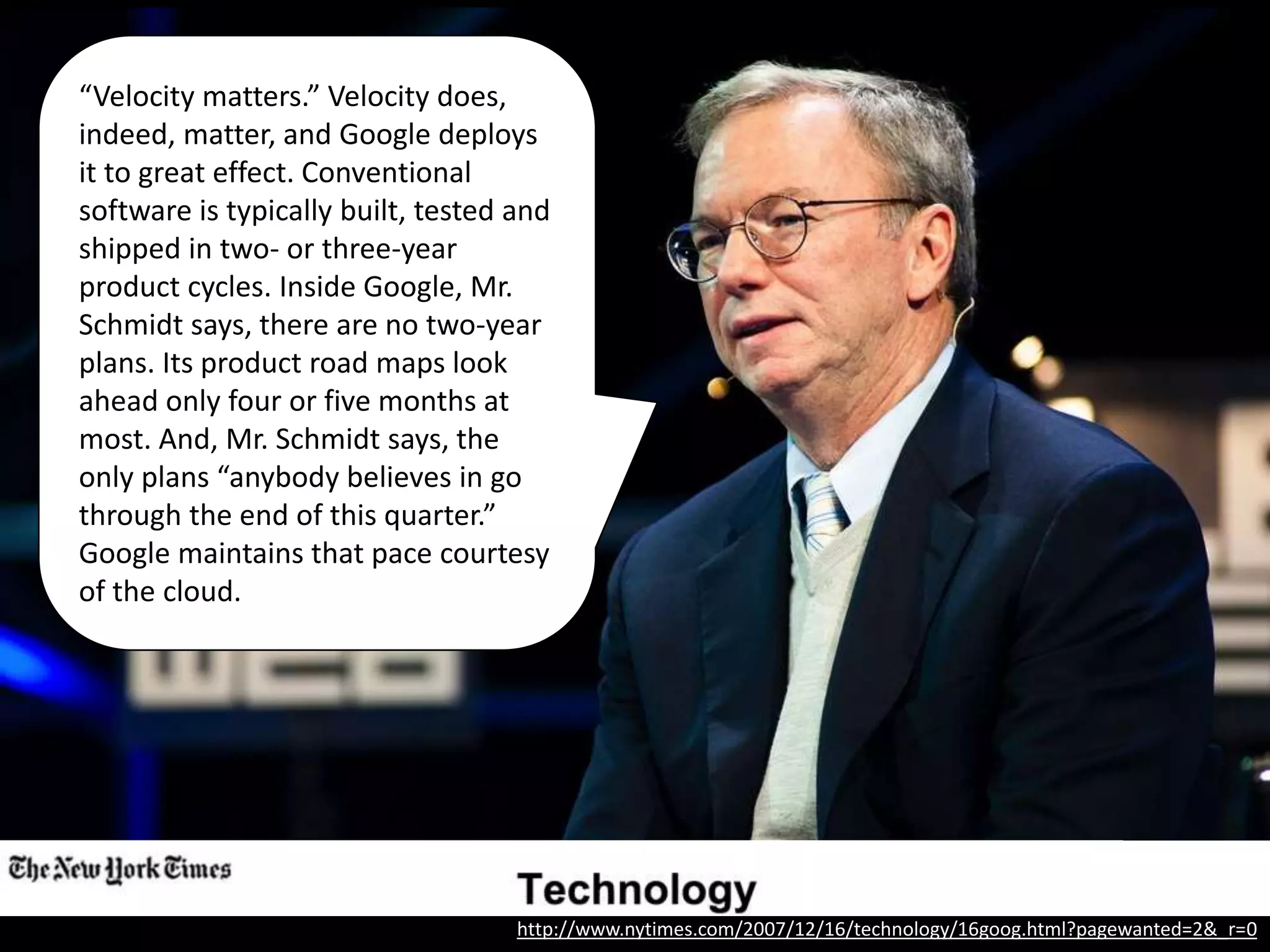
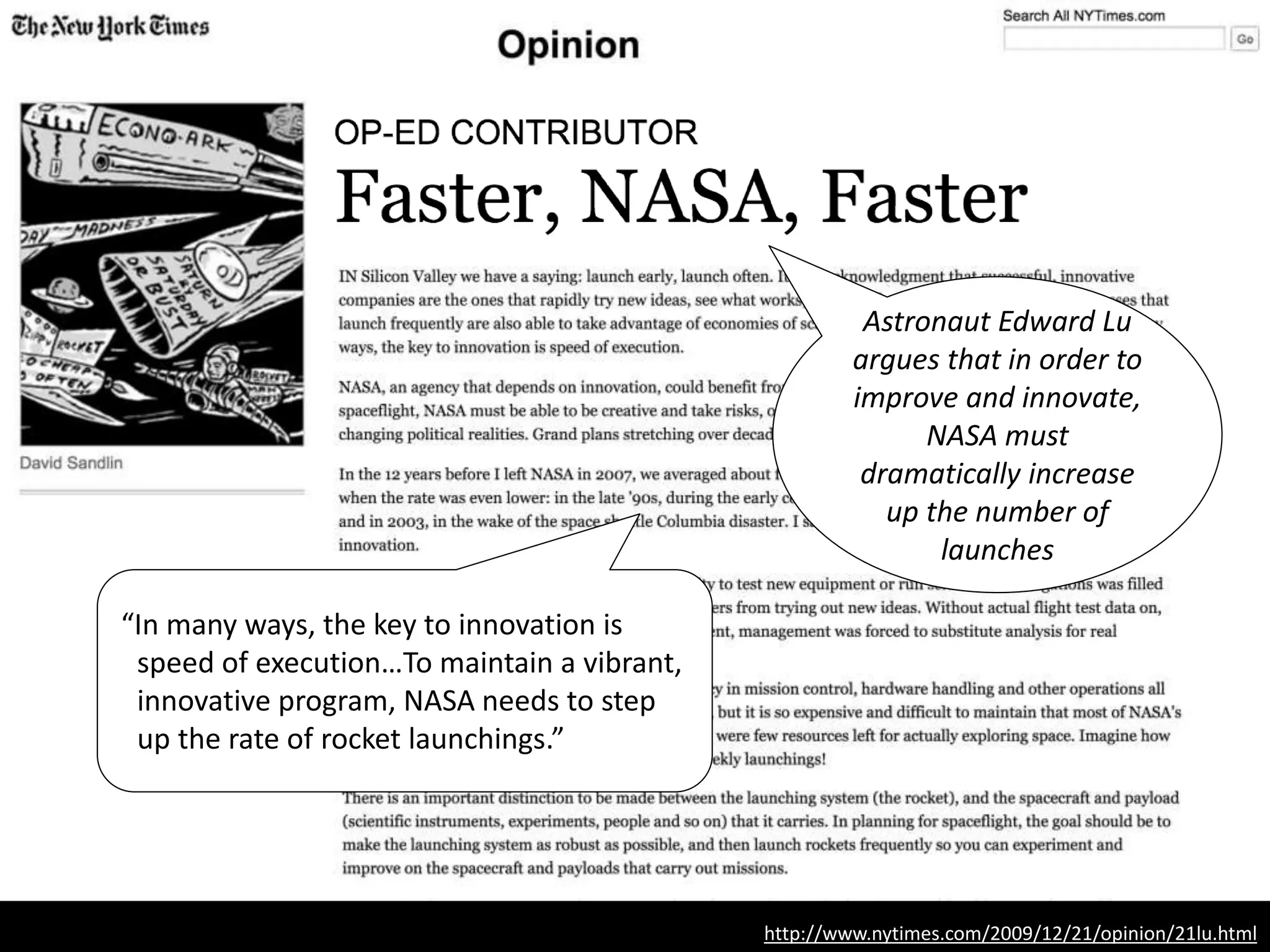
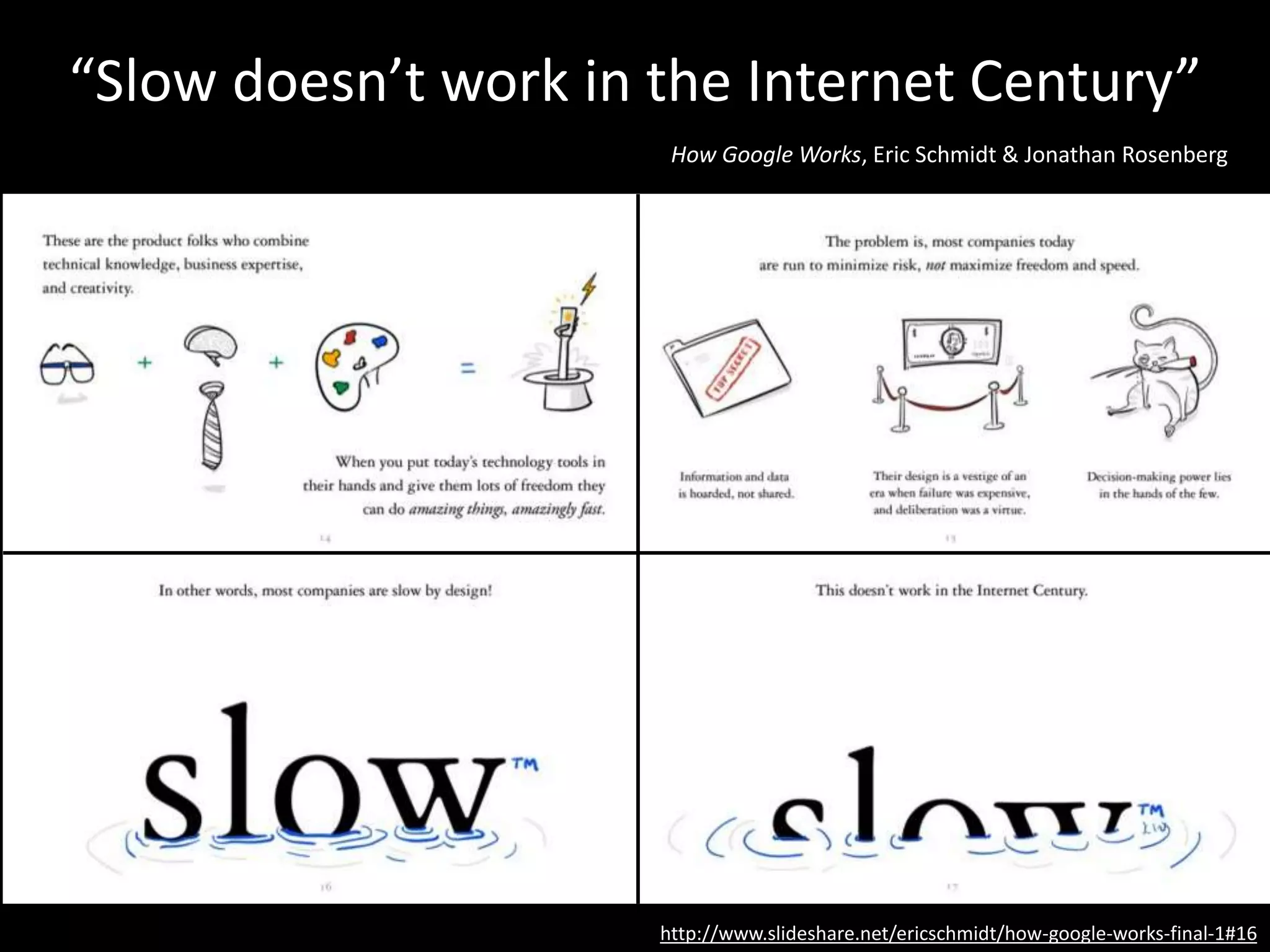
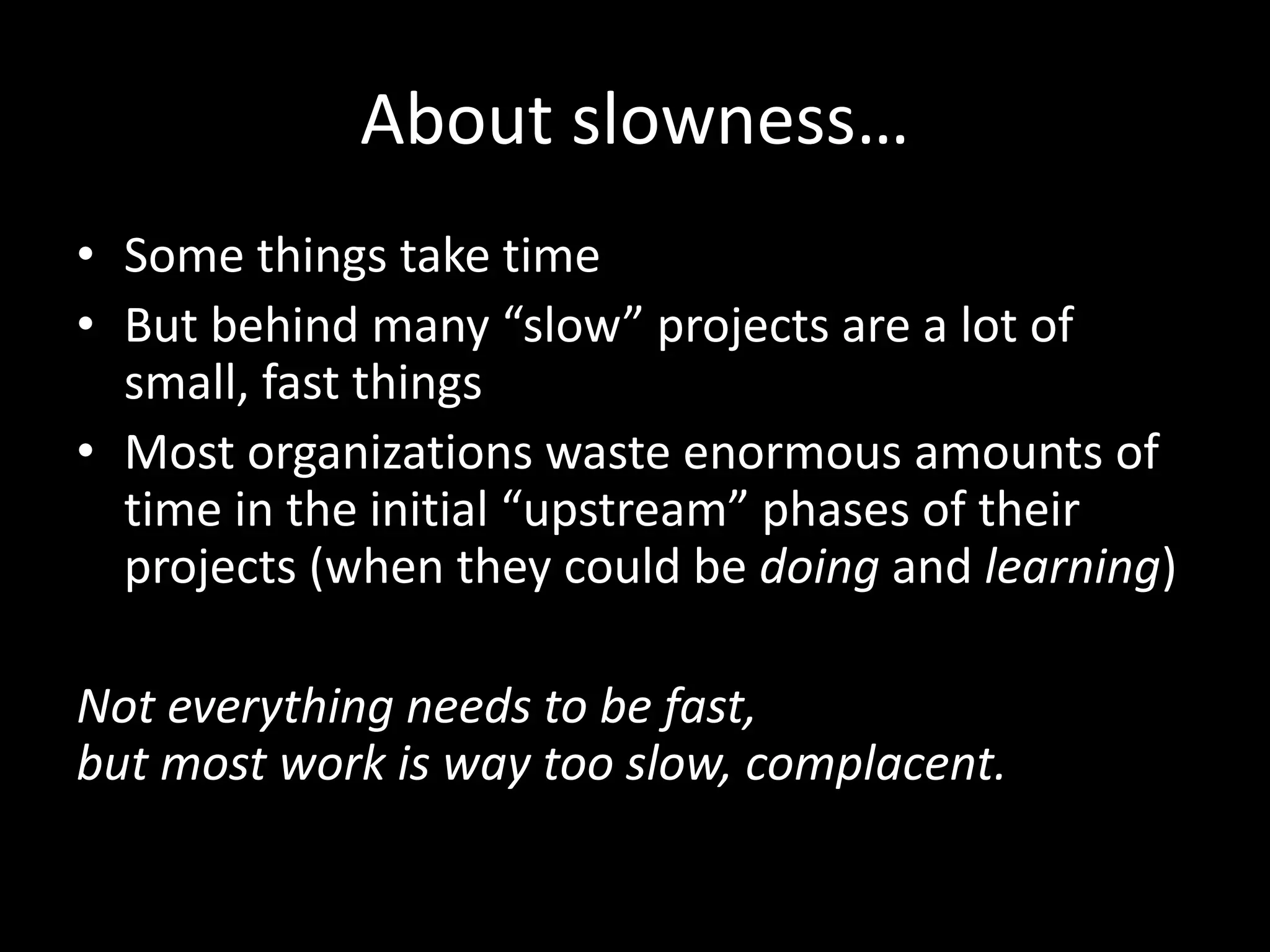

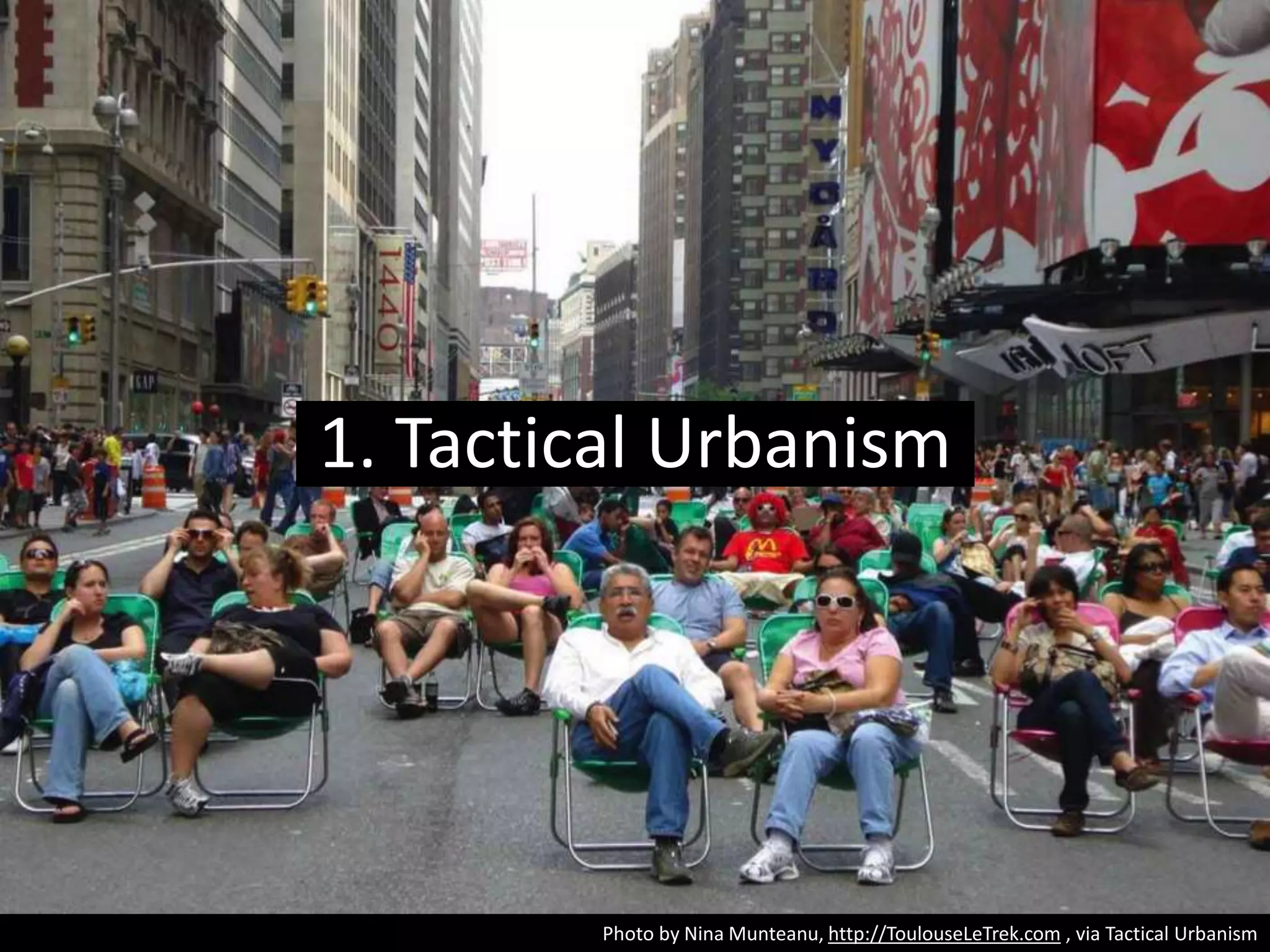
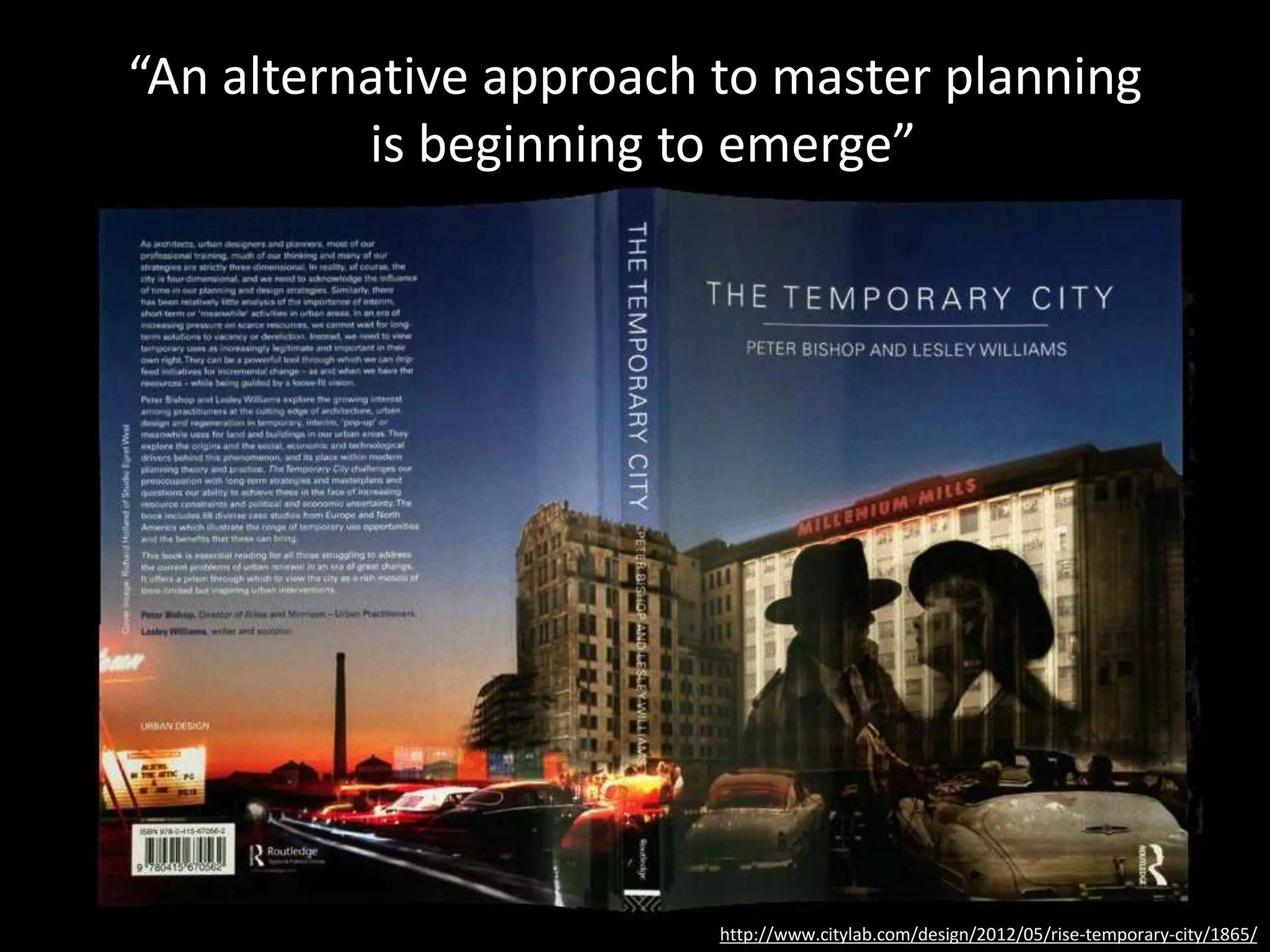
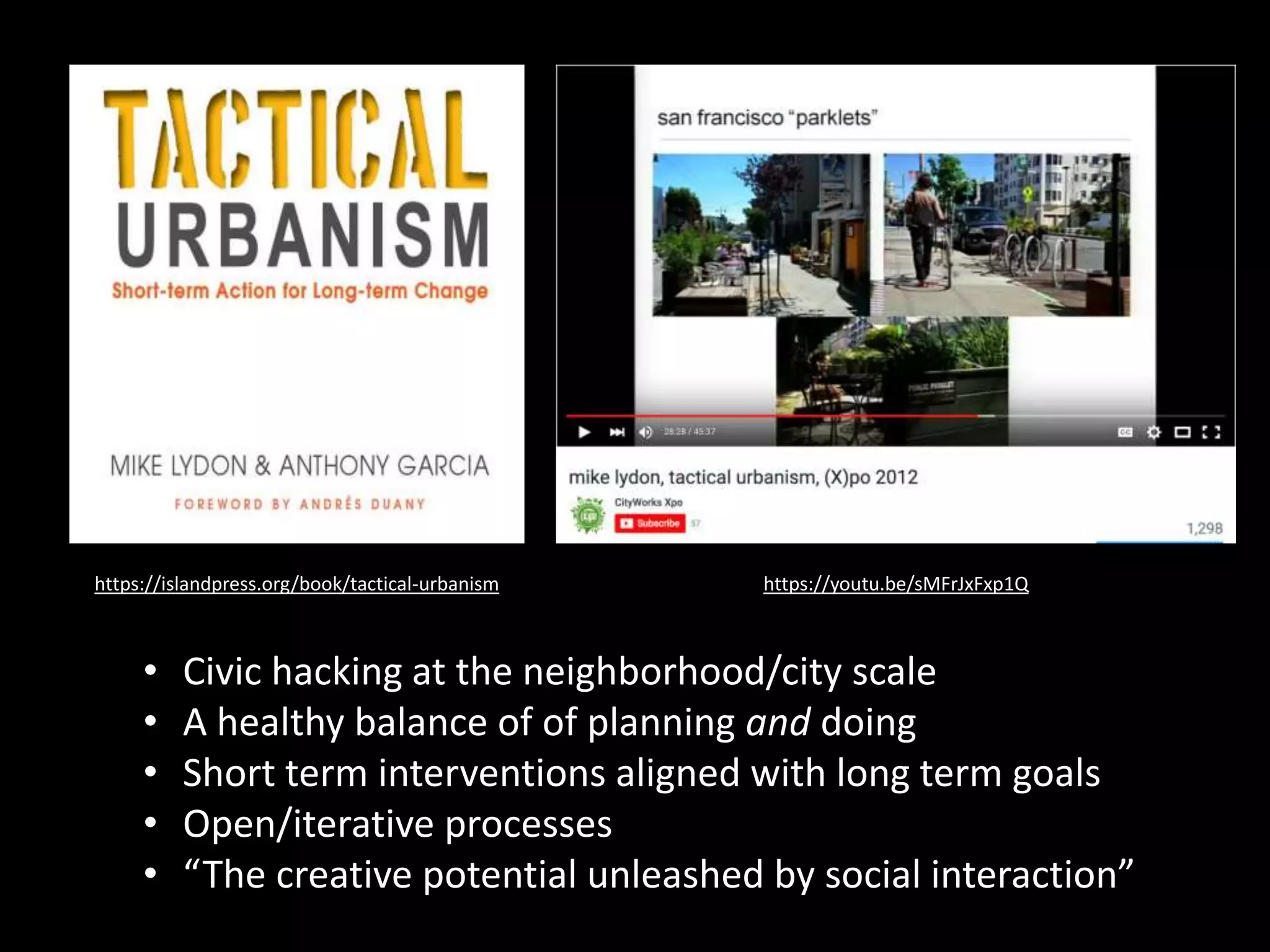

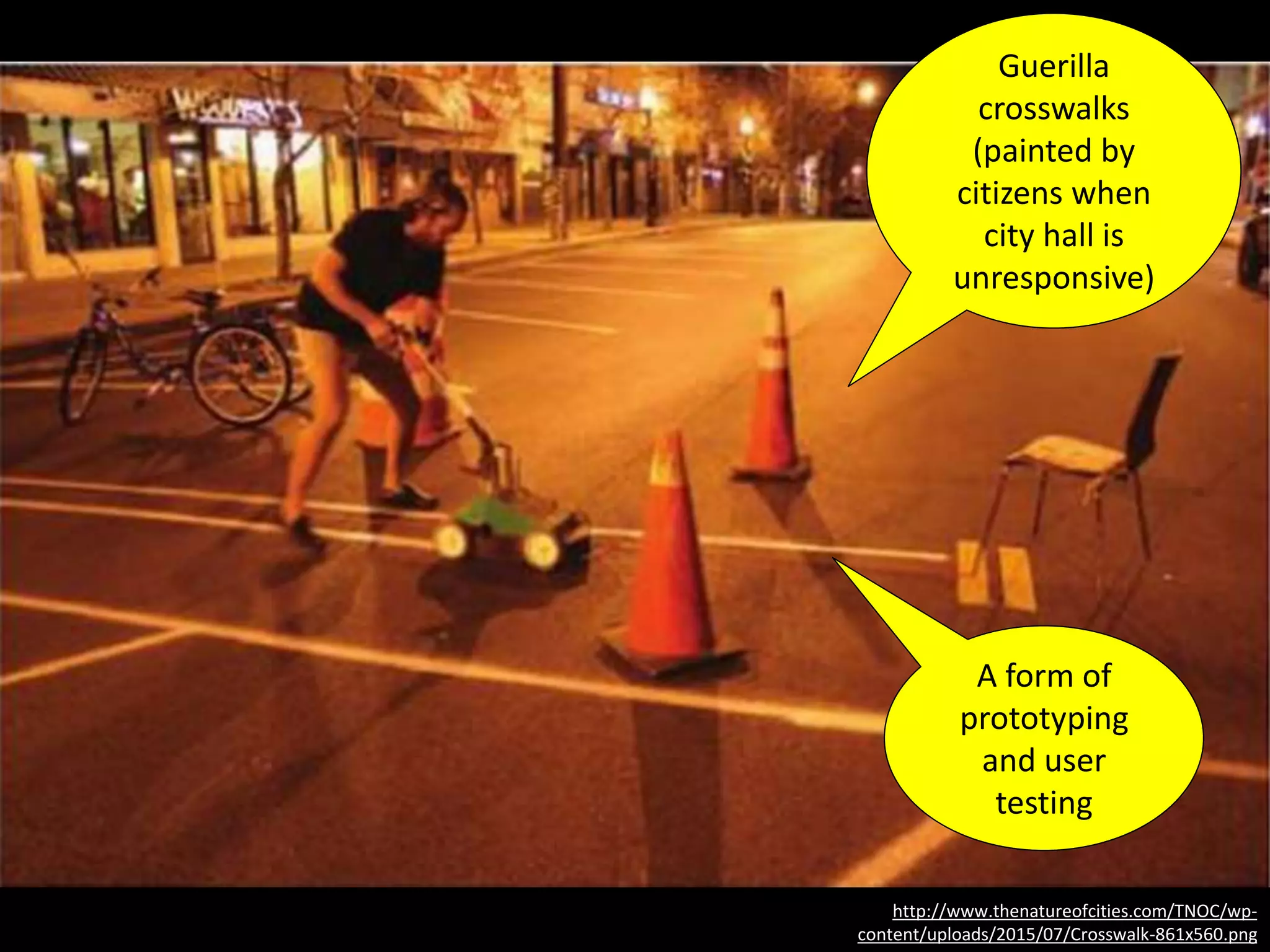
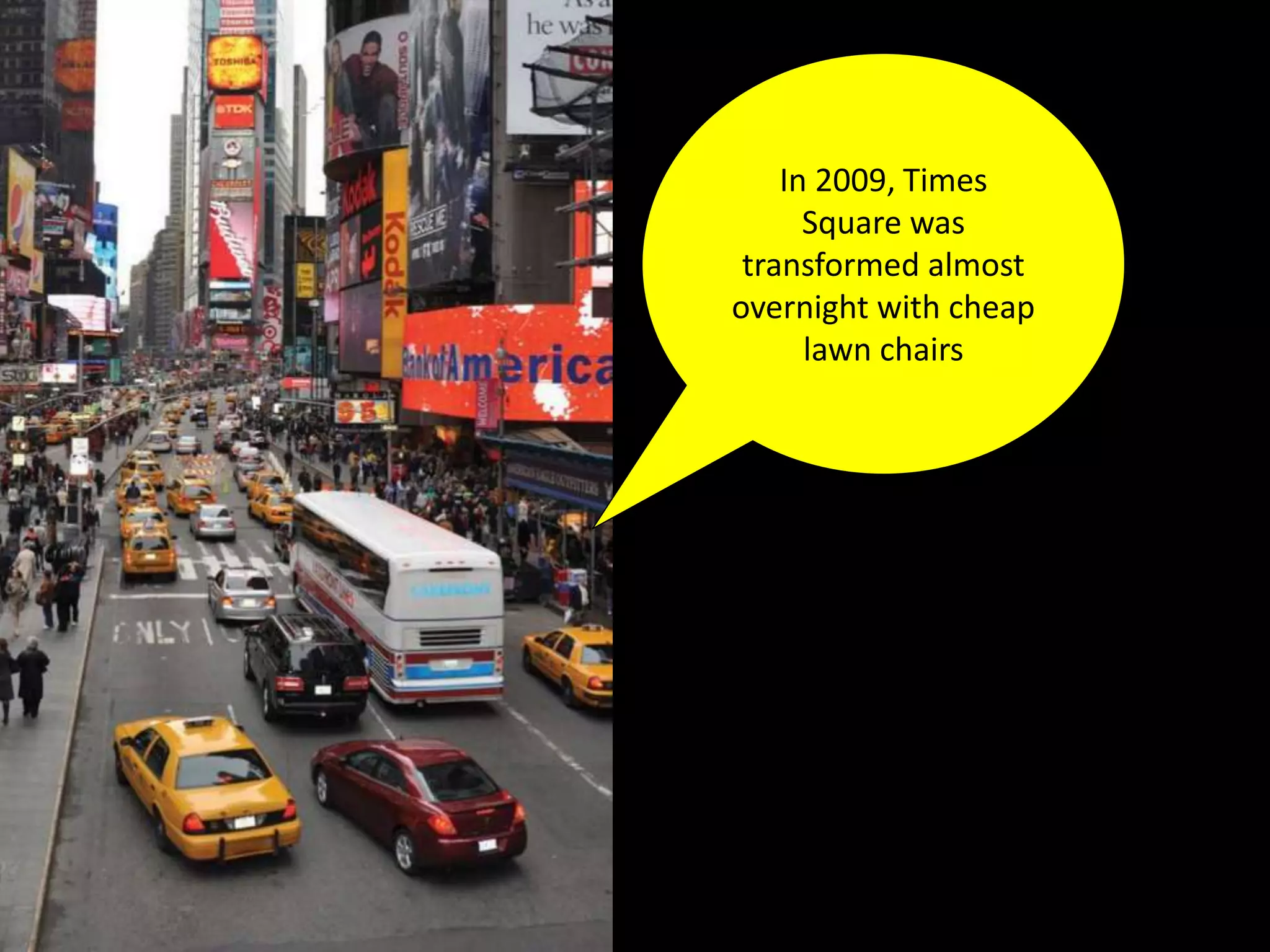
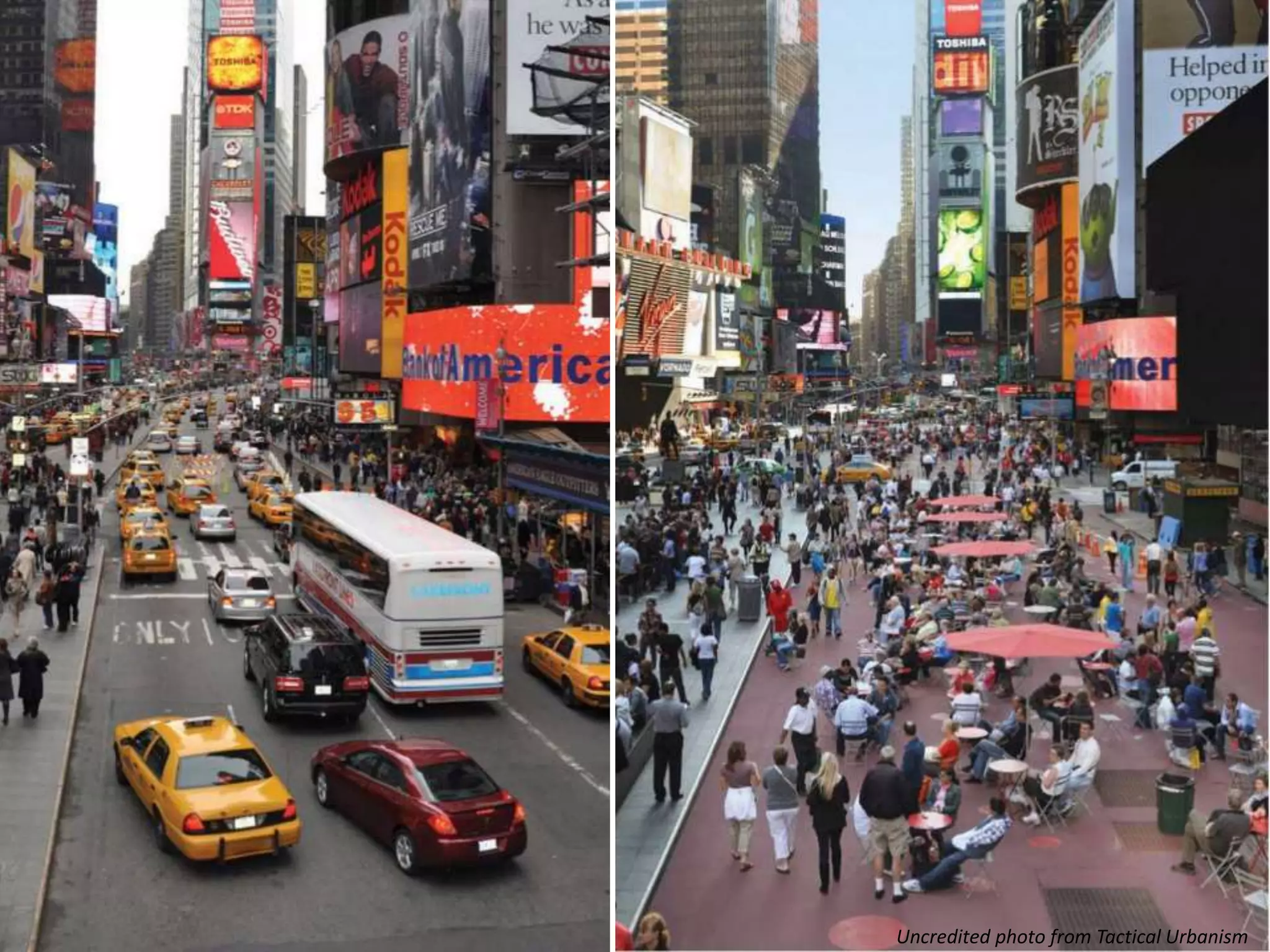
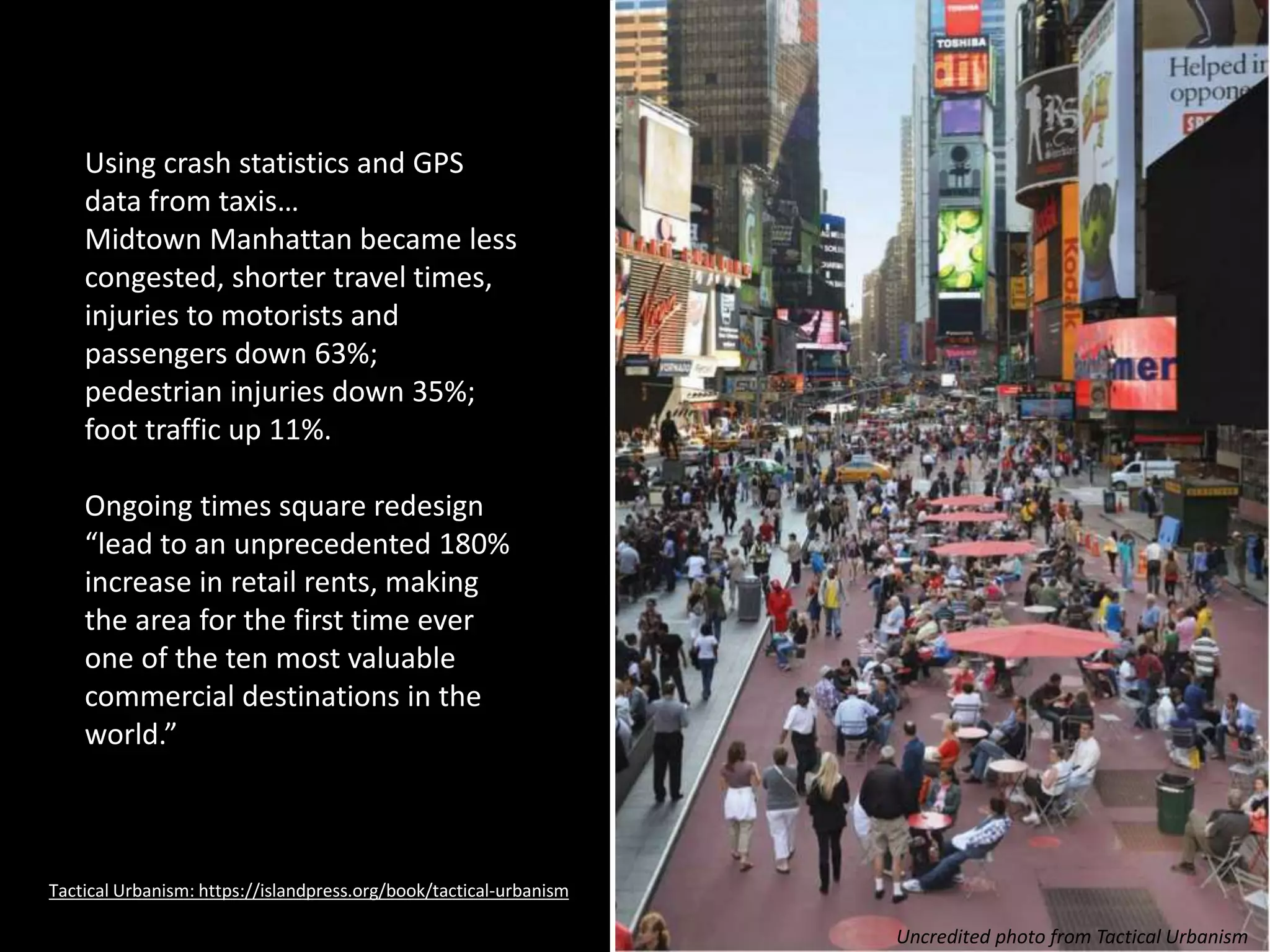

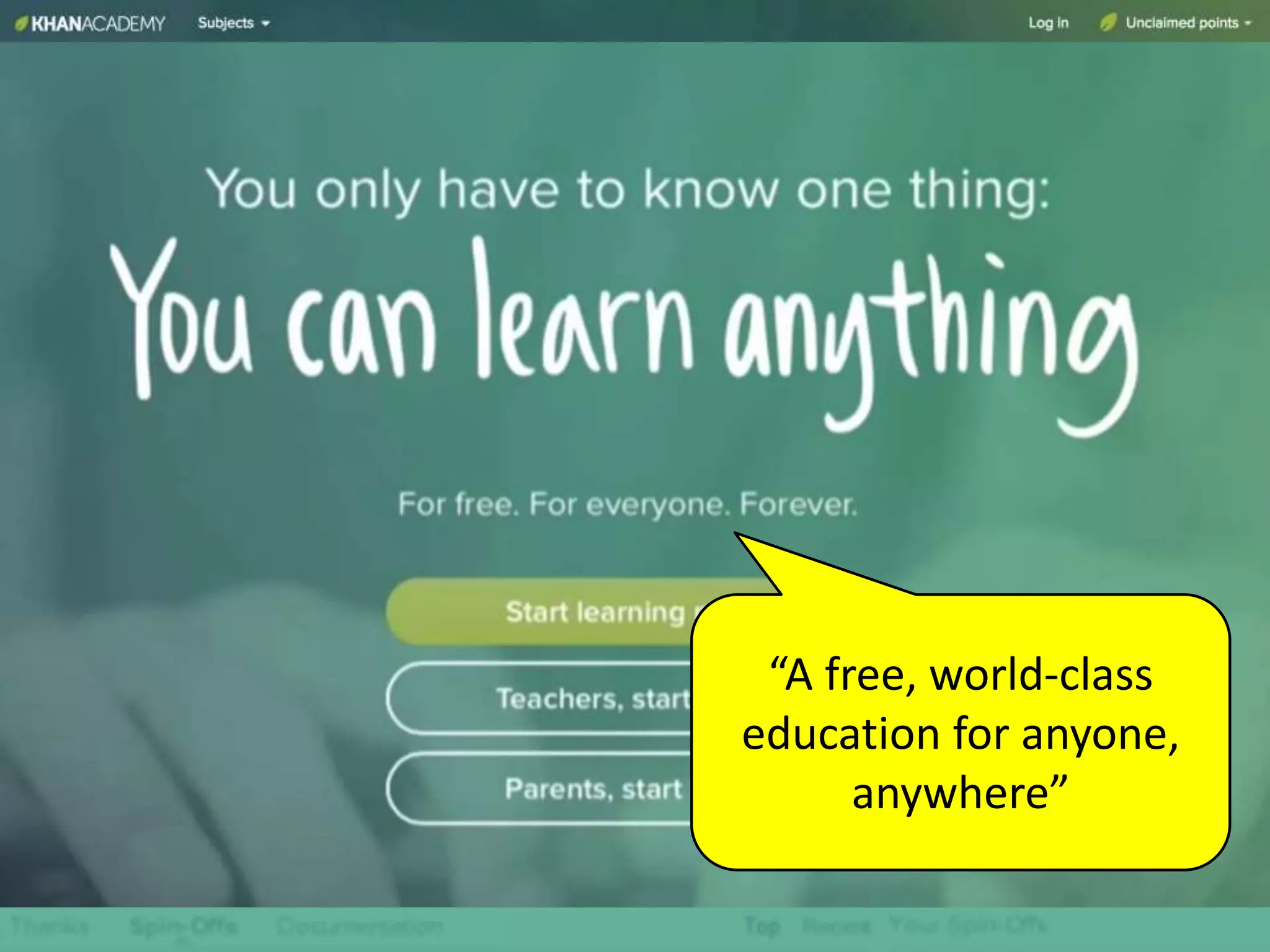

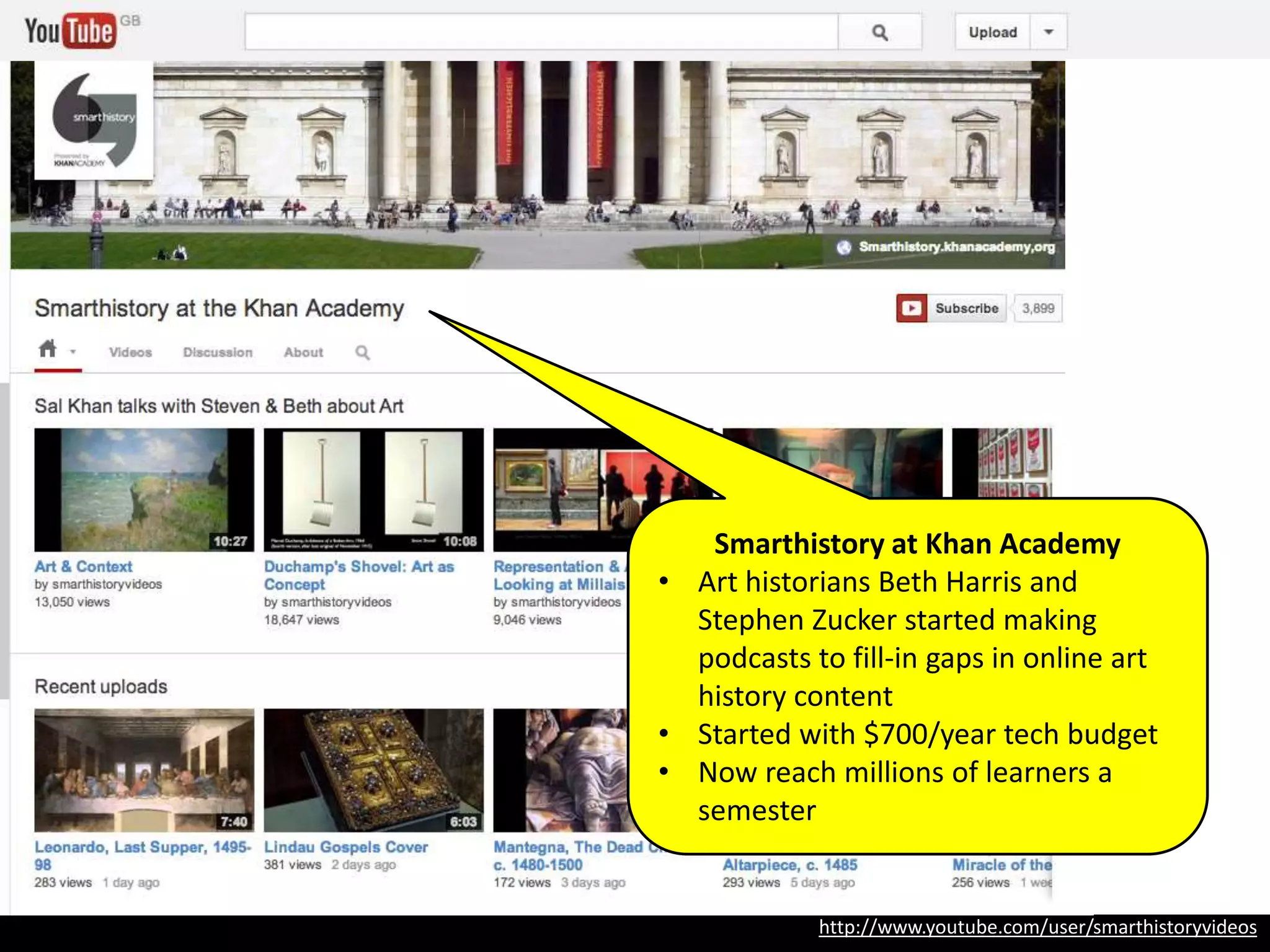
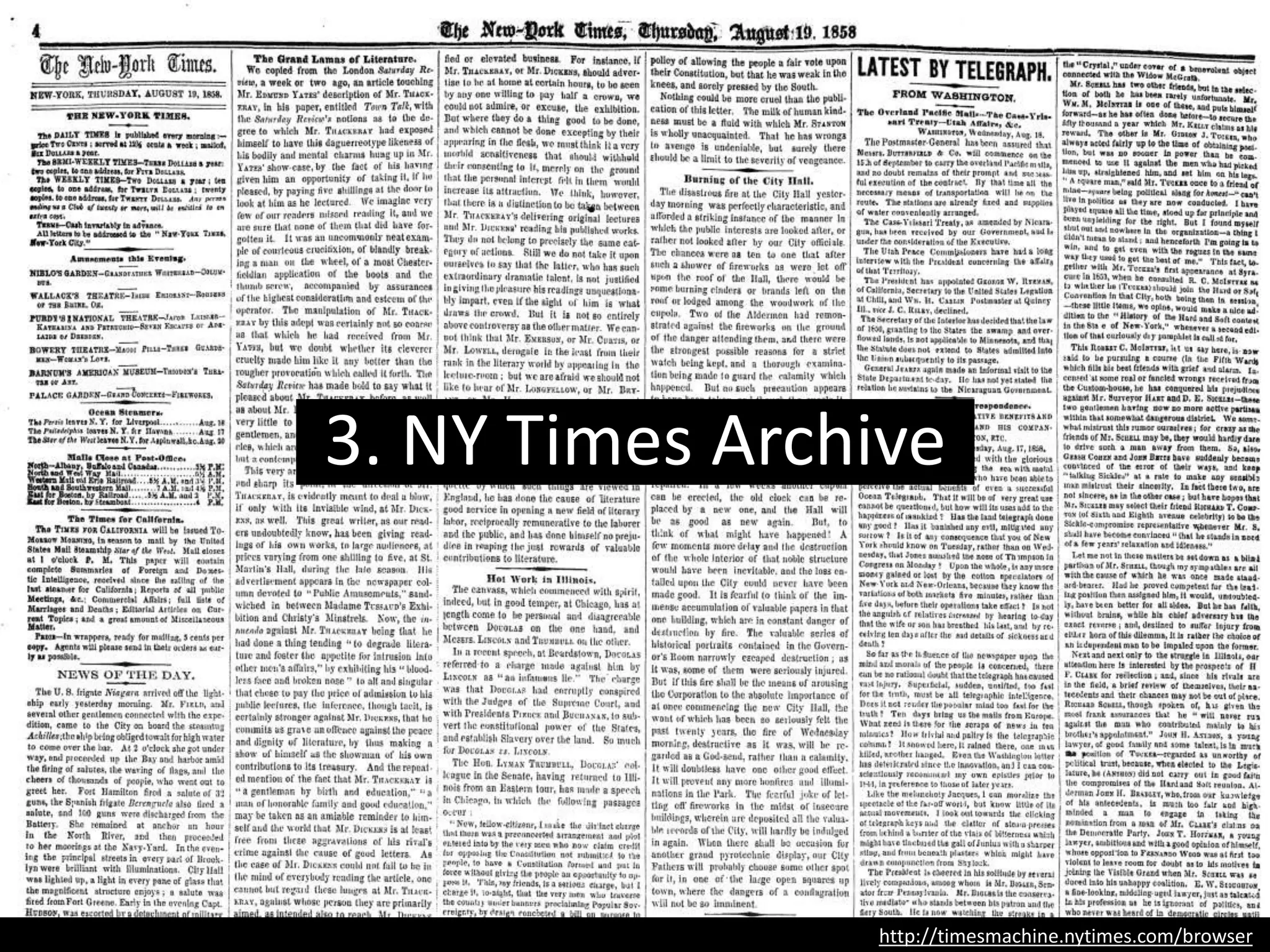


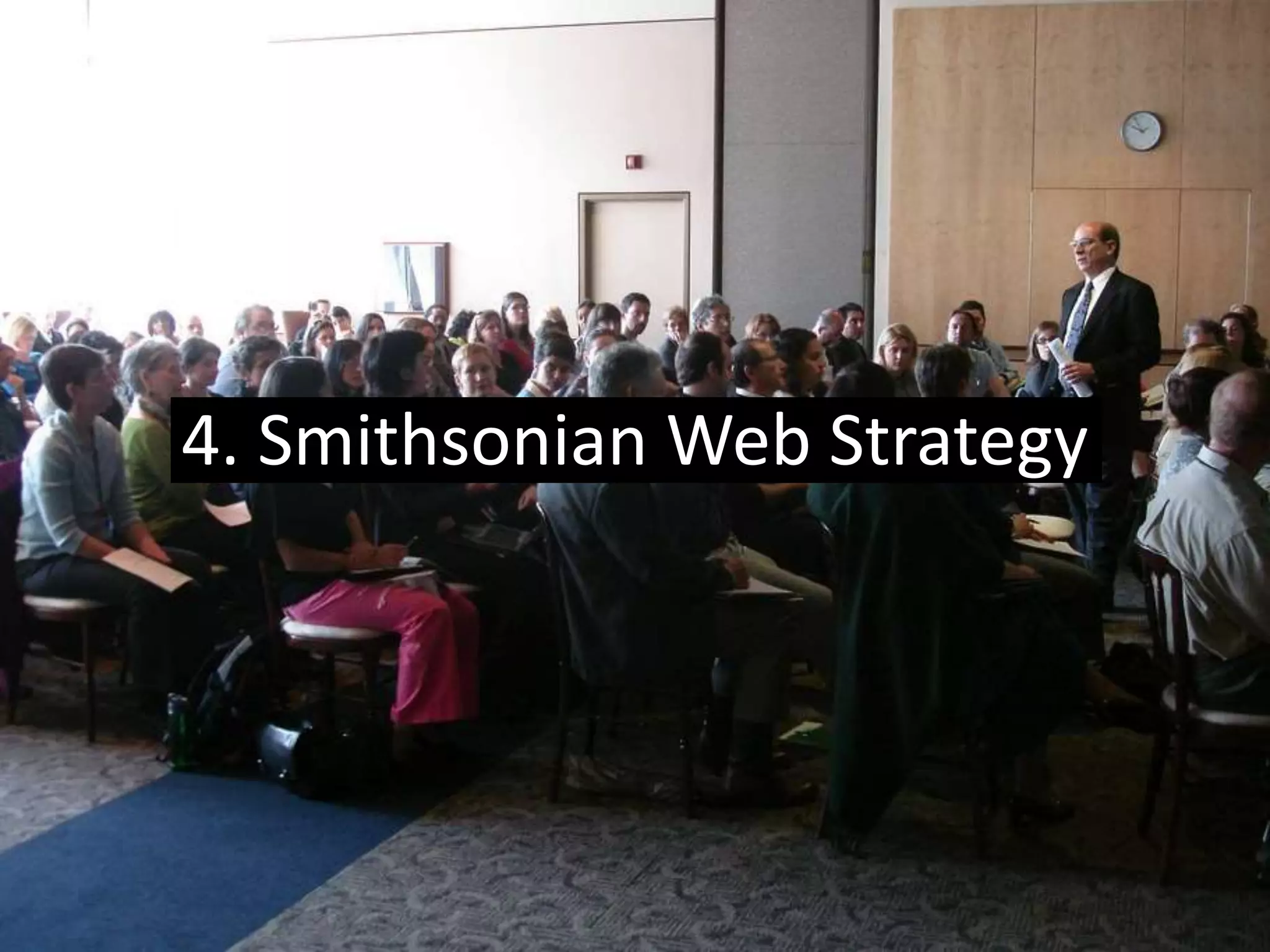
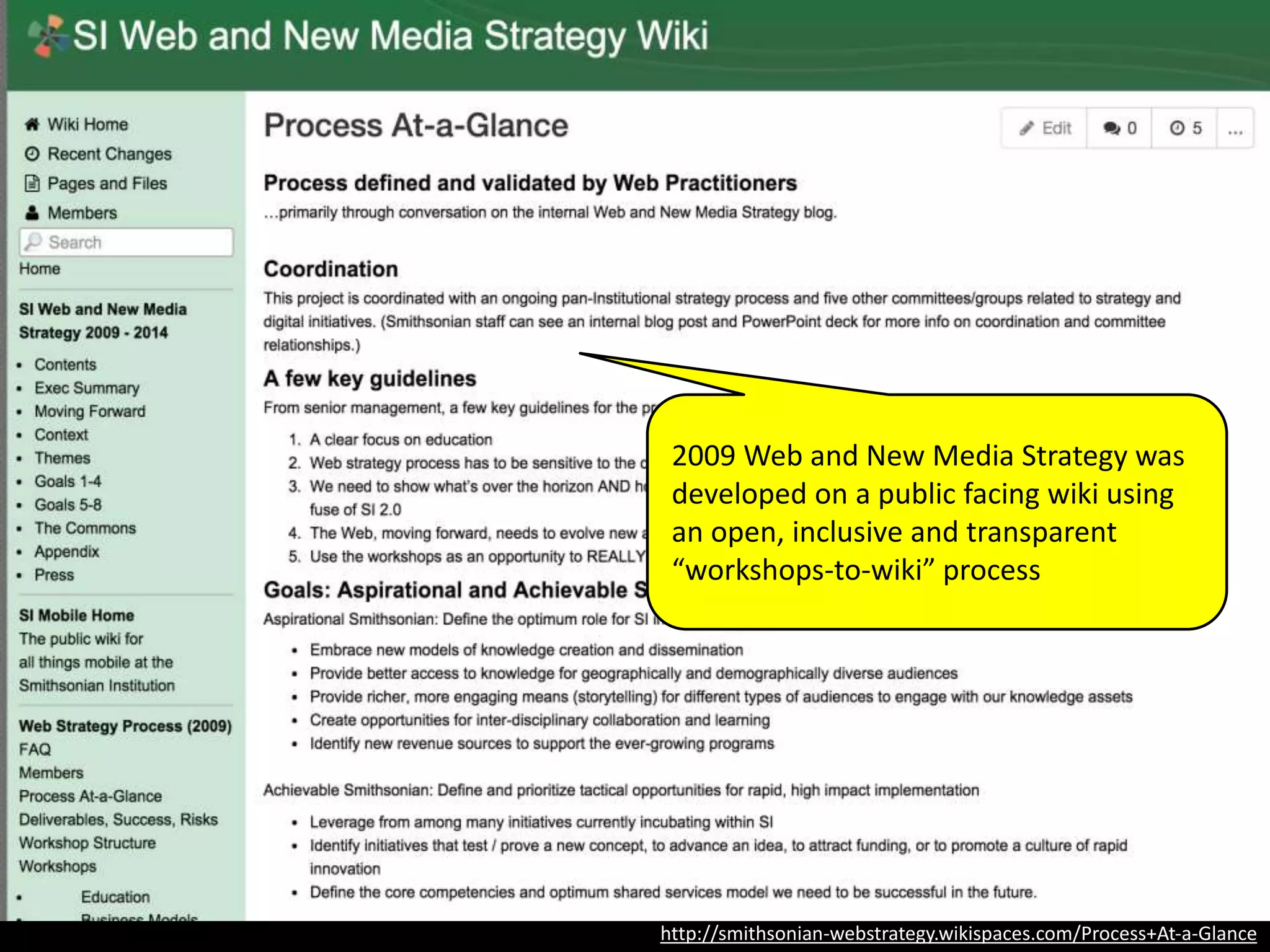

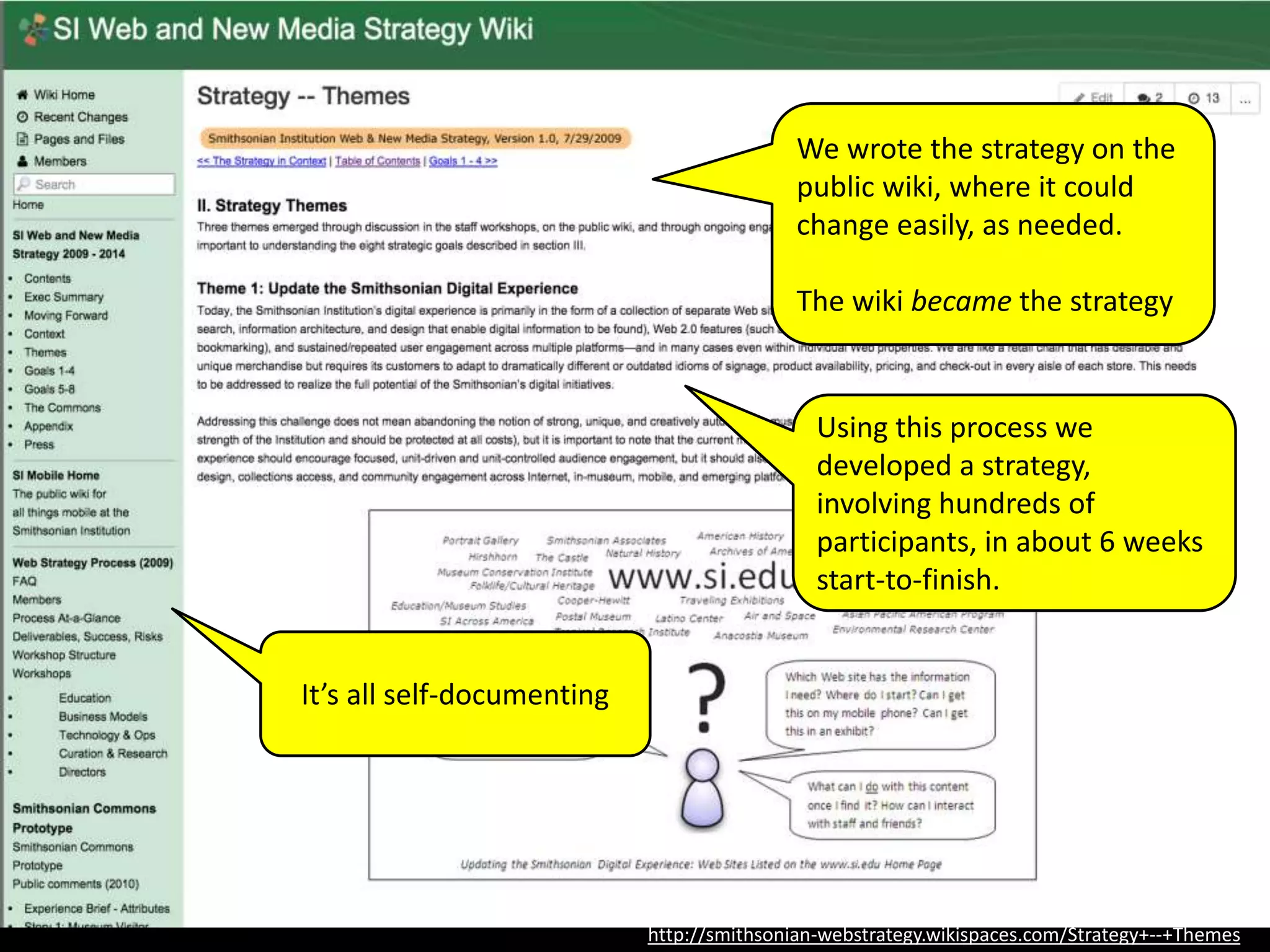

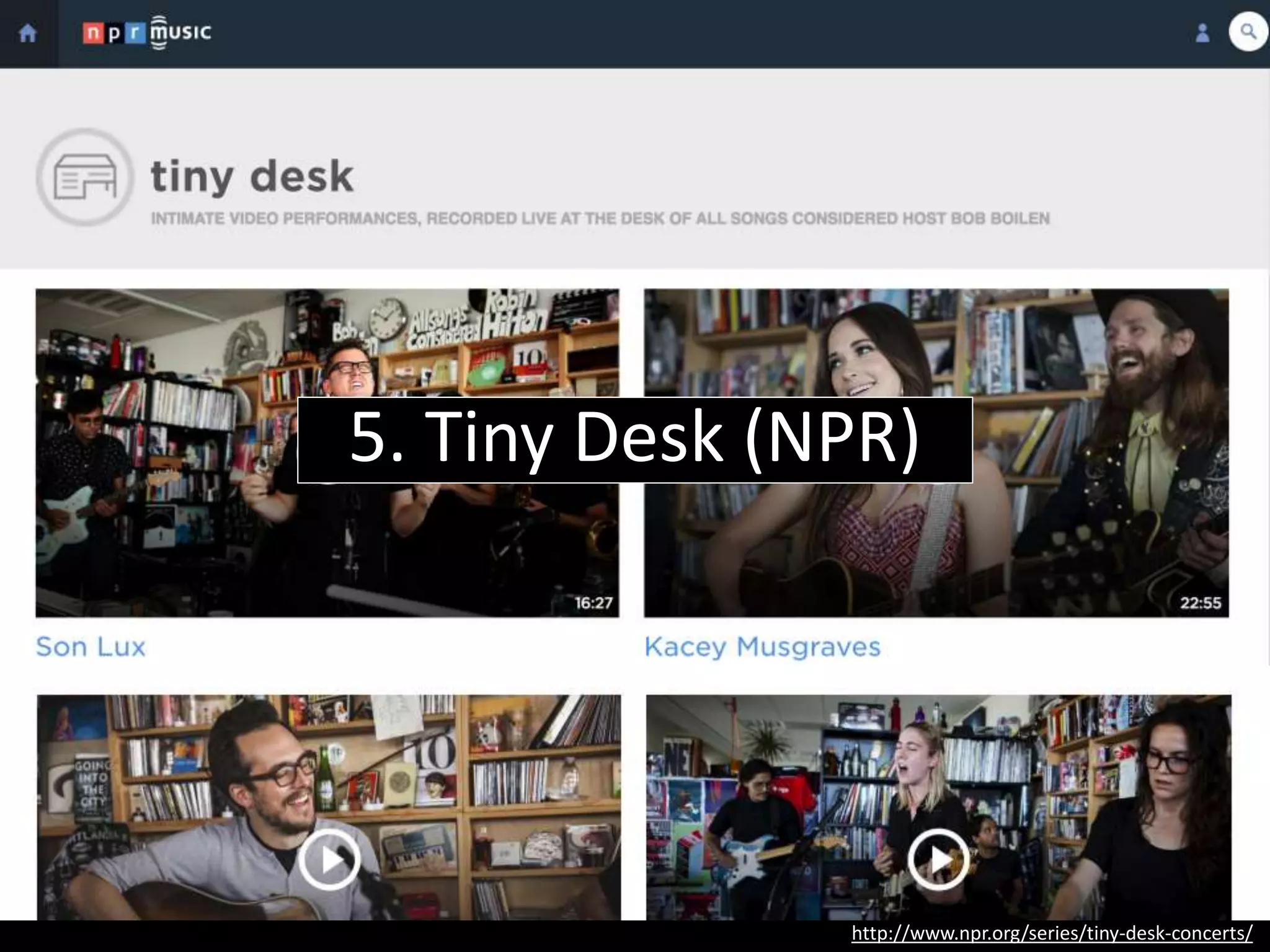
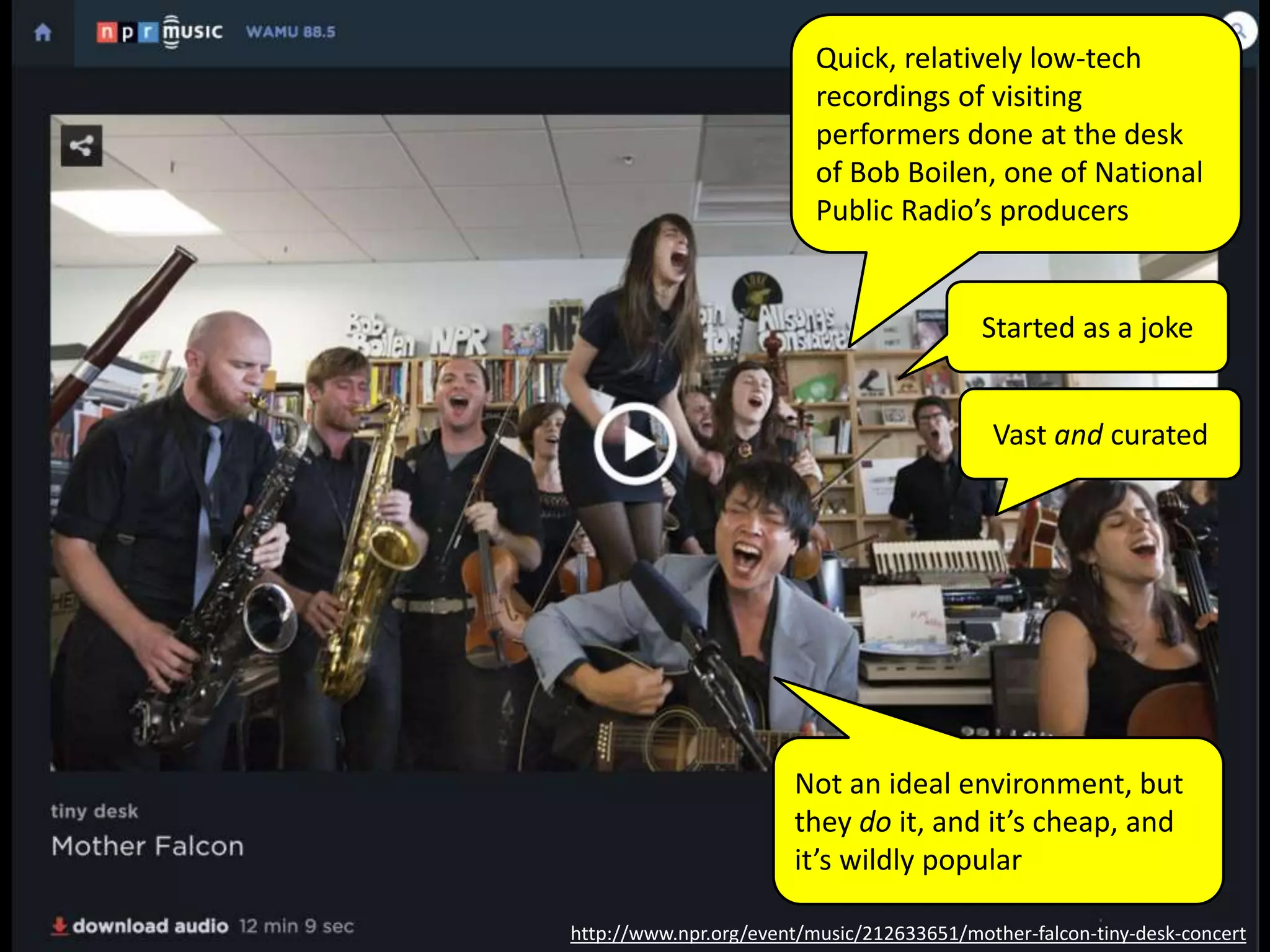
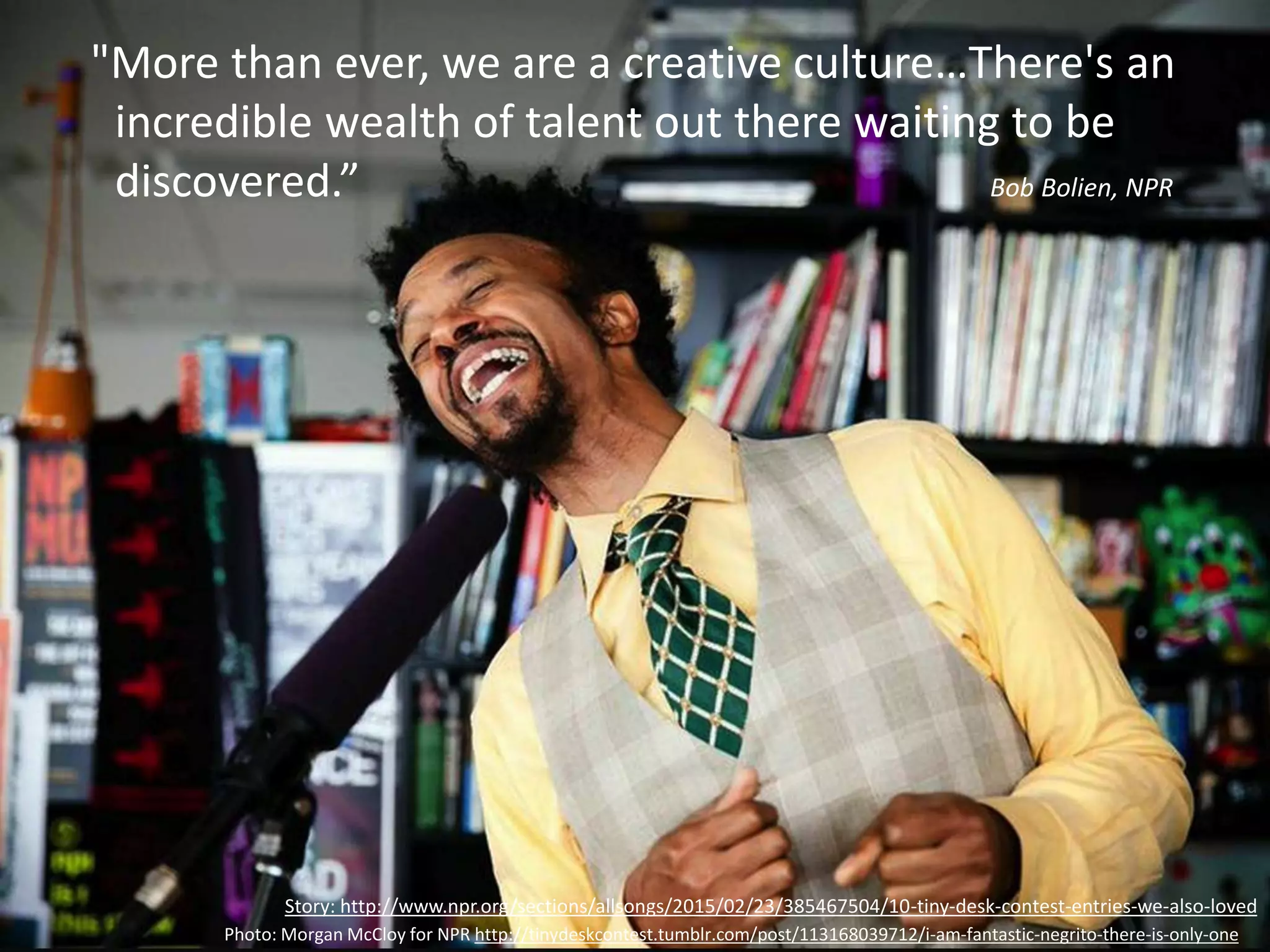
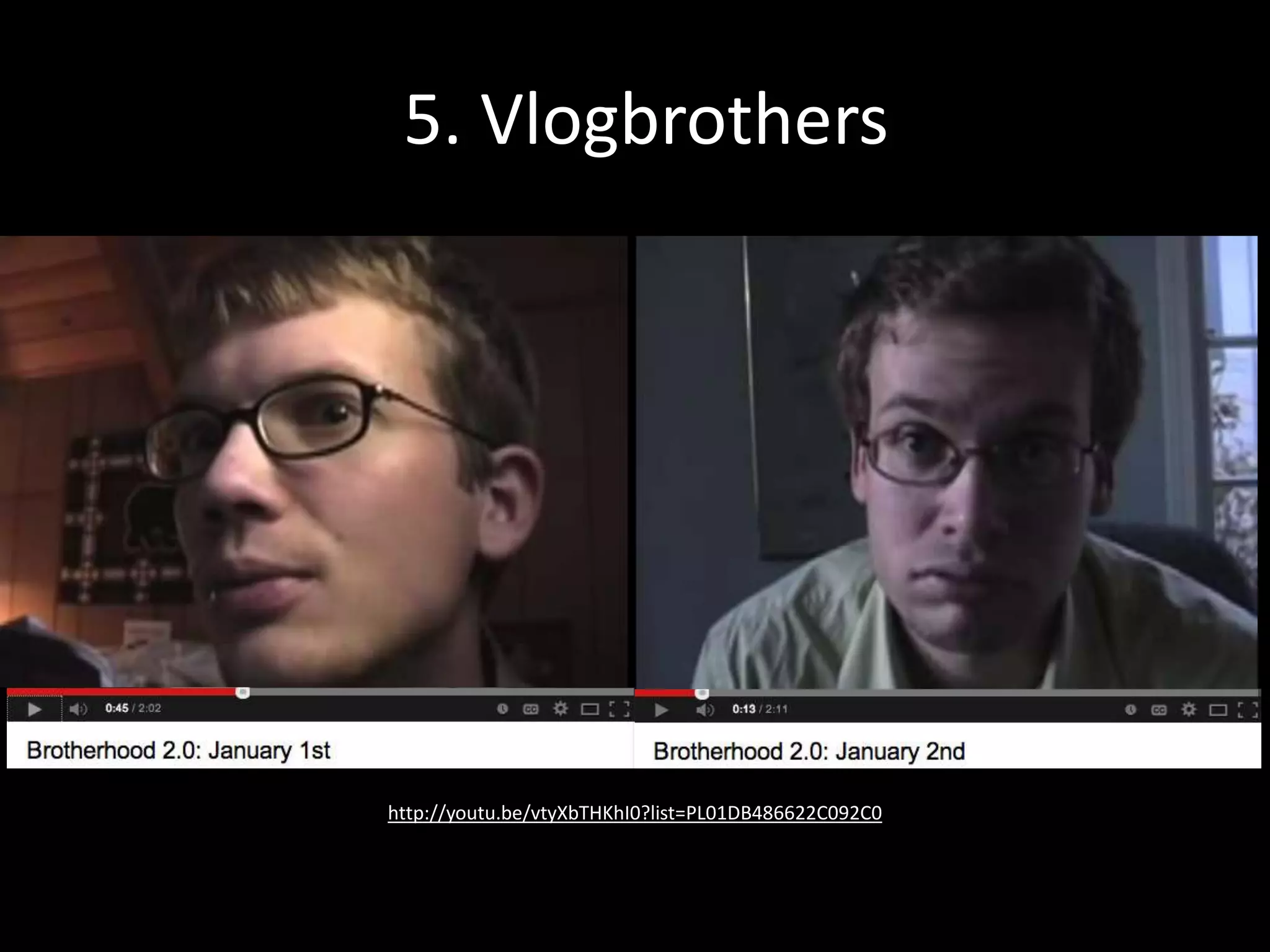

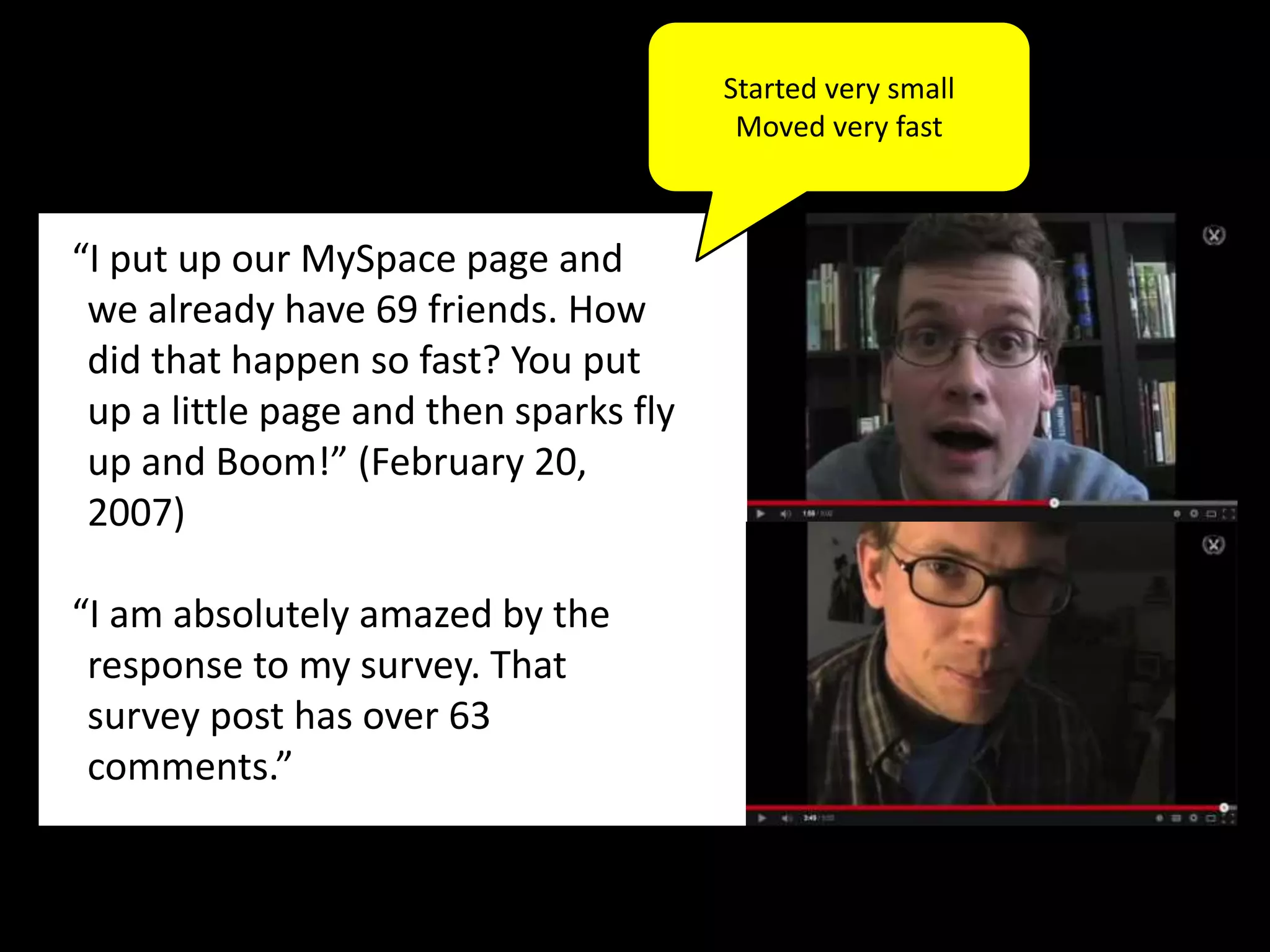
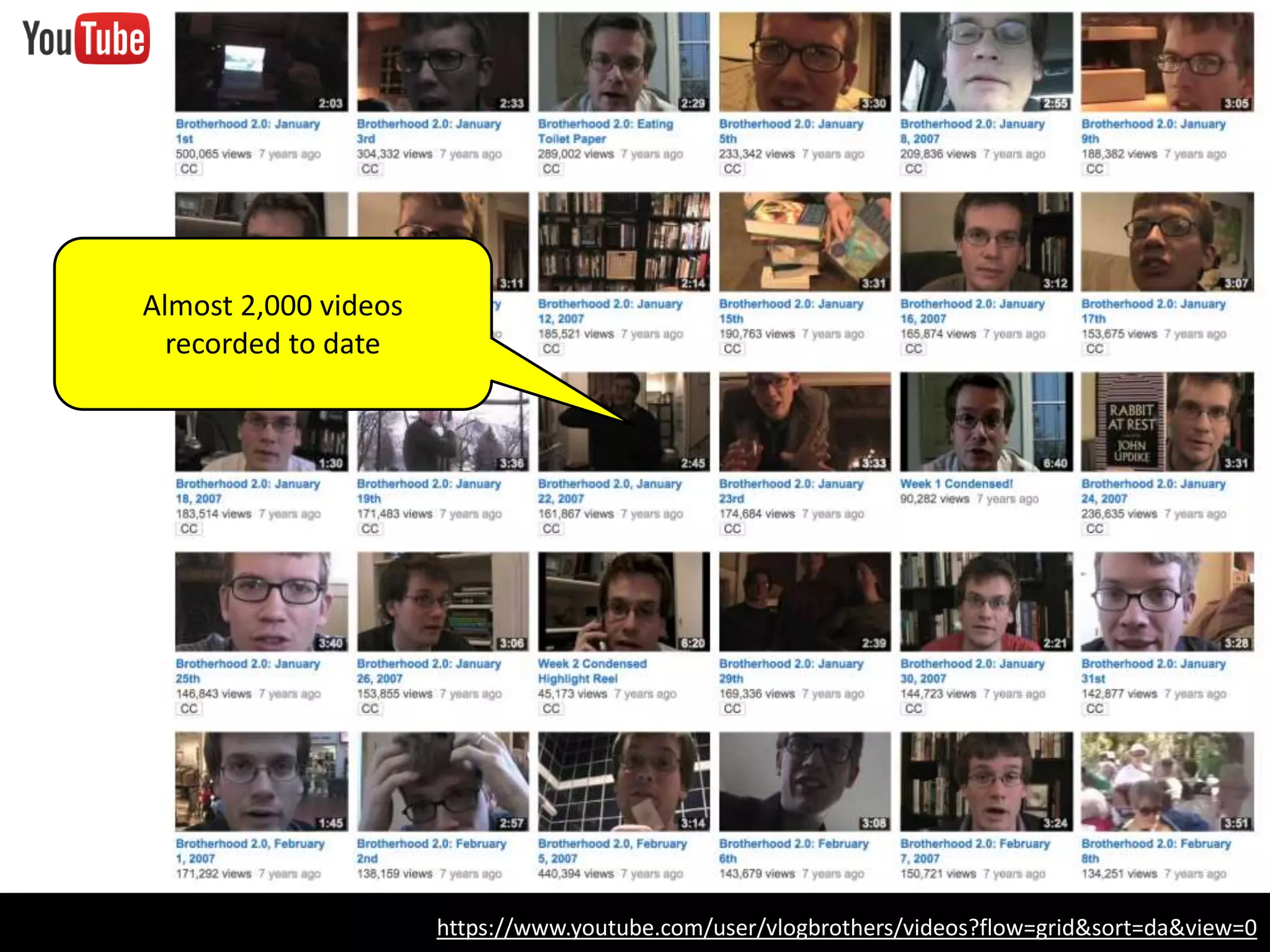
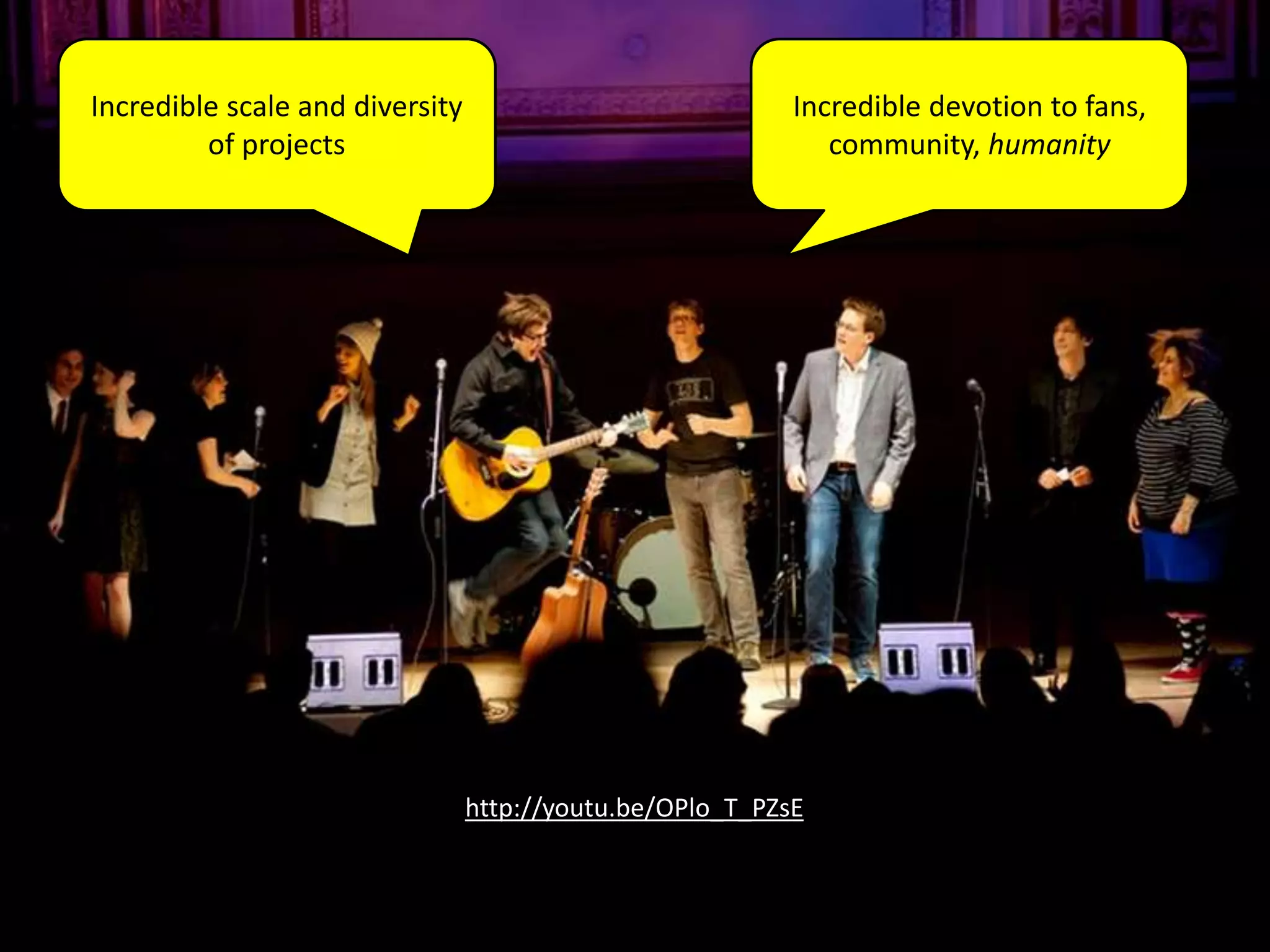
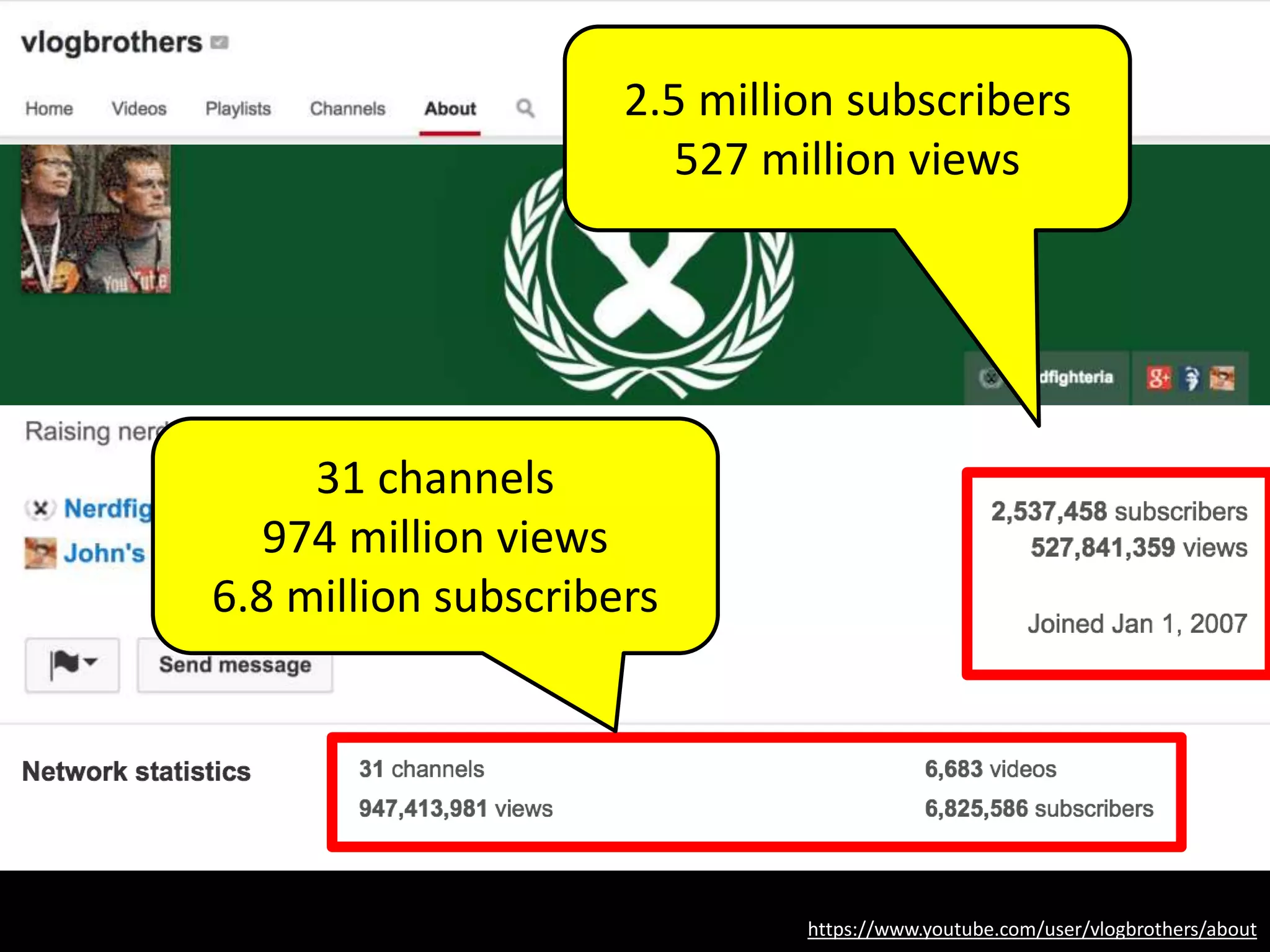
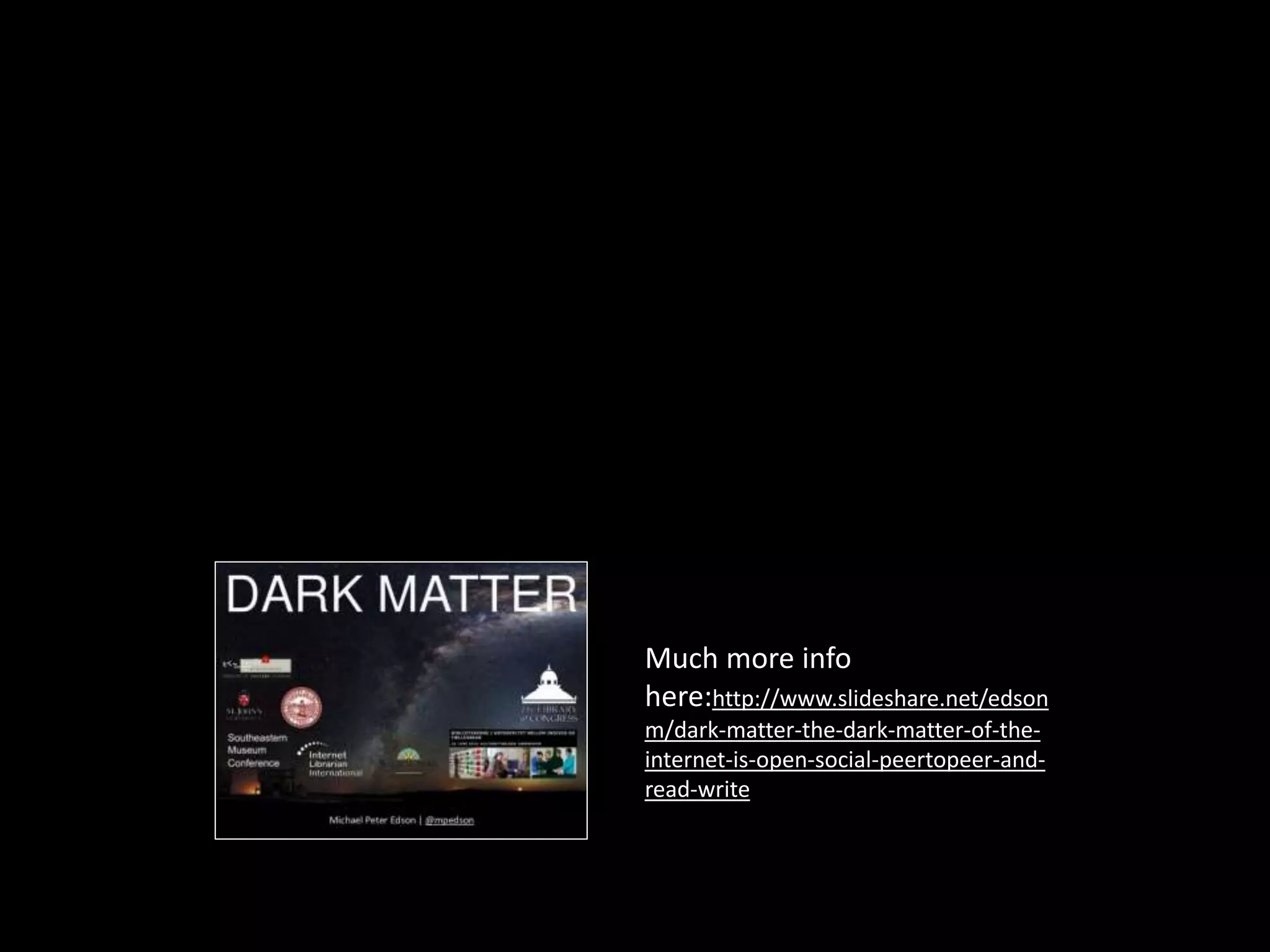

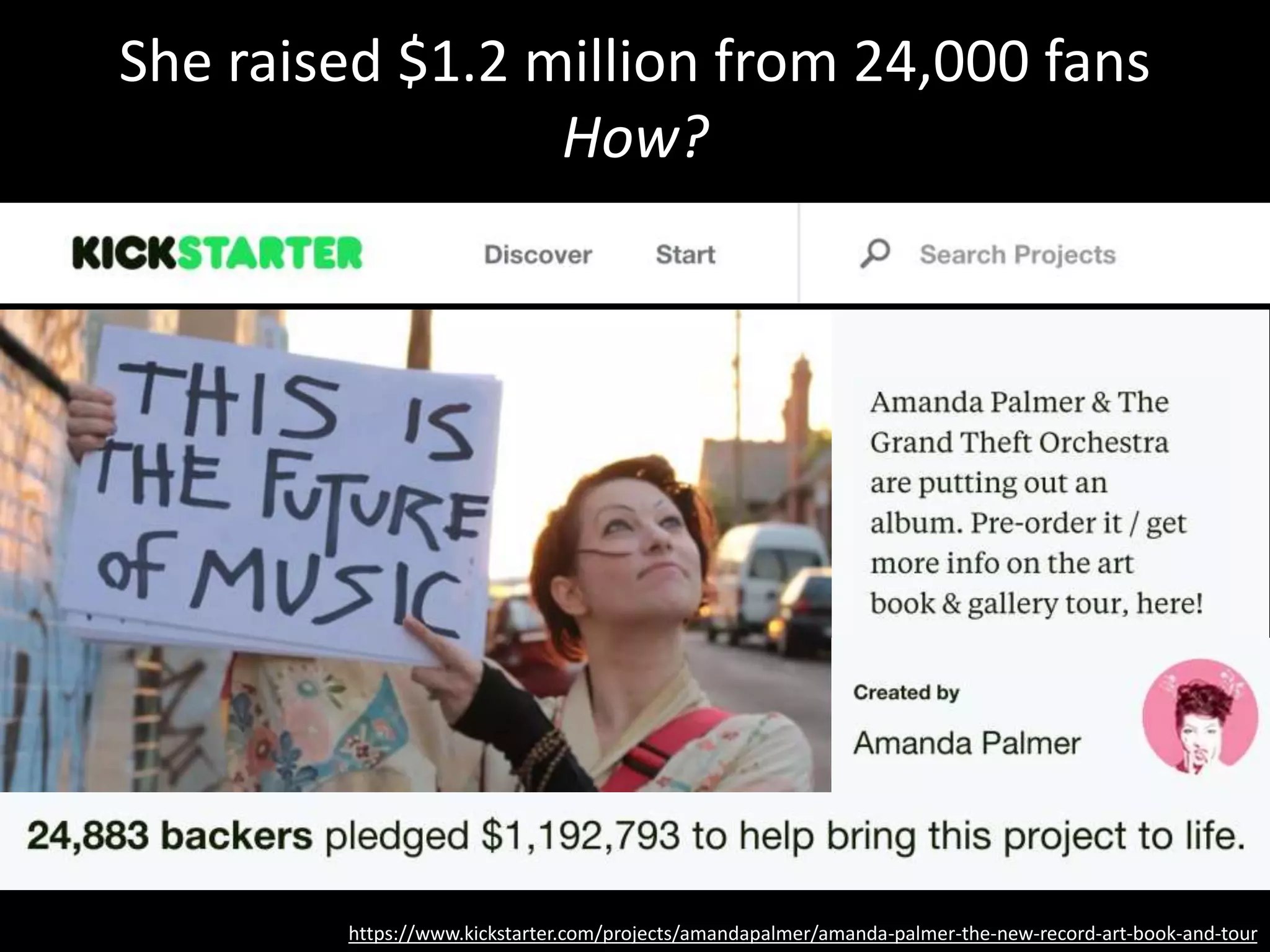
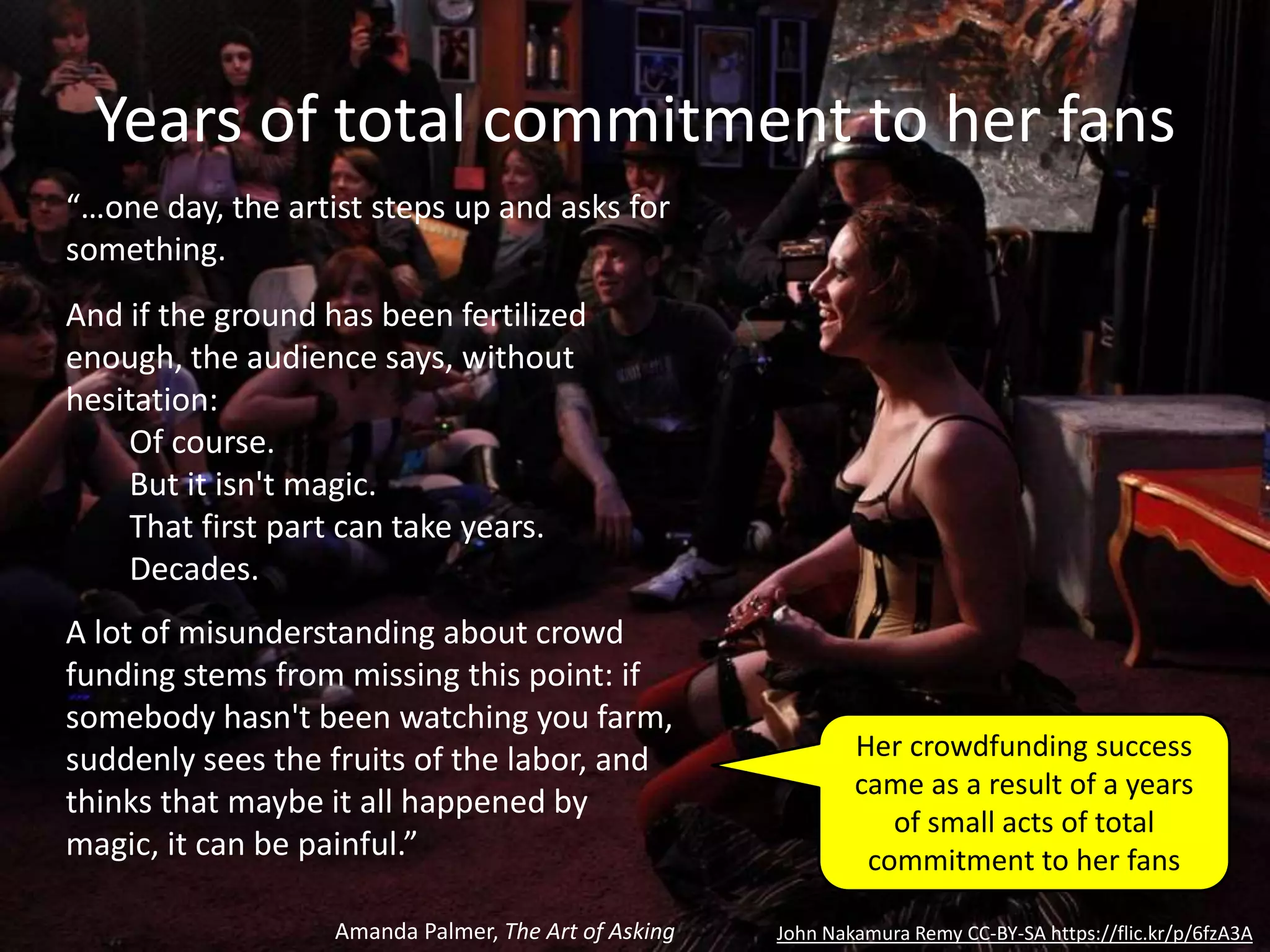
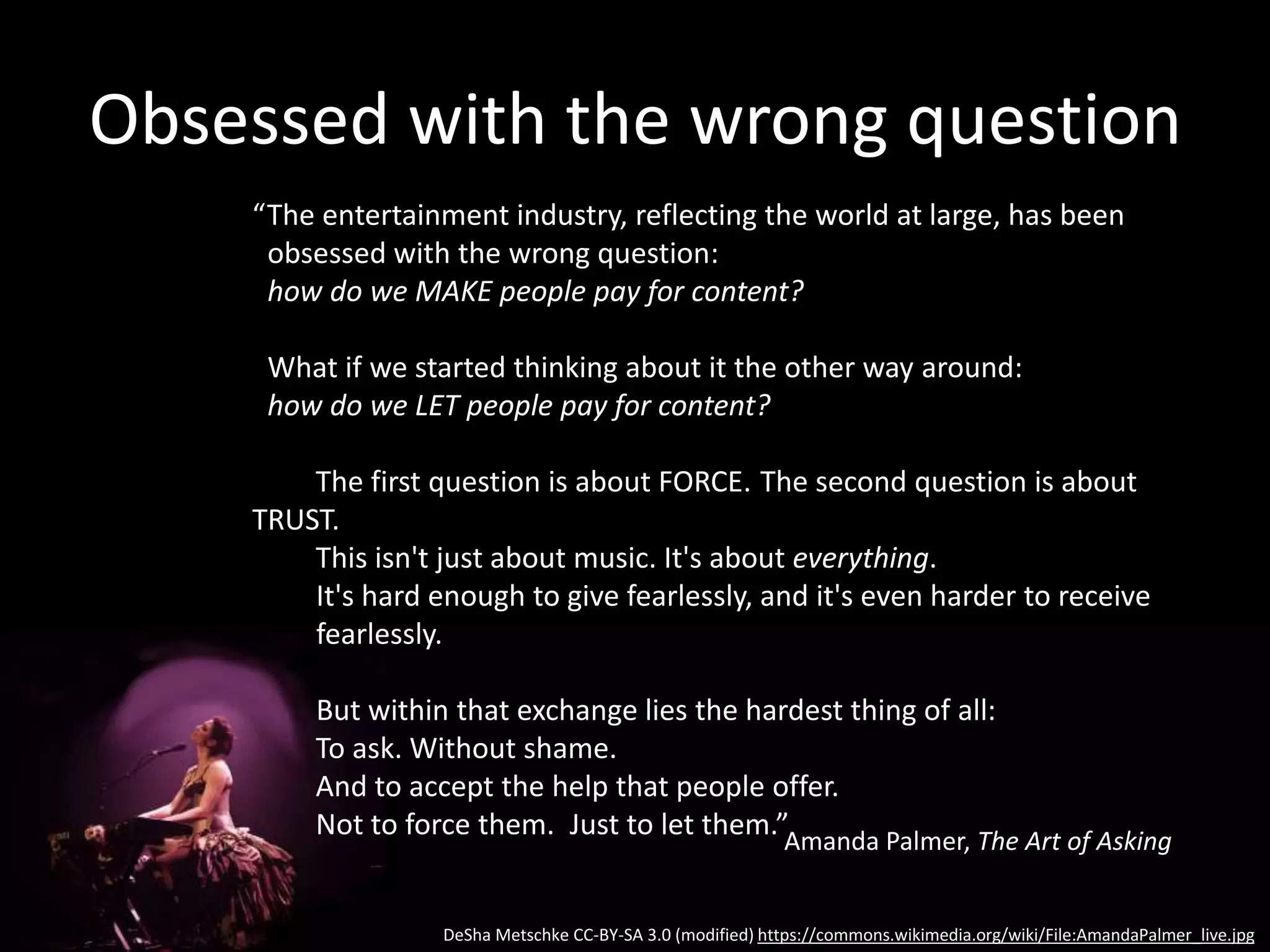
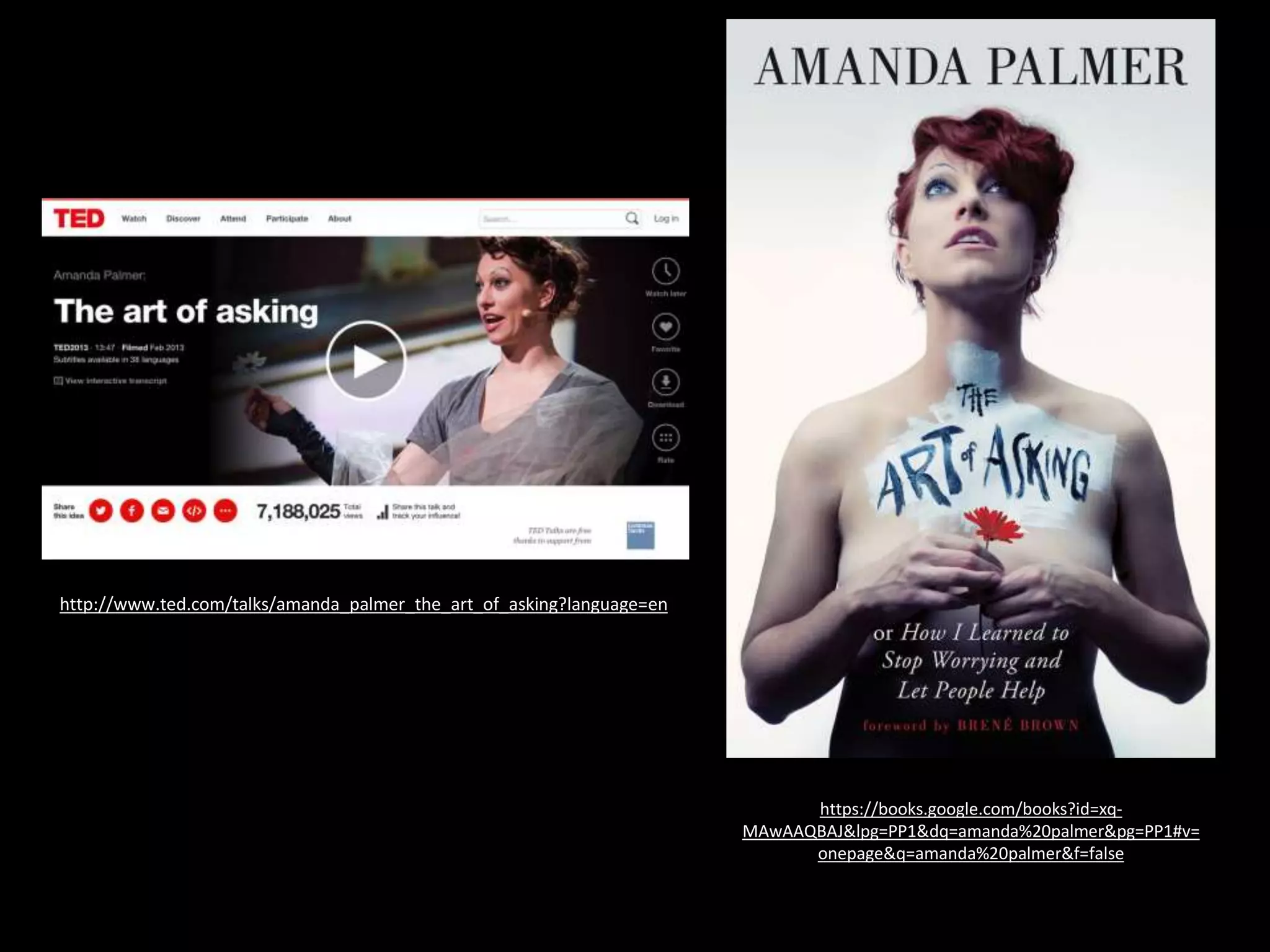
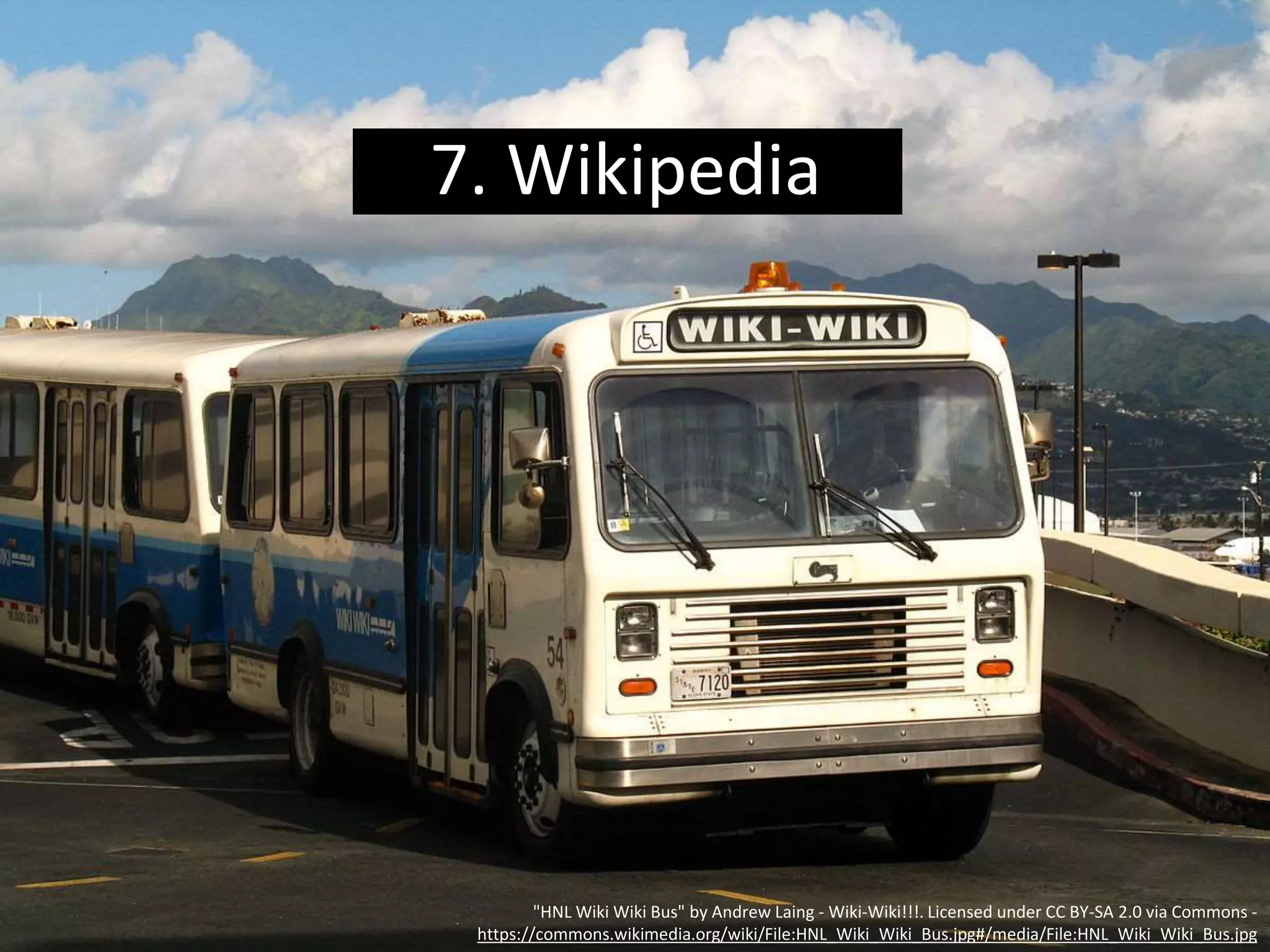




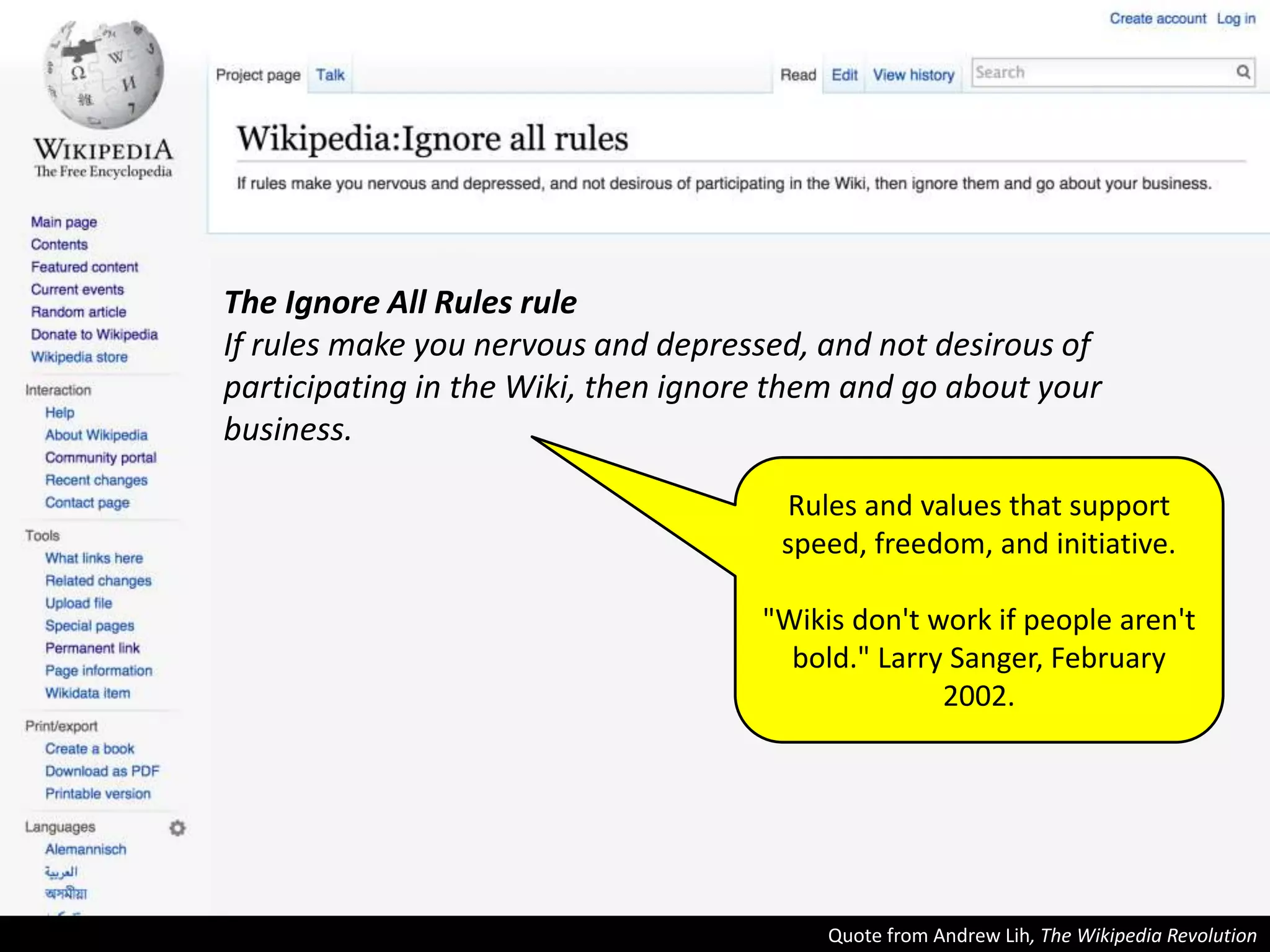
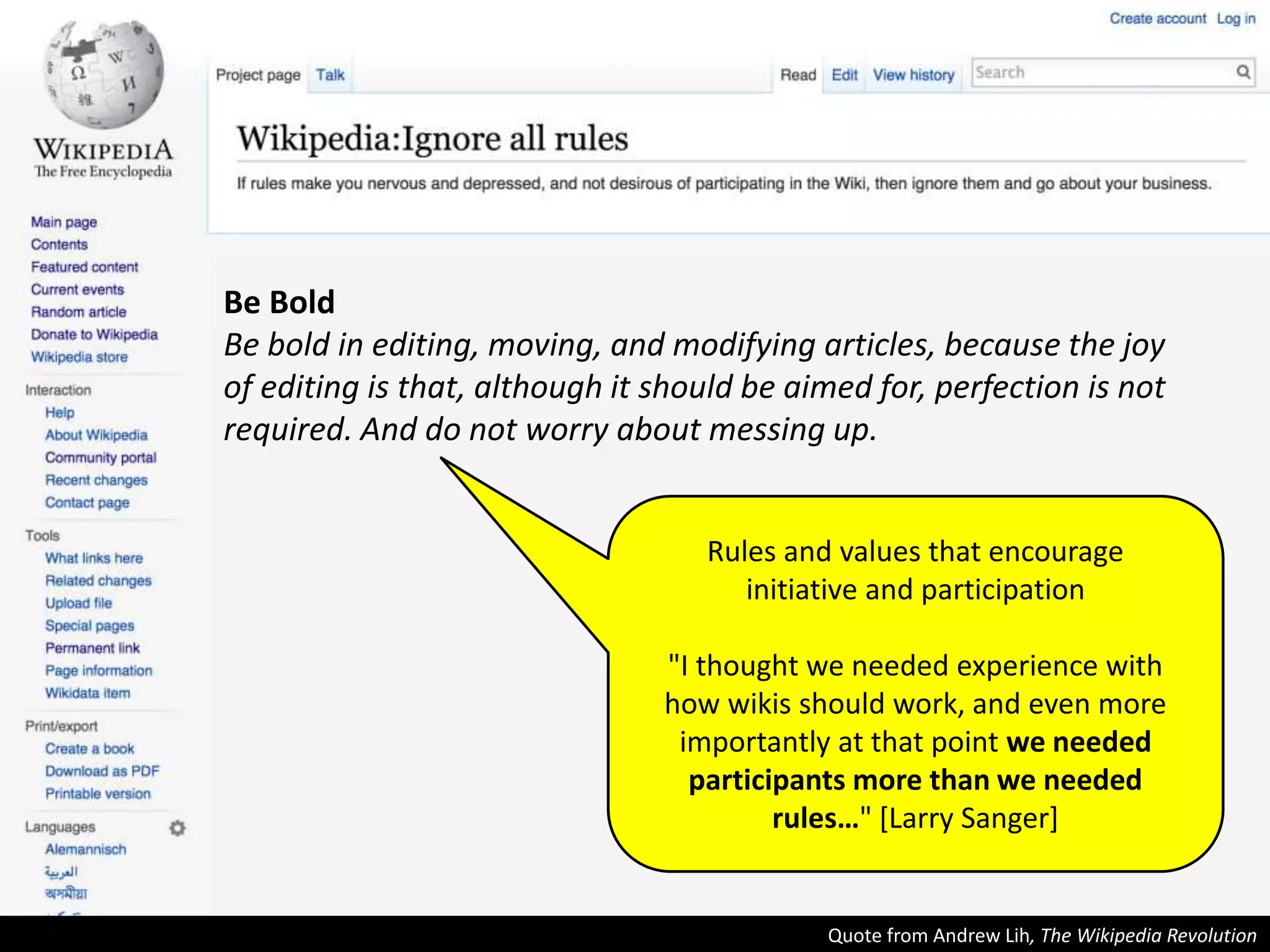
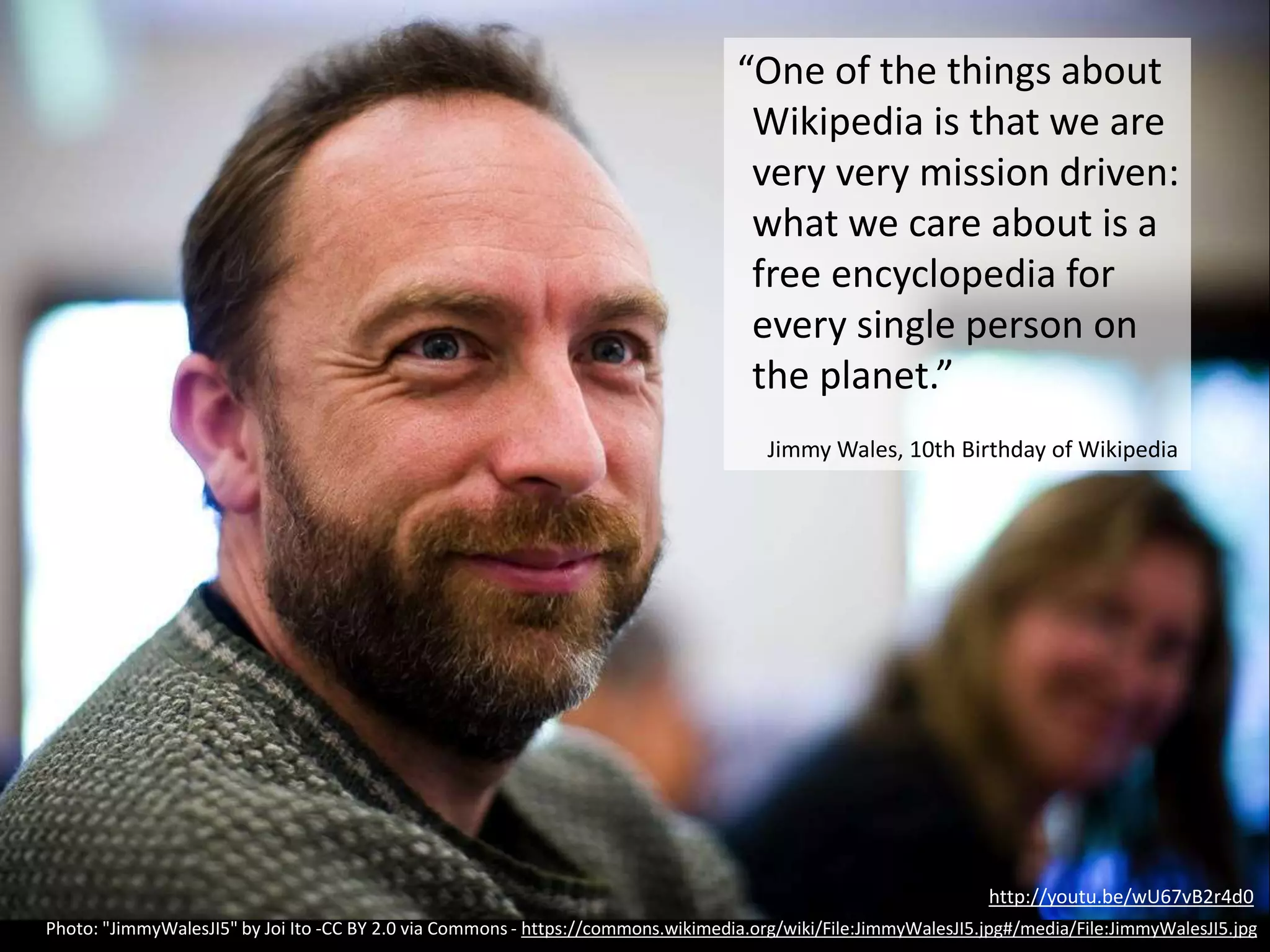
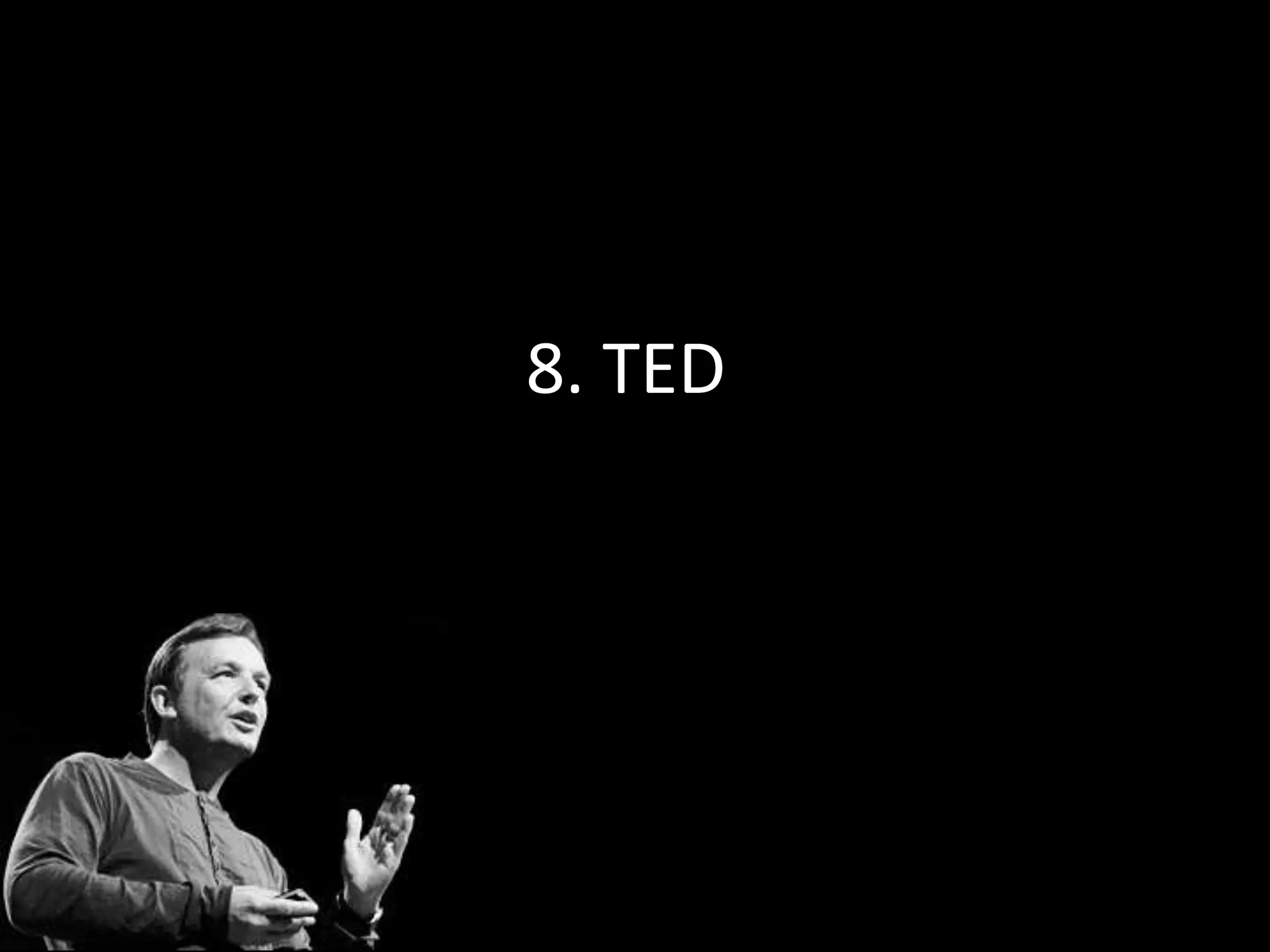

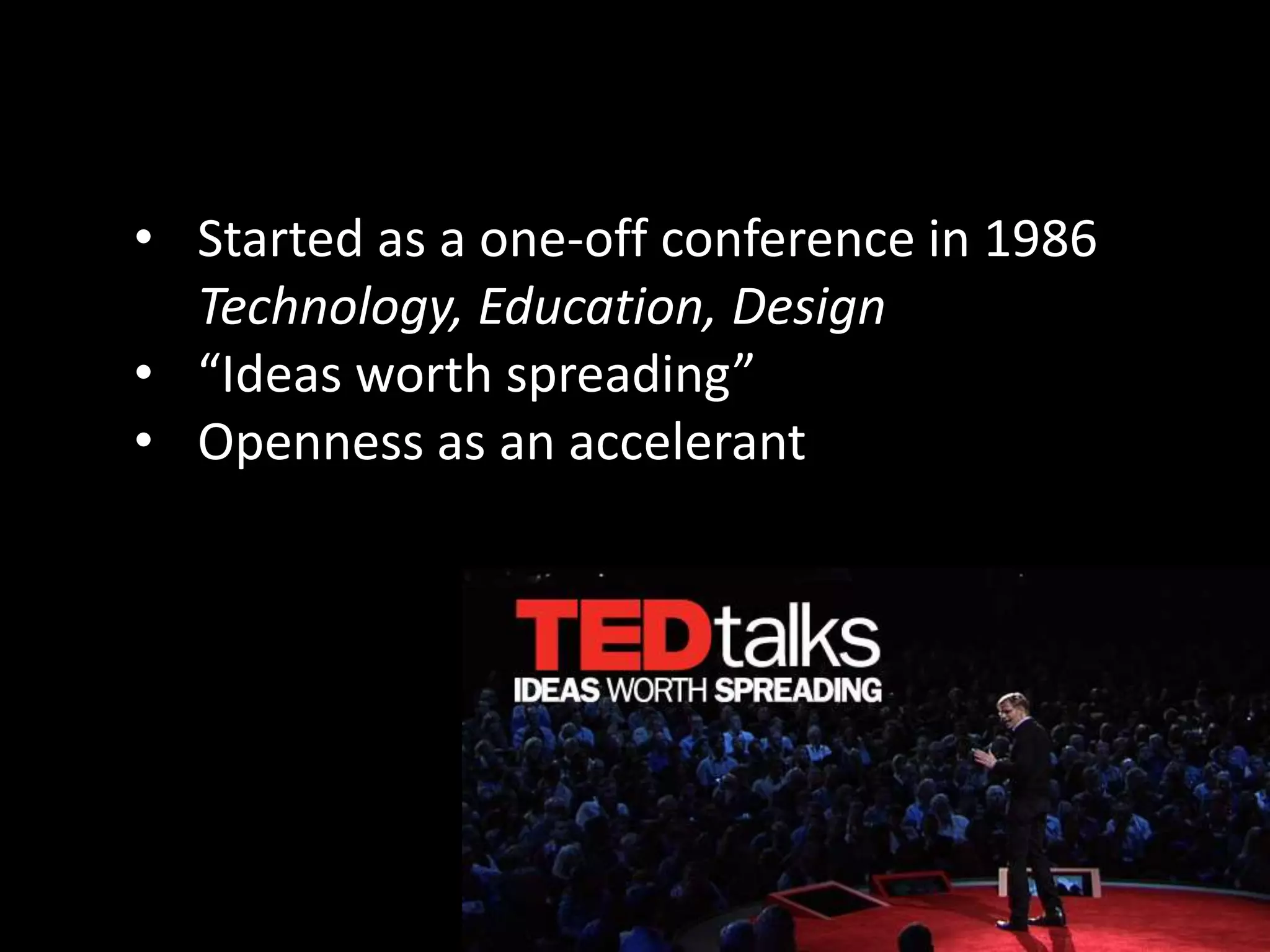
![Wikipedia started as
Nupedia,
a highly controlled and edited web-based for-
profit encyclopedia…
But “Nupedia was simply not working,
because people were not collaborating
efficiently and articles were not being
generated fast enough.” [Andrew Lih, The
Wikipedia Revolution]](https://image.slidesharecdn.com/2015-08-24thinkbigstartsmallmovefastmmexforslidesharev02-150913144416-lva1-app6892/75/Think-Big-Start-Small-Move-Fast-Digital-Strategy-in-a-Changing-World-141-2048.jpg)
![Image: http://www.wired.com/2010/03/0325wikiwikiweb-first-wiki/
But Wikis let
everyone contribute
In 1995 "…With a few hundred lines of
Perl code, Ward [Cunningham] was able
to create a site where it was easy to edit
the very pages people were browsing.”
“It was an amazing conception:
the Web with write permissions,
just like Tim Berners-Lee always
wanted.”
Quotes: Andrew Lih, The Wikipedia Revolution](https://image.slidesharecdn.com/2015-08-24thinkbigstartsmallmovefastmmexforslidesharev02-150913144416-lva1-app6892/75/Think-Big-Start-Small-Move-Fast-Digital-Strategy-in-a-Changing-World-142-2048.jpg)
![“Wikipedia achieved more in weeks,
by volume [of articles created],
than Nupedia had in one year.”
[Andrew Lih, The Wikipedia Revolution]
(Wikipedia grew to 20,000 articles in the first year)](https://image.slidesharecdn.com/2015-08-24thinkbigstartsmallmovefastmmexforslidesharev02-150913144416-lva1-app6892/75/Think-Big-Start-Small-Move-Fast-Digital-Strategy-in-a-Changing-World-143-2048.jpg)
